Main Navigation
- Home
- Art
Original art for sale
Shop original and limited edition art, directly from artists around the world.
Clear all 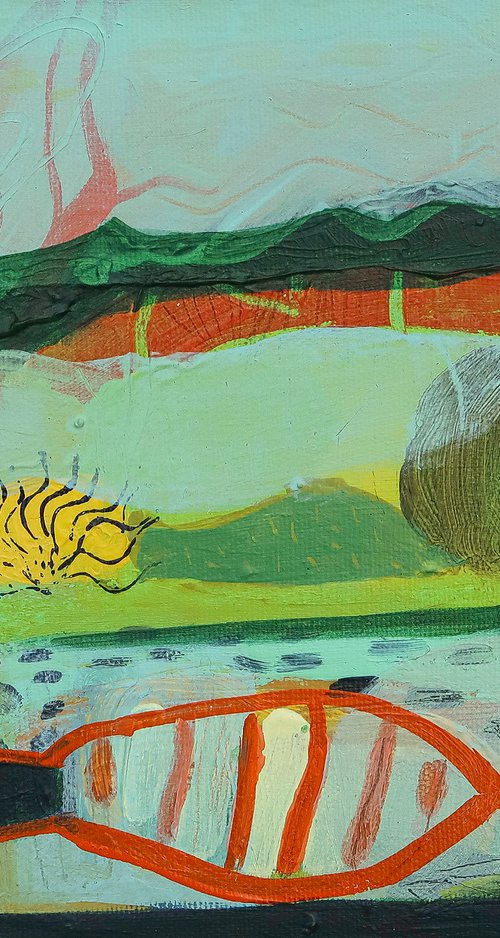
Suzie Cumming
Acrylic painting
29 x 24cm
£250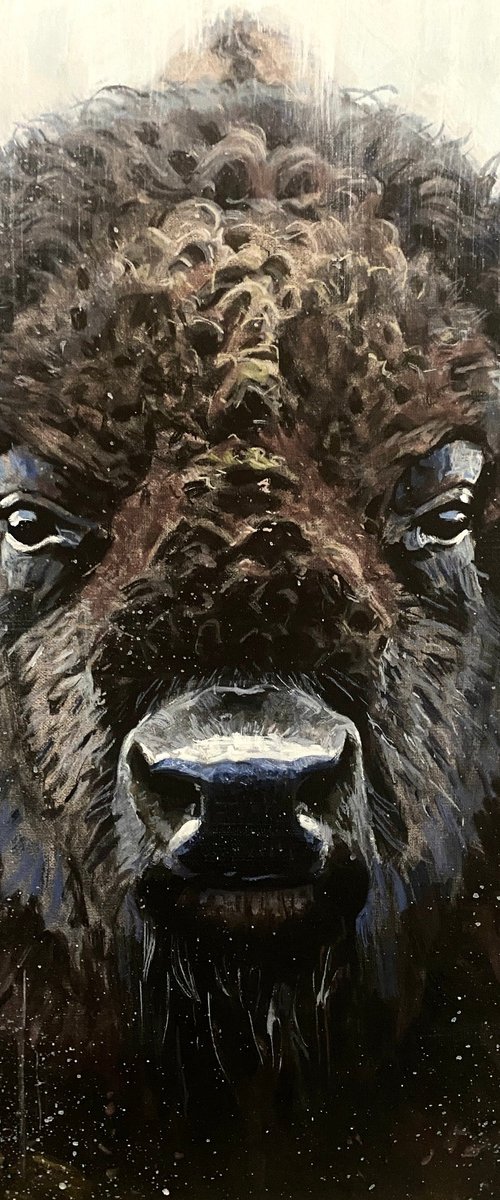
Paul Cheng
Acrylic painting
51 x 61cm
£592
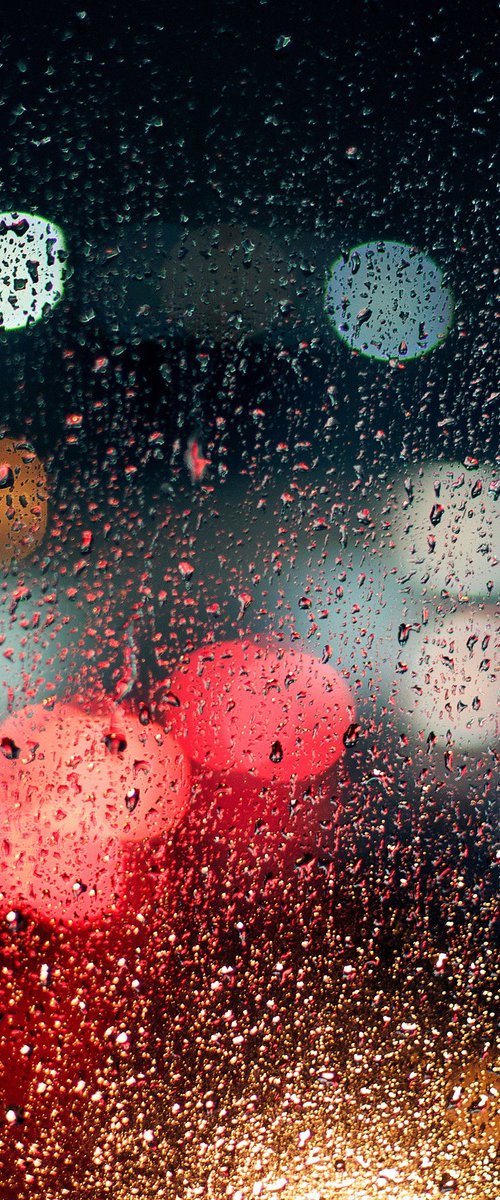
Journey Gong
Photograph
68 x 104cm
£737
Lena Vylusk
Oil painting
70 x 100cm
£1000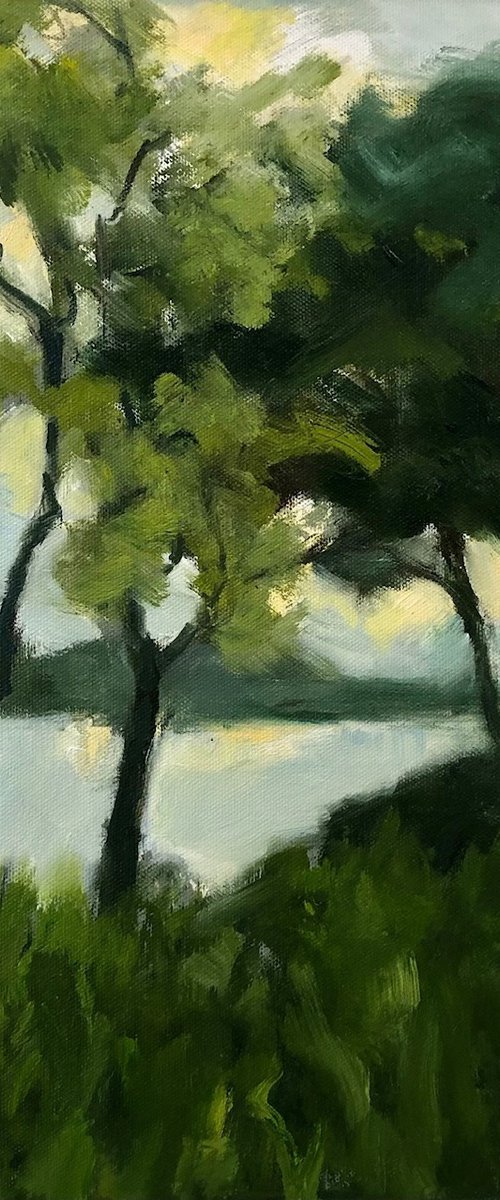
Joanna Farrow
Oil painting
43 x 43cm
£425
Ana Hefco
Acrylic painting
41 x 41cm
£296
Andrew Moodie
Drawing
50 x 50cm
£395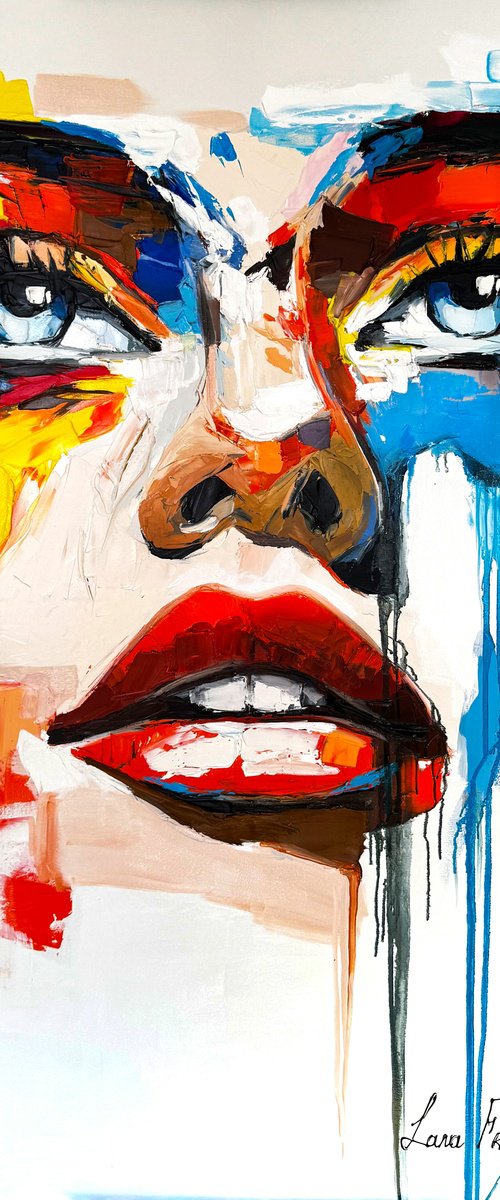
Lana Frey
Oil painting
100 x 150cm
£6498
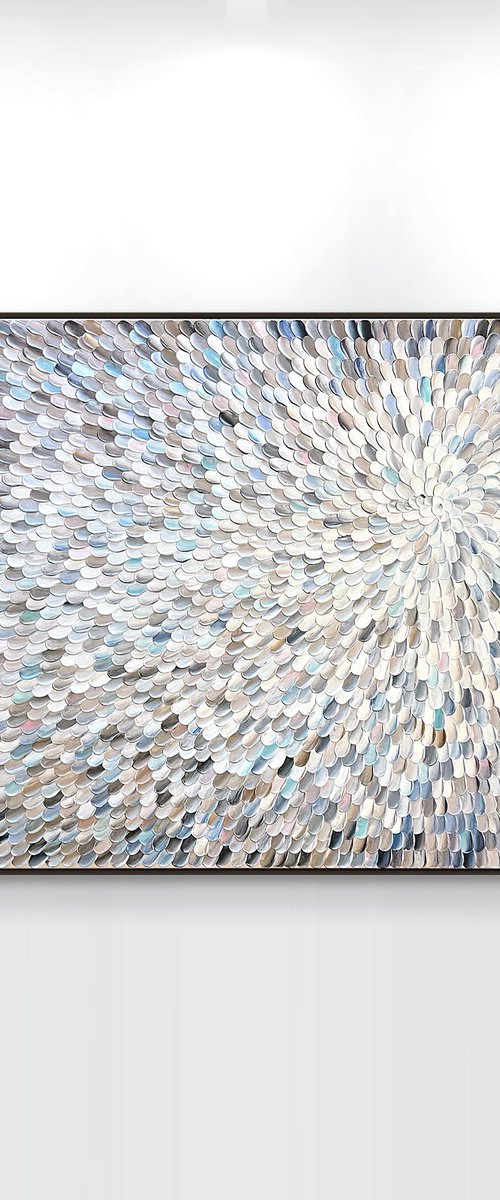
Tatiana Georgieva
Acrylic painting
184 x 94cm
£2738
Danijela Dan
Acrylic painting
80 x 80cm
£823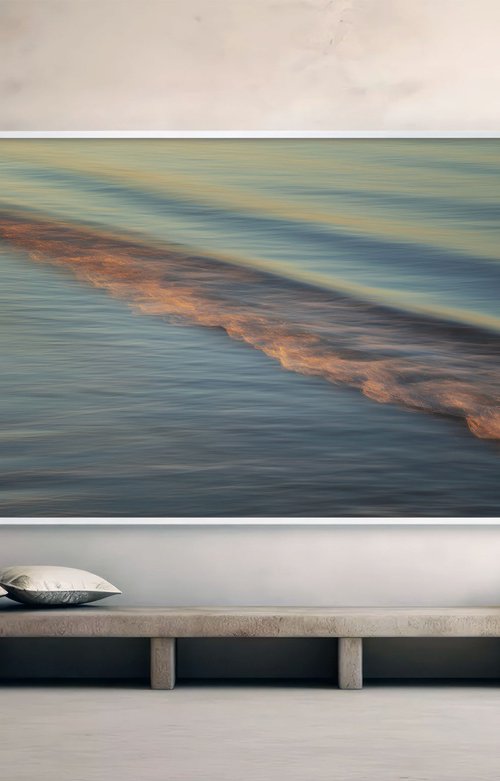
Karim Carella
Photograph
150 x 88cm
£597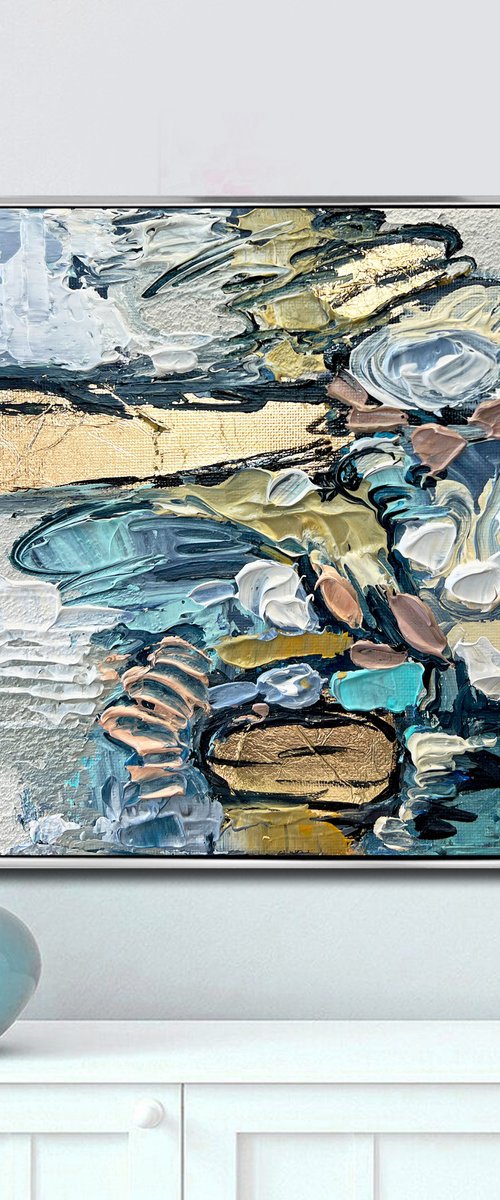
Lana Guise
Acrylic painting
22 x 22cm
£265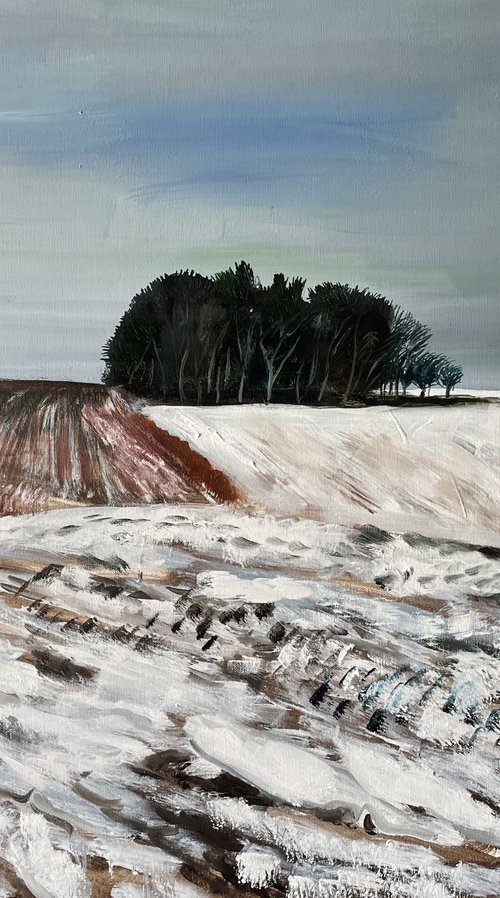
Stephen Howard Harrison
Oil painting
80 x 60cm
£850
Veronika Obushikhina
Acrylic painting
92 x 60cm
£650
Trayko Popov
Acrylic painting
100 x 80cm
£2080
Ronald Hunter
Acrylic painting
90 x 110cm
£866
Anastasiia Valiulina
Oil painting
40 x 50cm
£581
Behshad Arjomandi
Oil painting
90 x 60cm
£1040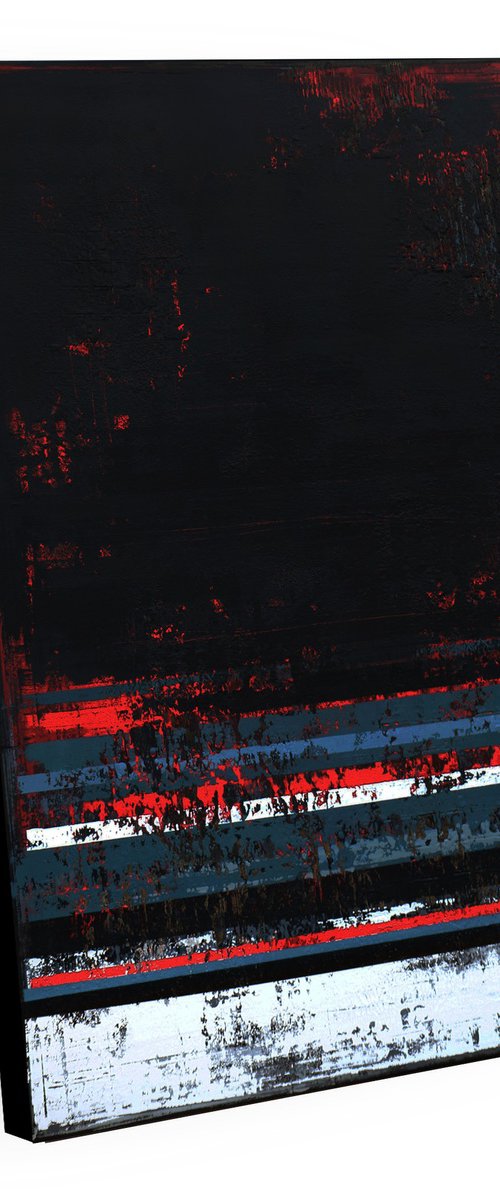
Inez Froehlich
Acrylic painting
100 x 150cm
£1603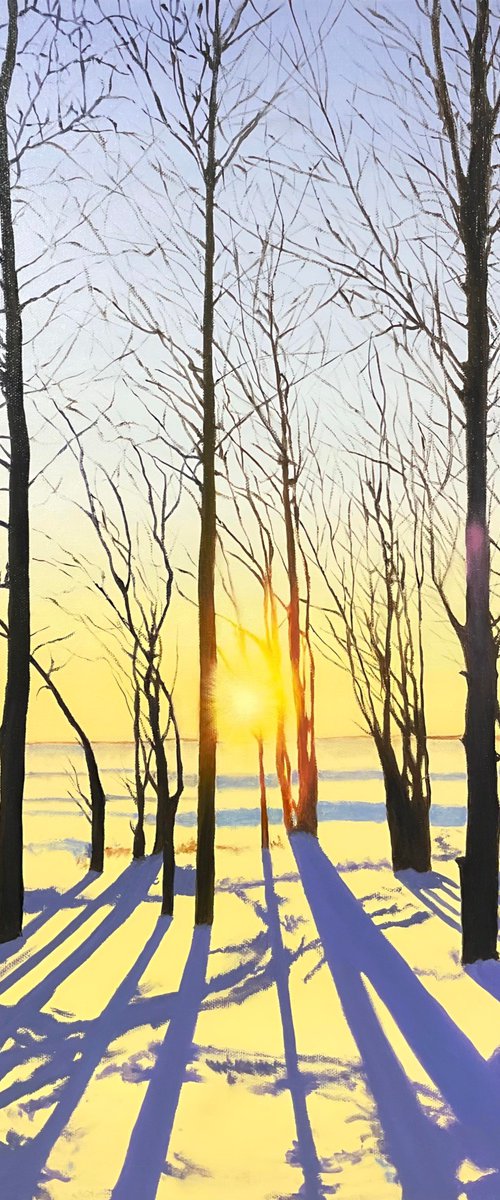
Alla Kallass
Oil painting
30 x 61cm
£837
Nigel Wood
Acrylic painting
100 x 80cm
£2990
Olha Darchuk
Oil painting
50 x 70cm
£828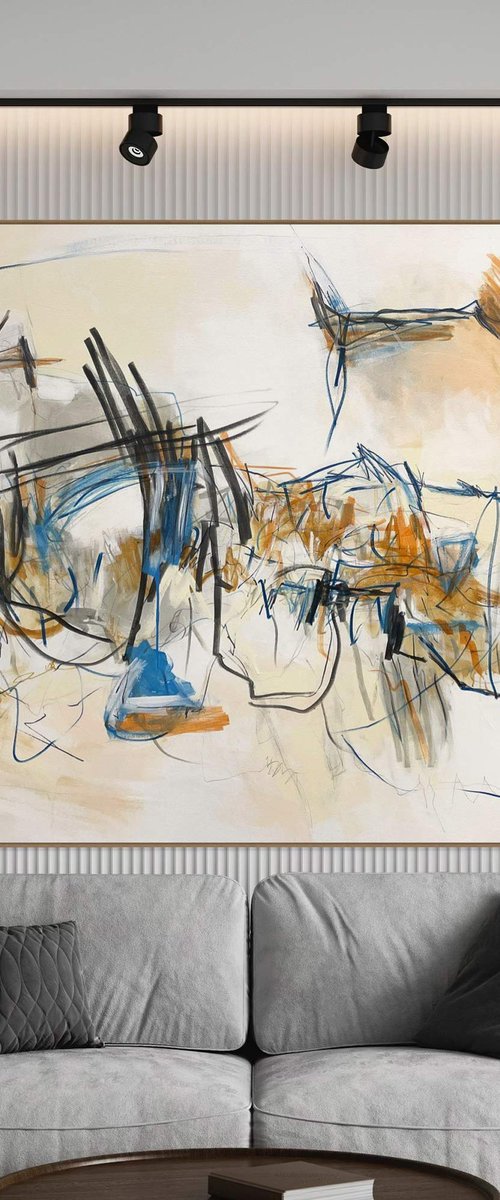
Cheryl Harrison MA
Acrylic painting
170 x 135cm
£1863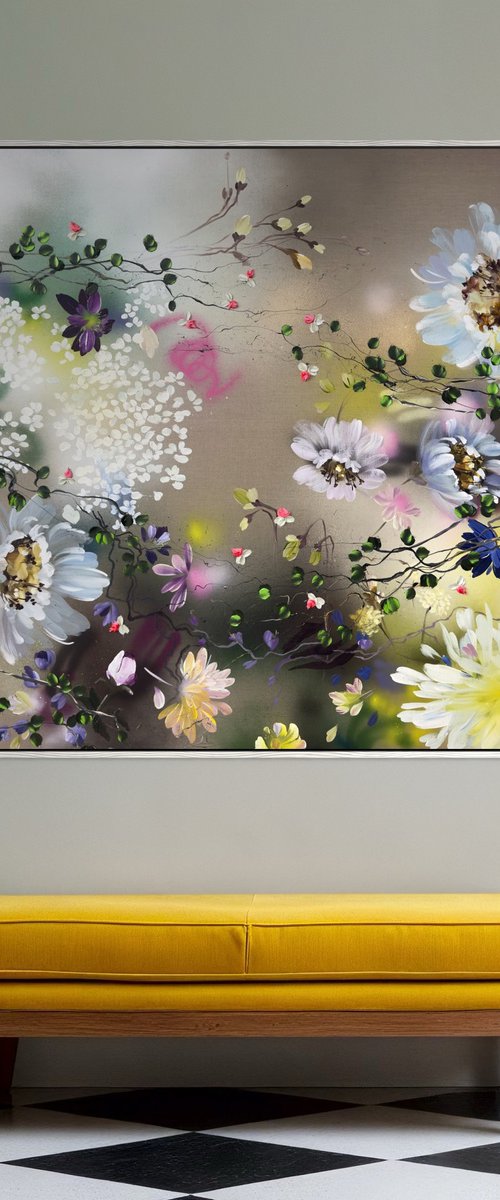
Anastassia Skopp
Acrylic painting
145 x 145cm
£3899
Victoria Obolensky
Oil painting
30 x 40cm
£395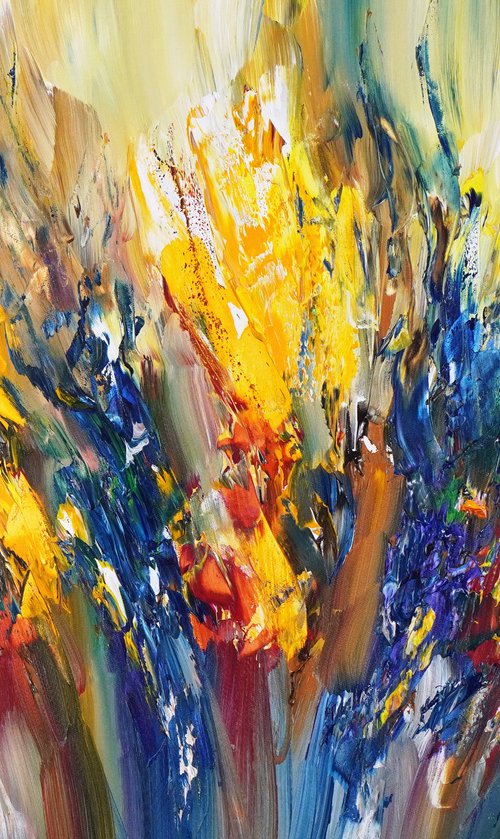
Peter Nottrott
Acrylic painting
100 x 70cm
£815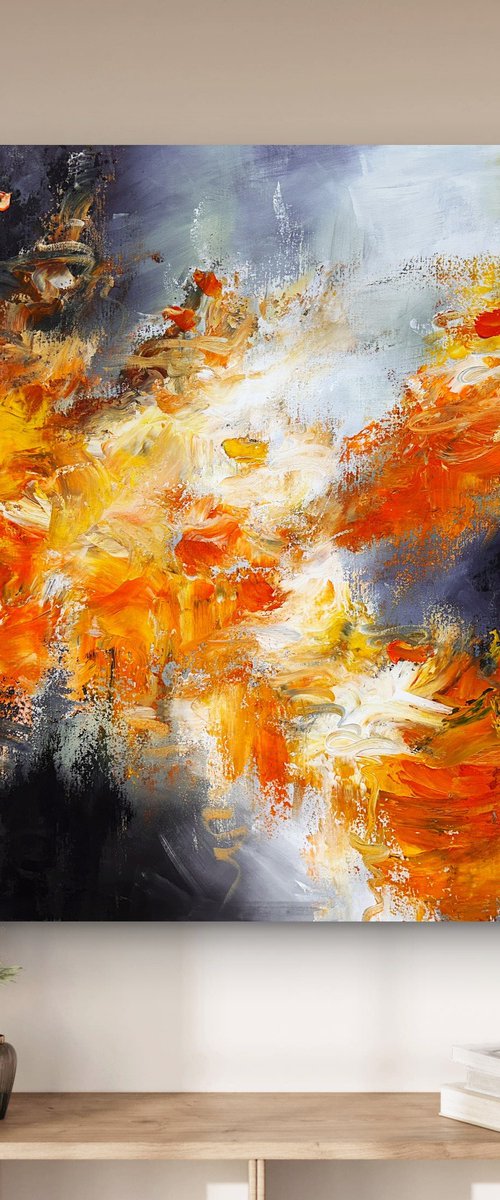
Andrada Anghel
Acrylic painting
122 x 102cm
£1421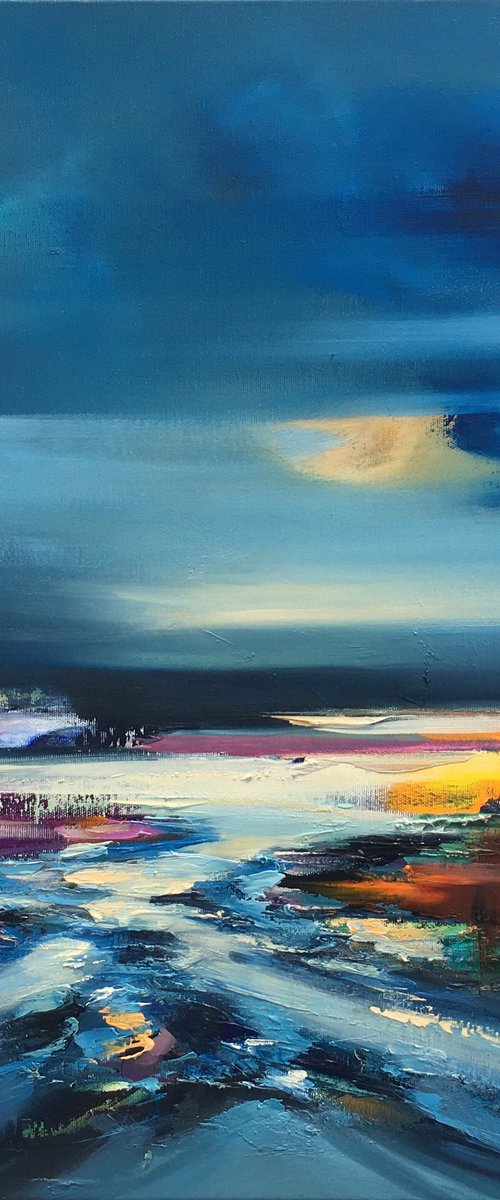
Beata Belanszky Demko
Oil painting
60 x 60cm
£655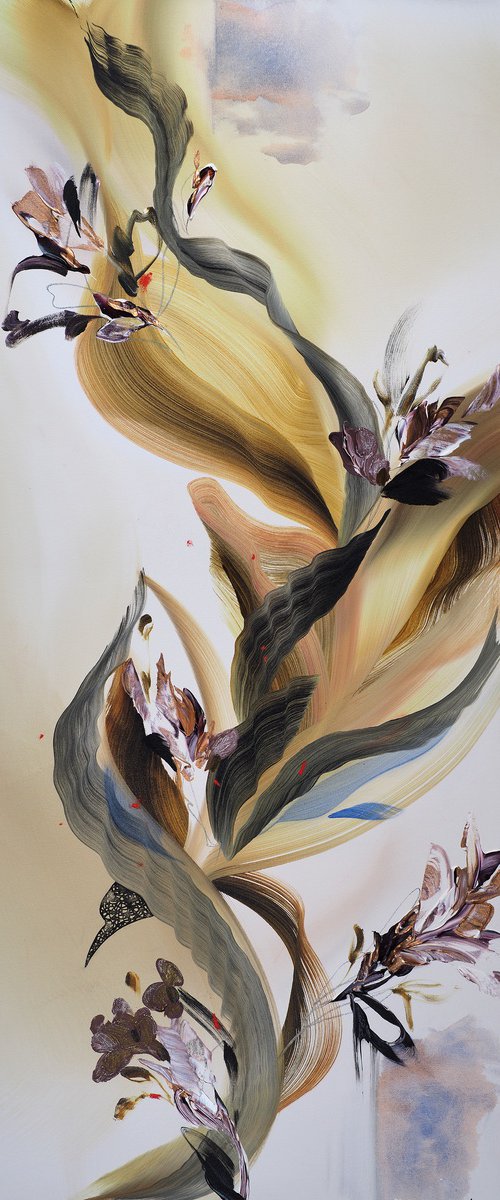
Novi Lim
Acrylic painting
76 x 152cm
£2590
Fintan Whelan
Oil painting
180 x 140cm
£6238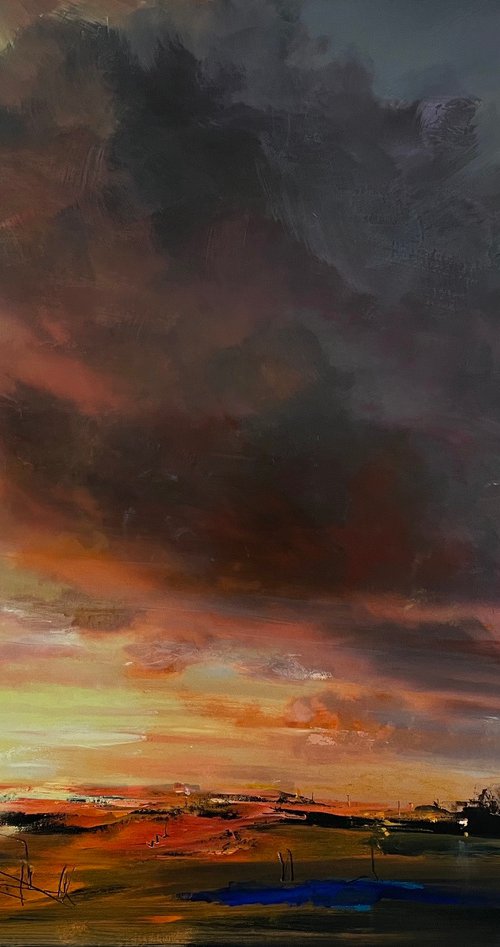
Ewa Czarniecka
Oil painting
102 x 82cm
£1700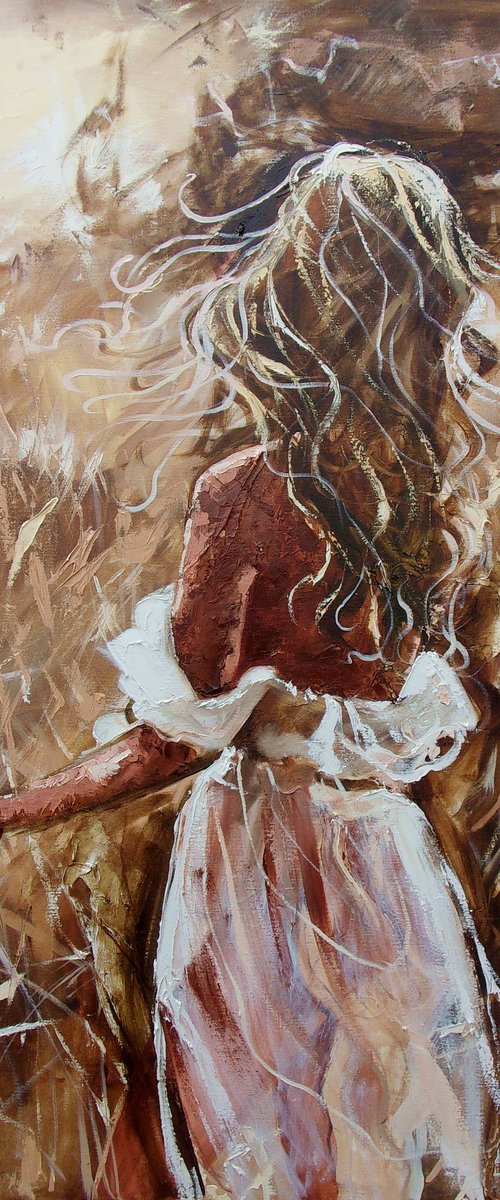
Monika Luniak
Oil painting
80 x 100cm
£1300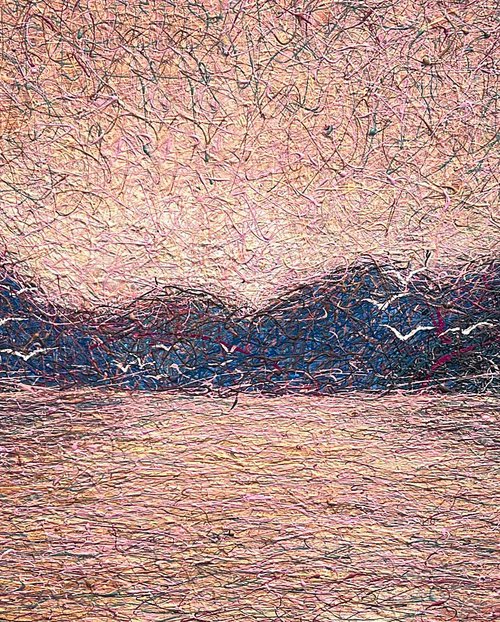
Nadiia Antoniuk
Mixed-media painting
200 x 107cm
Now £3119
£3899(-20%)
Alex Senchenko
Acrylic painting
110 x 140cm
£1650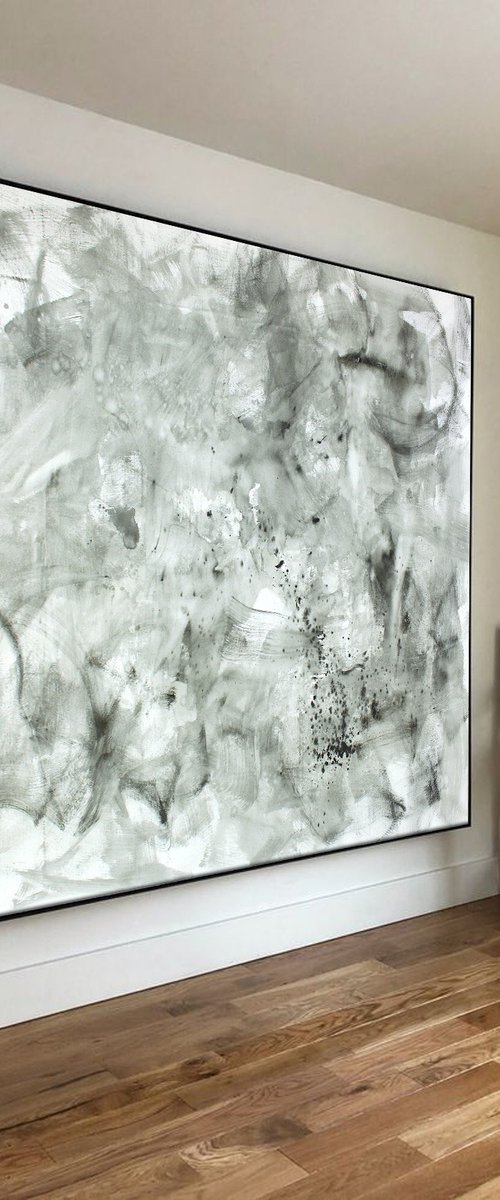
Hugh Abernethy
Acrylic painting
200 x 170cm
£3500
Lynne Douglas
Photograph
163 x 112cm
£850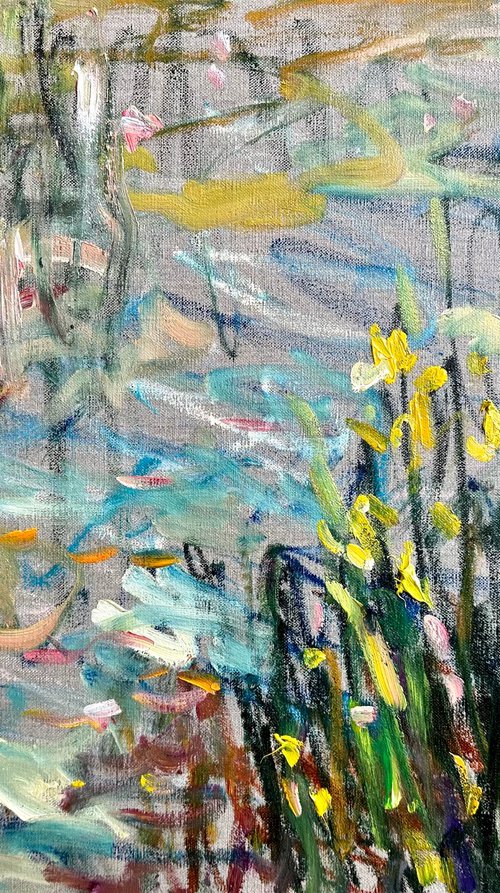
Lilia Orlova-Holmes
Oil painting
61 x 46cm
£2200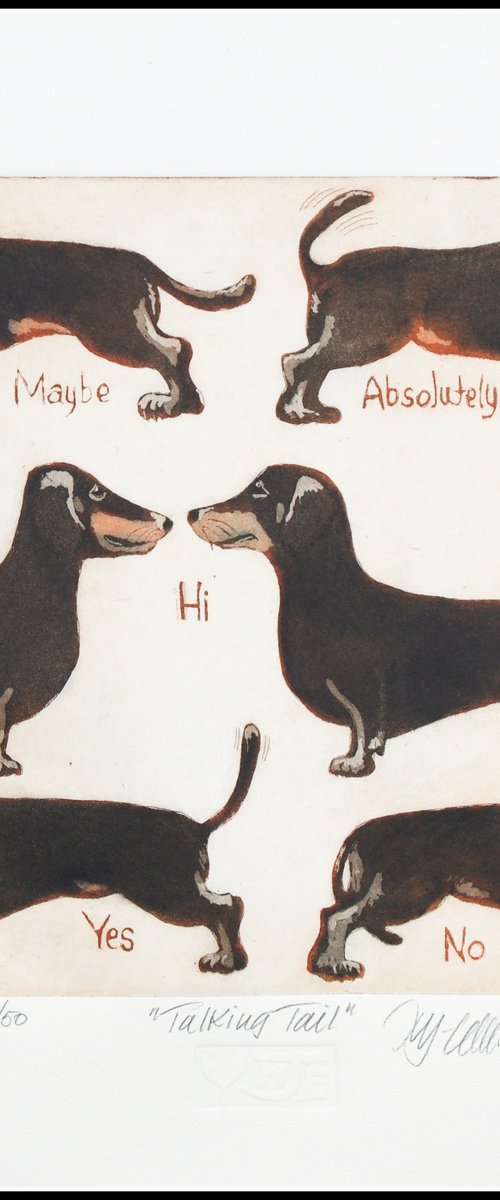
Mariann Johansen-Ellis
Etchings & engravings
25 x 36cm
£83
Rashna Hackett
Mixed-media painting
183 x 94cm
£800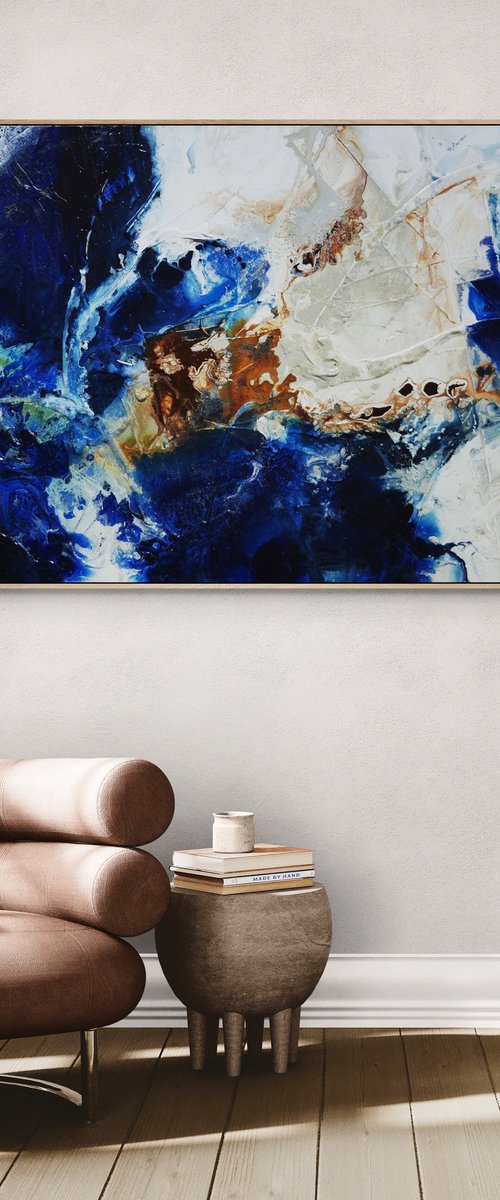
Franko
Acrylic painting
160 x 100cm
£1473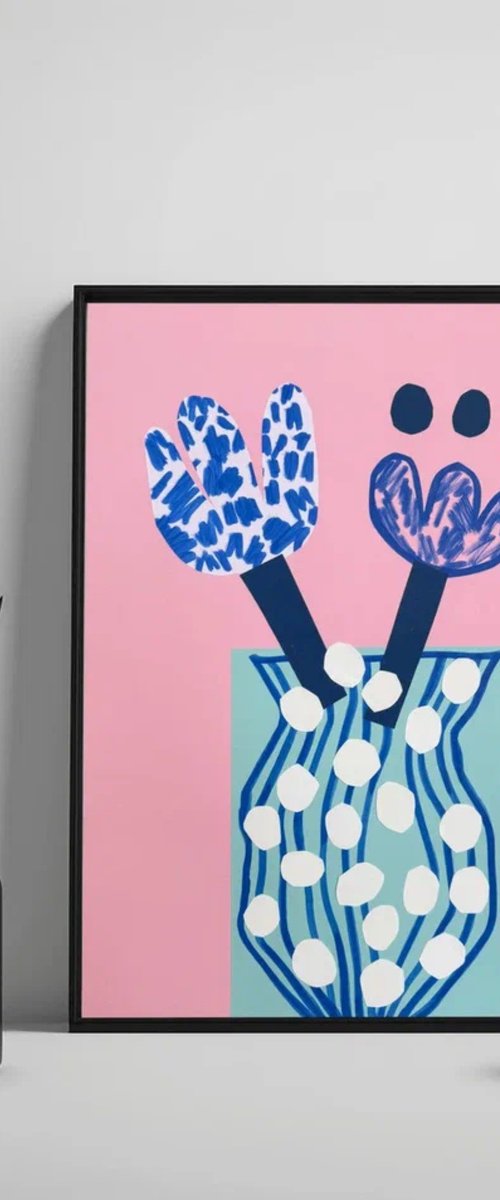
Sasha Robinson
Collage
29 x 42cm
£185
Tamara Bettencourt
Acrylic painting
30 x 23cm
£293
Edelgard Schroer
Acrylic painting
123 x 103cm
£1430
Nigel Wood
Acrylic painting
153 x 122cm
£5950
Jaromir Gargulak
Bronze sculpture
8 x 10cm
£685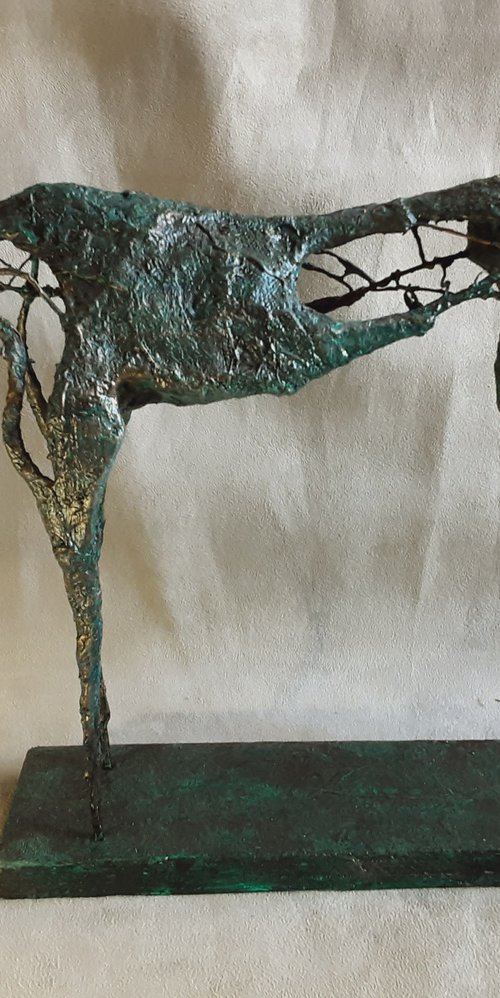
Linda Hoyle
Mixed-media sculpture
35 x 25cm
£235
Marie Madej
Oil painting
70 x 100cm
£694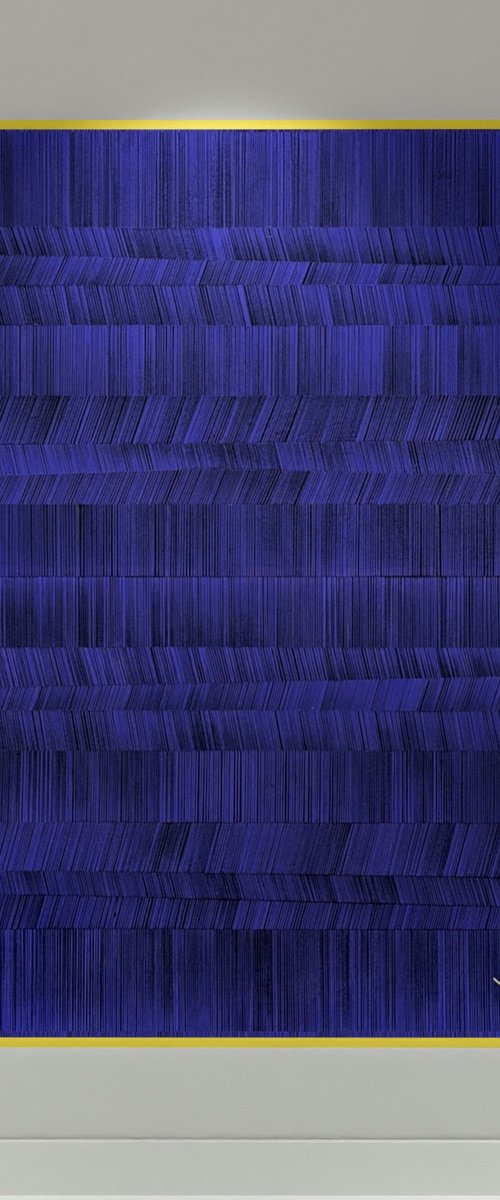
Tehos
Acrylic painting
80 x 100cm
£1473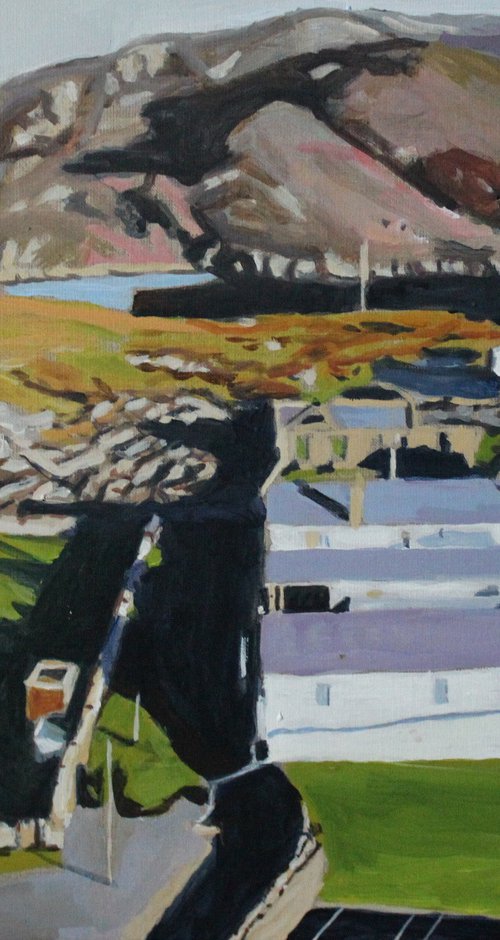
Emma Cownie
Acrylic painting
50 x 40cm
£895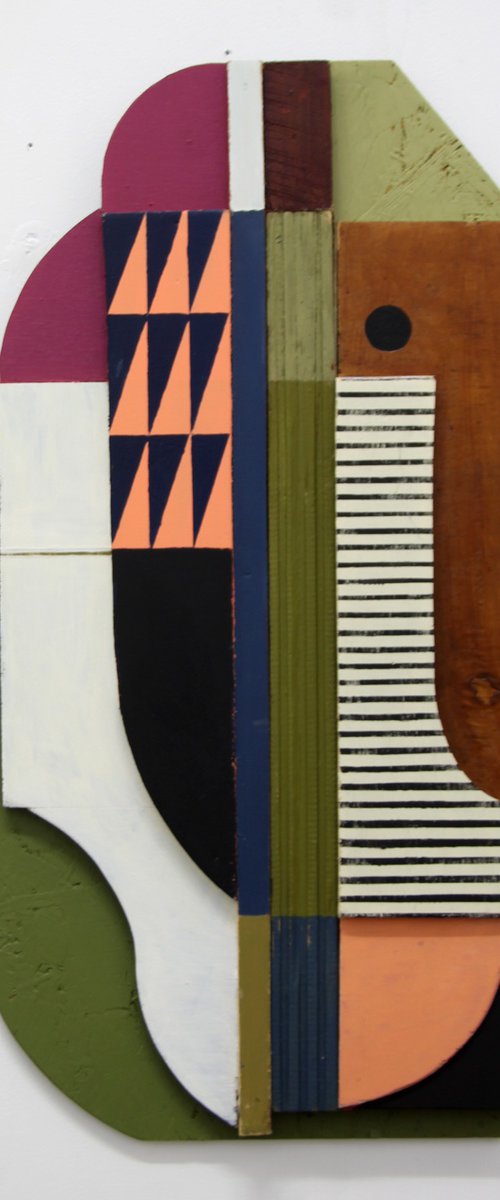
Liam Hennessy
Relief
30 x 60cm
£480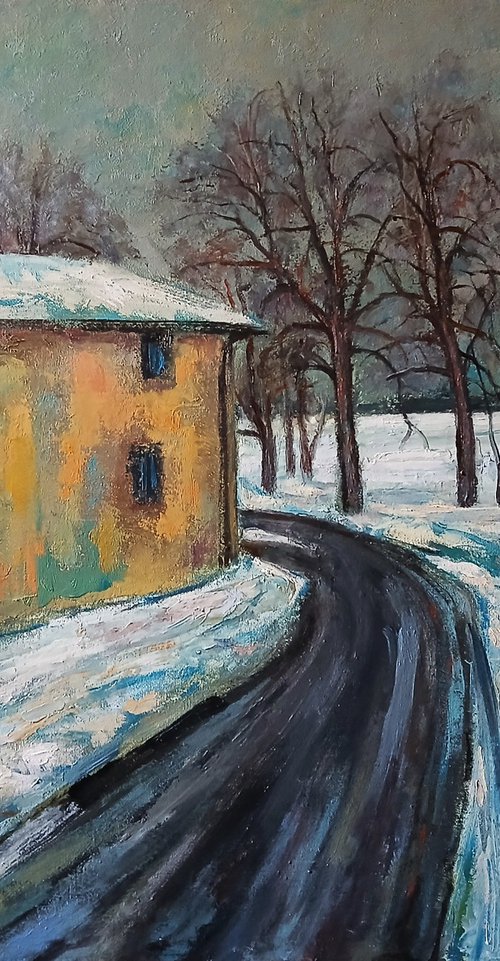
Massimiliano Ligabue
Oil painting
50 x 40cm
£252
Robert Owen Bloomfield
Acrylic painting
100 x 150cm
£11549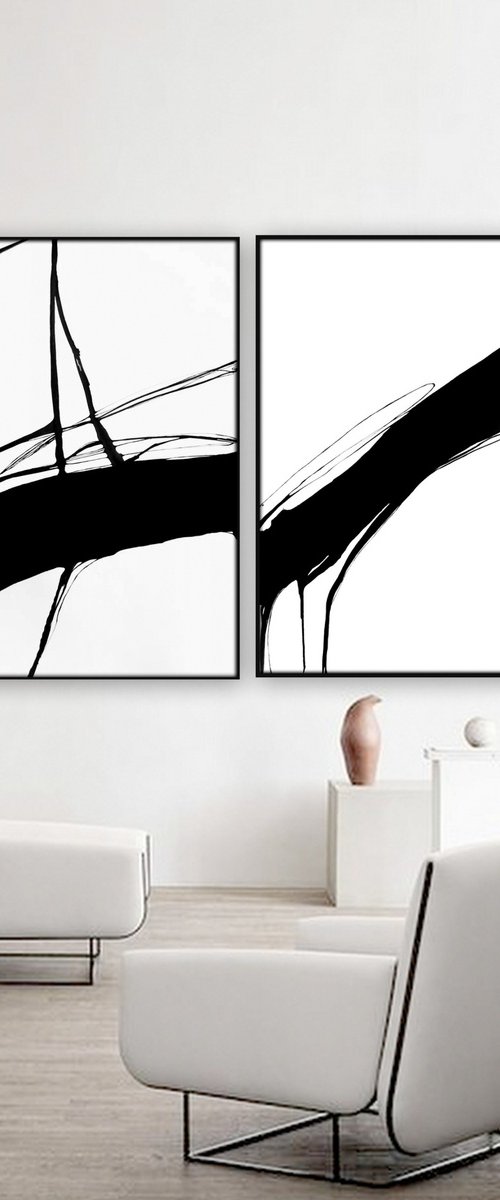
Nadia Moniatis
Acrylic painting
99 x 119cm
£1040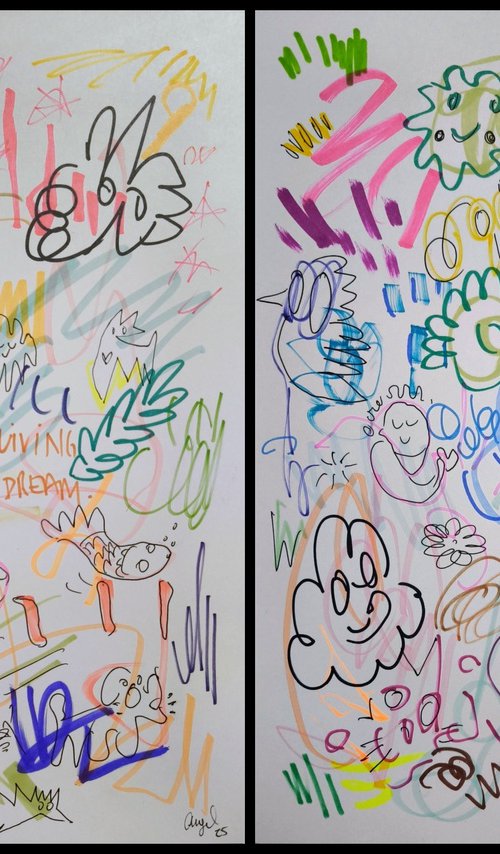
Angel Rivas
Drawing
42 x 30cm
£156
Katrina Avotina
Acrylic painting
70 x 50cm
£1500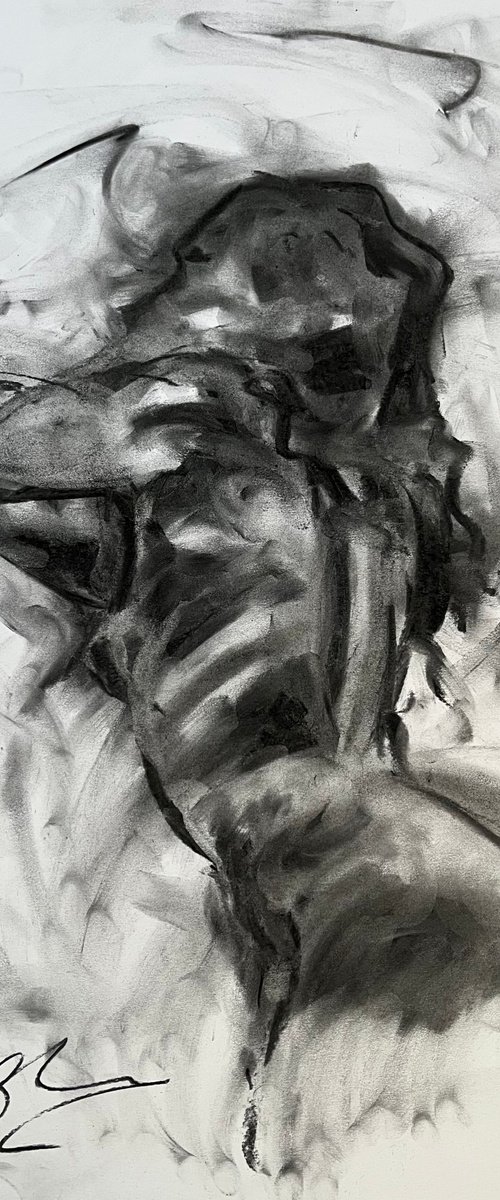
James Shipton
Charcoal drawing
42 x 59cm
£250
Kirsty Wain
Oil painting
72 x 93cm
£1993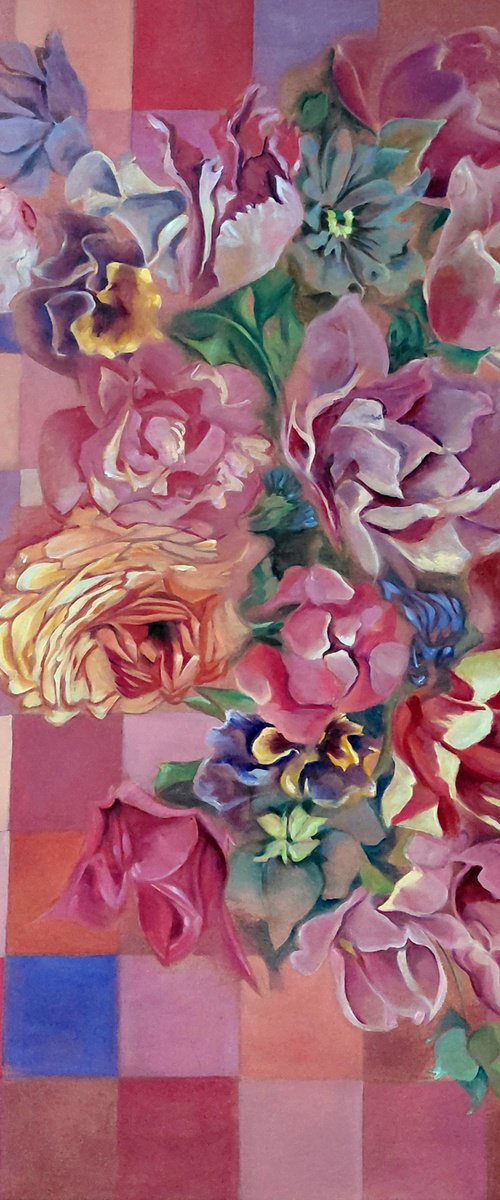
Karolina Franceschini
Oil painting
100 x 100cm
£1900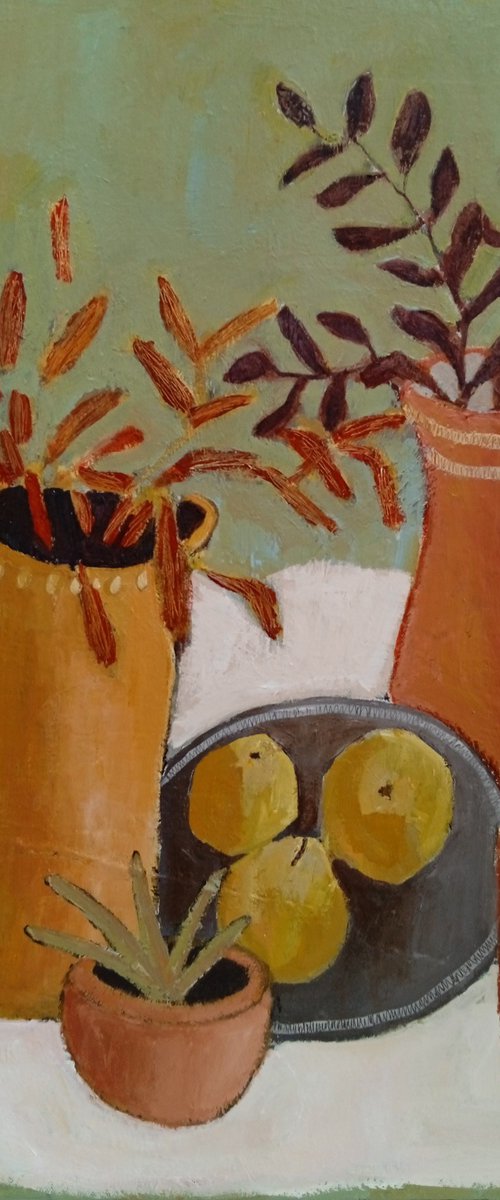
Fiona Philipps
Acrylic painting
45 x 60cm
£395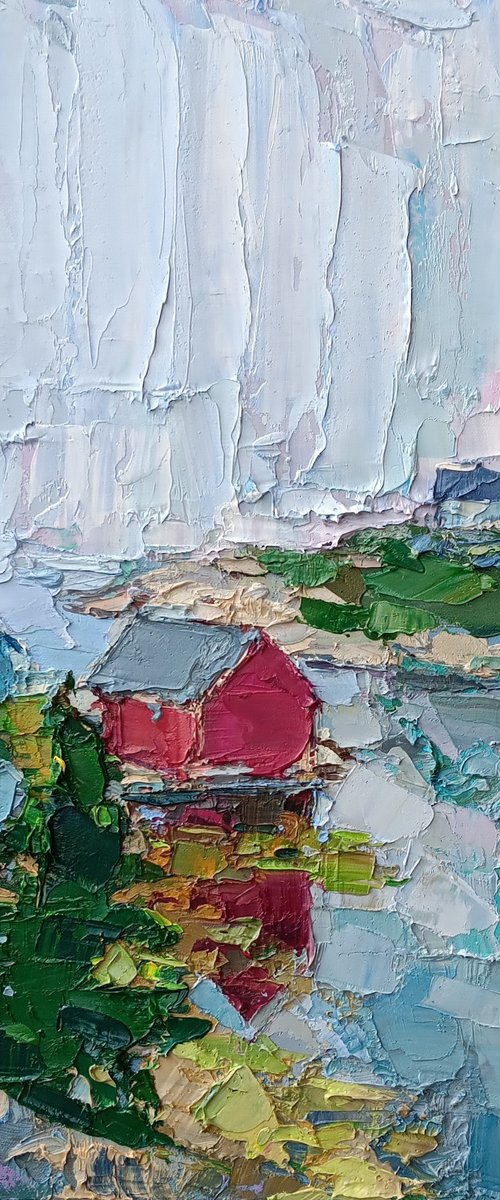
Ruslan Khais
Oil painting
30 x 51cm
£592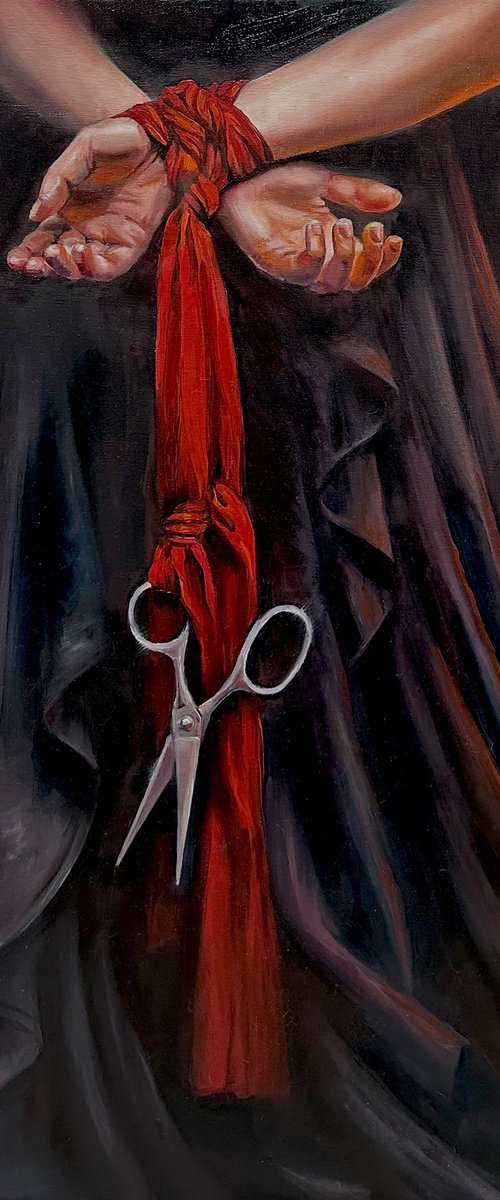
Julia Shilo
Oil painting
50 x 70cm
£1332
Paolo Vitale
Acrylic painting
49 x 53cm
£243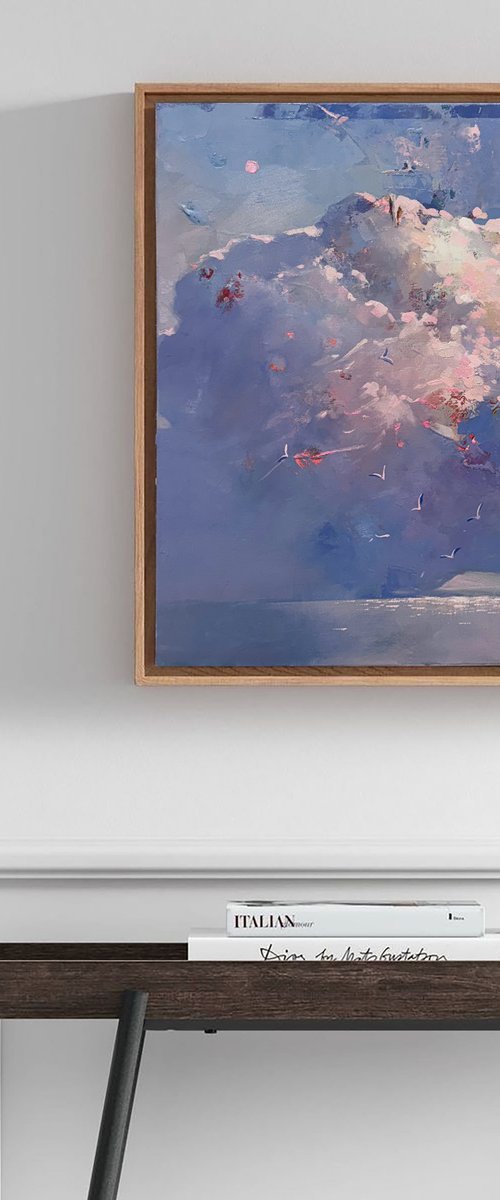
Natalia Yampolskaia
Oil painting
60 x 60cm
£607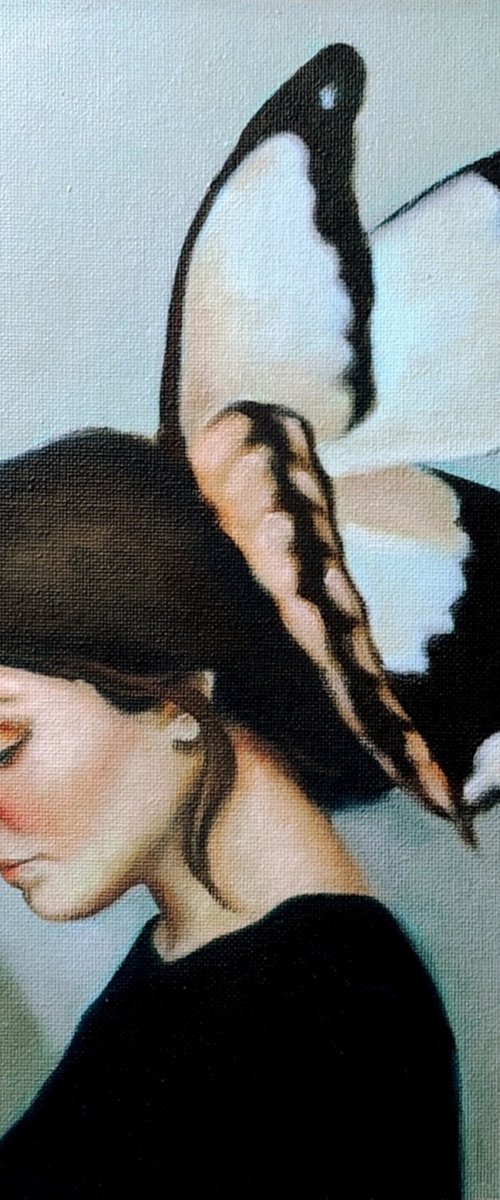
Veronica Ciccarese
Oil painting
23 x 32cm
£477
Geert Lemmers FPA
Mixed-media painting
80 x 100cm
£1023
Luis Medina
Acrylic painting
70 x 50cm
£600
Andrej Ostapchuk
Oil painting
80 x 60cm
£595
Vé Boisvert
Acrylic painting
122 x 91cm
£1181
Anna Sidi-Yacoub
Sculpture
90 x 90cm
£1300
Anna Andreadi
Relief
21 x 50cm
£867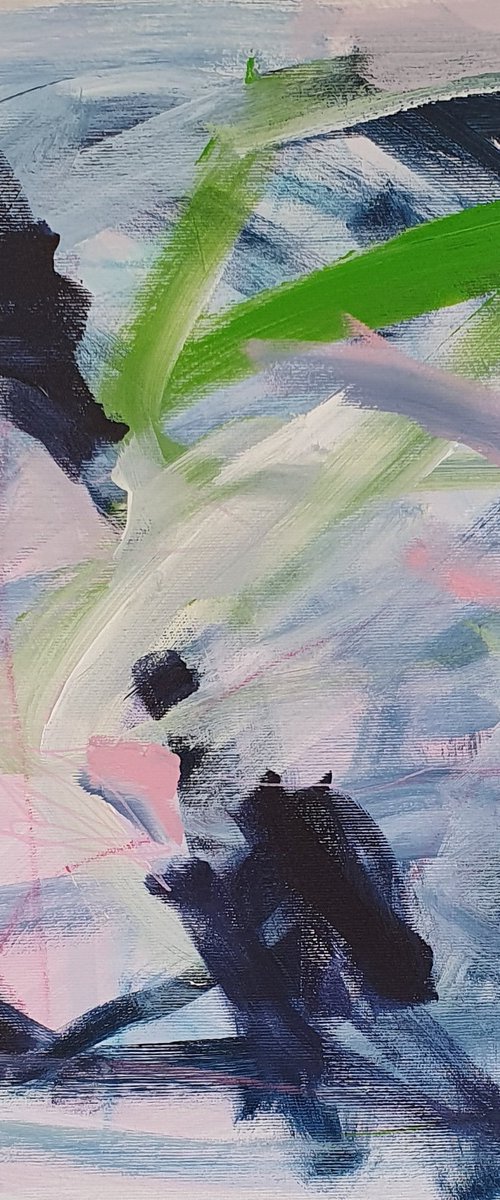
Jutta Widrinsky
Acrylic painting
45 x 45cm
£347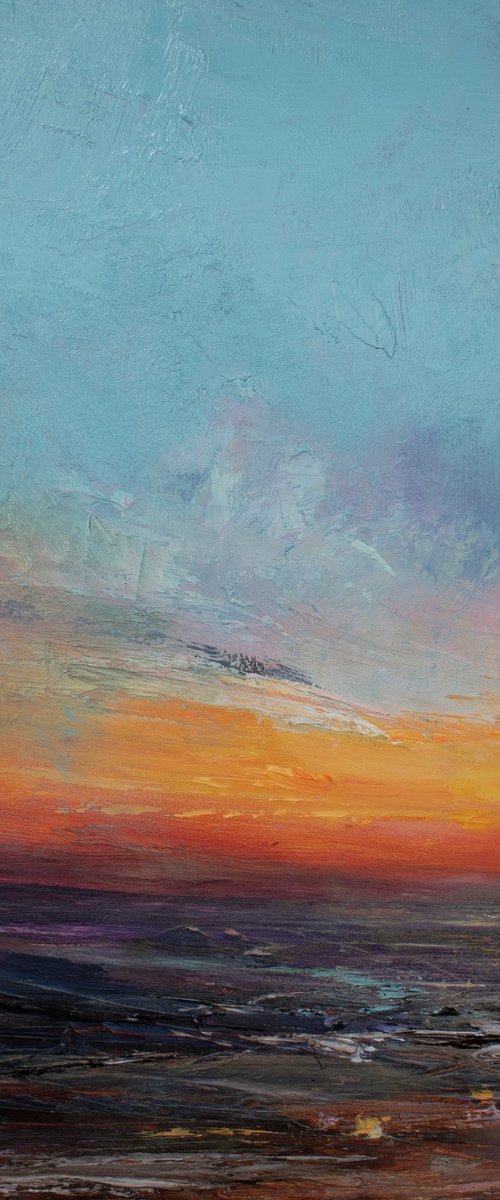
Sean Fear
Oil painting
30 x 30cm
£520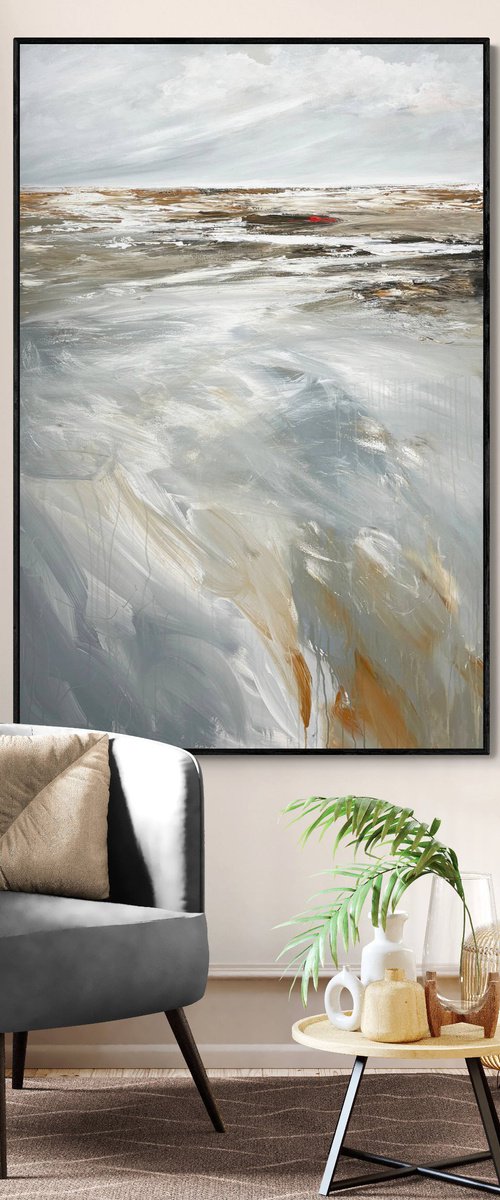
Tania Chanter
Acrylic painting
100 x 150cm
£1332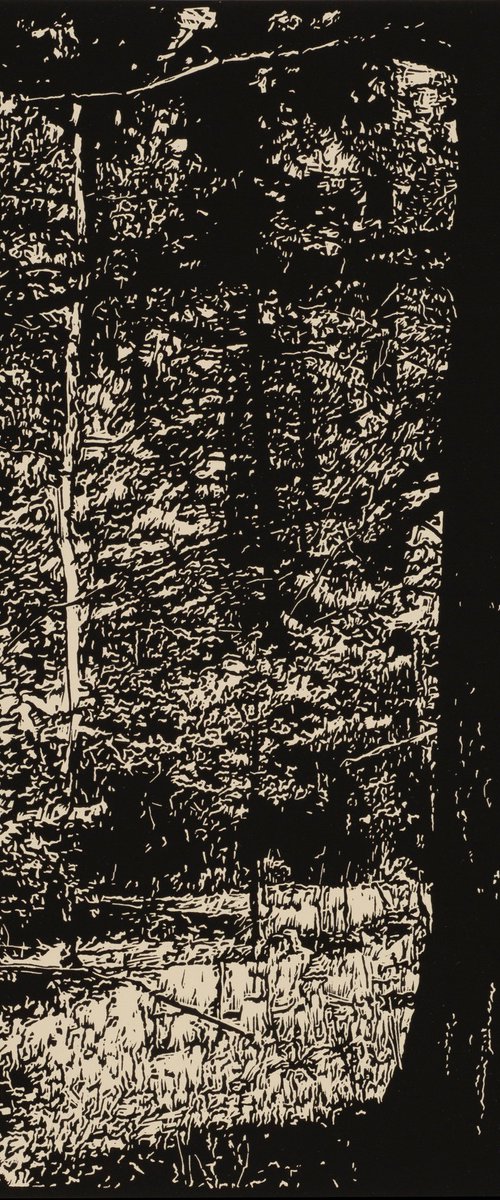
David Conn
Linocut
38 x 56cm
£296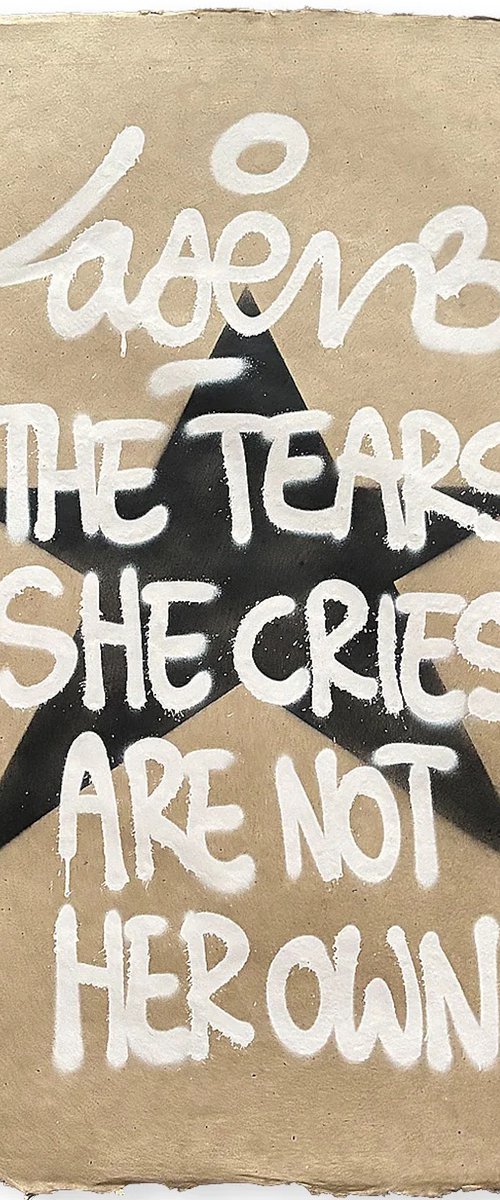
Laser 3.14
Spray paint painting
53 x 78cm
£304
Gordon Leverton
Acrylic painting
122 x 122cm
£3478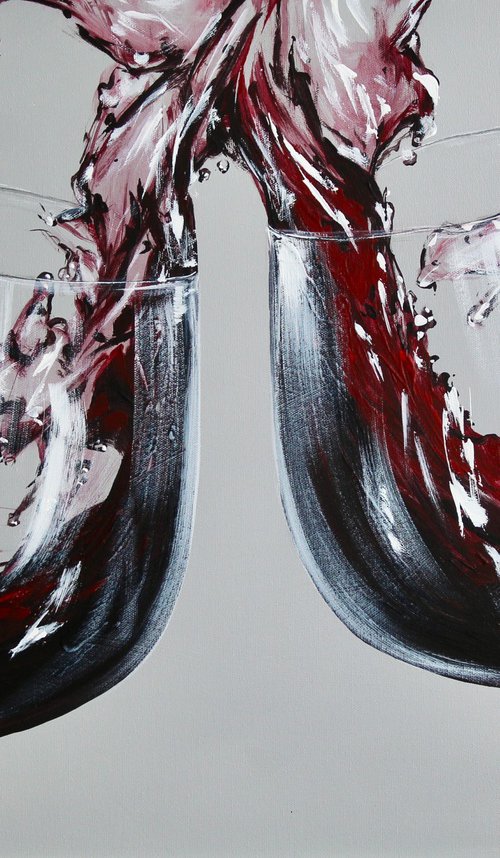
Liza Illichmann
Acrylic painting
70 x 50cm
£763
Bohdan Katolyk
Acrylic painting
57 x 57cm
£222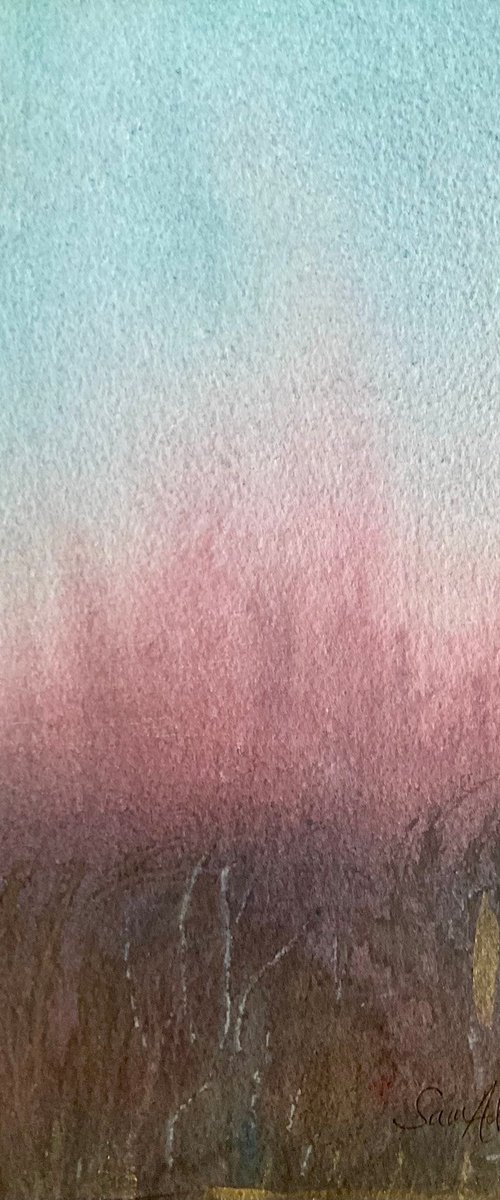
Samantha Adams
Watercolour
17 x 28cm
£315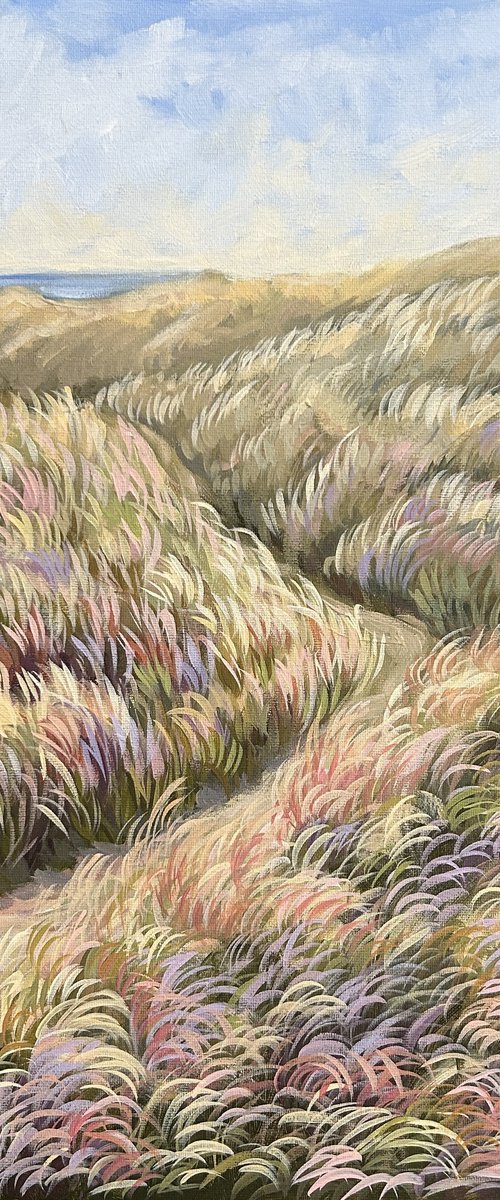
Gabriele Prismantaite
Acrylic painting
50 x 50cm
£607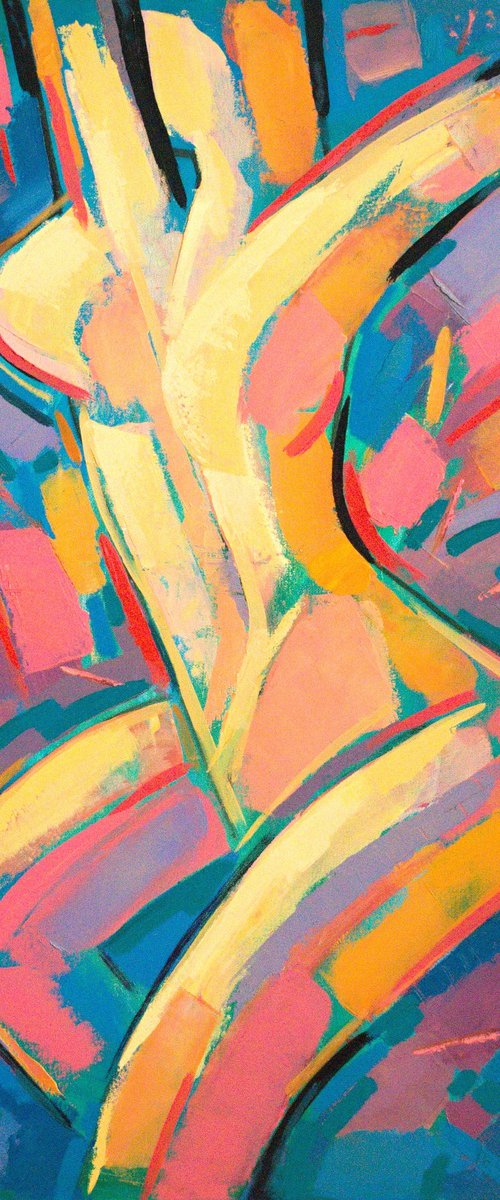
Rumen Sazdov
Oil painting
60 x 80cm
£2513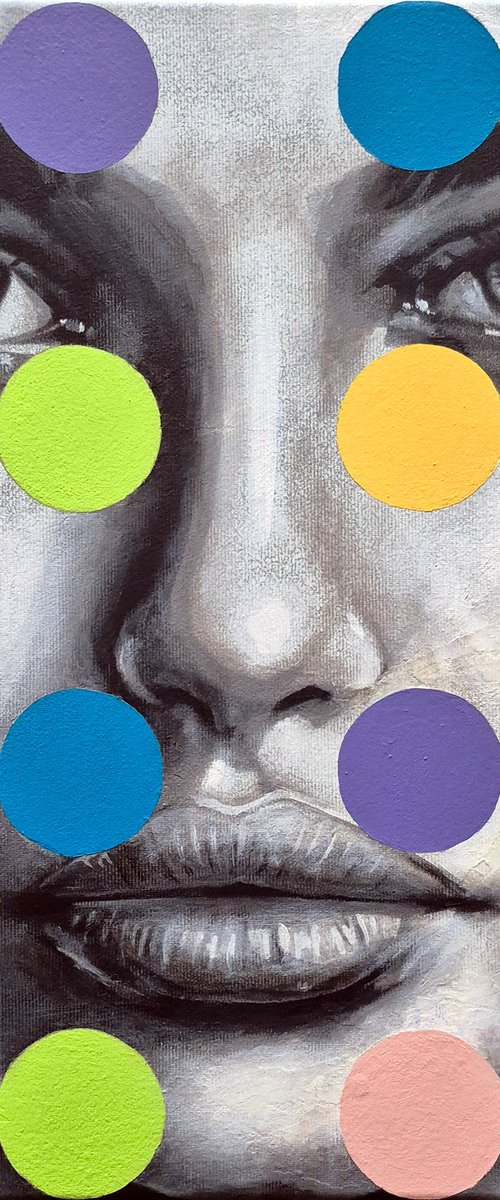
Grey Cloud Studio
Acrylic painting
40 x 40cm
£395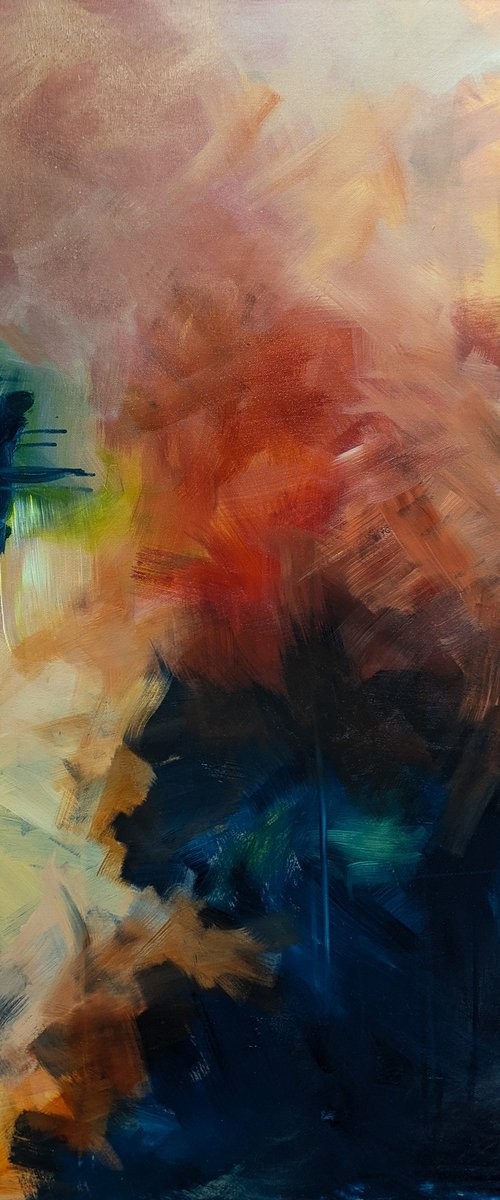
Margaret Lipsey
Acrylic painting
77 x 103cm
£4070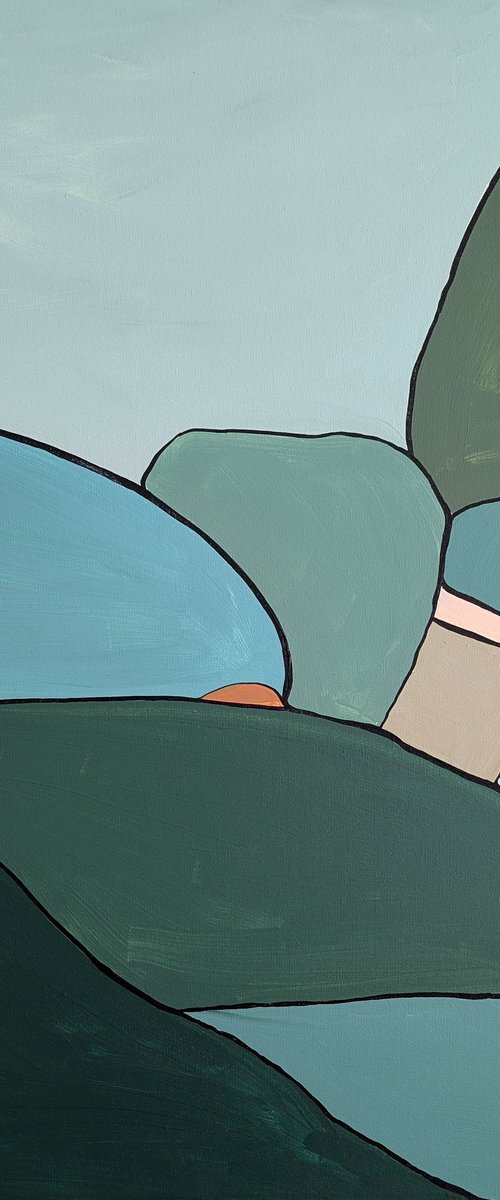
Margaret Lipsey
Acrylic painting
76 x 76cm
£2960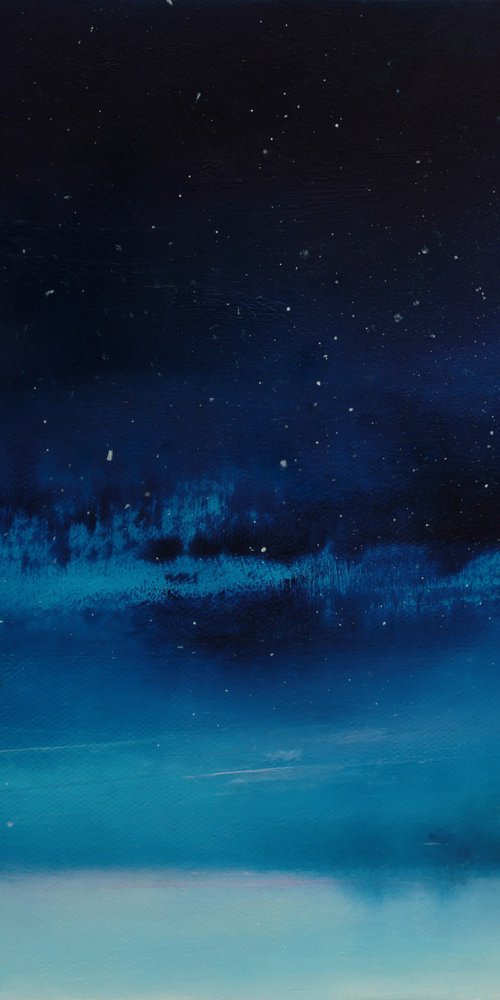
Howard Sills
Oil painting
30 x 25cm
£275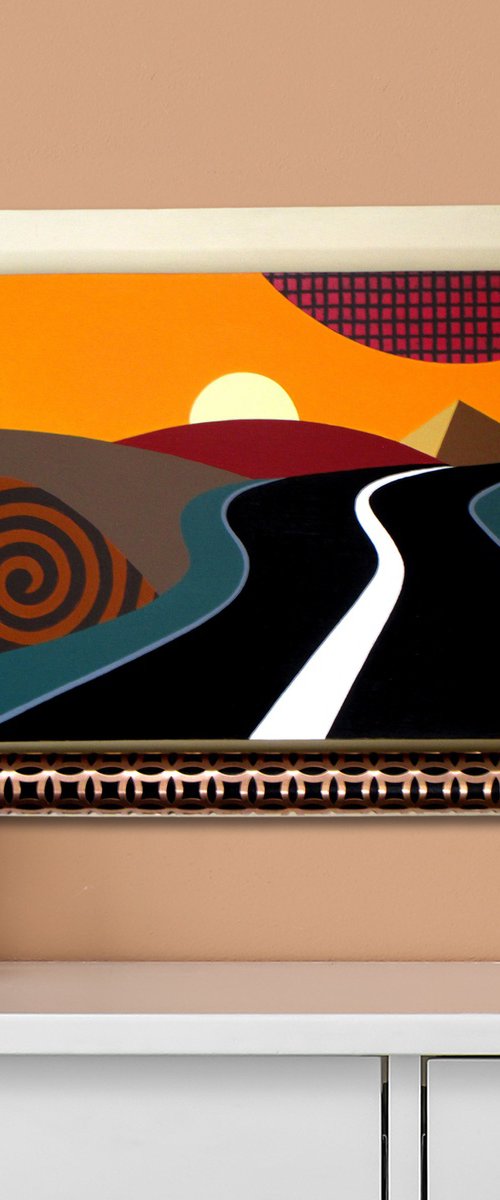
Lanre Studio
Mixed-media painting
41 x 30cm
Now £499
£555(-10%)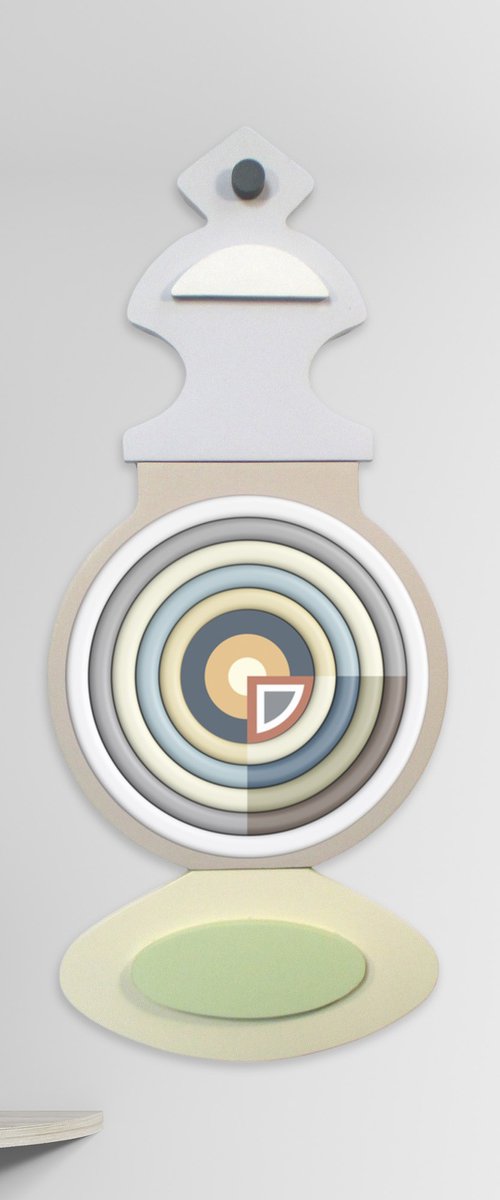
Lanre Studio
Wood sculpture
23 x 53cm
£364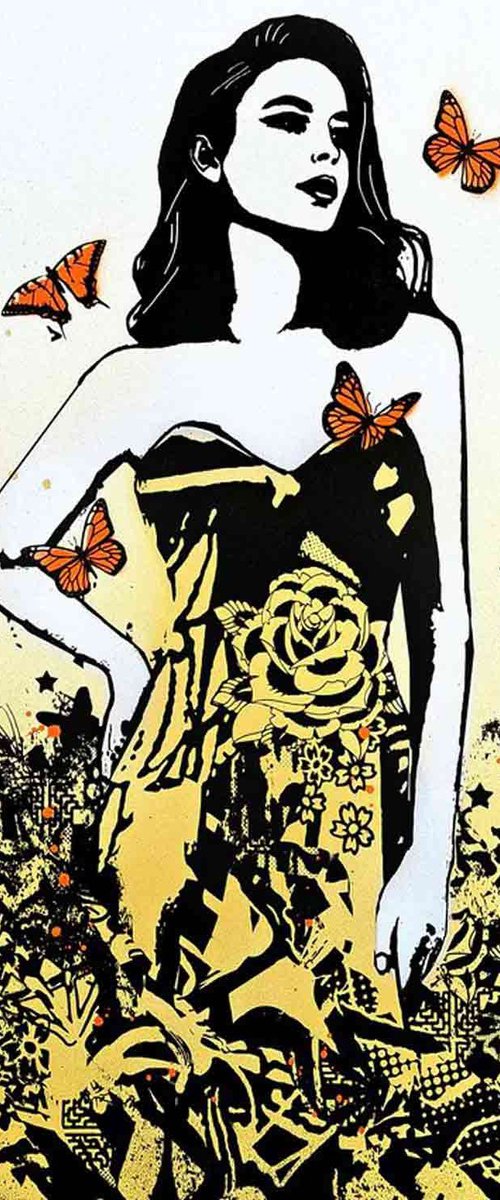
Grey Cloud Studio
Screenprint
35 x 50cm
£120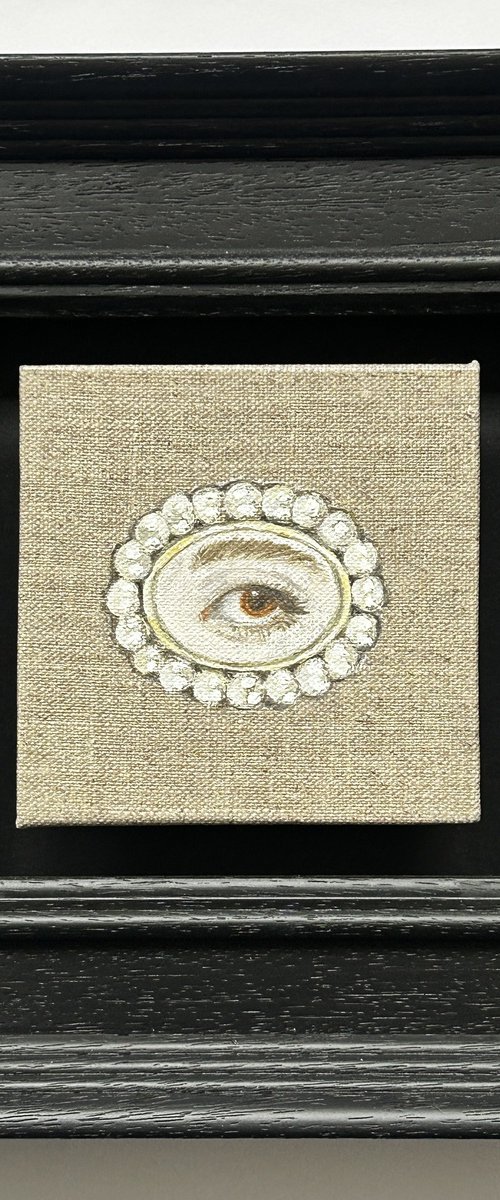
Kate Willows
Oil painting
23 x 23cm
£200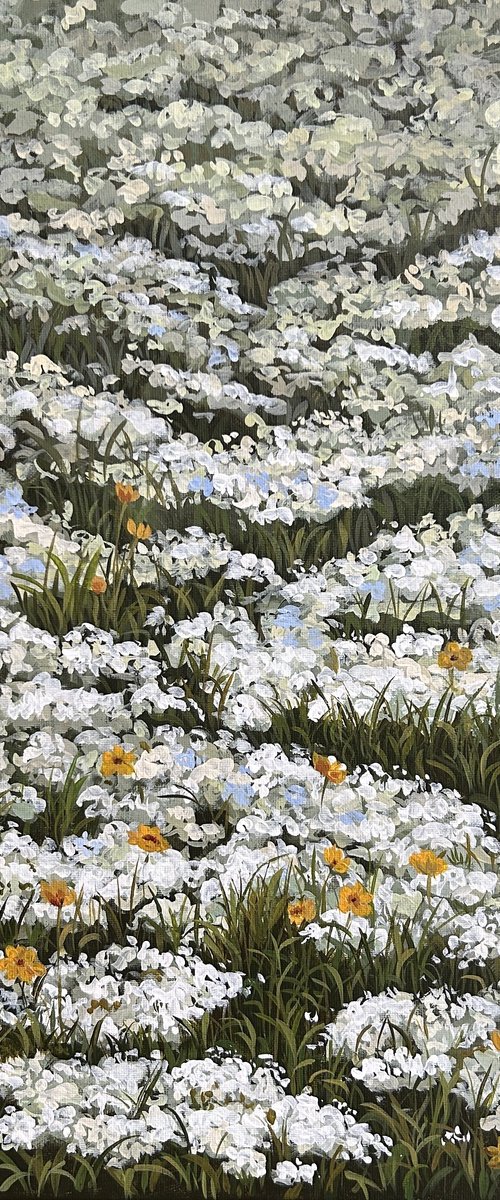
Gabriele Prismantaite
Acrylic painting
50 x 50cm
£607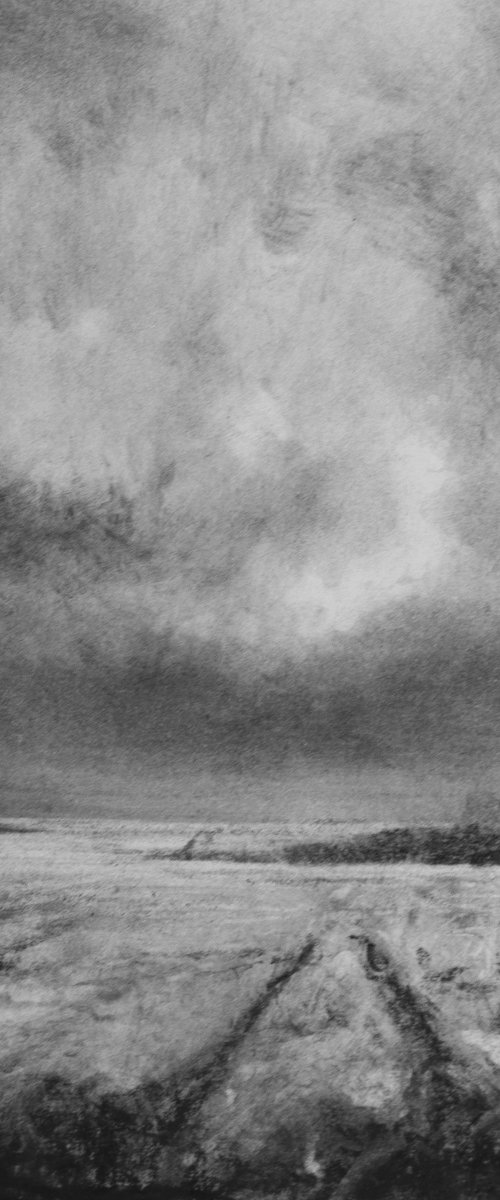
Colin Slater
Charcoal drawing
33 x 33cm
£500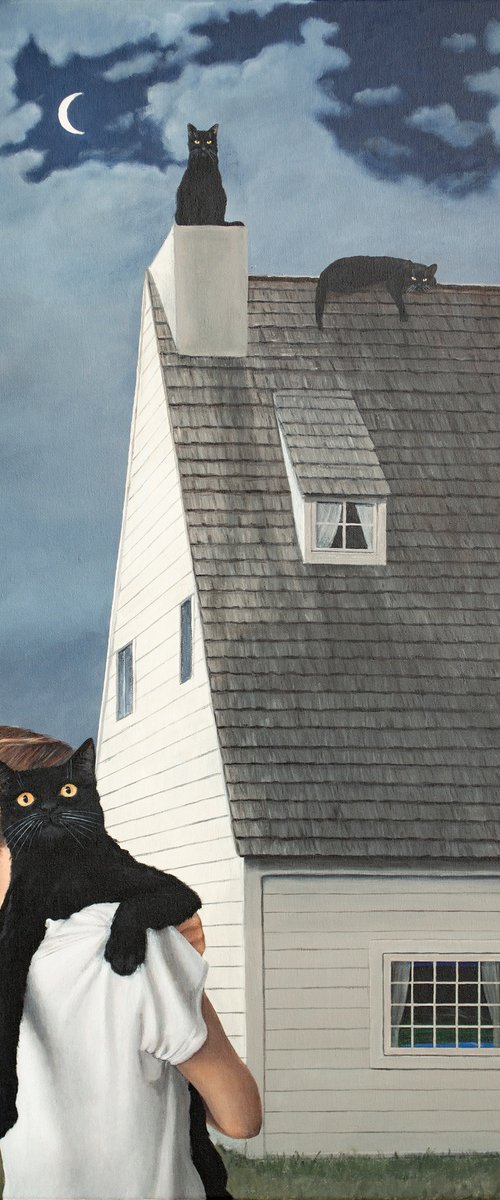
Nataliya Bagatskaya
Acrylic painting
60 x 95cm
£1628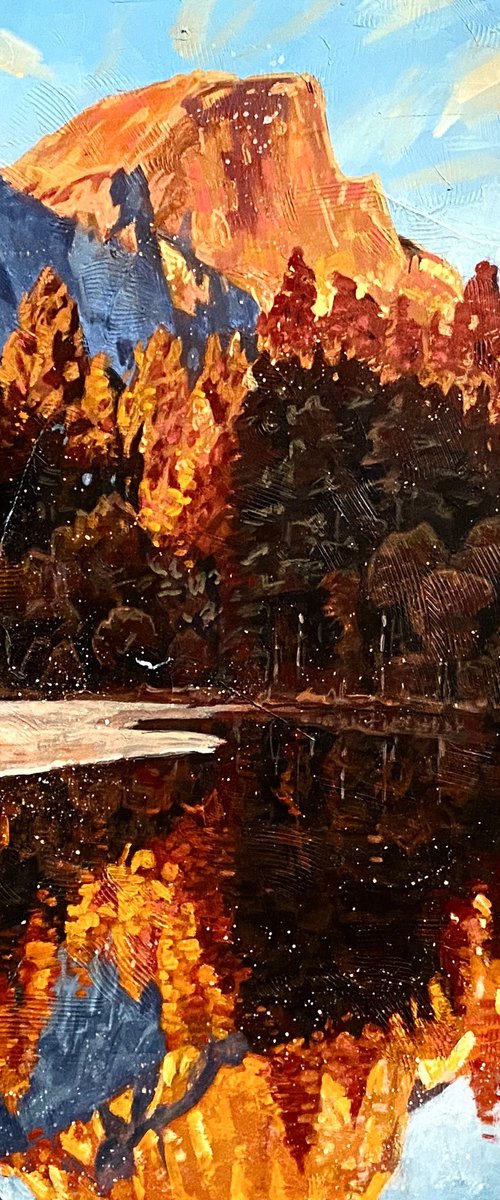
Paul Cheng
Acrylic painting
80 x 80cm
£681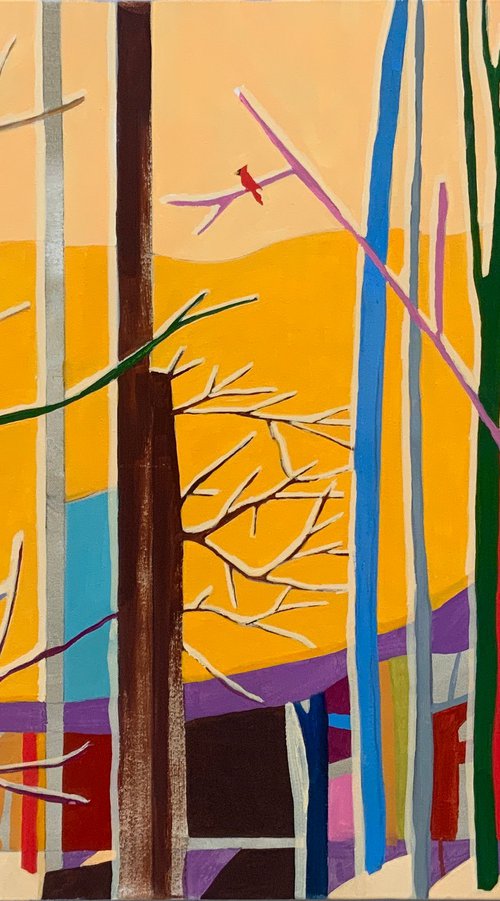
Steven Page Prewitt
Oil painting
102 x 76cm
£1366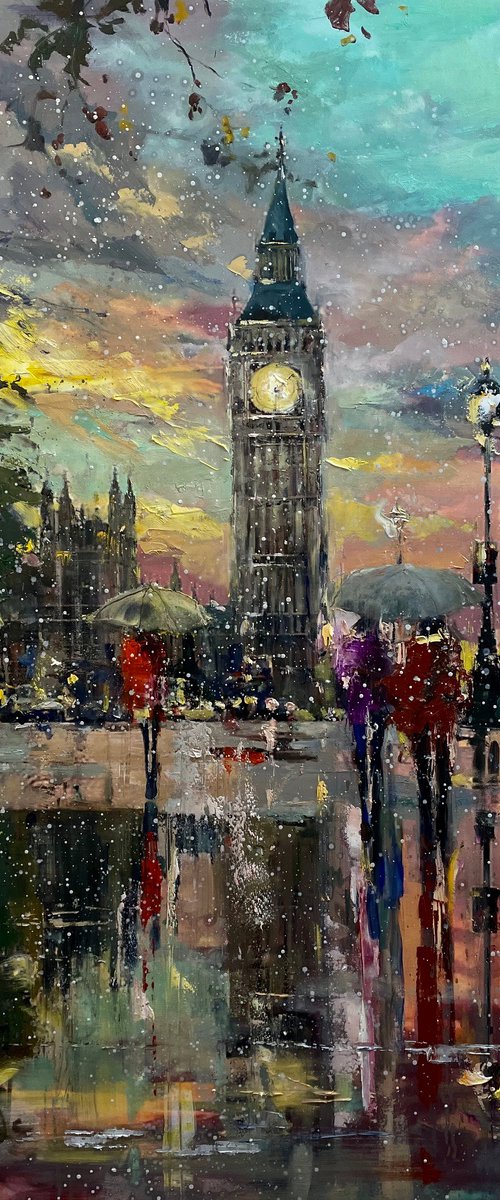
Ewa Czarniecka
Oil painting
102 x 128cm
£2700
Alexandra Djokic
Acrylic painting
51 x 71cm
£437
Nadiia Antoniuk
Acrylic painting
80 x 100cm
£1343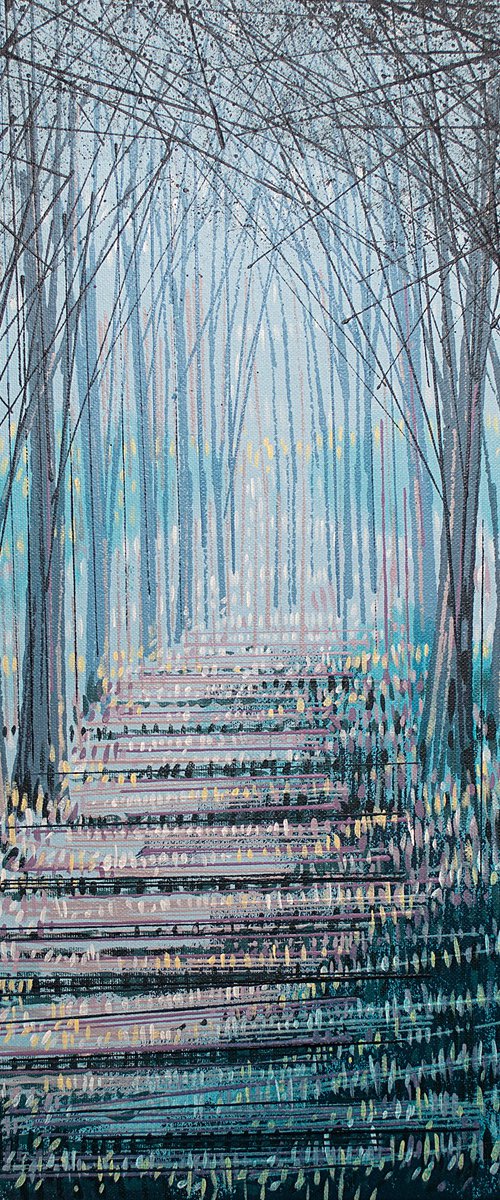
Marc Todd
Acrylic painting
46 x 56cm
£495
Lana Guise
Acrylic painting
74 x 74cm
£674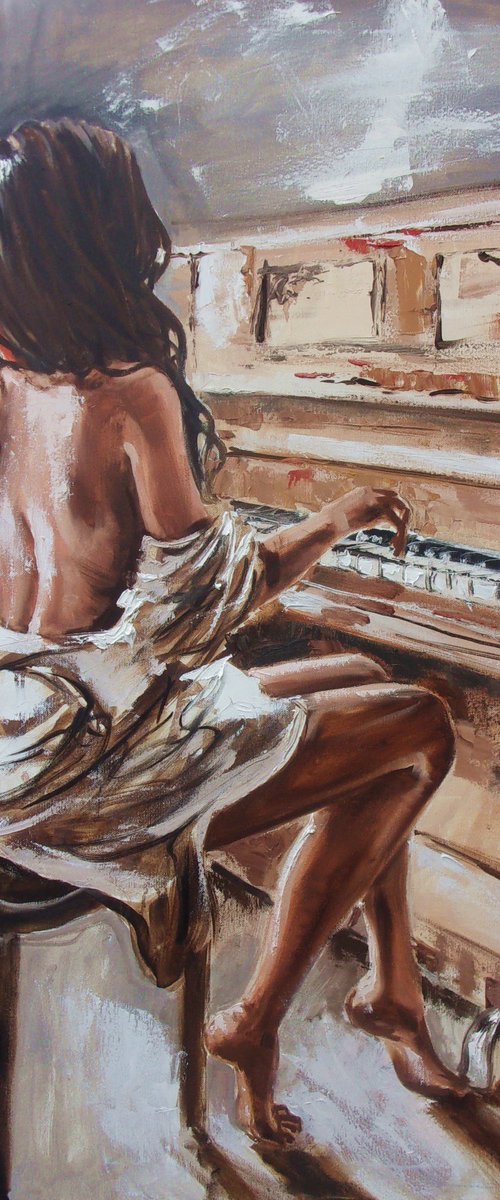
Monika Luniak
Oil painting
70 x 90cm
£1300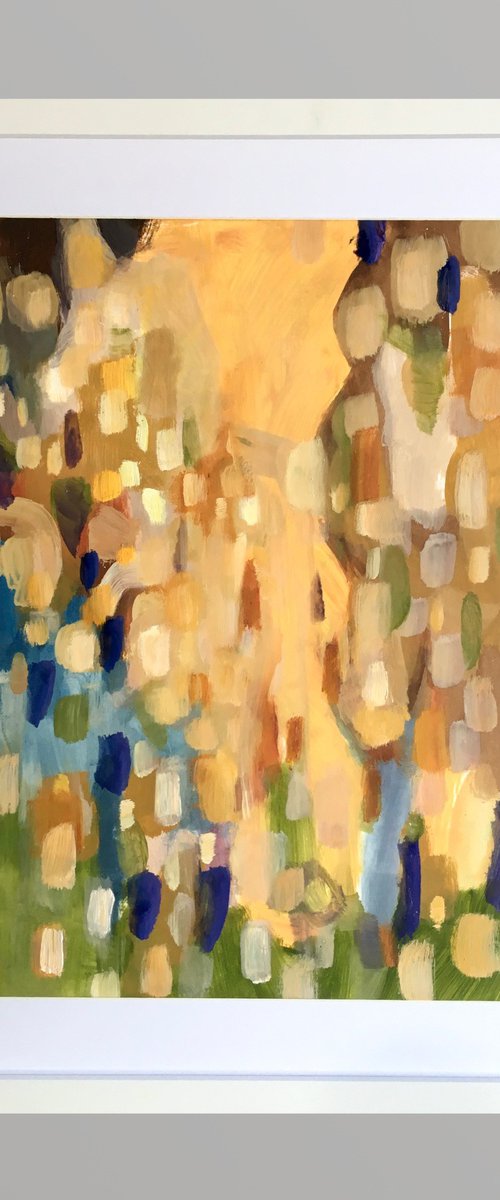
Guy Pickford
Oil painting
42 x 52cm
£230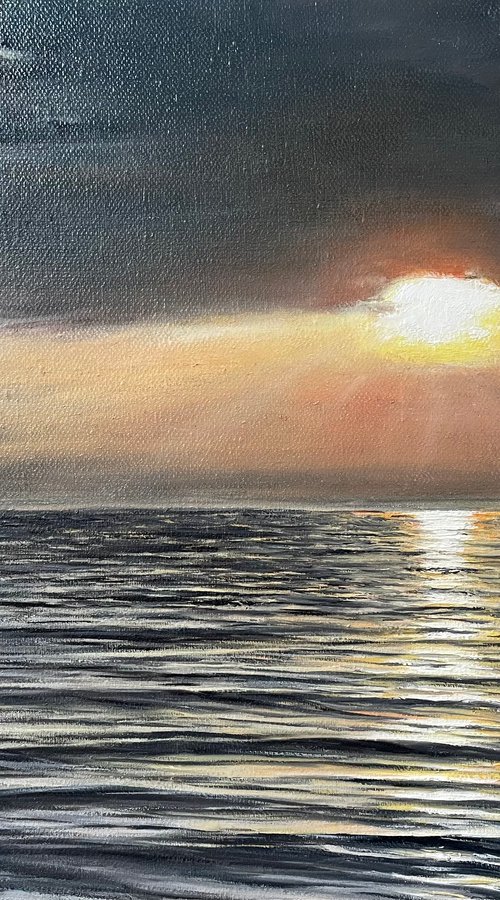
Aflatun Israilov
Oil painting
40 x 30cm
£1036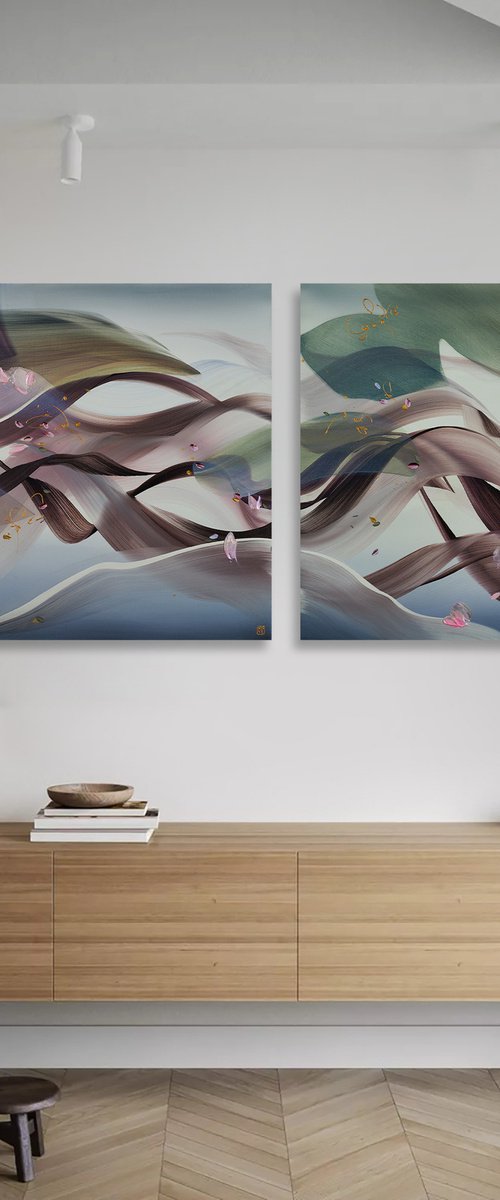
Novi Lim
Acrylic painting
183 x 91cm
£4070
Tanya Lytko
Acrylic painting
60 x 60cm
£503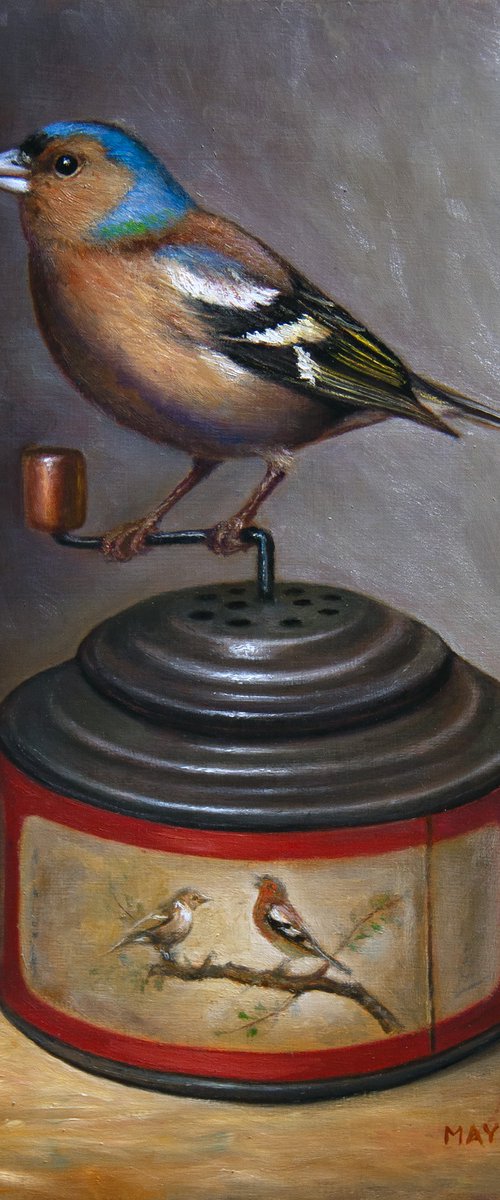
Mayrig Simonjan
Oil painting
23 x 30cm
£1213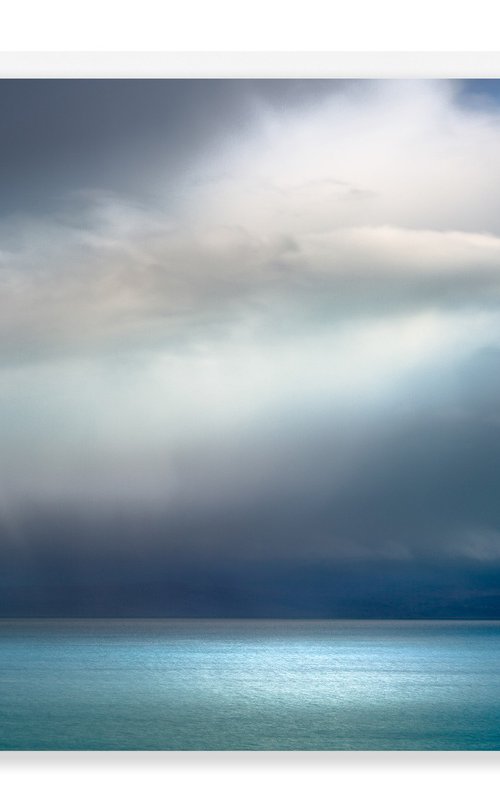
Lynne Douglas
Photograph
193 x 132cm
£1260
Liam Roberts
Relief
50 x 76cm
£950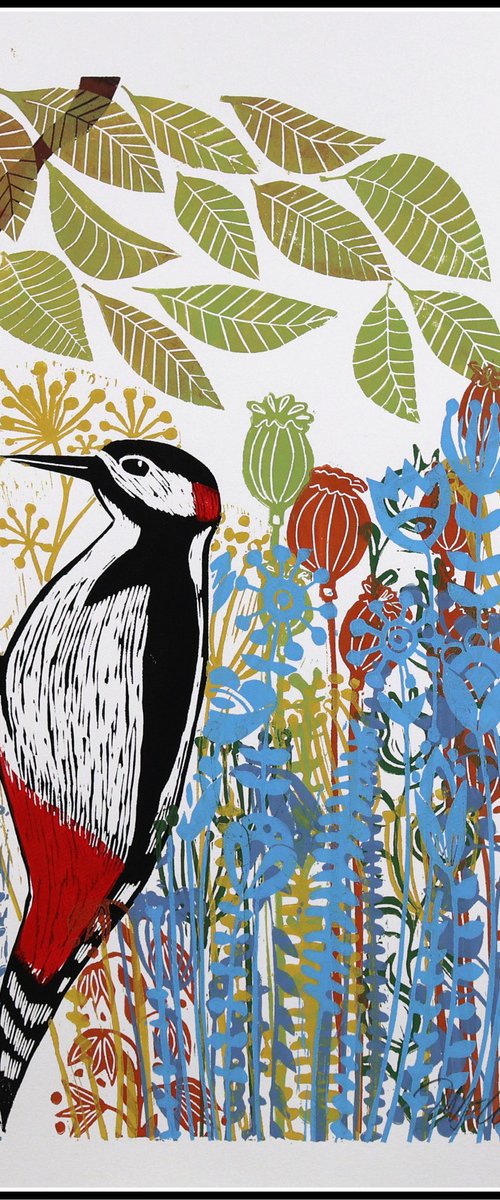
Mariann Johansen-Ellis
Linocut
36 x 53cm
£104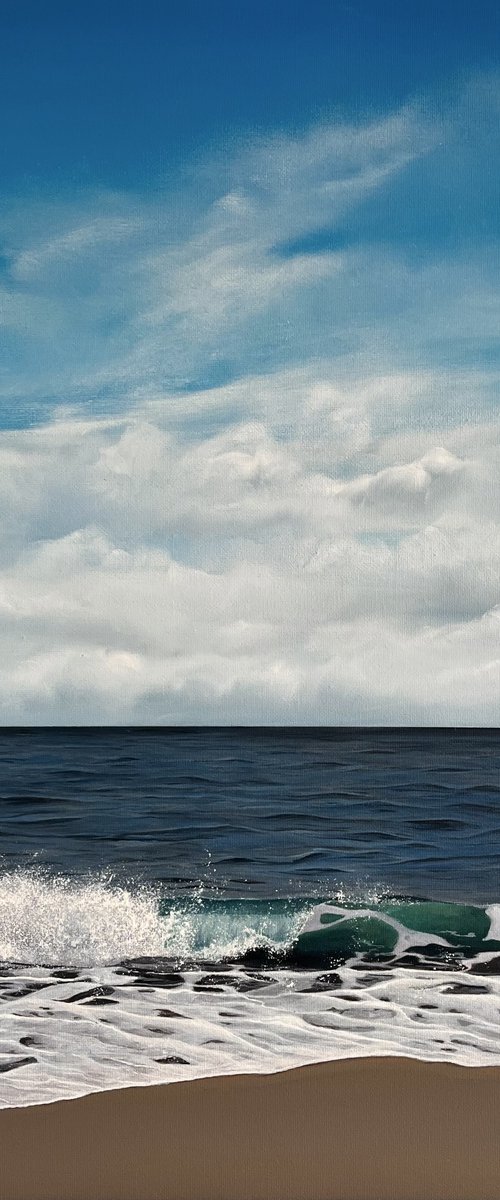
Victoria Obolensky
Oil painting
30 x 40cm
£395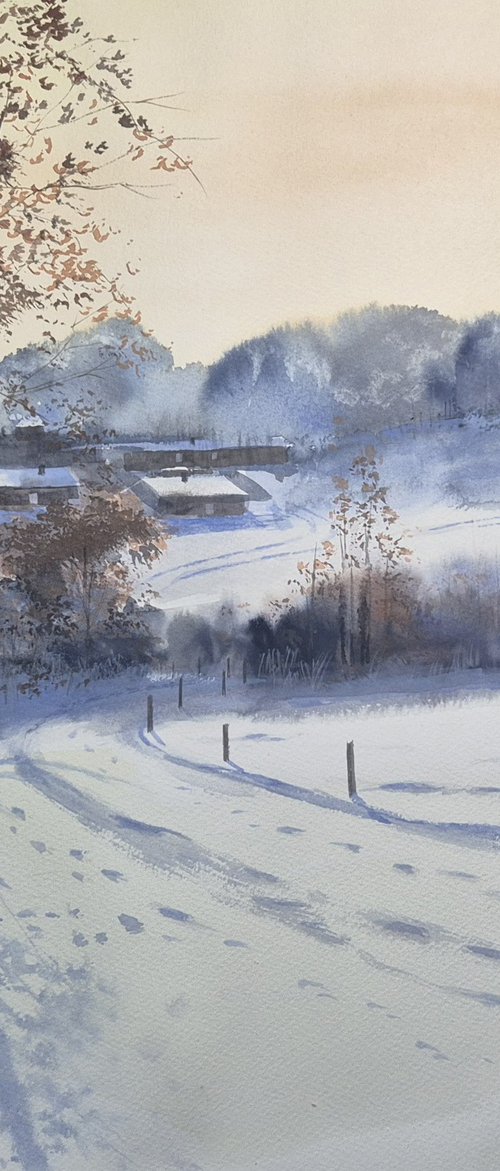
Rafael Carrascal
Watercolour
40 x 40cm
£382
Anita Kaufmann
Acrylic painting
140 x 200cm
£2513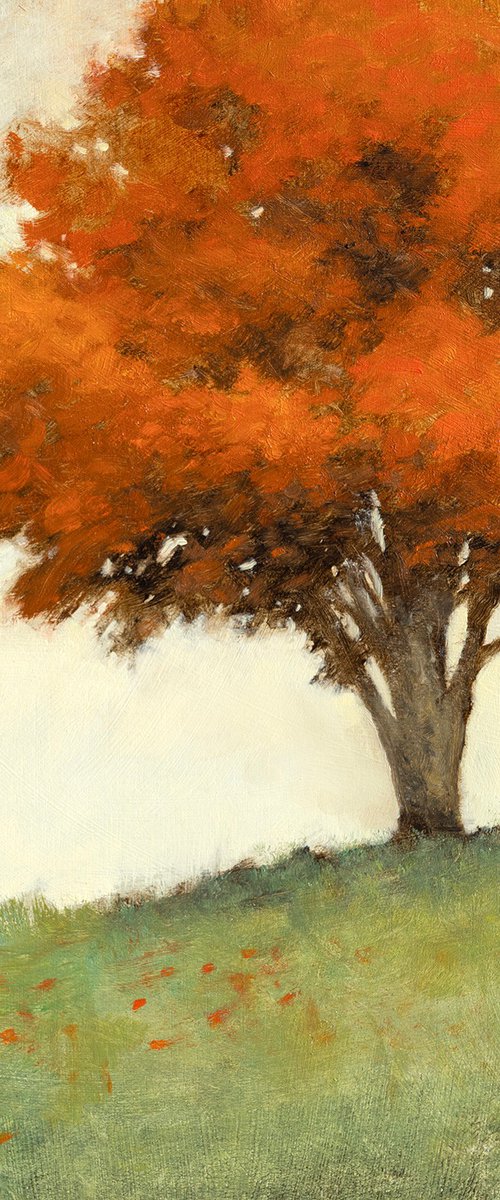
Don Bishop
Oil painting
30 x 30cm
£222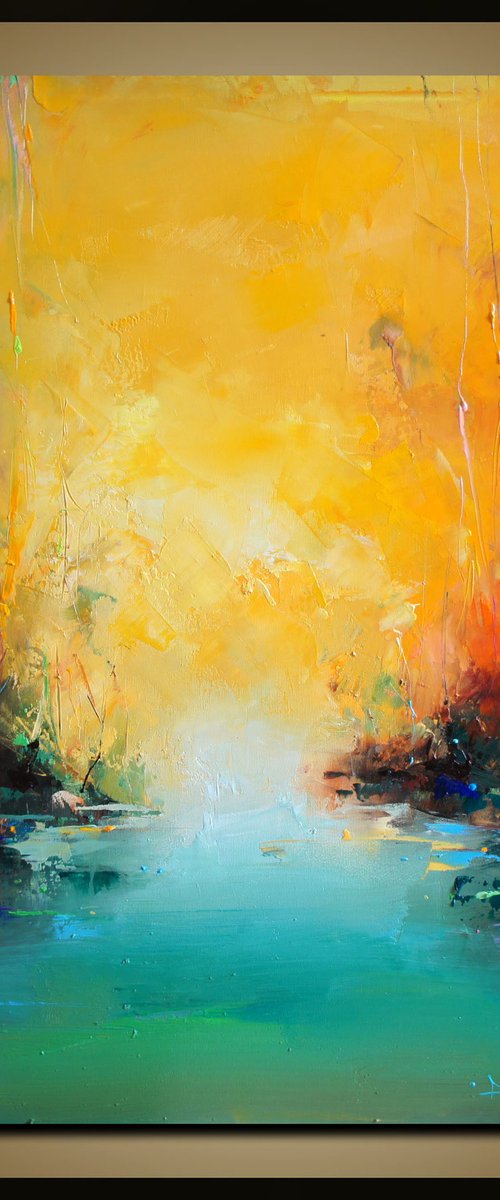
Stanislav Lazarov
Oil painting
50 x 70cm
£512
Behshad Arjomandi
Oil painting
100 x 50cm
Now £678
£797(-15%)
Pascal Giroud
Oil painting
20 x 15cm
£208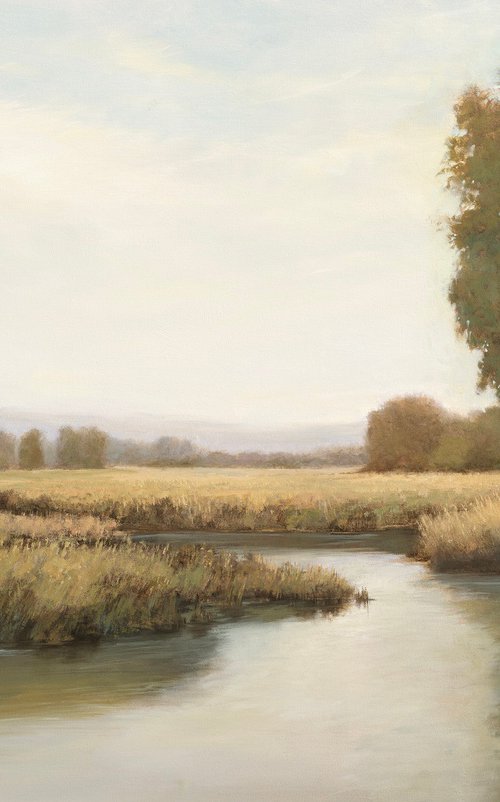
Don Bishop
Oil painting
122 x 76cm
£2368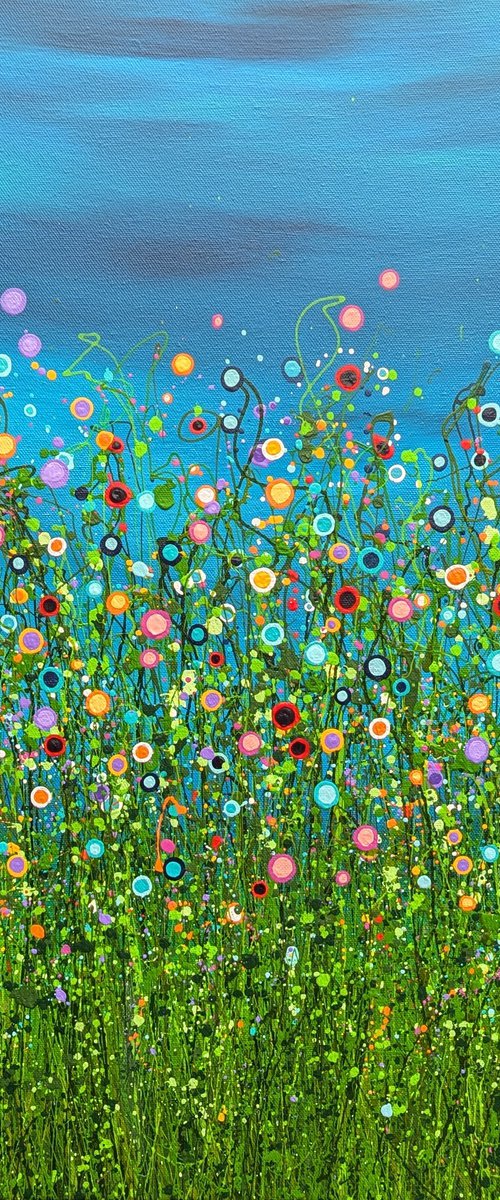
Lucy Moore
Acrylic painting
60 x 60cm
£380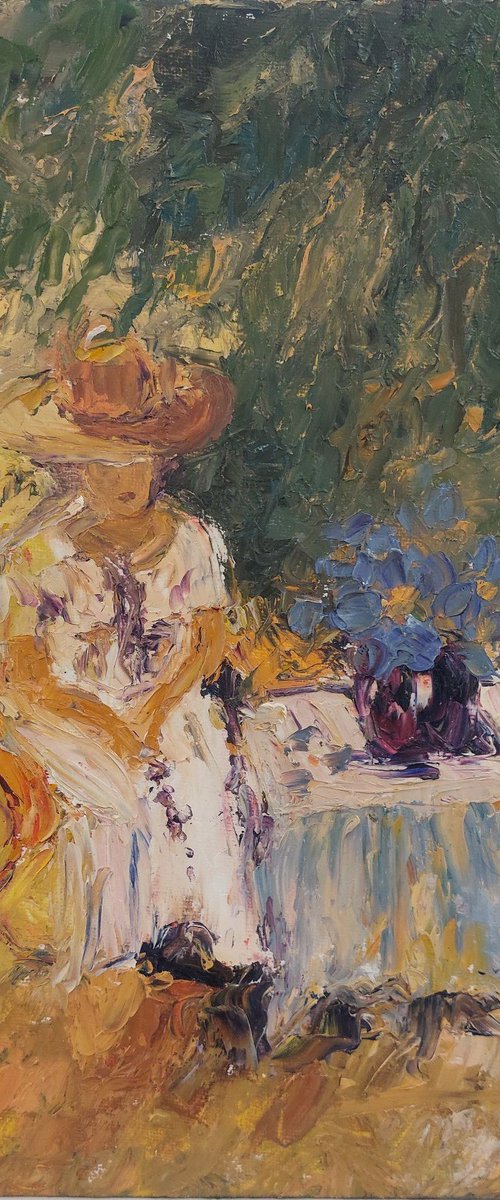
Philippa Headley
Oil painting
33 x 43cm
£325
Beata Belanszky Demko
Oil painting
50 x 40cm
£455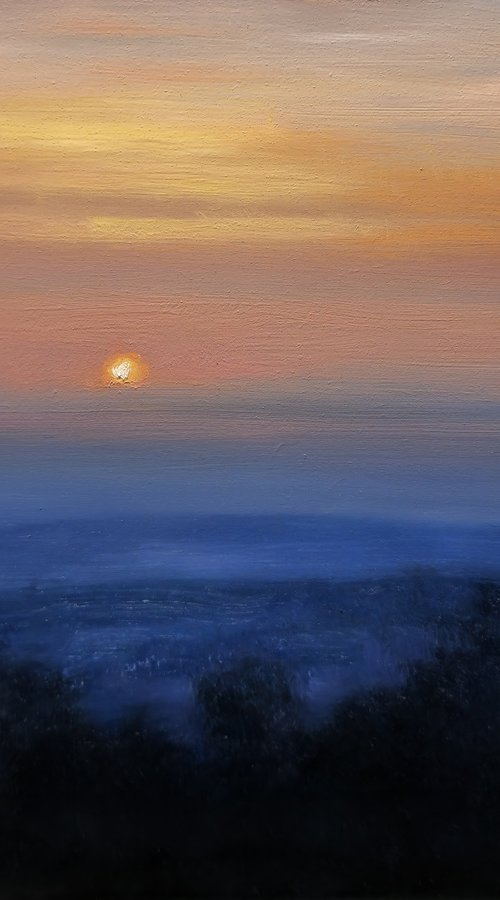
Pascal Giroud
Oil painting
40 x 30cm
£321
Martina Boycheva
Acrylic painting
80 x 80cm
£416
Kalpana Soanes
Oil painting
60 x 60cm
£500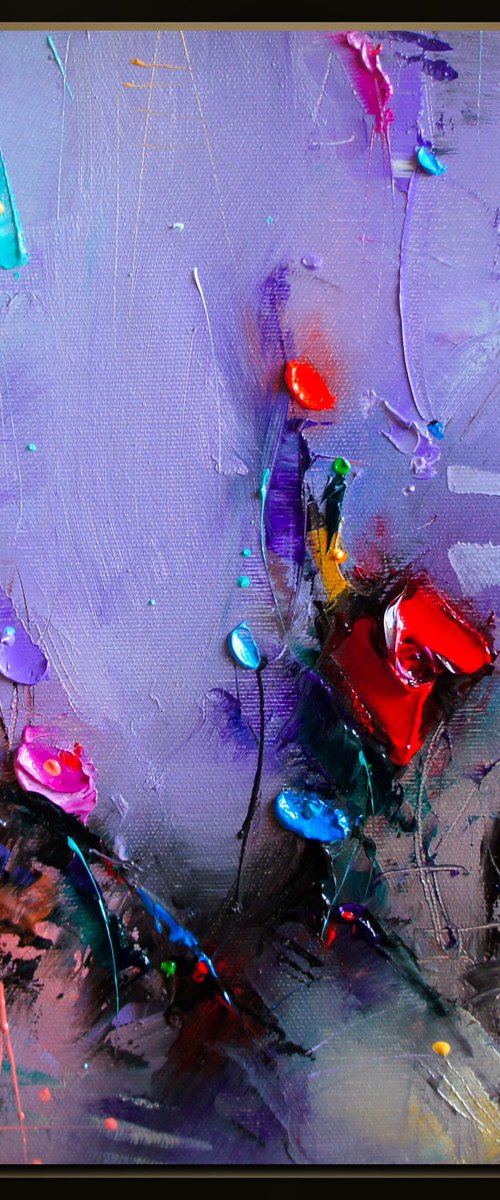
Stanislav Lazarov
Oil painting
20 x 30cm
£234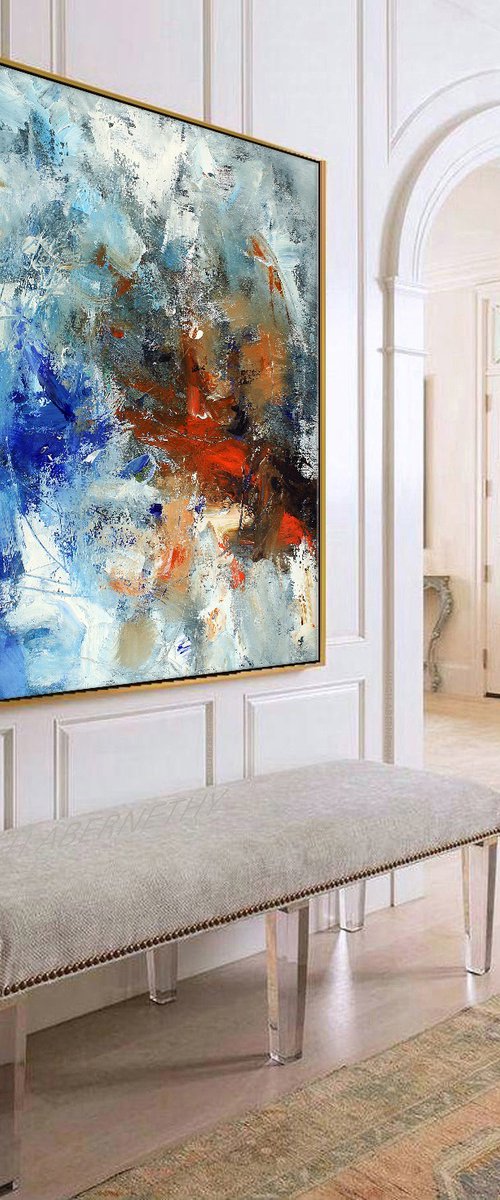
Hugh Abernethy
Oil painting
92 x 92cm
Now £557
£795(-30%)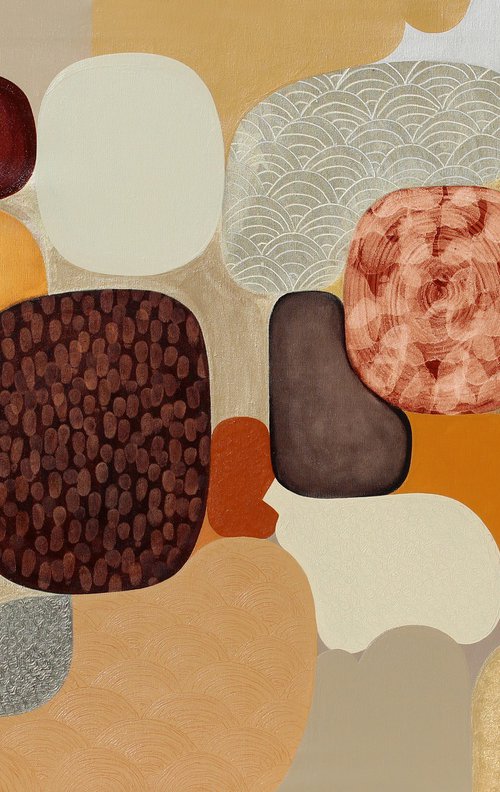
Martina Boycheva
Acrylic painting
120 x 80cm
£416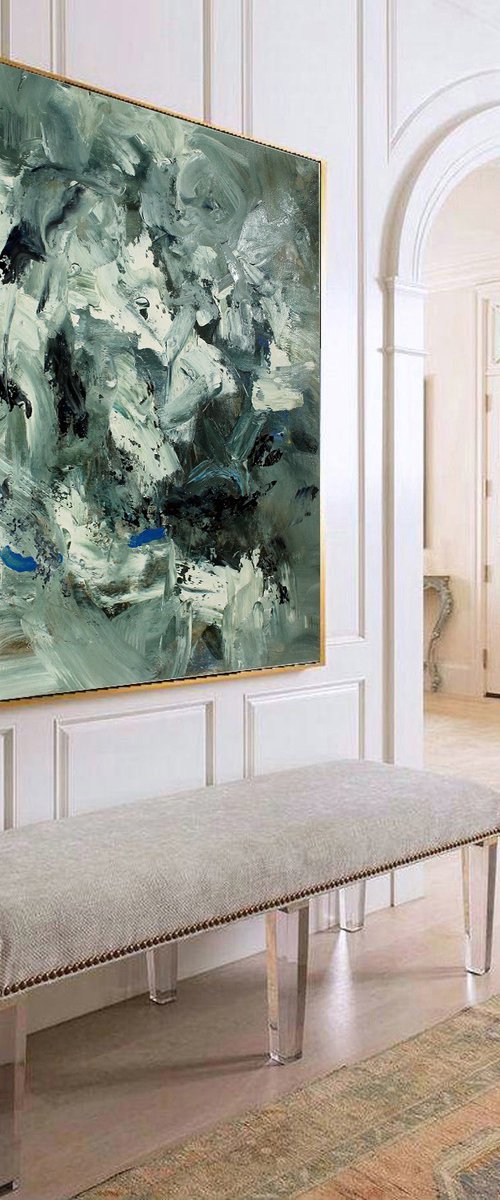
Hugh Abernethy
Oil painting
92 x 92cm
£795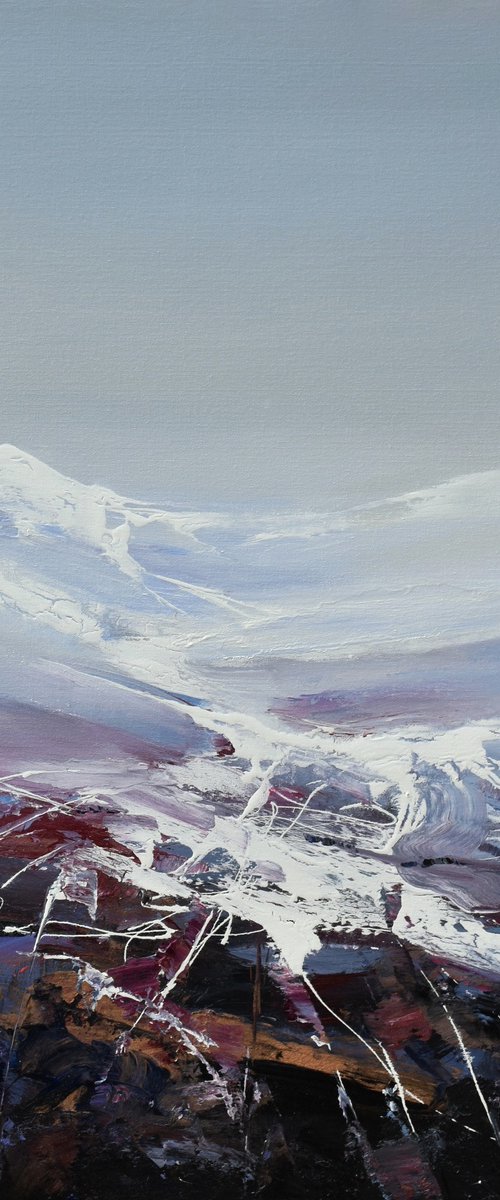
Ivan Grozdanovski
Acrylic painting
80 x 100cm
£867
Lynne Douglas
Photograph
112 x 112cm
£550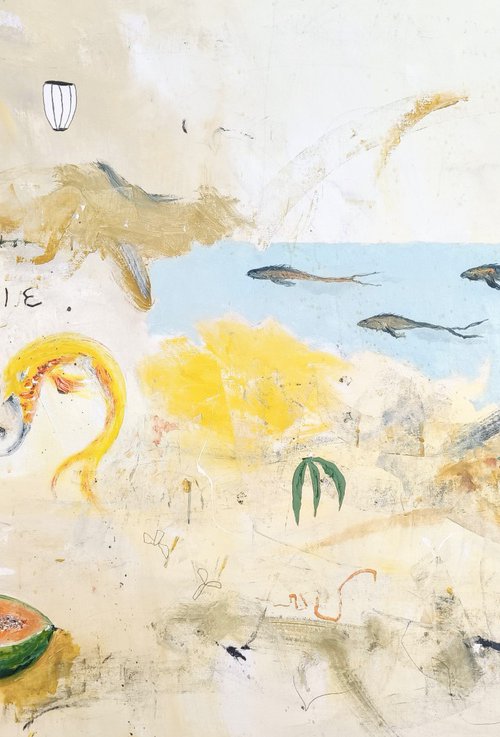
Alfonso Sánchez
Acrylic painting
200 x 120cm
£3466
Monika Luniak
Oil painting
60 x 90cm
£1300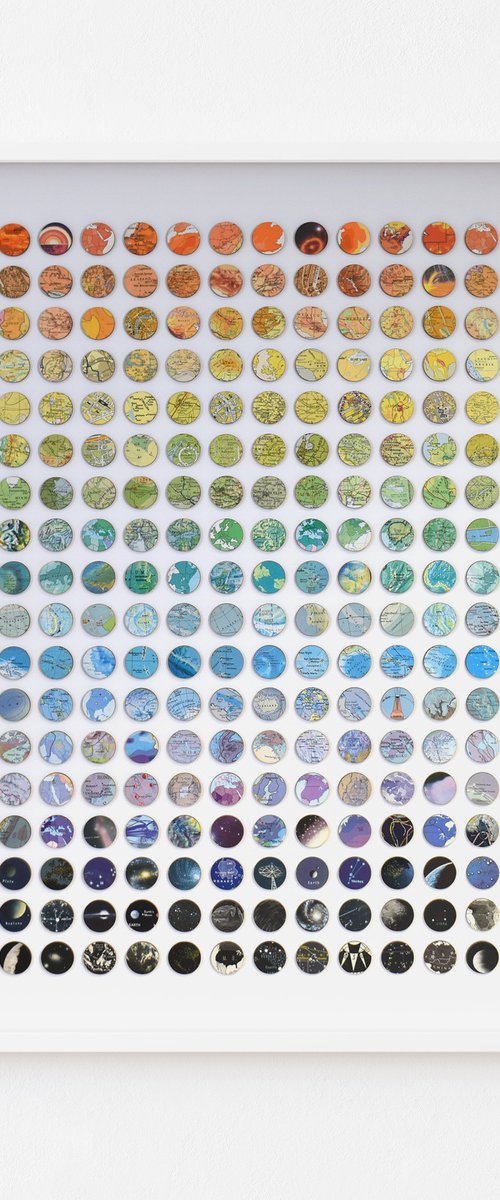
Amelia Coward
Collage
83 x 83cm
£2800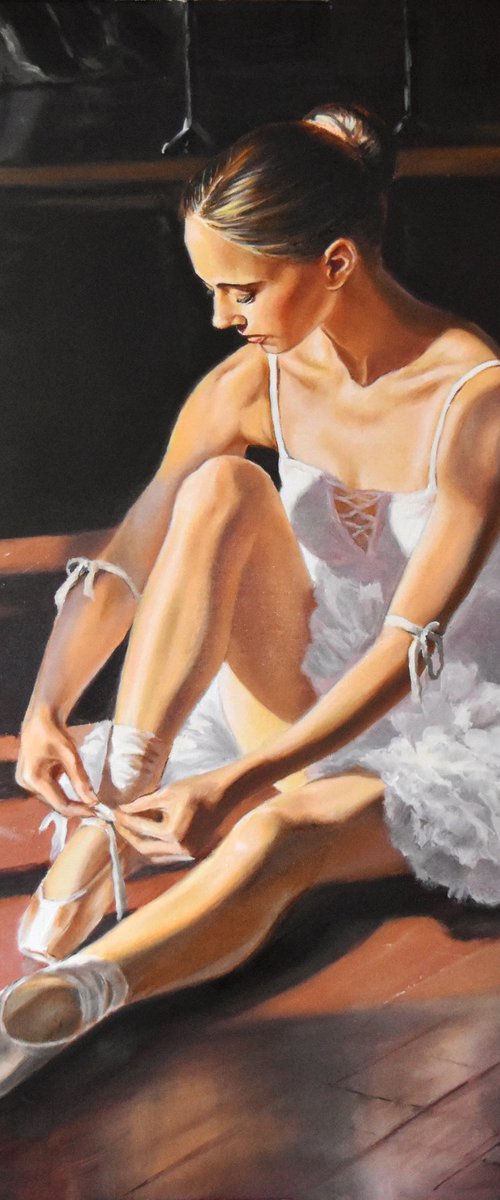
Serghei Ghetiu
Oil painting
60 x 70cm
£1040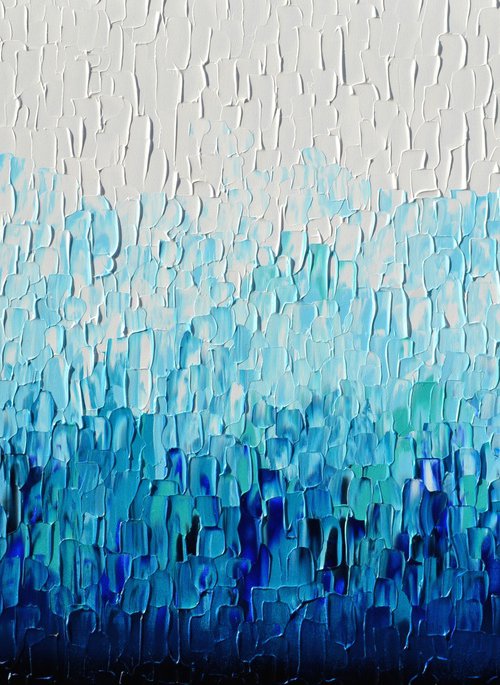
Soos Tiberiu
Acrylic painting
140 x 80cm
£1213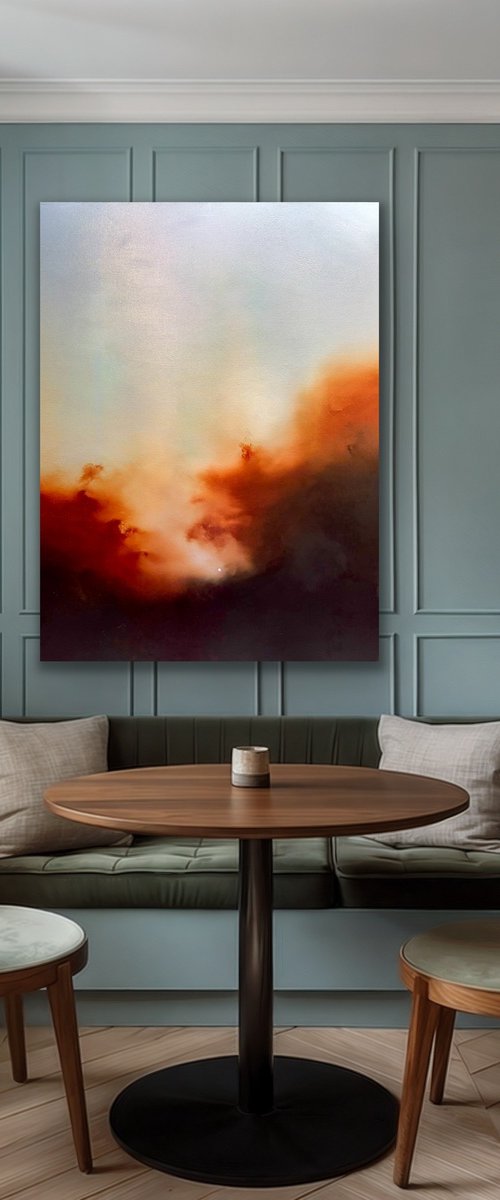
Jonesy
Oil painting
76 x 102cm
£1250
Tatiana Georgieva
Acrylic painting
120 x 90cm
£1628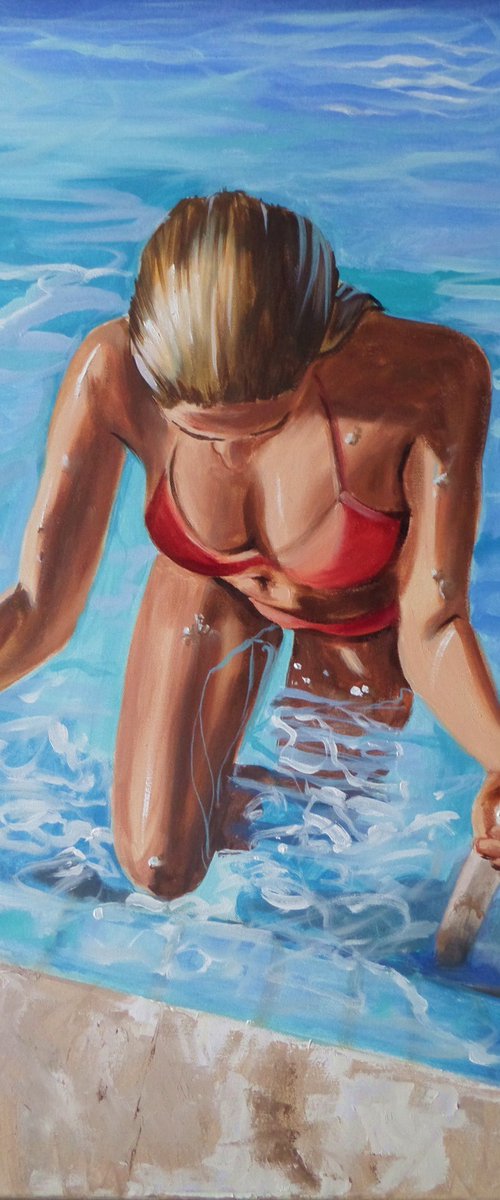
Monika Luniak
Oil painting
60 x 80cm
£1300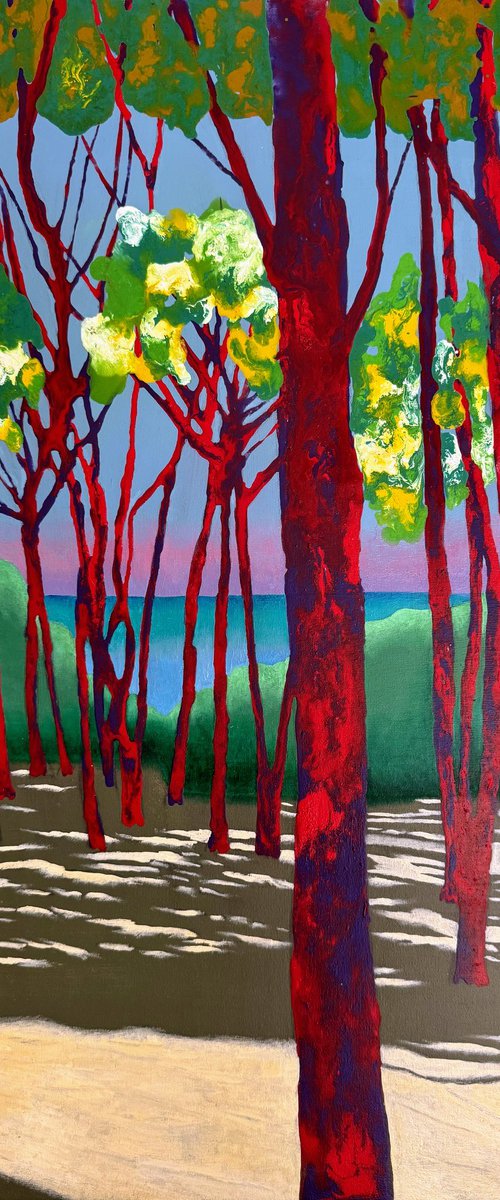
Stefano Pallara
Mixed-media painting
50 x 70cm
£400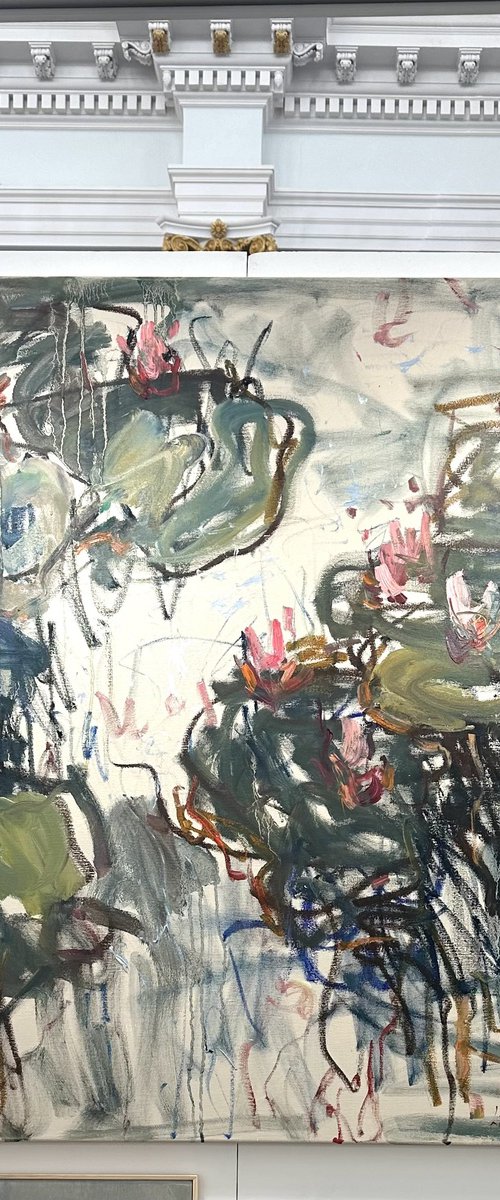
Lilia Orlova-Holmes
Oil painting
100 x 100cm
£5000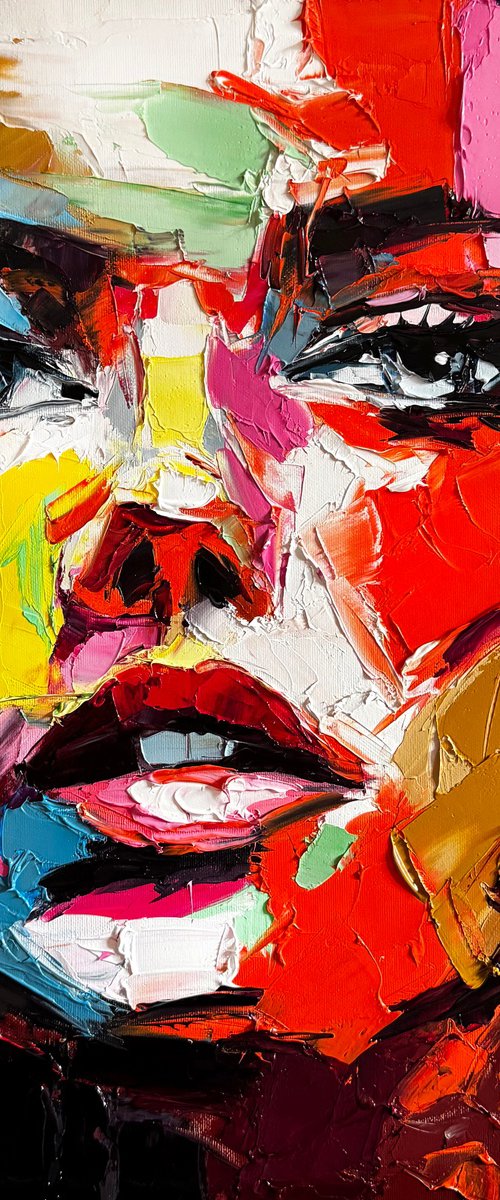
Lana Frey
Oil painting
50 x 50cm
£1040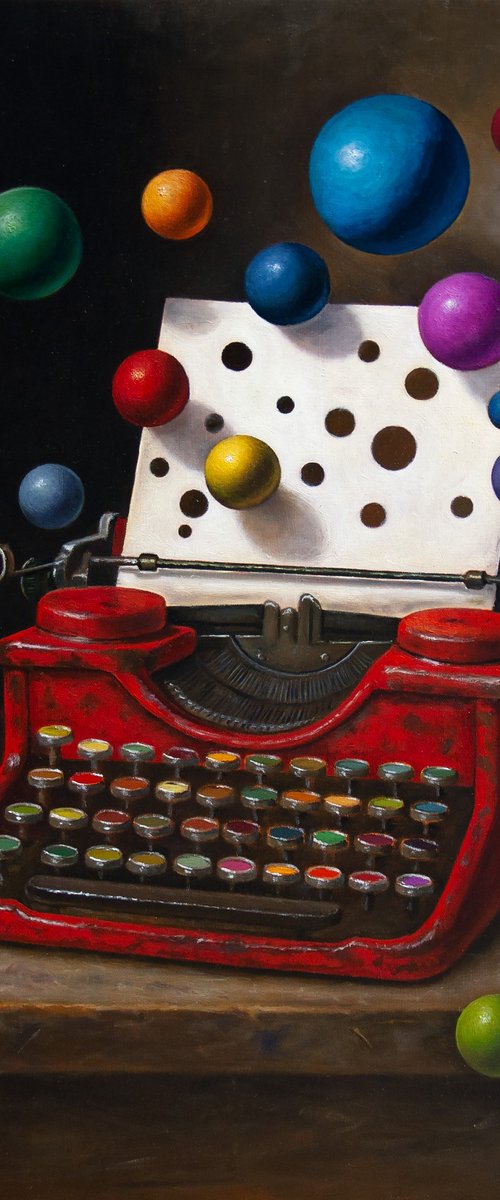
Mayrig Simonjan
Oil painting
40 x 50cm
£2773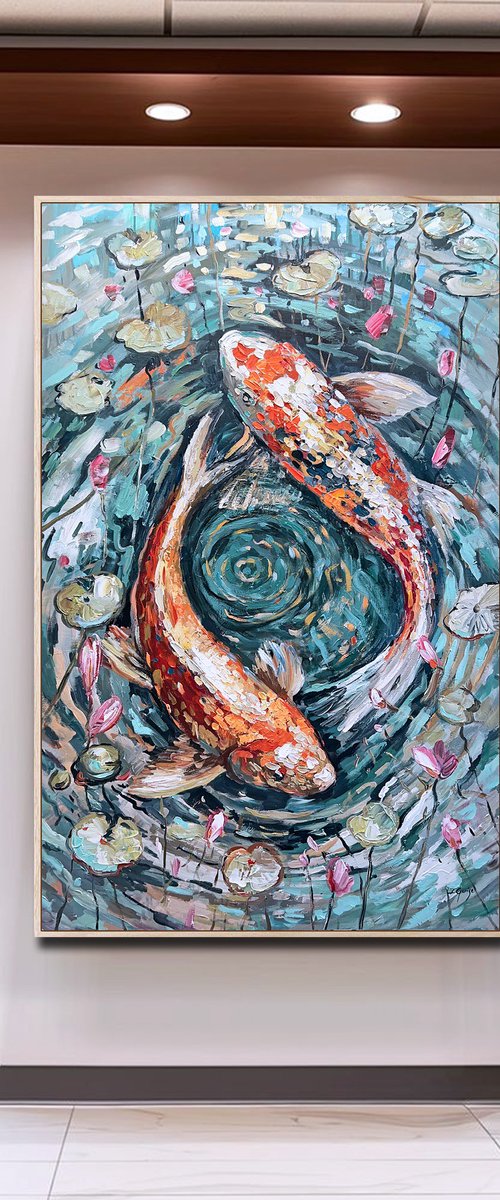
Lana Guise
Acrylic painting
94 x 154cm
£4592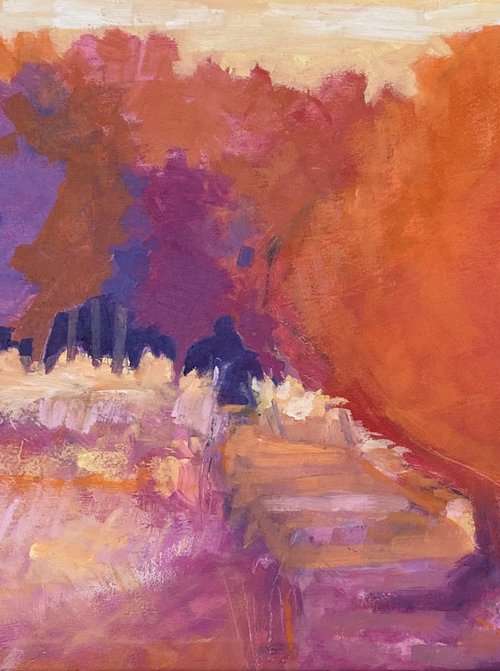
Chrissie Havers
Oil painting
88 x 58cm
£495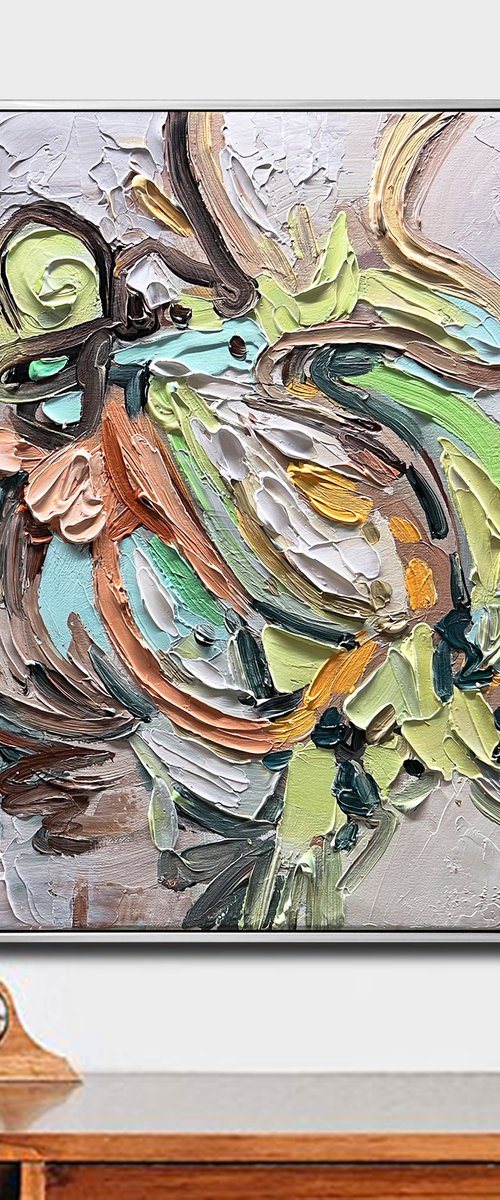
Lana Guise
Acrylic painting
34 x 44cm
£295
Victoria Curling-Eriksson
Oil painting
85 x 105cm
£2296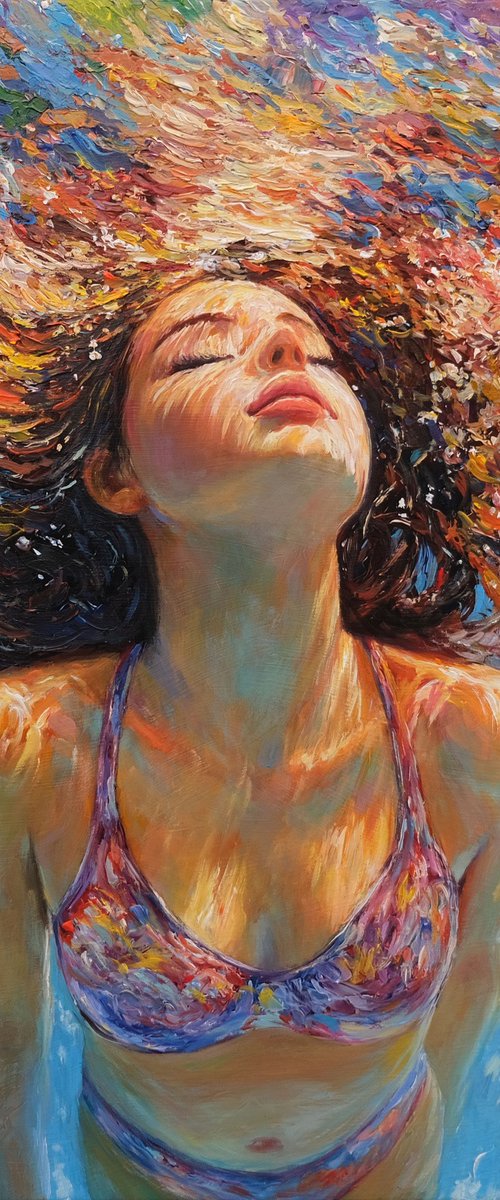
Behshad Arjomandi
Acrylic painting
80 x 80cm
£1456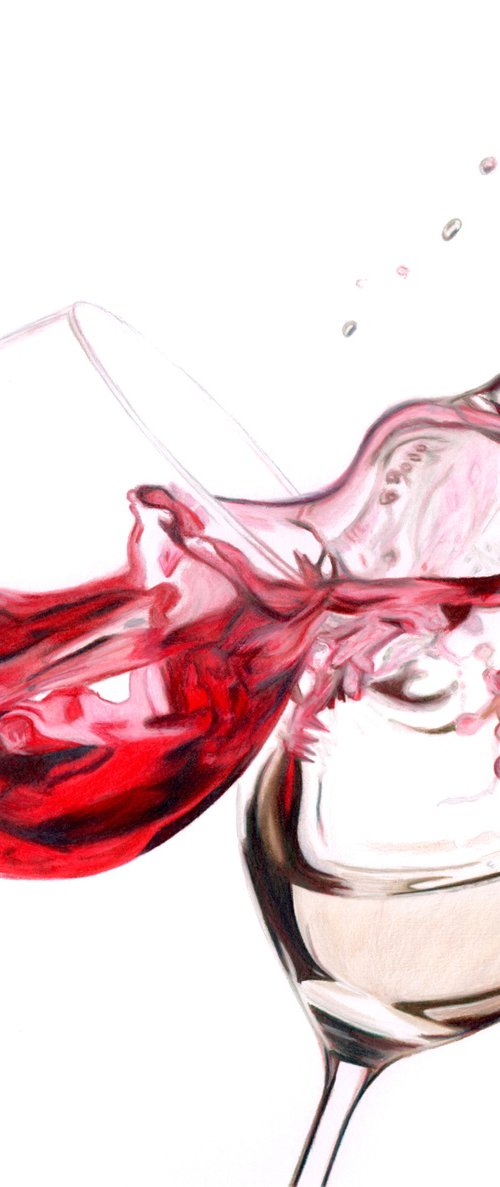
Paul Stowe
Pencil drawing
40 x 40cm
£750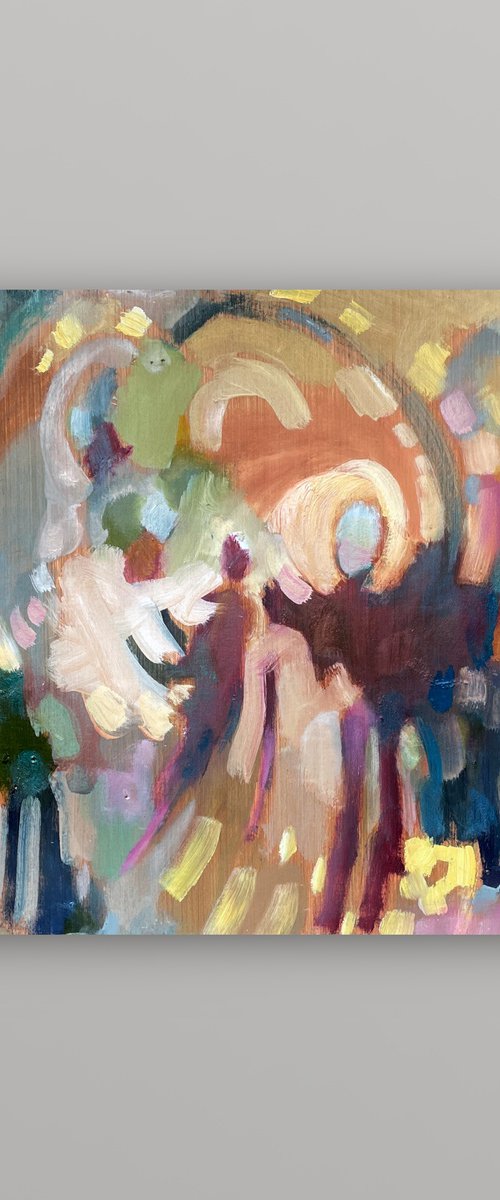
Guy Pickford
Oil painting
77 x 44cm
£480
Eva Volf
Oil painting
102 x 76cm
£1776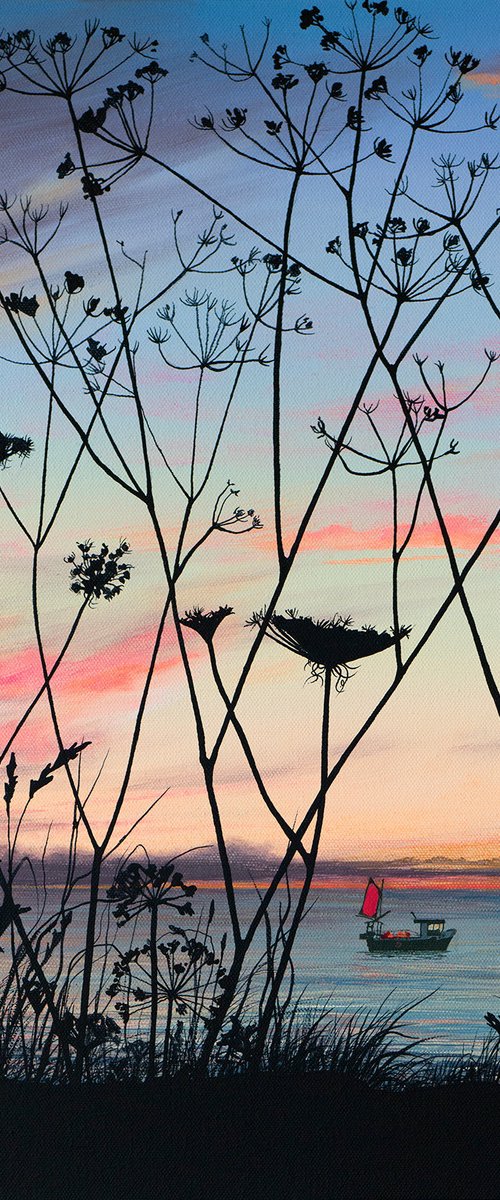
Theresa Shaw
Acrylic painting
43 x 53cm
£795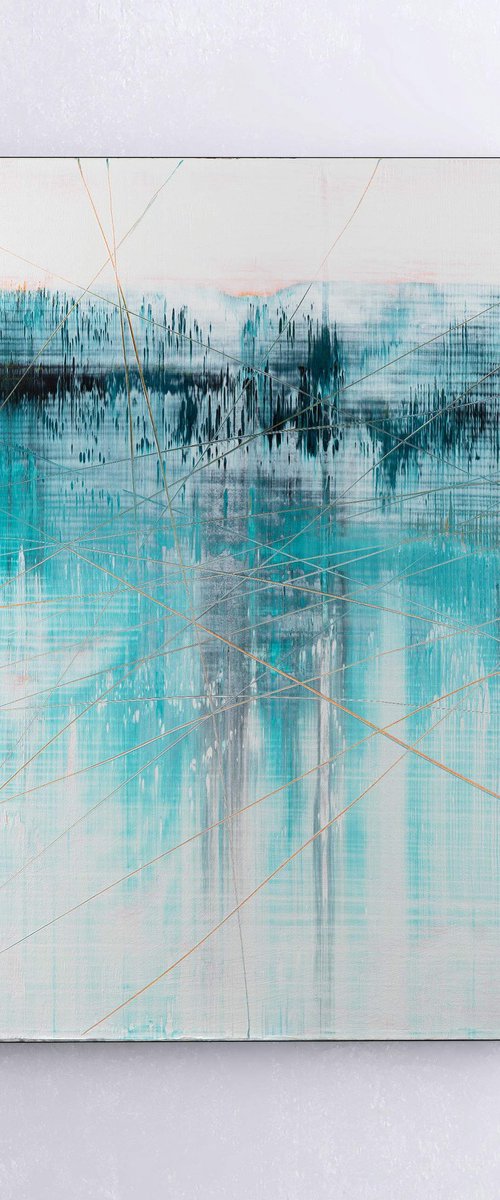
Nemanja Nikolic
Acrylic painting
51 x 76cm
£560
Rob van Hoek
Oil painting
104 x 74cm
Now £1387
£1733(-20%)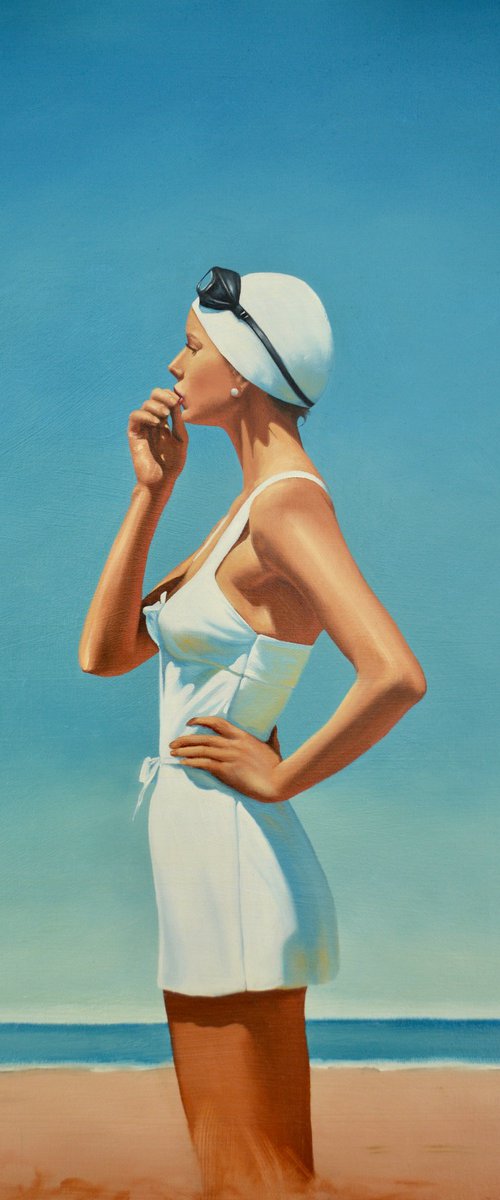
Johnny Popkess
Oil painting
46 x 61cm
£1700
Ronald Hunter
Acrylic painting
85 x 85cm
£1126
Alex Senchenko
Acrylic painting
100 x 100cm
Now £1200
£1500(-20%)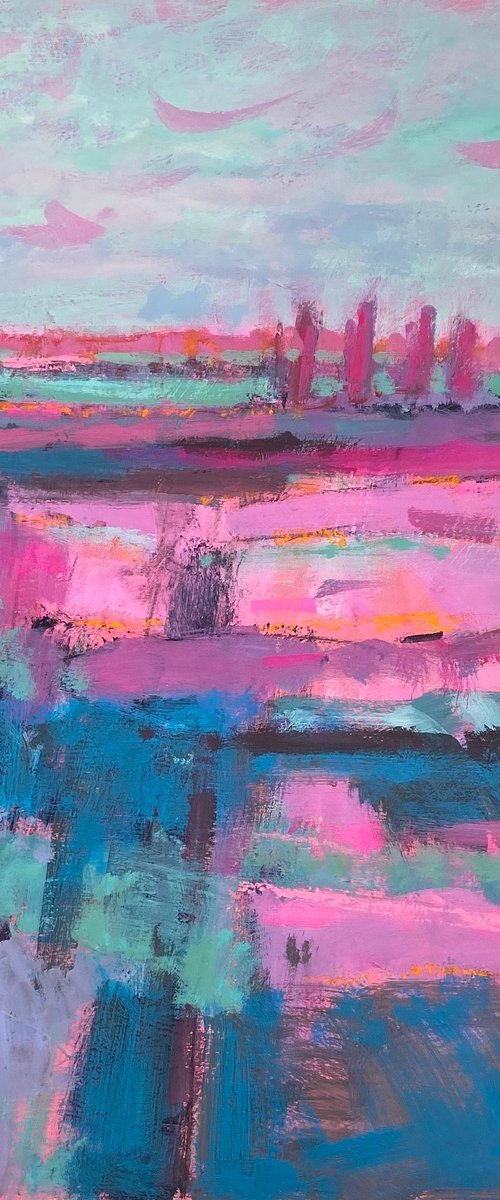
Chrissie Havers
Acrylic painting
61 x 61cm
£695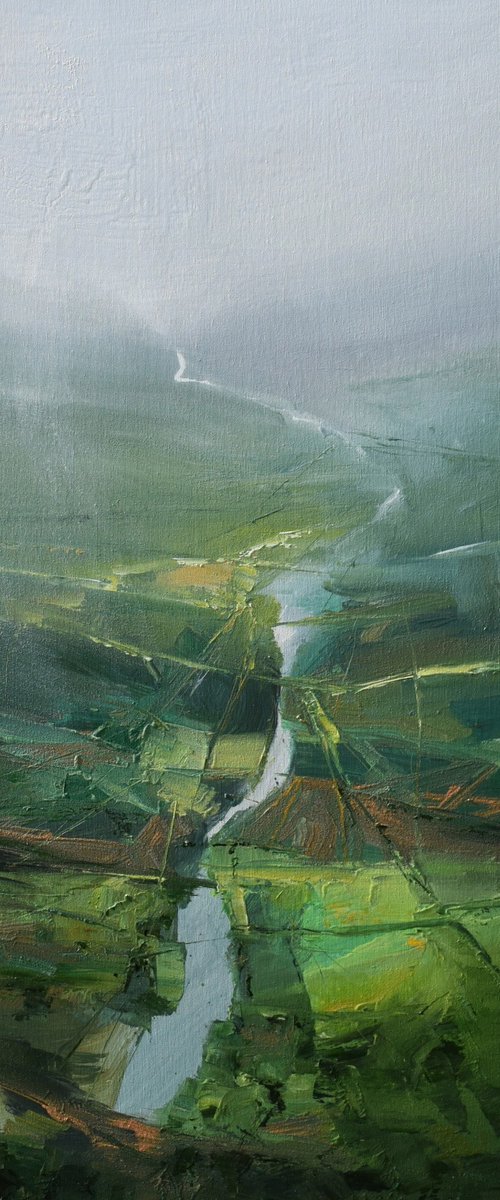
Ivan Grozdanovski
Acrylic painting
100 x 125cm
£2873
Veronica Vilsan
Acrylic painting
80 x 80cm
Now £486
£694(-30%)
Lilia Orlova-Holmes
Oil painting
61 x 61cm
Now £2000
£2500(-20%)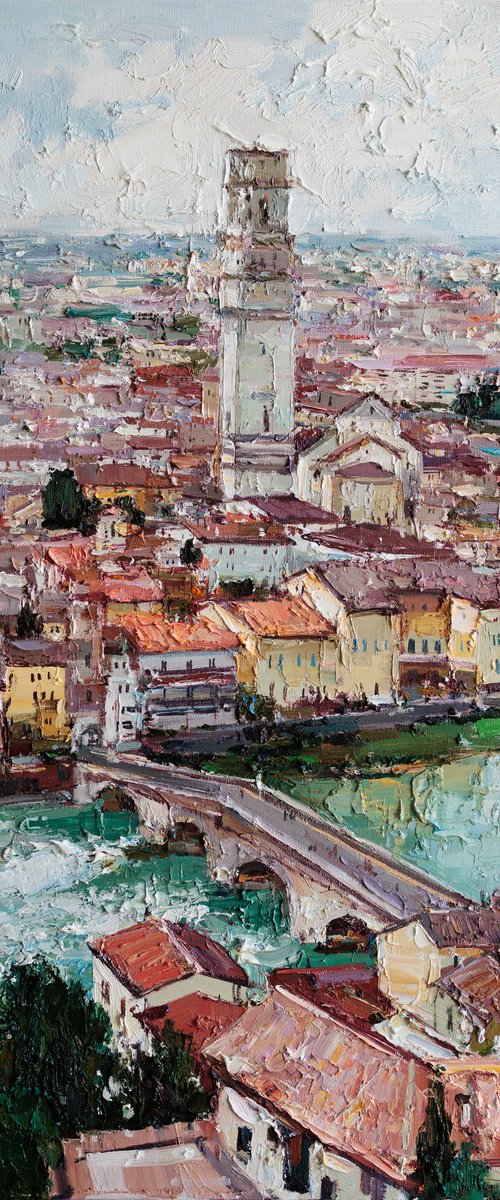
Anastasiia Valiulina
Oil painting
60 x 80cm
£1560
Arun Prem
Oil painting
46 x 61cm
Now £489
£652(-25%)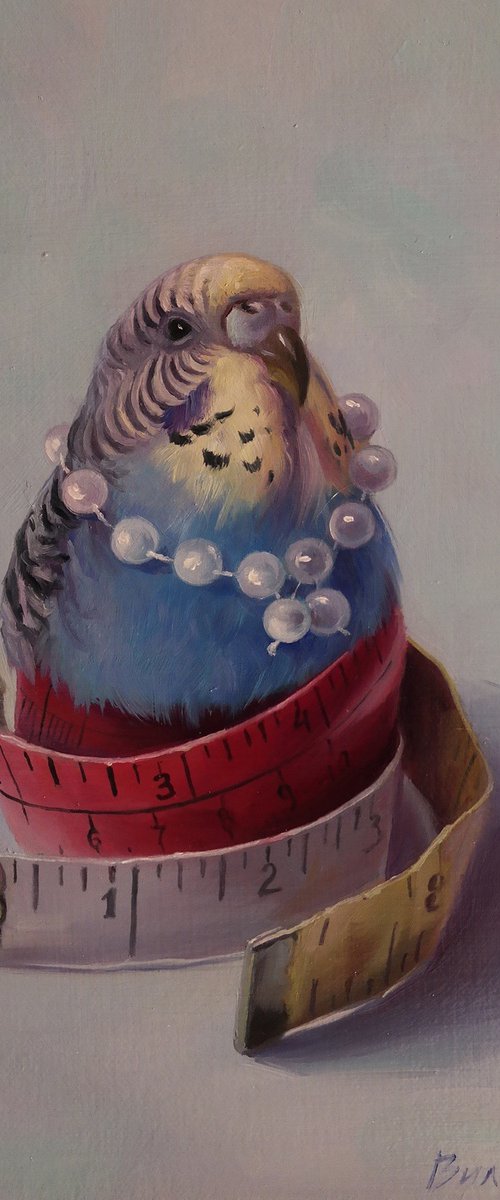
Lena Vylusk
Oil painting
20 x 25cm
£200
Ewa Czarniecka
Oil painting
80 x 80cm
£1500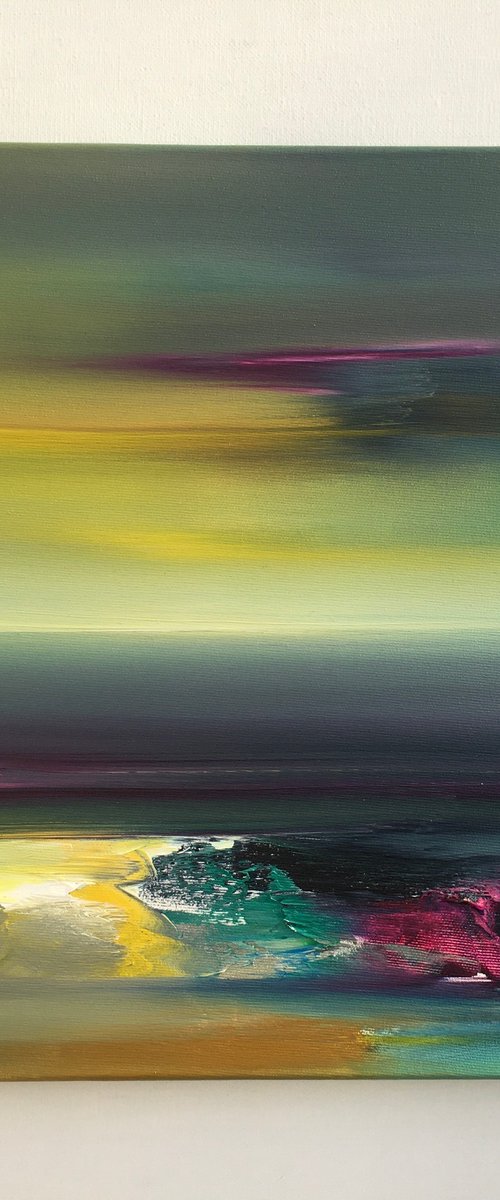
Beata Belanszky Demko
Oil painting
40 x 40cm
£345
Xuan Khanh Nguyen
Acrylic painting
70 x 70cm
Now £933
£1332(-30%)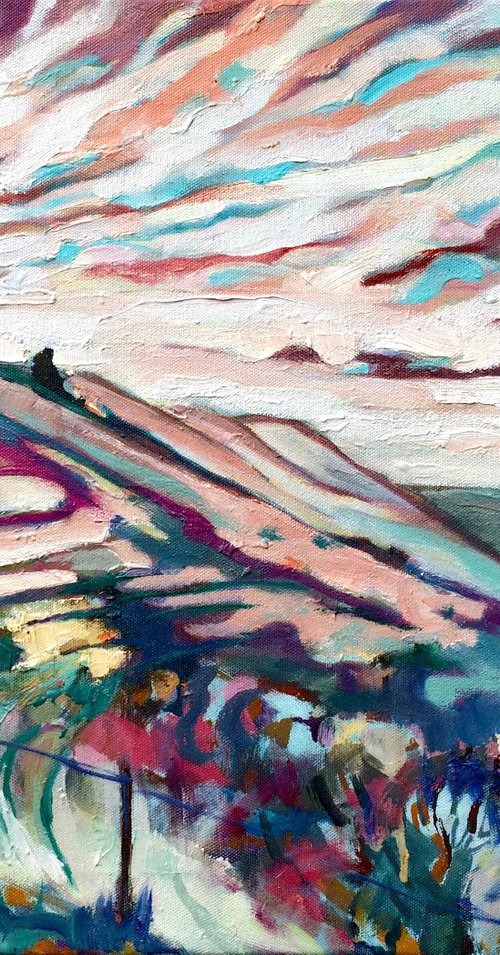
Guy Pickford
Oil painting
50 x 40cm
£220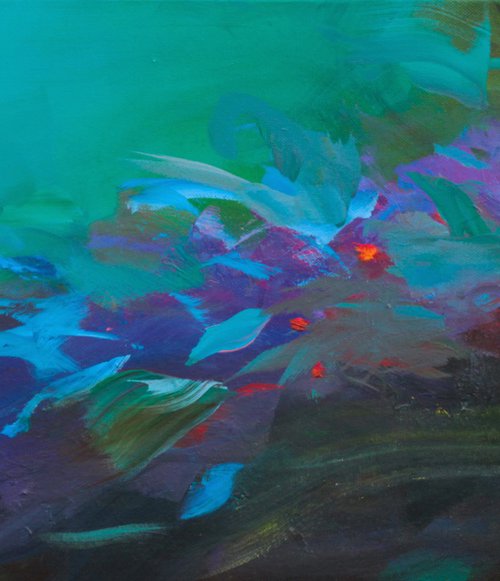
Ute Laum
Acrylic painting
60 x 30cm
£1127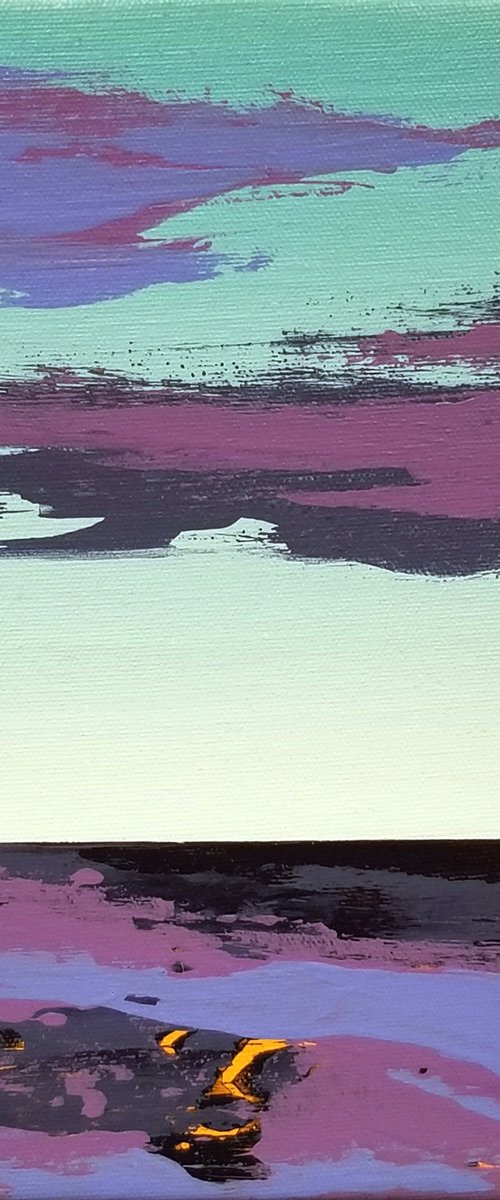
Chris Carbone
Acrylic painting
20 x 25cm
£202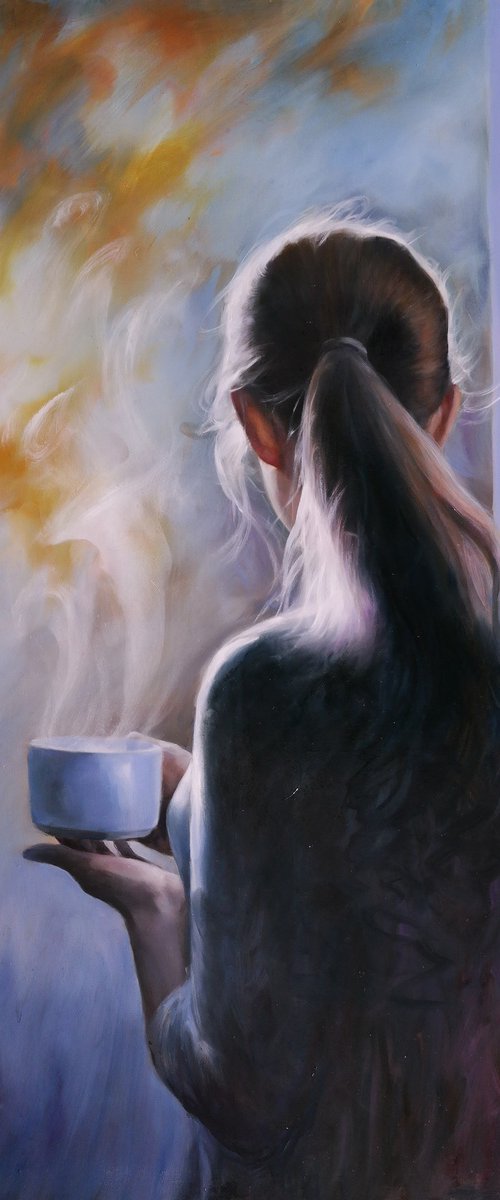
Gennady Vylusk
Oil painting
50 x 70cm
£350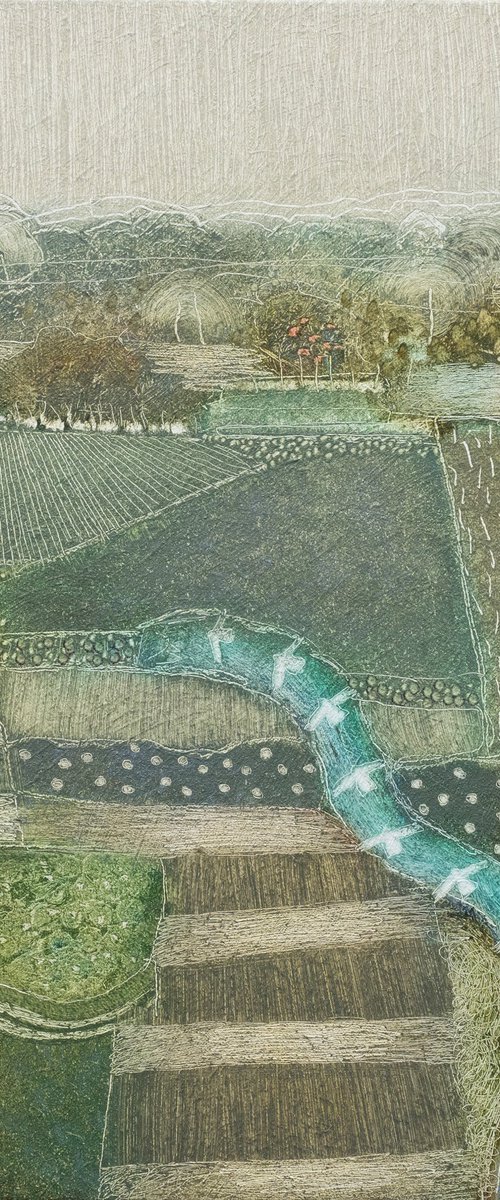
Rob van Hoek
Oil painting
54 x 54cm
£858
Ivan Grozdanovski
Acrylic painting
73 x 63cm
£1437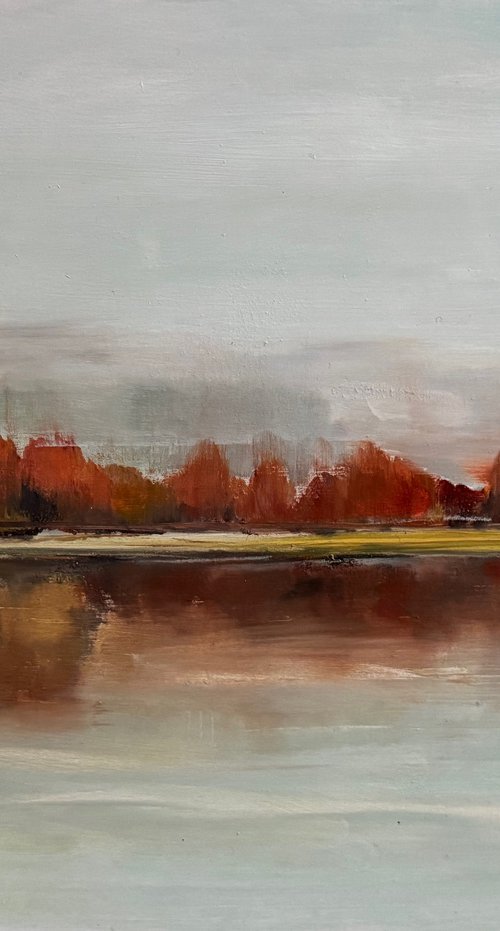
Lola Jovan
Oil painting
36 x 28cm
£222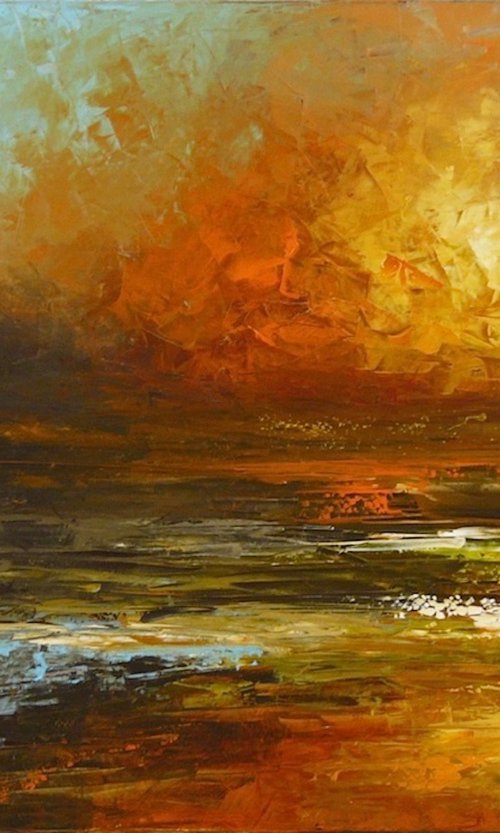
Kalpana Soanes
Oil painting
100 x 70cm
£1200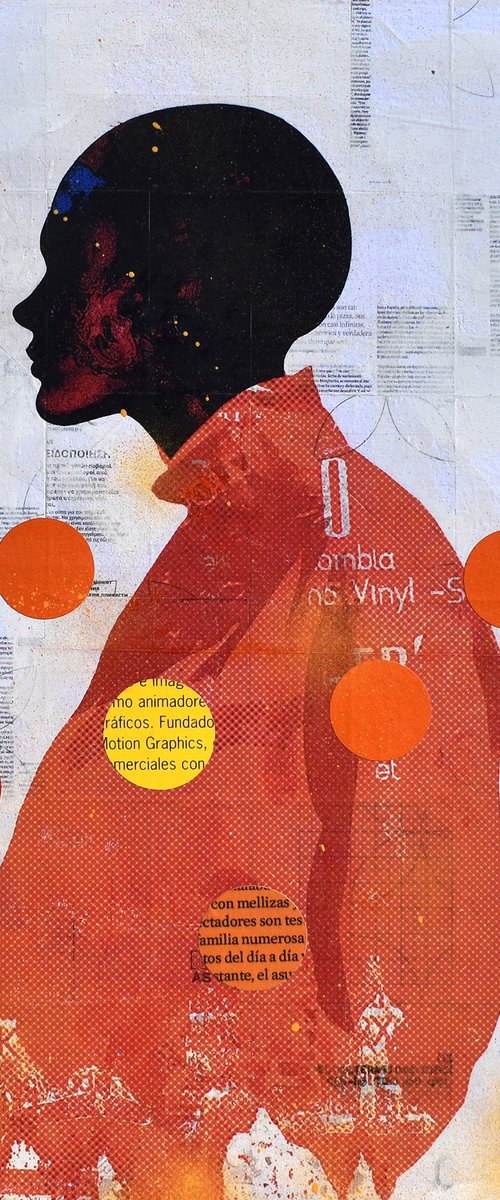
Manel Villalonga
Collage
60 x 60cm
£304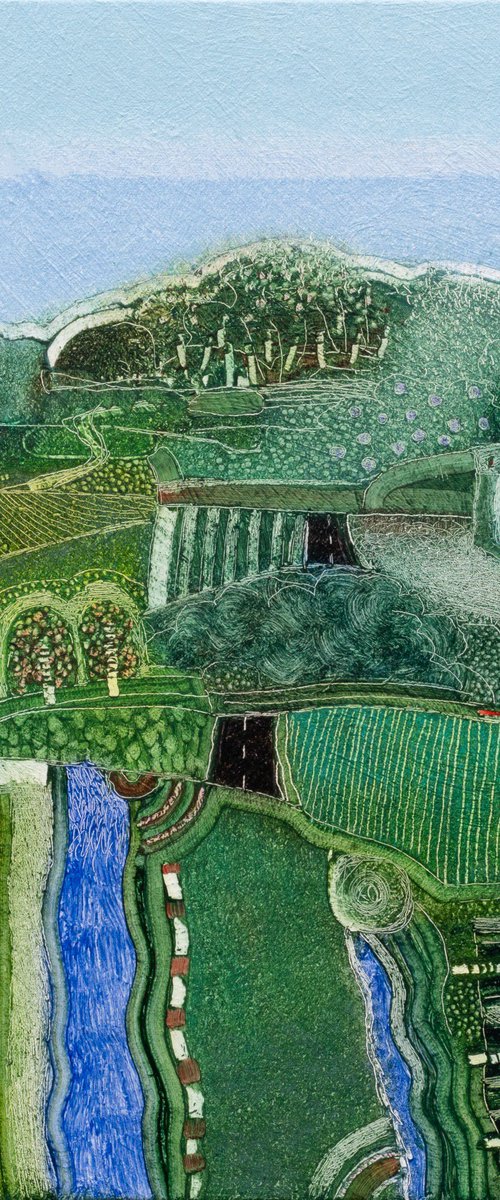
Rob van Hoek
Oil painting
54 x 54cm
£858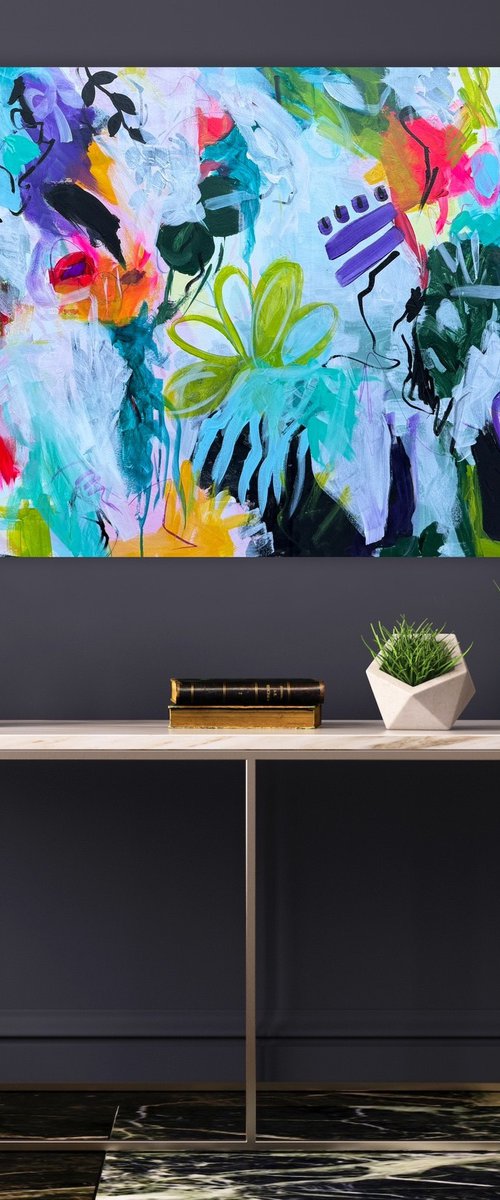
Veronica Vilsan
Acrylic painting
100 x 70cm
£607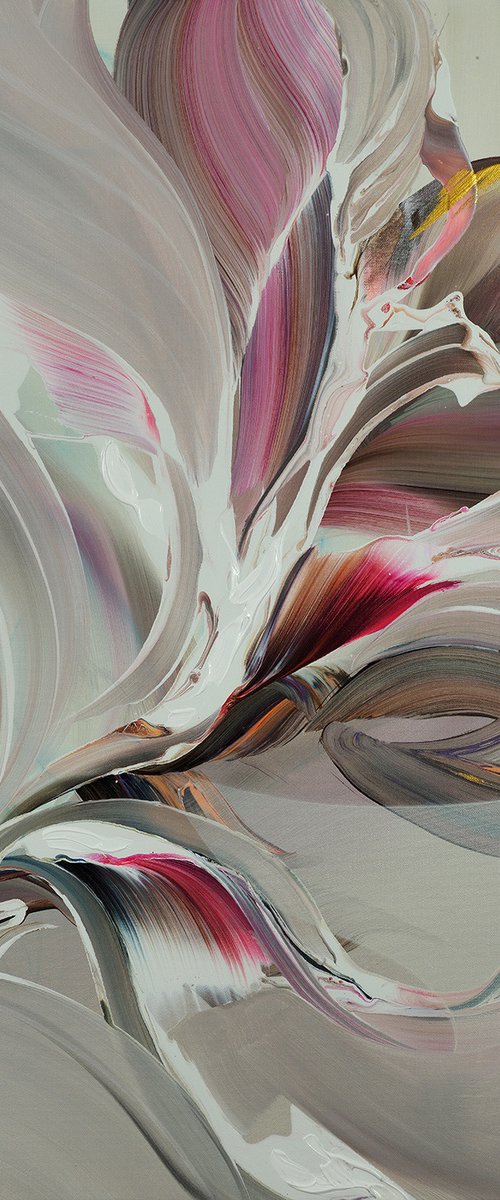
Novi Lim
Acrylic painting
91 x 91cm
£1850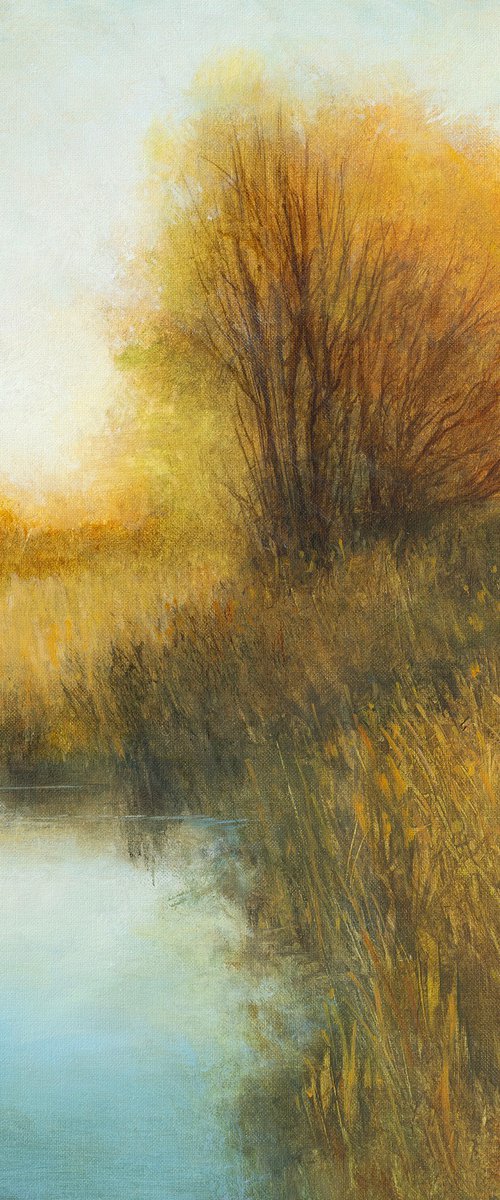
Don Bishop
Acrylic painting
30 x 41cm
£370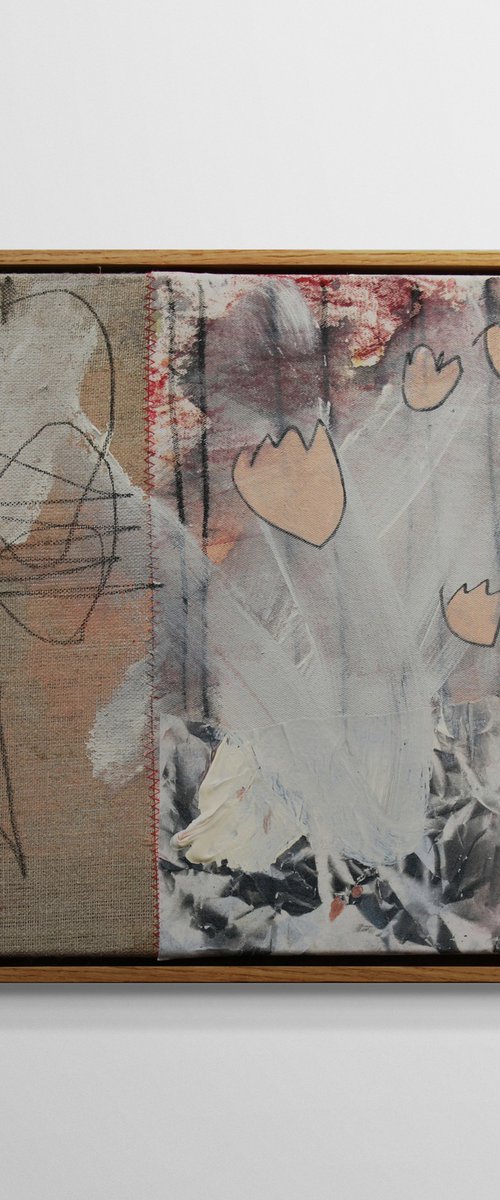
Daniela Schweinsberg
Mixed-media painting
32 x 32cm
£425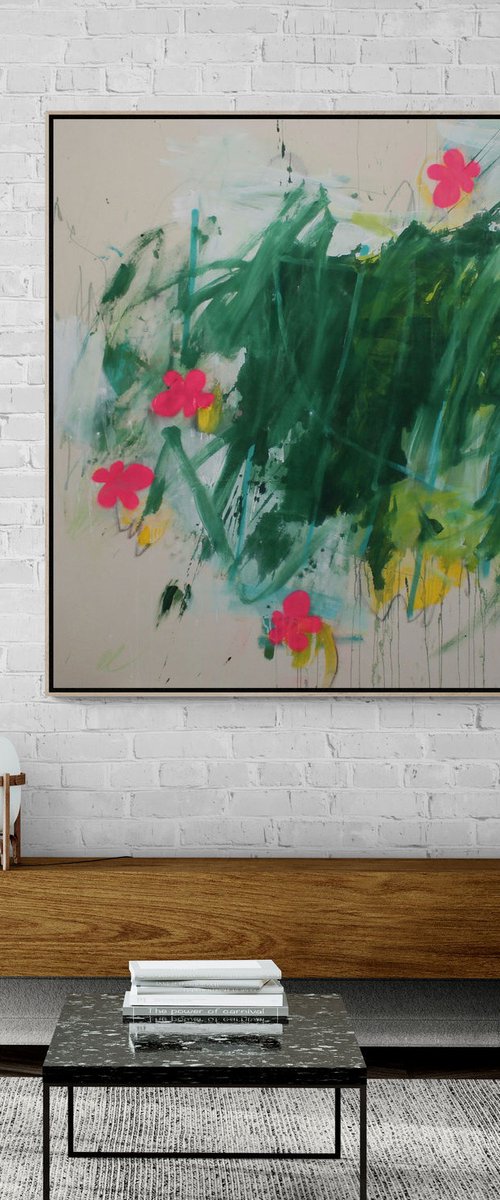
Daniela Schweinsberg
Mixed-media painting
150 x 150cm
£4367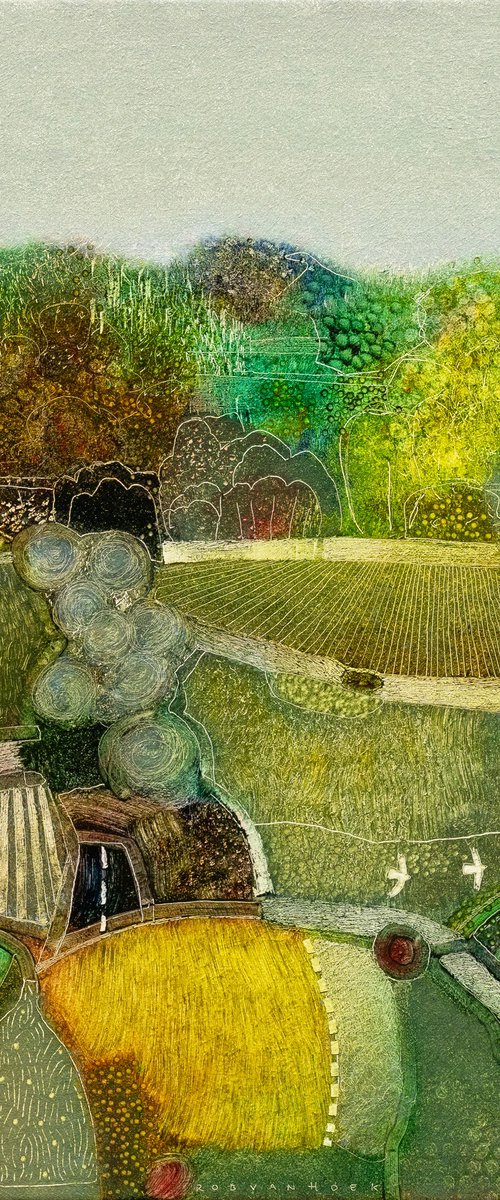
Rob van Hoek
Oil painting
70 x 70cm
£1517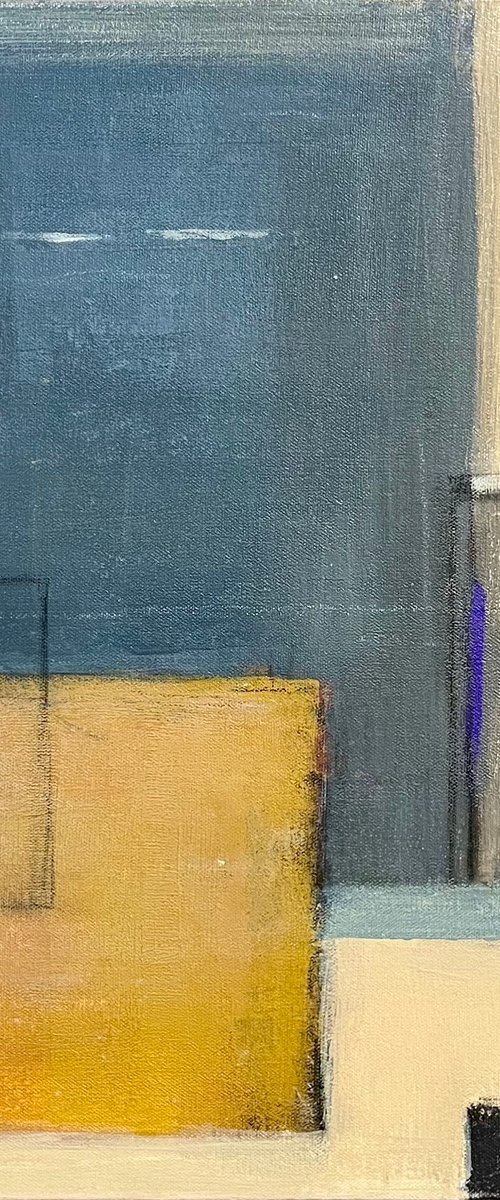
Shellie Garber
Acrylic painting
41 x 51cm
£407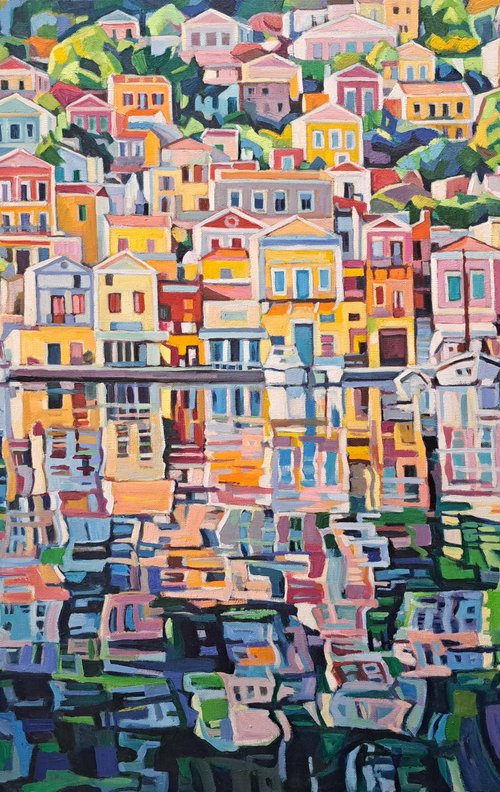
Maja Đokić Mihajlović
Oil painting
150 x 100cm
£11840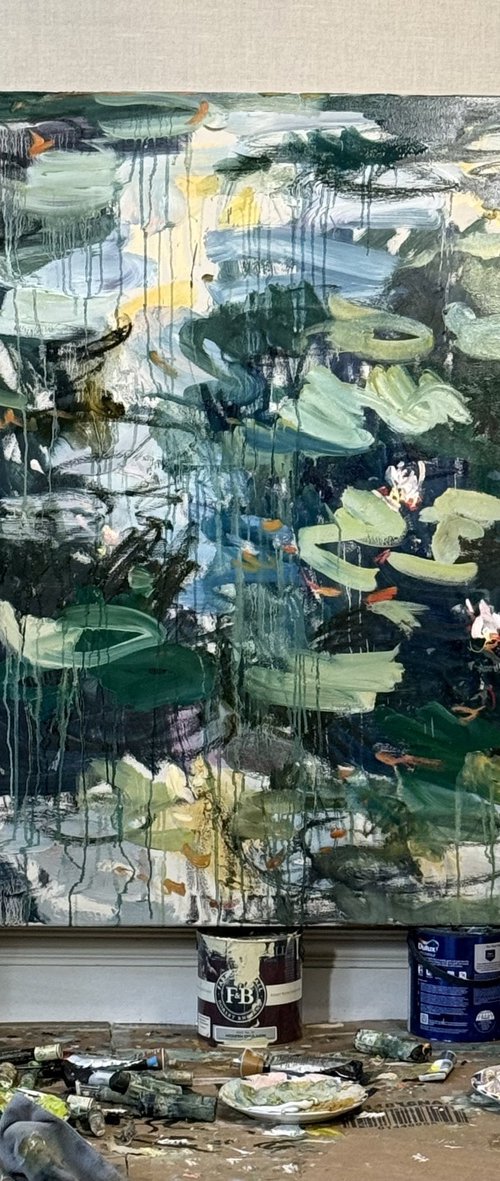
Lilia Orlova-Holmes
Oil painting
150 x 120cm
Now £6800
£8500(-20%)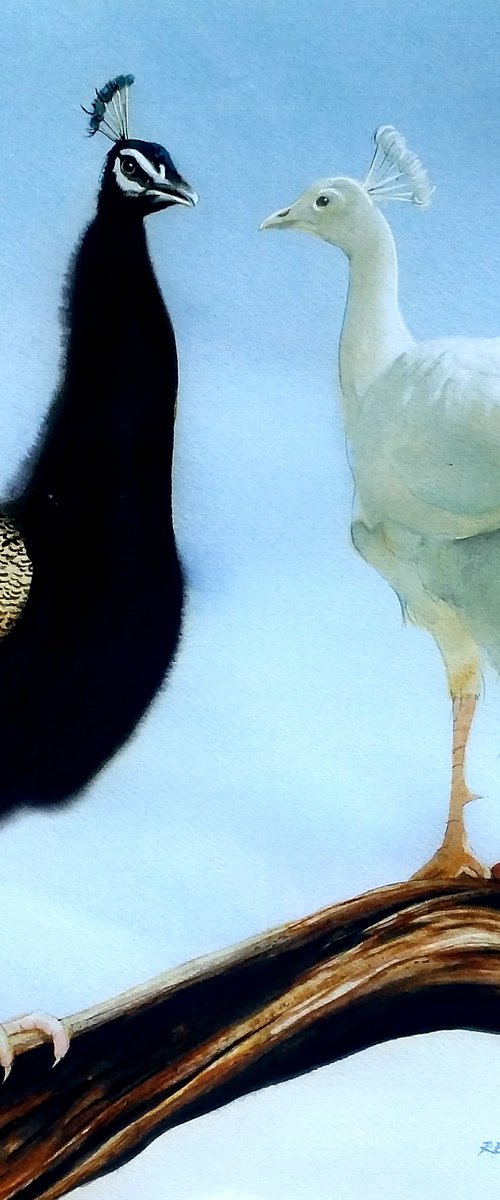
REME Jr.
Watercolour
43 x 43cm
£330
Ronald Hunter
Acrylic painting
160 x 80cm
£866
Peter Nottrott
Acrylic painting
155 x 105cm
£2158
Maja Đokić Mihajlović
Oil painting
40 x 30cm
£443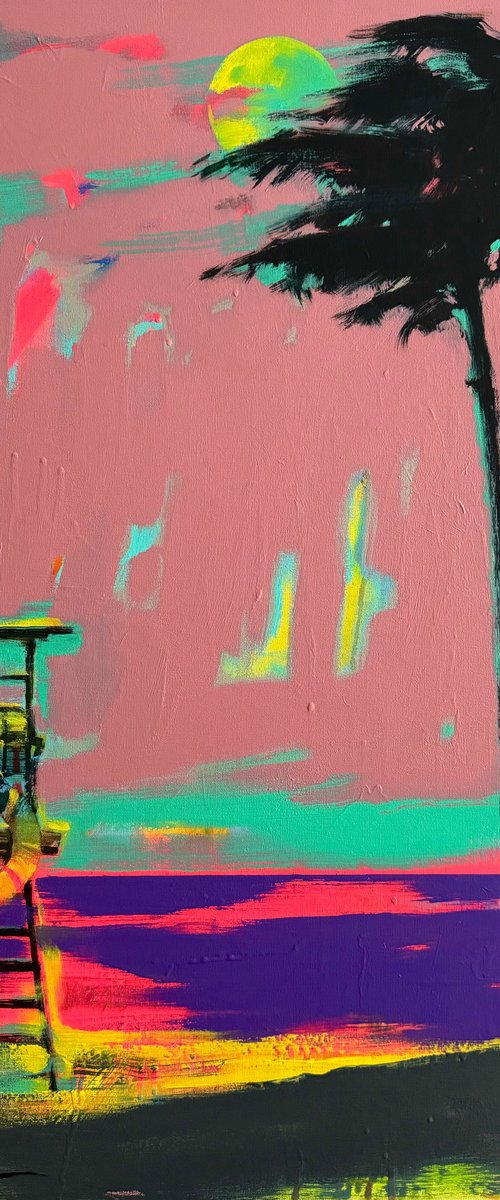
Yaroslav Yasenev
Acrylic painting
60 x 80cm
£1200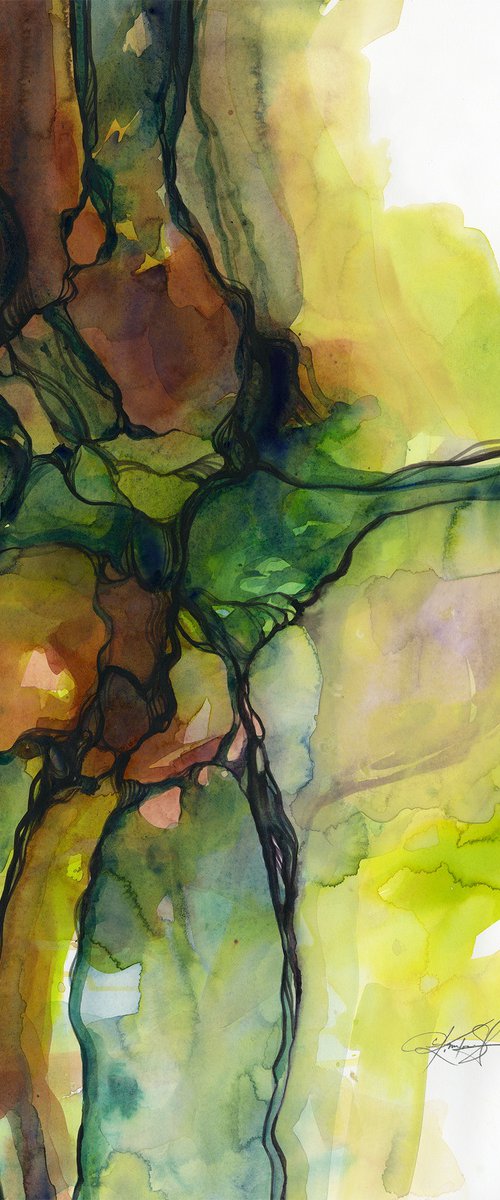
Kathy Morton Stanion
Watercolour
46 x 60cm
£592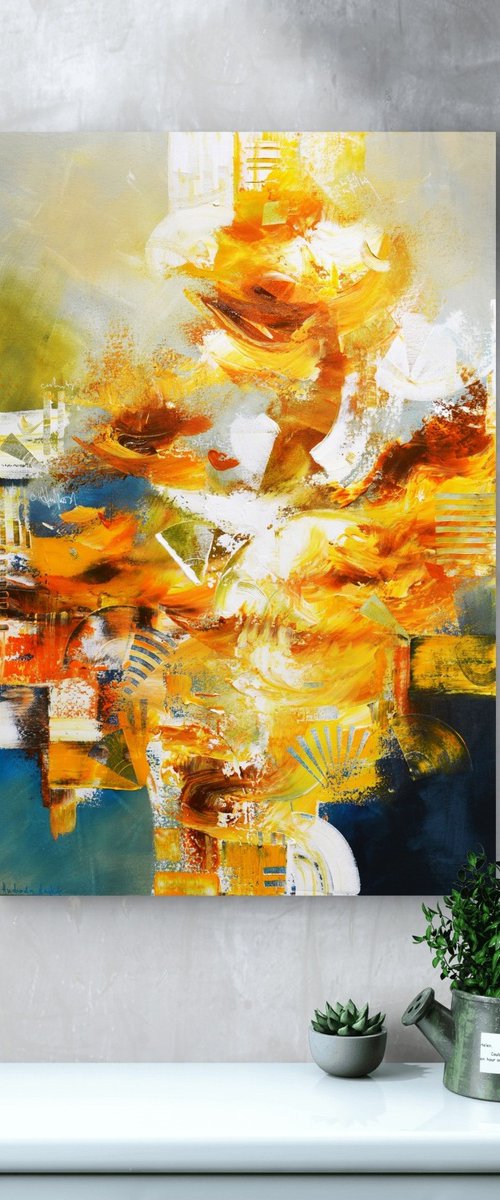
Andrada Anghel
Acrylic painting
61 x 91cm
£537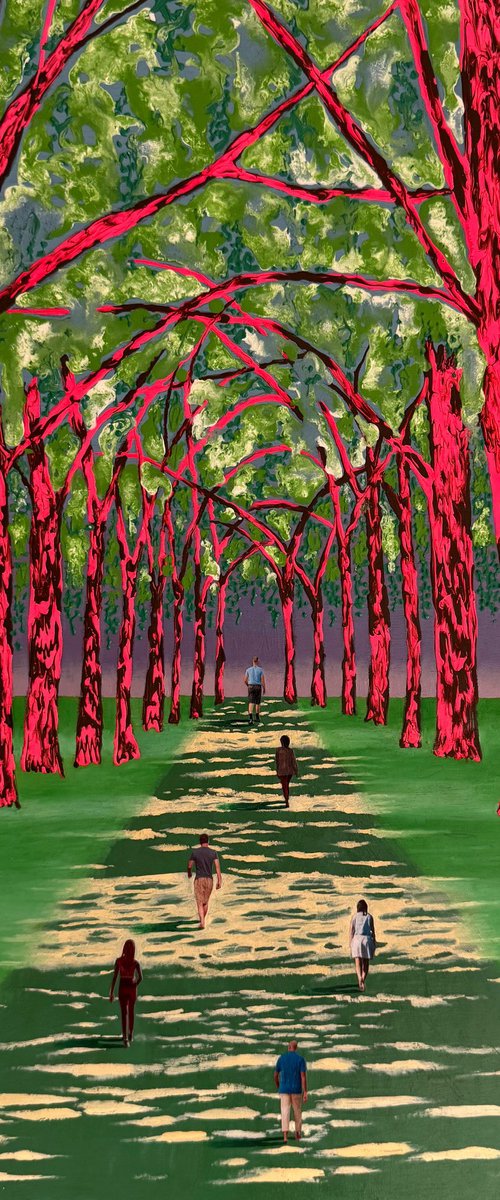
Stefano Pallara
Mixed-media painting
52 x 55cm
Now £285
£380(-25%)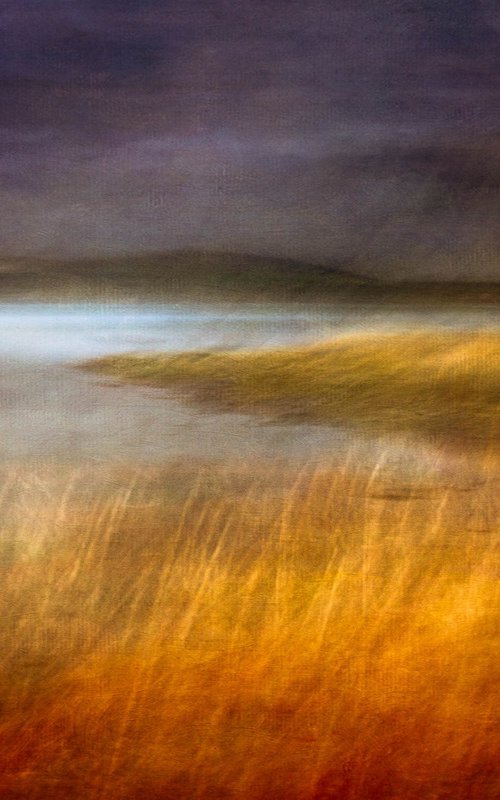
Lynne Douglas
Photograph
163 x 112cm
£750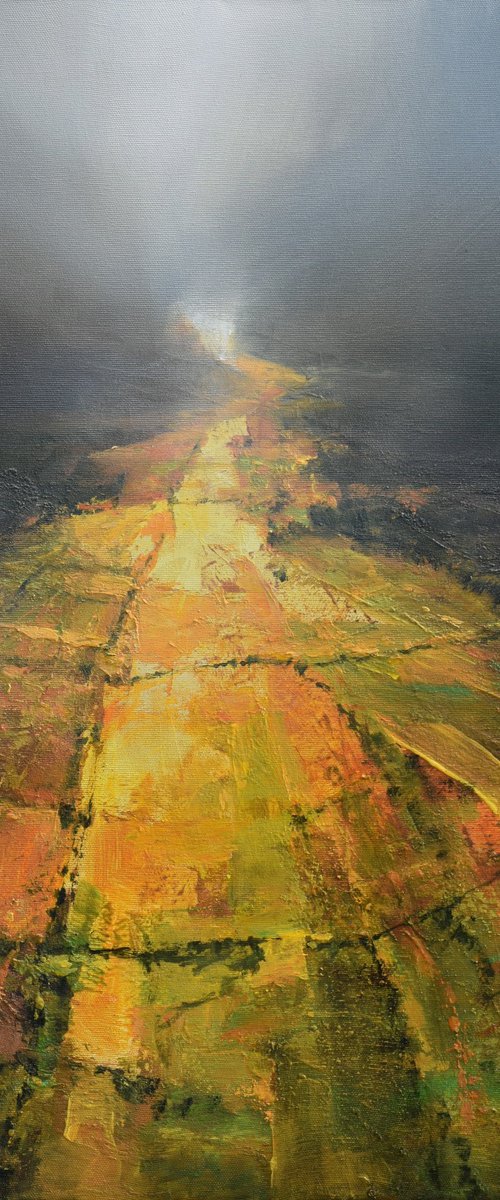
Ivan Grozdanovski
Acrylic painting
53 x 73cm
£798
Paul Cheng
Acrylic painting
61 x 76cm
£666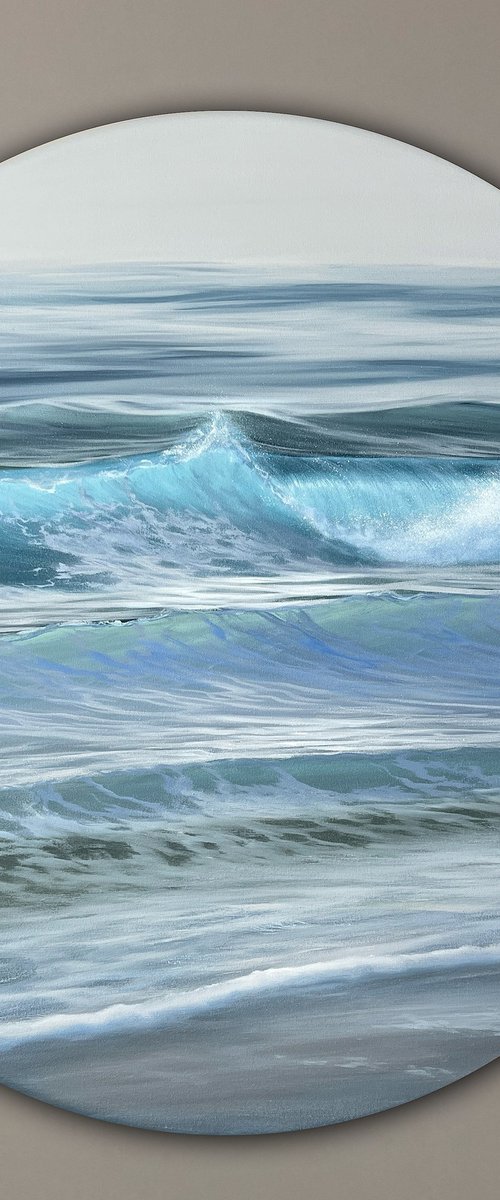
Eva Volf
Oil painting
91 x 91cm
£2072
Nemanja Nikolic
Acrylic painting
150 x 180cm
£3240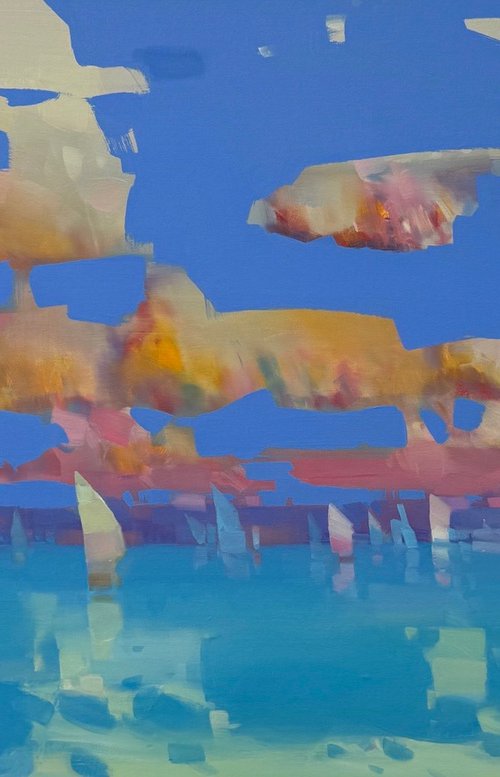
Vahe Yeremyan
Oil painting
112 x 74cm
£2220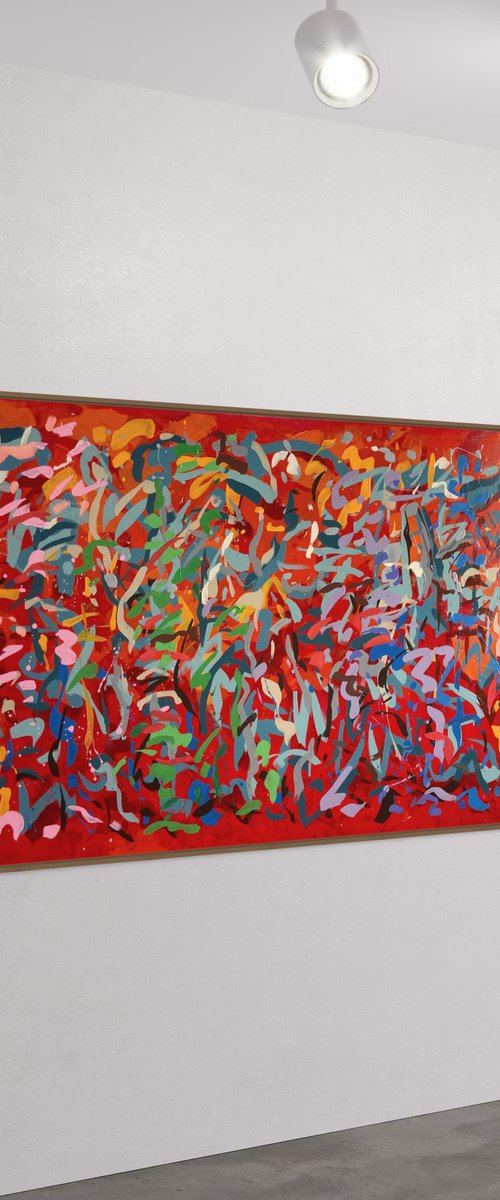
George Hall
Acrylic painting
170 x 94cm
£4292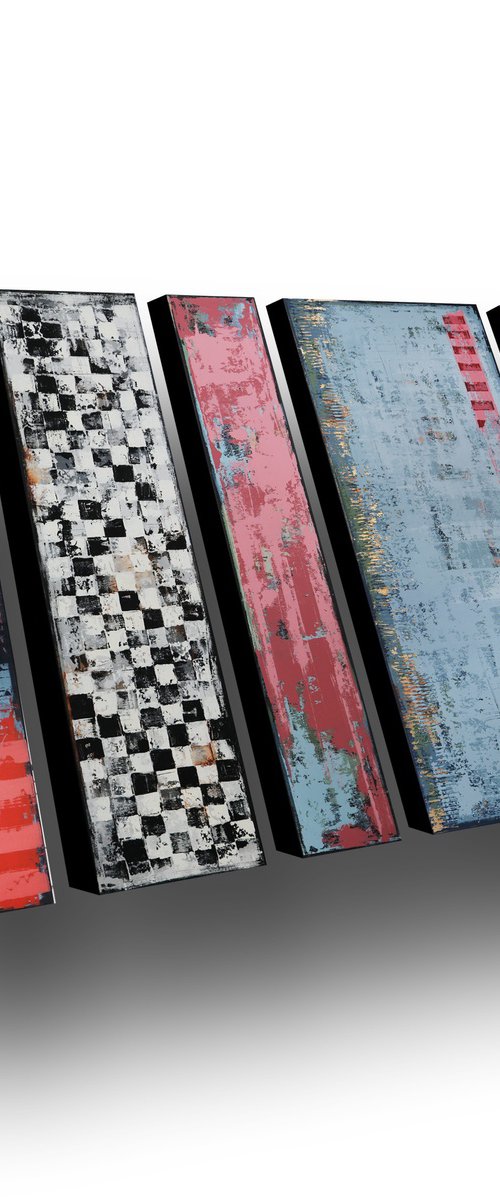
Inez Froehlich
Acrylic painting
160 x 120cm
£1257
Guy Pickford
Oil painting
32 x 32cm
£200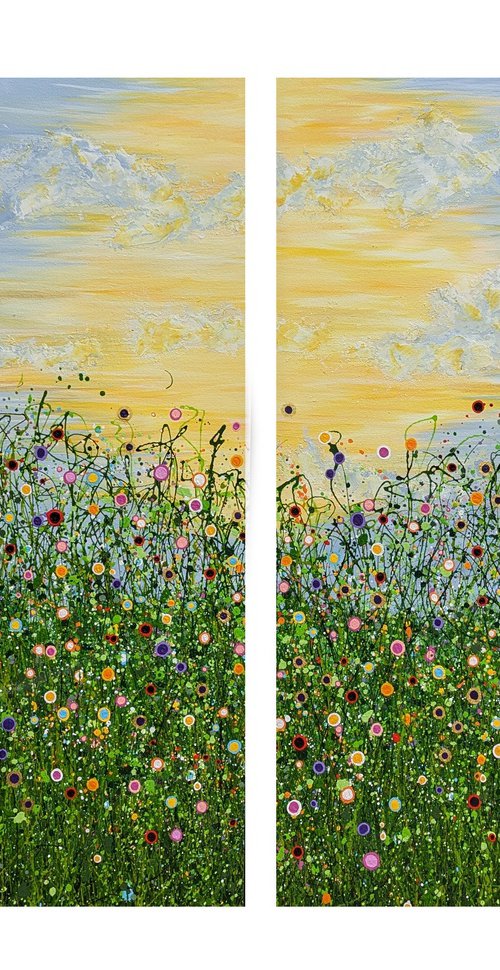
Lucy Moore
Acrylic painting
120 x 97cm
£1300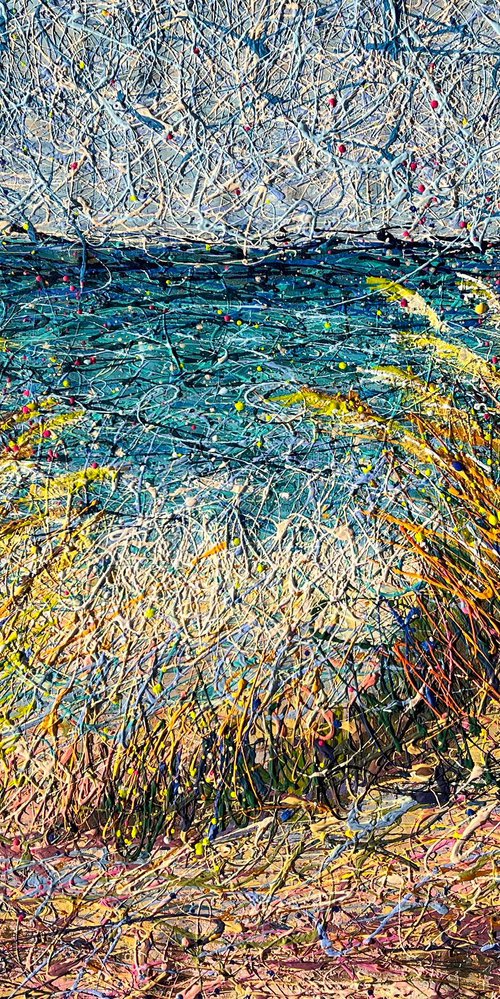
Nadiia Antoniuk
Acrylic painting
120 x 95cm
Now £2253
£2816(-20%)
Alexandra Dobreikin
Acrylic painting
210 x 100cm
£962
Oleksii Vylusk
Oil painting
89 x 69cm
£650
Veronika Obushikhina
Acrylic painting
50 x 61cm
£564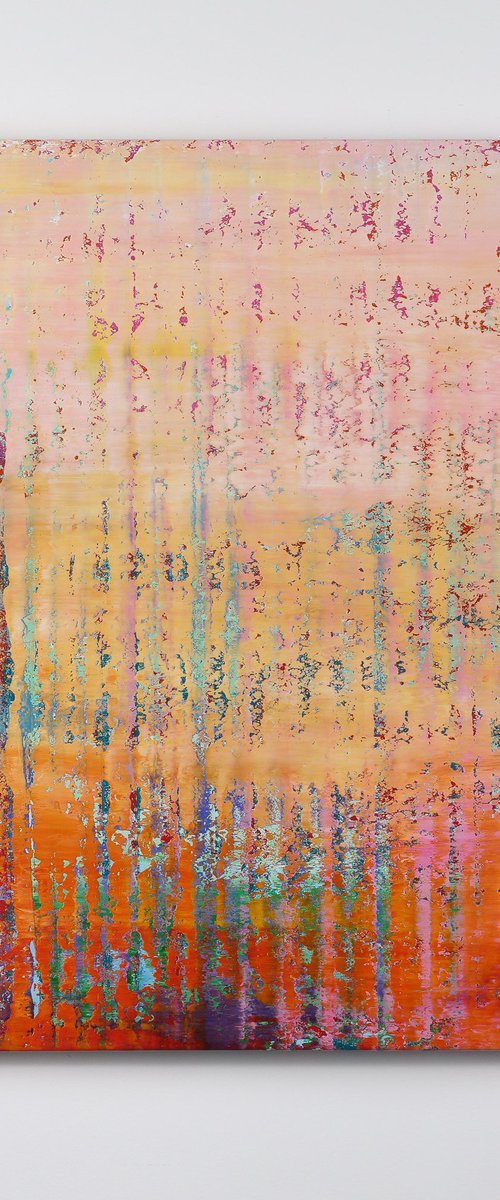
Vadim Shamanov
Oil painting
58 x 79cm
£520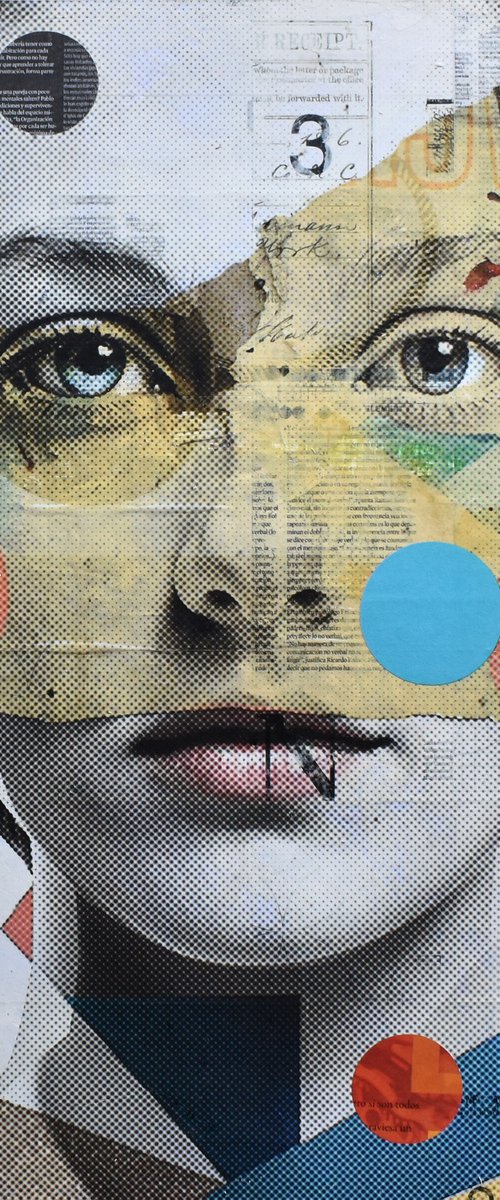
Manel Villalonga
Collage
60 x 60cm
£304
Lana Frey
Mixed-media painting
20 x 30cm
£304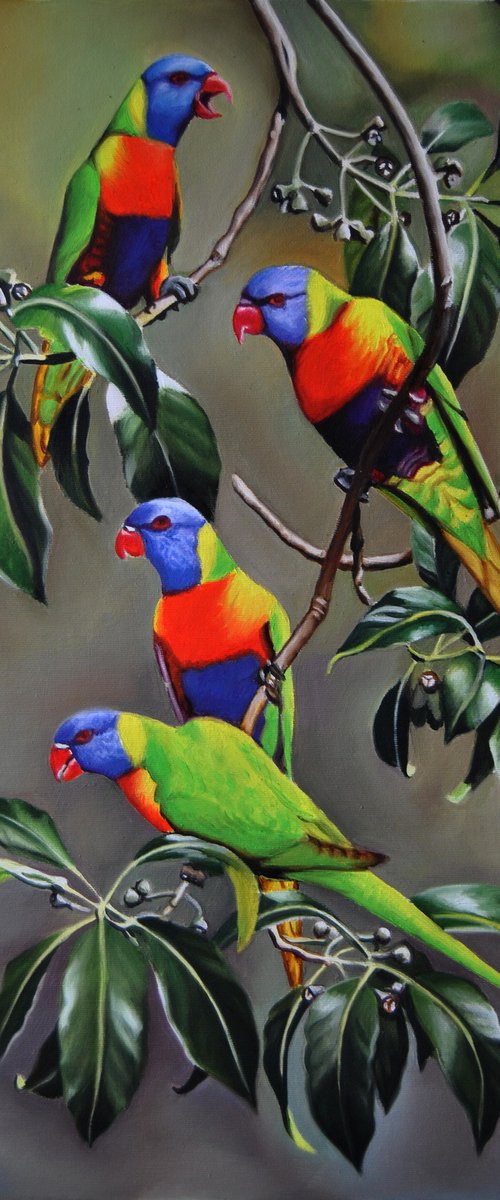
Simona Tsvetkova
Oil painting
35 x 60cm
£500
Steven Page Prewitt
Oil painting
102 x 76cm
£1366
Peter Nottrott
Acrylic painting
200 x 100cm
£2417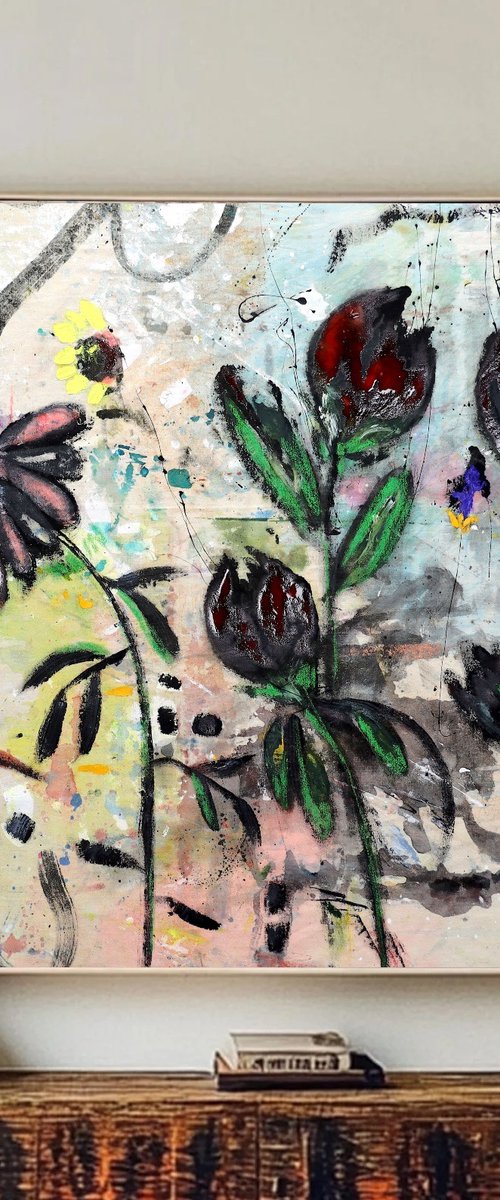
Poovi Art
Mixed-media painting
109 x 119cm
Now £800
£888(-10%)
Cecilia Frigati
Acrylic painting
99 x 174cm
£2556
Lana Guise
Acrylic painting
160 x 80cm
£1577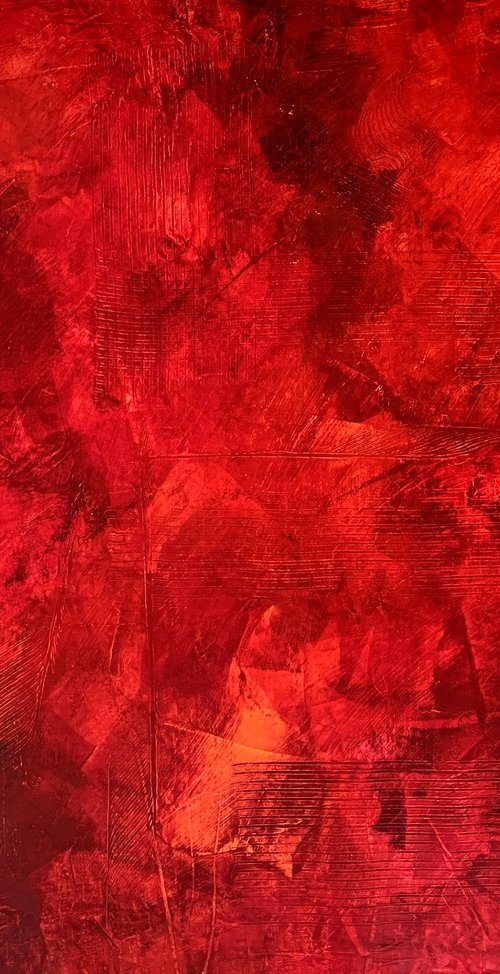
Anita Kaufmann
Acrylic painting
100 x 80cm
£858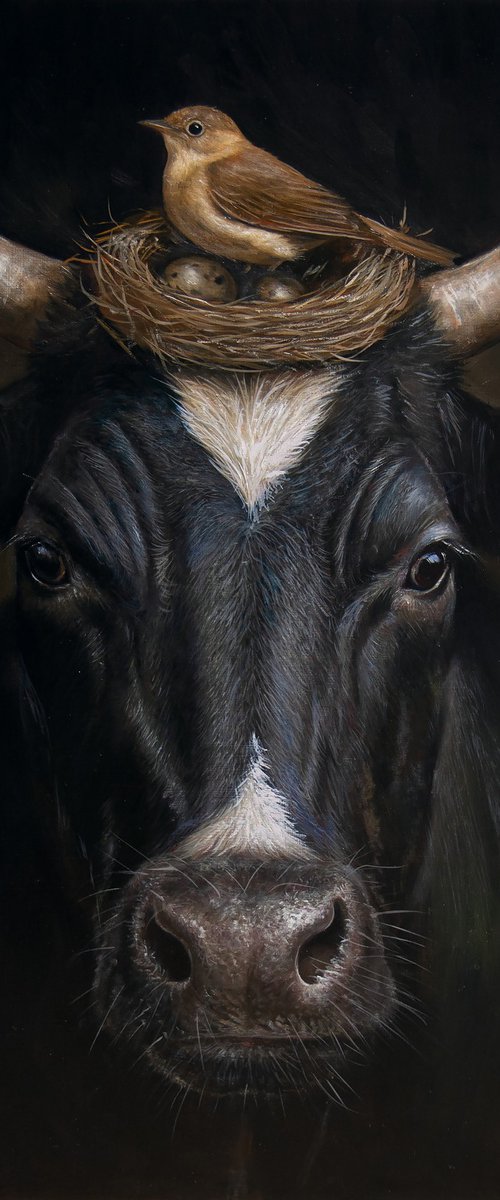
Mayrig Simonjan
Oil painting
40 x 50cm
£3639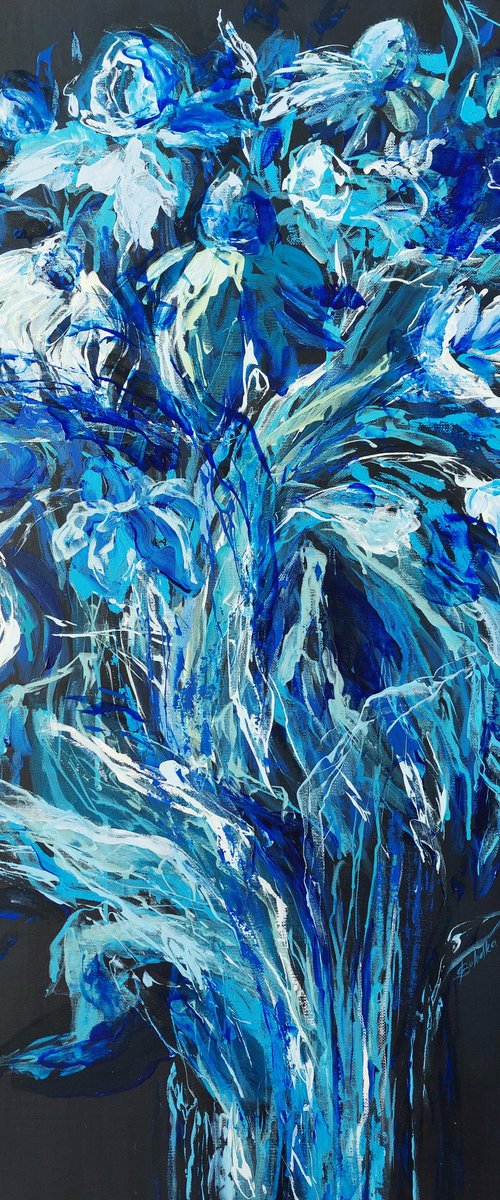
Katia Solodka
Acrylic painting
60 x 90cm
£1170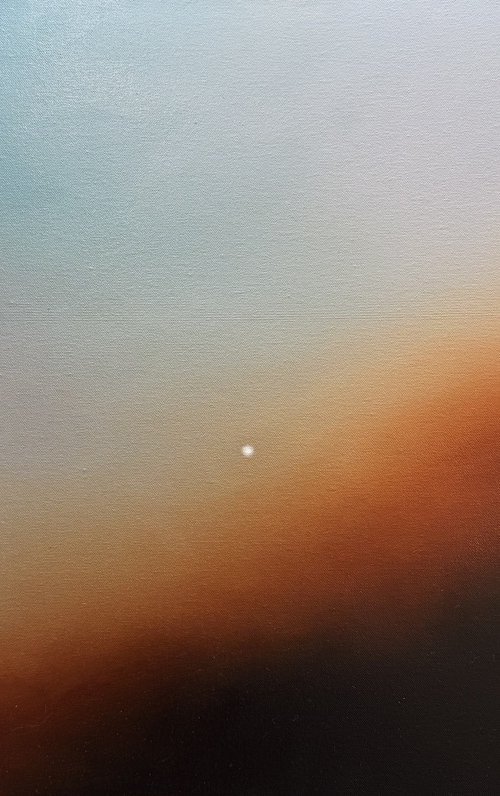
Jonesy
Oil painting
92 x 61cm
£825
Johnny Popkess
Oil painting
50 x 50cm
£2000
Shellie Garber
Acrylic painting
76 x 76cm
£1036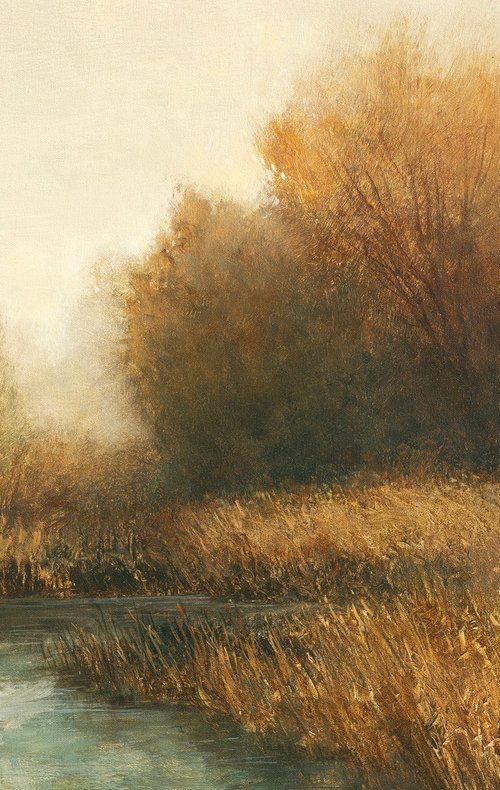
Don Bishop
Acrylic painting
76 x 51cm
£1480
Philippa Headley
Oil painting
33 x 43cm
£345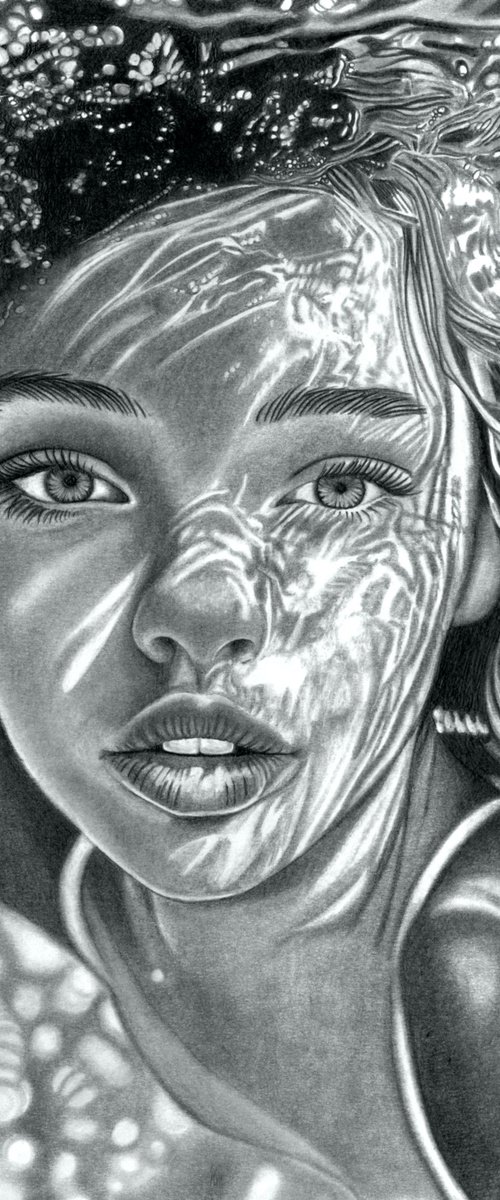
Paul Stowe
Pencil drawing
33 x 52cm
Now £563
£750(-25%)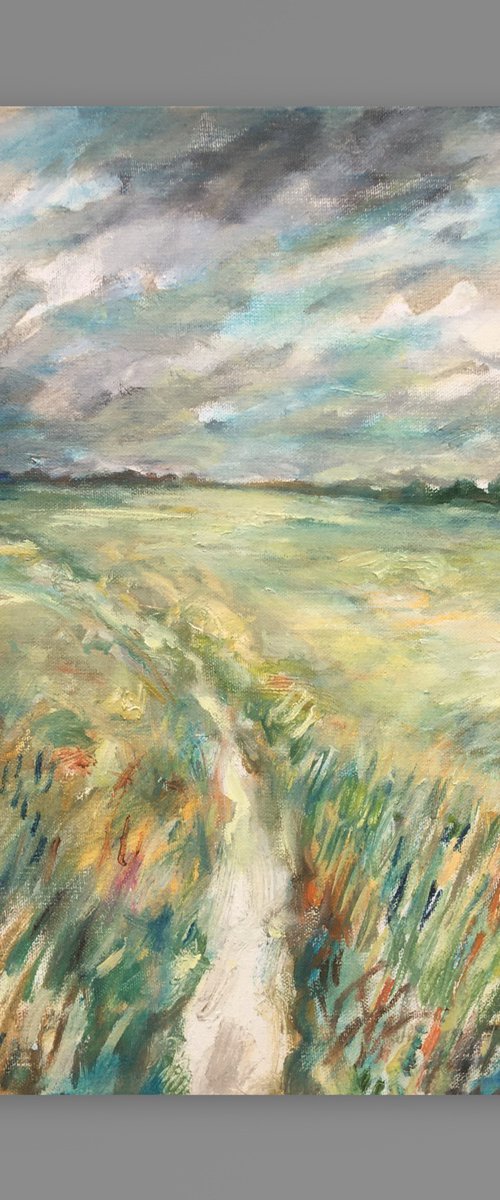
Guy Pickford
Oil painting
36 x 46cm
£230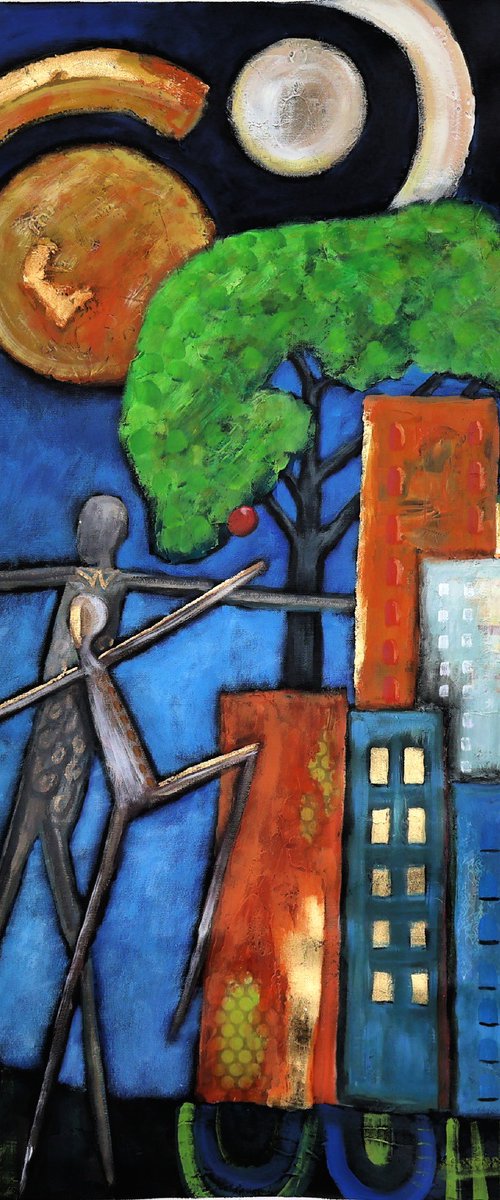
Mariann Johansen-Ellis
Acrylic painting
62 x 98cm
£486
Paul Cheng
Acrylic painting
61 x 61cm
£592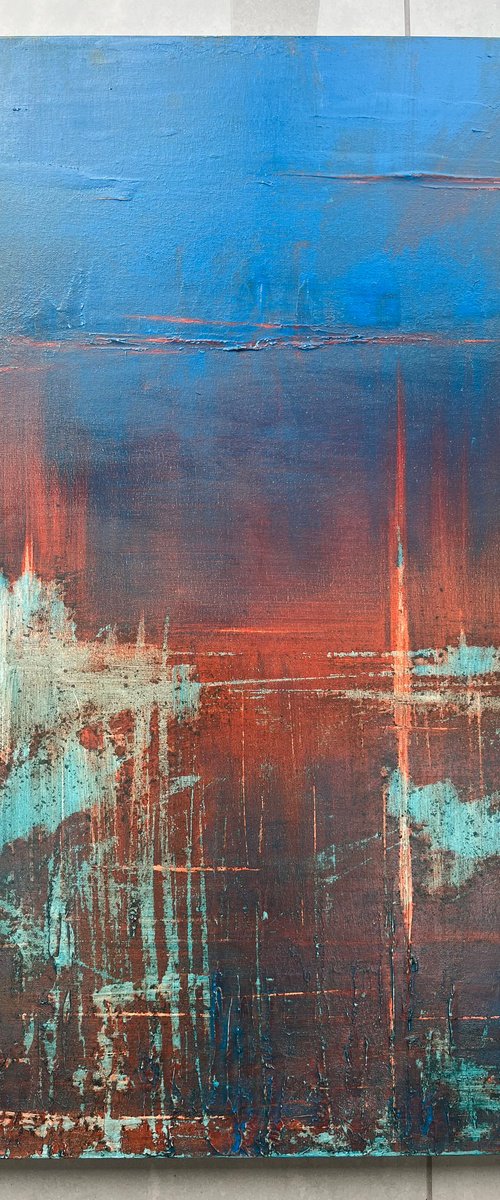
Suzanne Williams
Acrylic painting
61 x 92cm
£625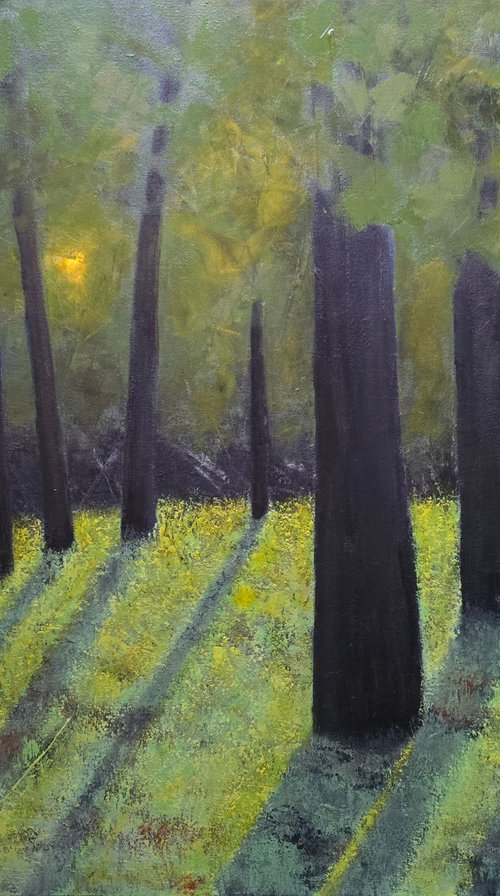
Faith Patterson
Oil painting
122 x 91cm
£1480
Tatiana Georgieva
Acrylic painting
100 x 100cm
£1406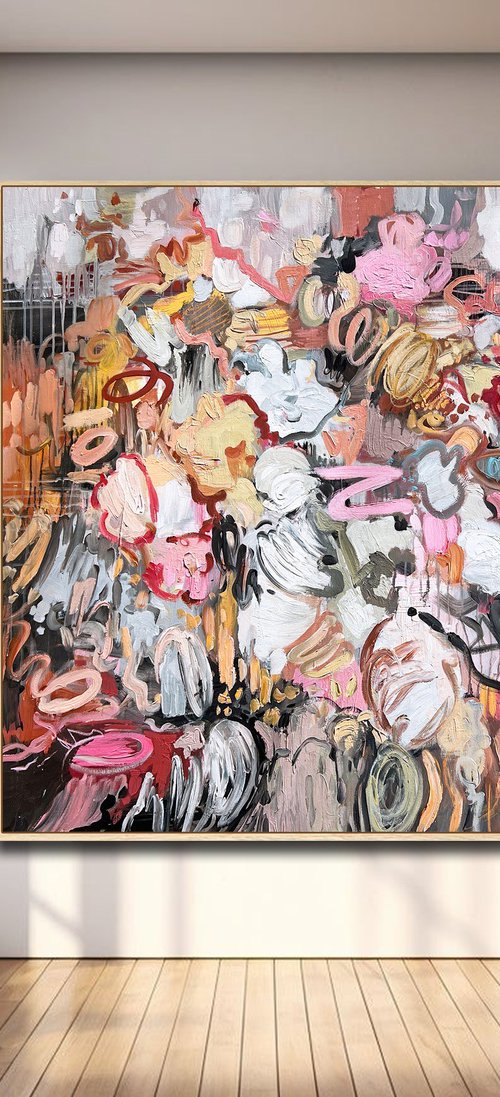
Lana Guise
Acrylic painting
124 x 124cm
£3379
Stanislav Lazarov
Oil painting
40 x 20cm
£278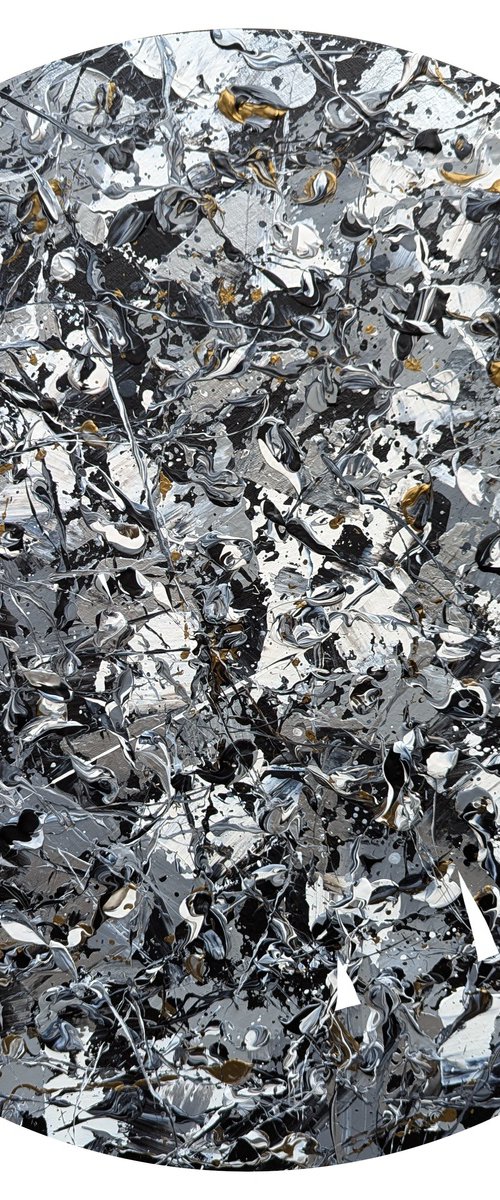
Lucy Moore
Acrylic painting
60 x 60cm
Now £384
£480(-20%)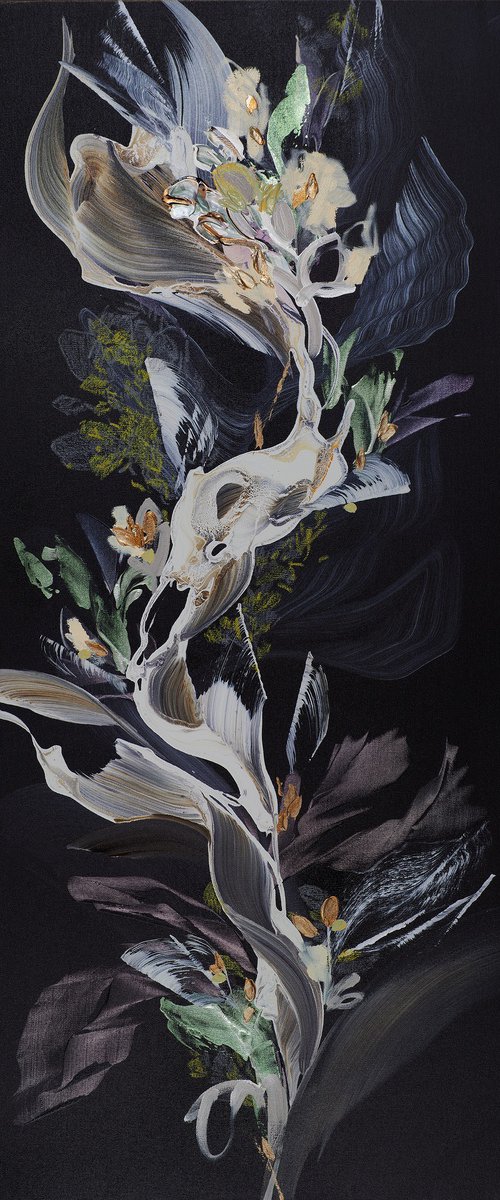
Novi Lim
Acrylic painting
122 x 61cm
£1850
Ronald Hunter
Acrylic painting
90 x 90cm
£953
Marisa Añón
Mixed-media painting
43 x 53cm
£347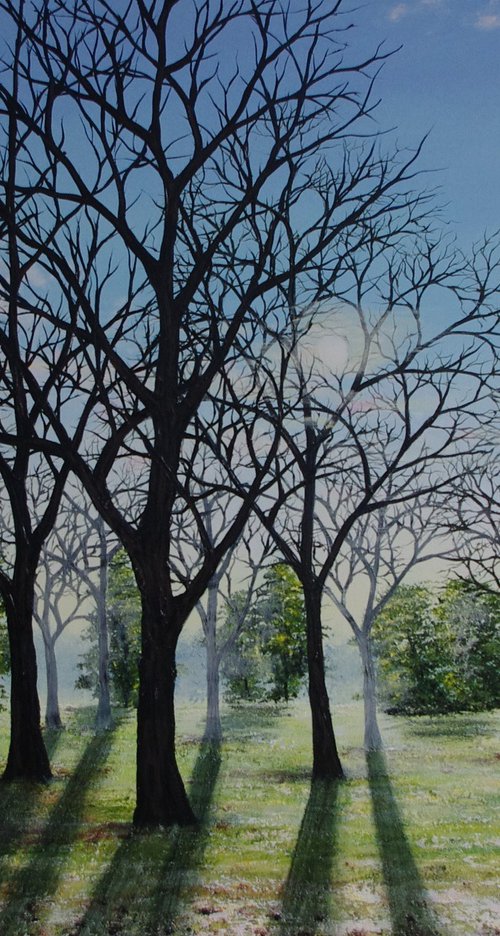
Hazel Thomson
Oil painting
91 x 71cm
£1400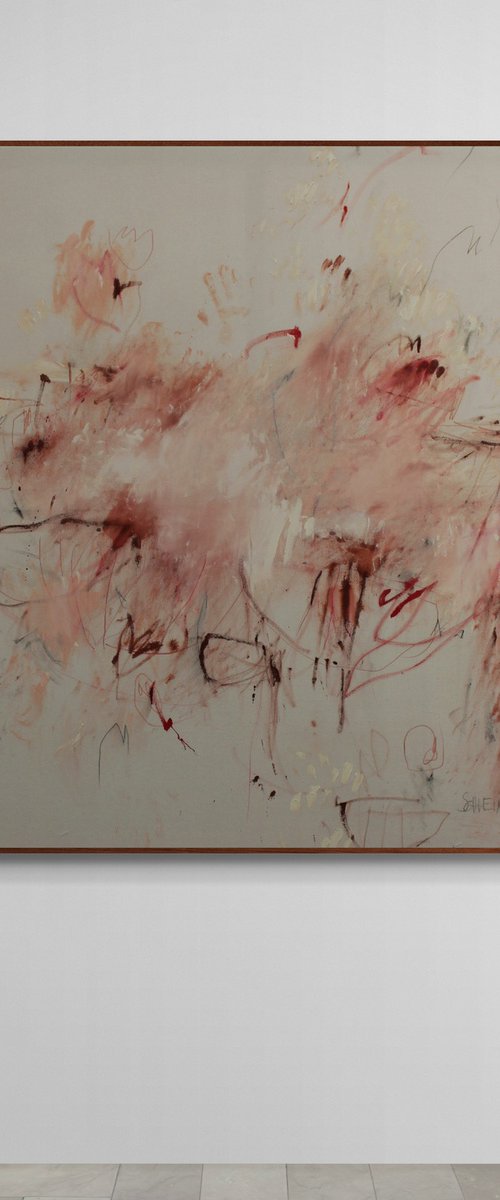
Daniela Schweinsberg
Mixed-media painting
140 x 140cm
£3959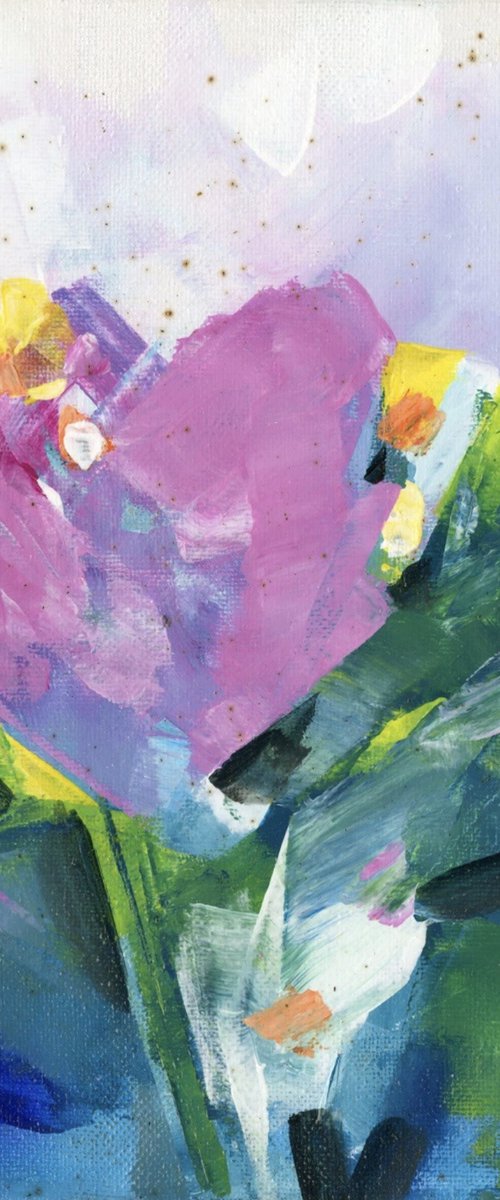
Kathy Morton Stanion
Acrylic painting
20 x 25cm
£200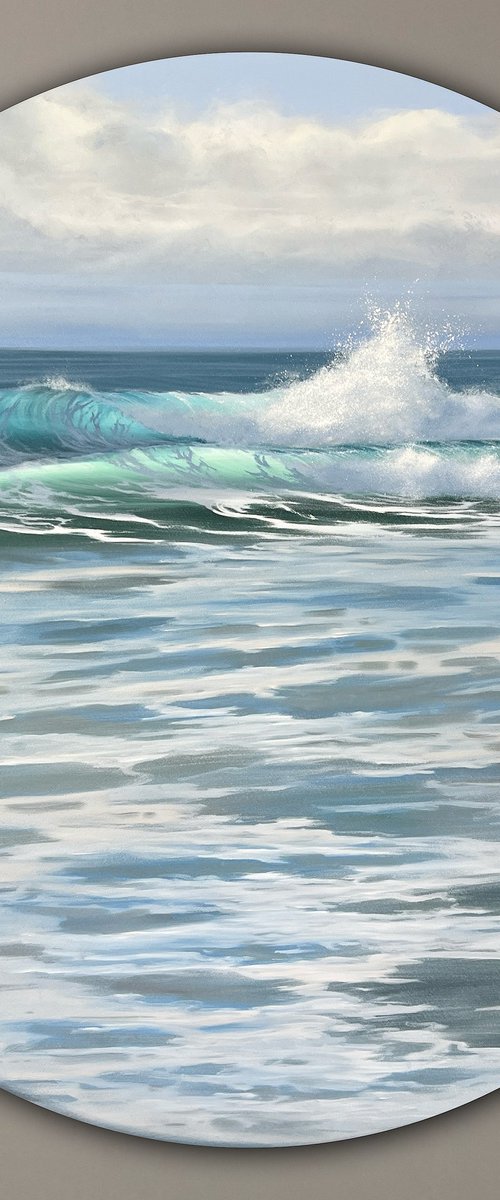
Eva Volf
Oil painting
117 x 117cm
£3108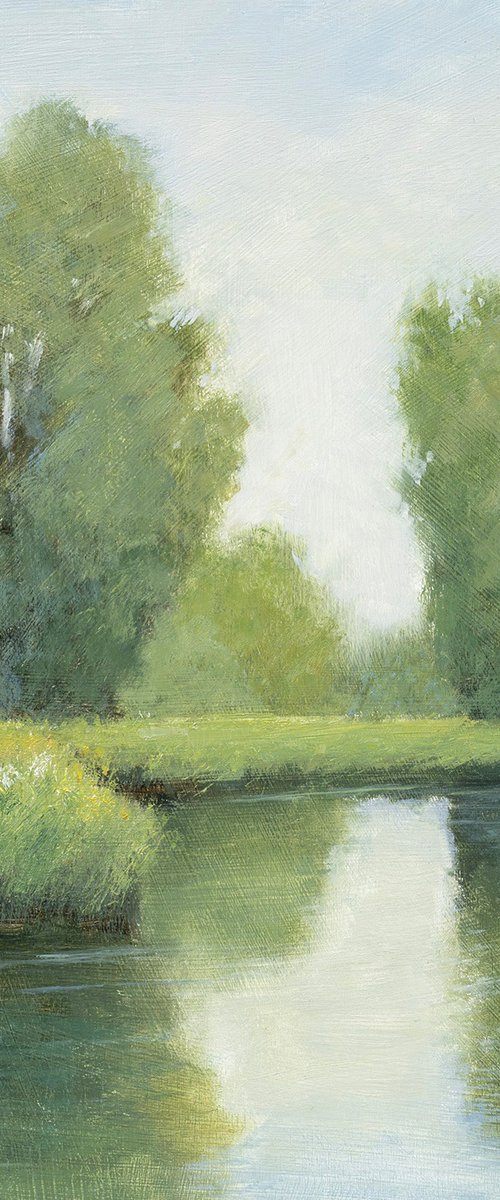
Don Bishop
Oil painting
30 x 30cm
£296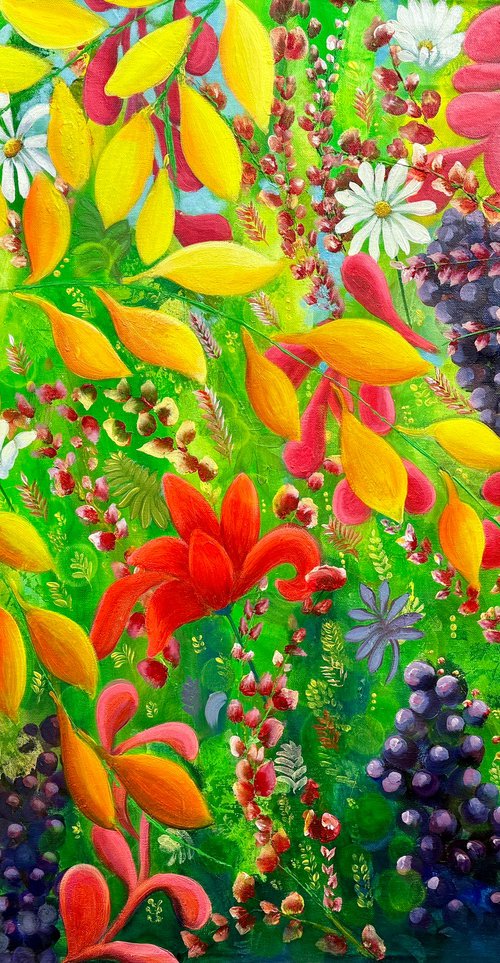
Emma Sian Pritchard
Acrylic painting
102 x 81cm
Now £1200
£1500(-20%)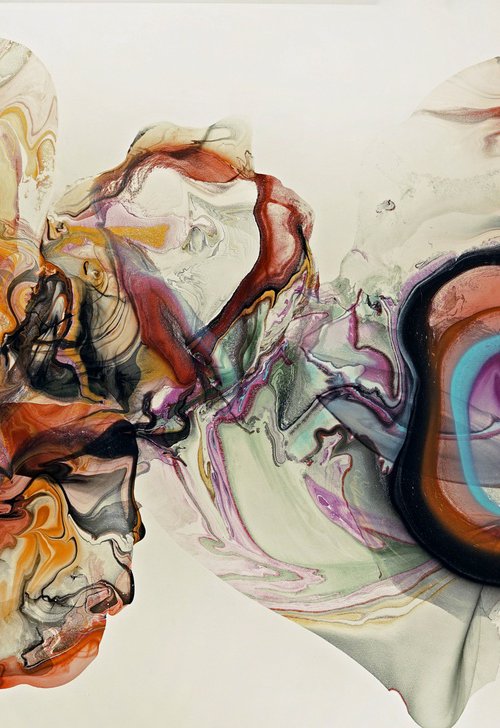
Fintan Whelan
Oil painting
200 x 120cm
£5458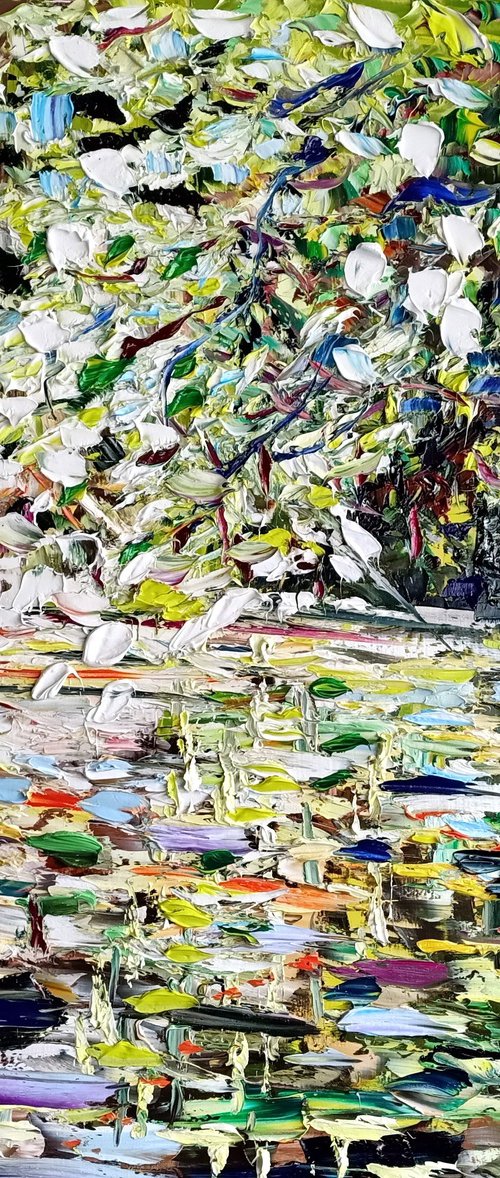
Antonino Puliafico
Oil painting
105 x 95cm
£2253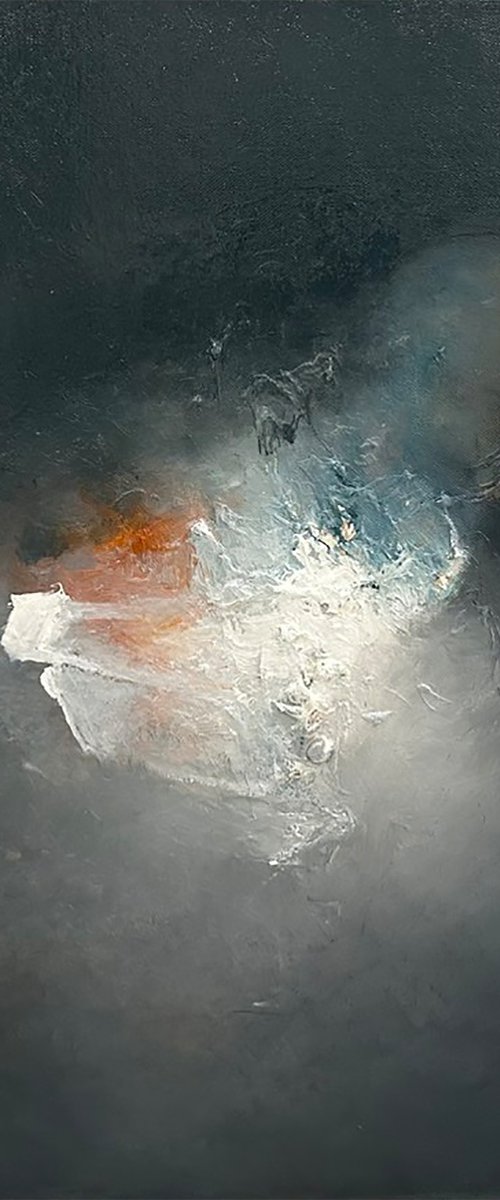
Mladen Ilic
Oil painting
60 x 60cm
Now £1445
£2409(-40%)
Arun Prem
Oil painting
36 x 46cm
Now £417
£555(-25%)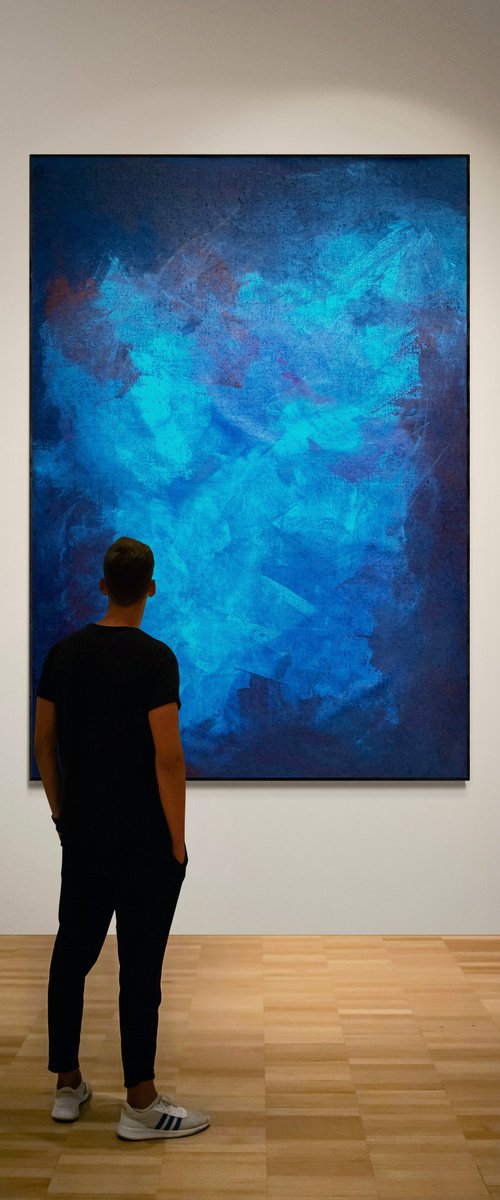
Anita Kaufmann
Acrylic painting
140 x 200cm
£2340
Lena Vylusk
Oil painting
30 x 20cm
£200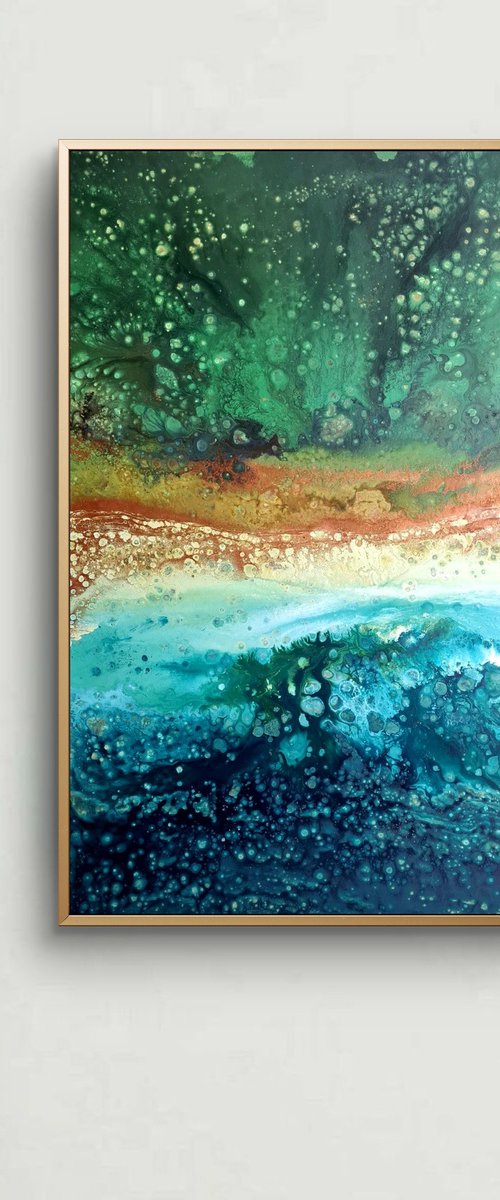
Eleni Denart
Acrylic painting
70 x 100cm
£676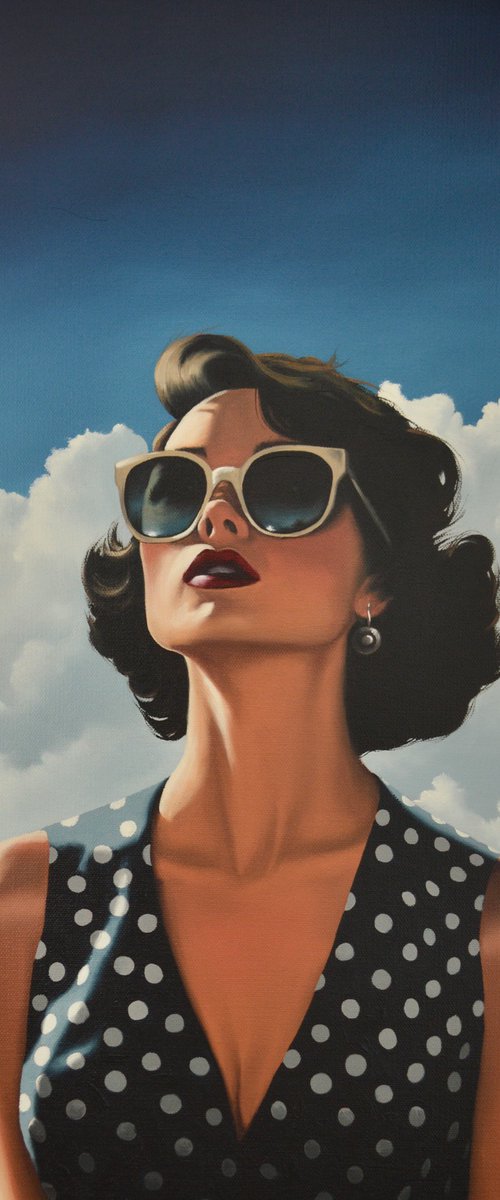
Johnny Popkess
Oil painting
51 x 61cm
£1800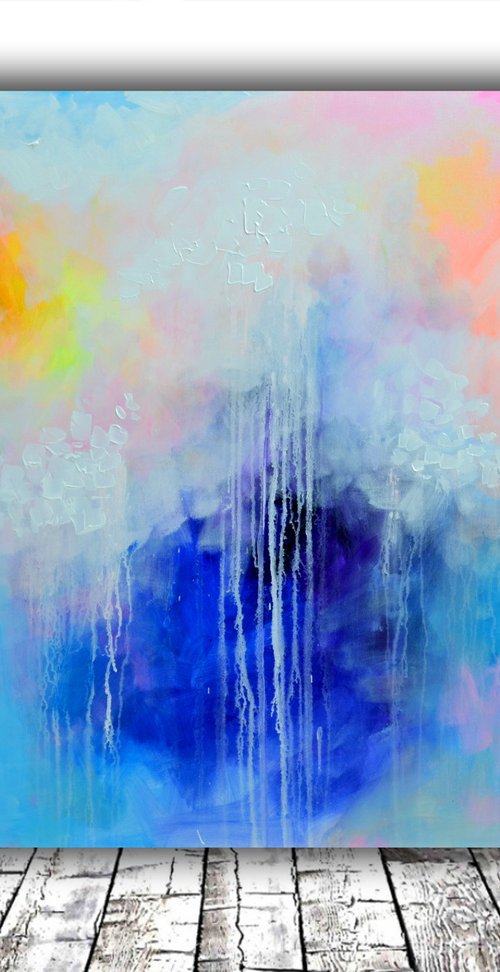
Soos Tiberiu
Acrylic painting
120 x 100cm
£685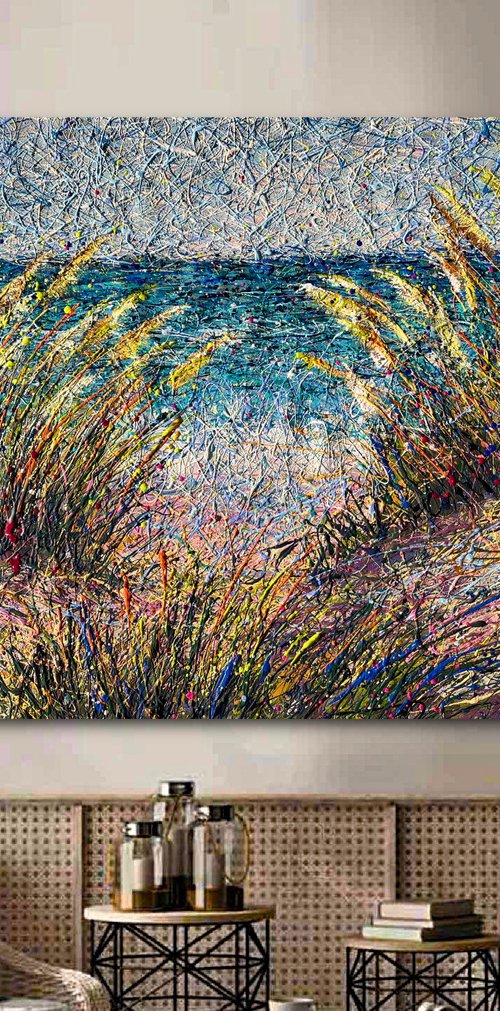
Nadiia Antoniuk
Acrylic painting
120 x 95cm
Now £2253
£2816(-20%)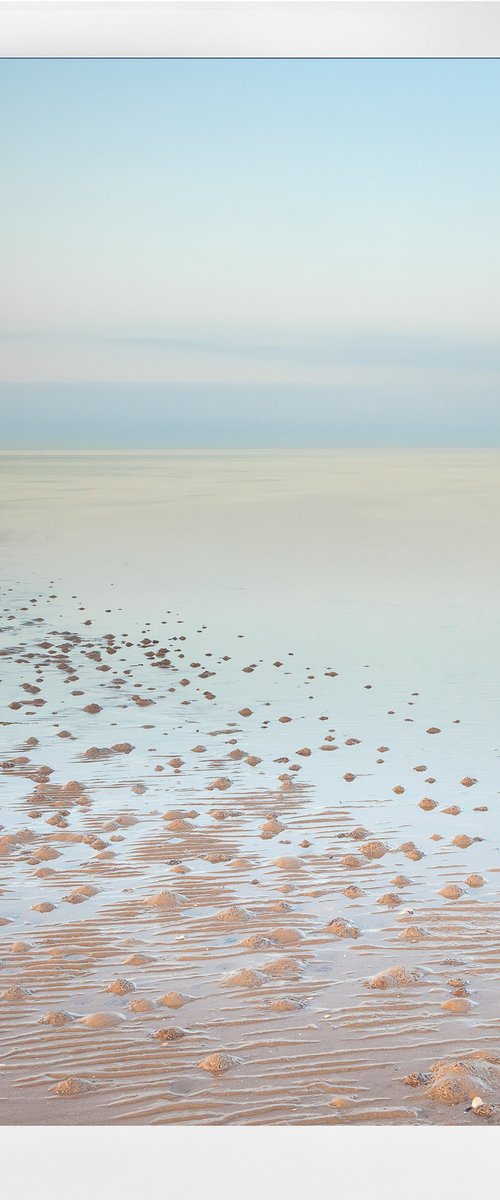
Lynne Douglas
Photograph
112 x 112cm
Now £385
£550(-30%)
Peter Nottrott
Acrylic painting
100 x 200cm
£2504
Xuan Khanh Nguyen
Acrylic painting
40 x 60cm
£296
Lynne Douglas
Photograph
152 x 152cm
£900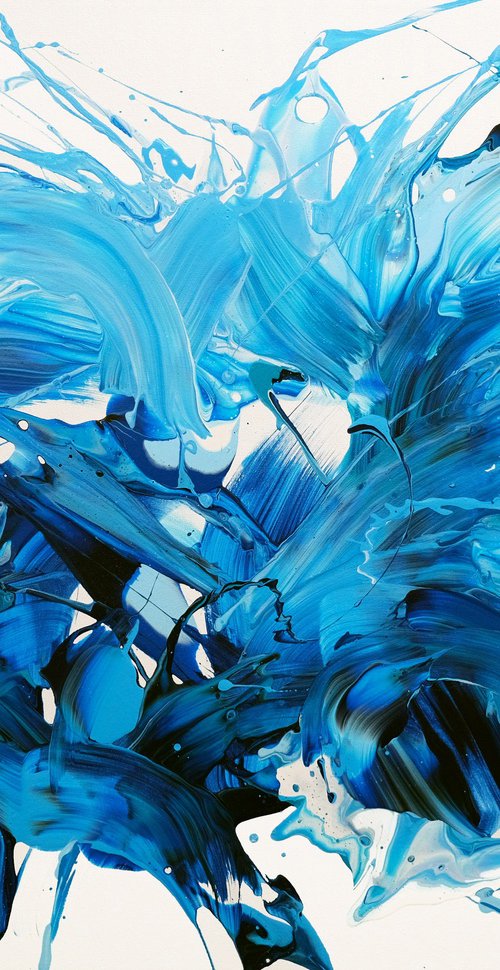
Behshad Arjomandi
Acrylic painting
100 x 81cm
Now £656
£772(-15%)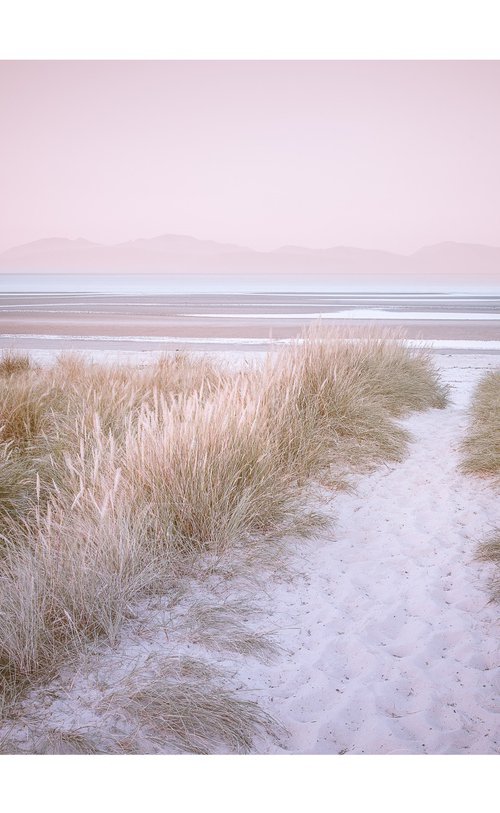
Lynne Douglas
Photograph
132 x 91cm
£550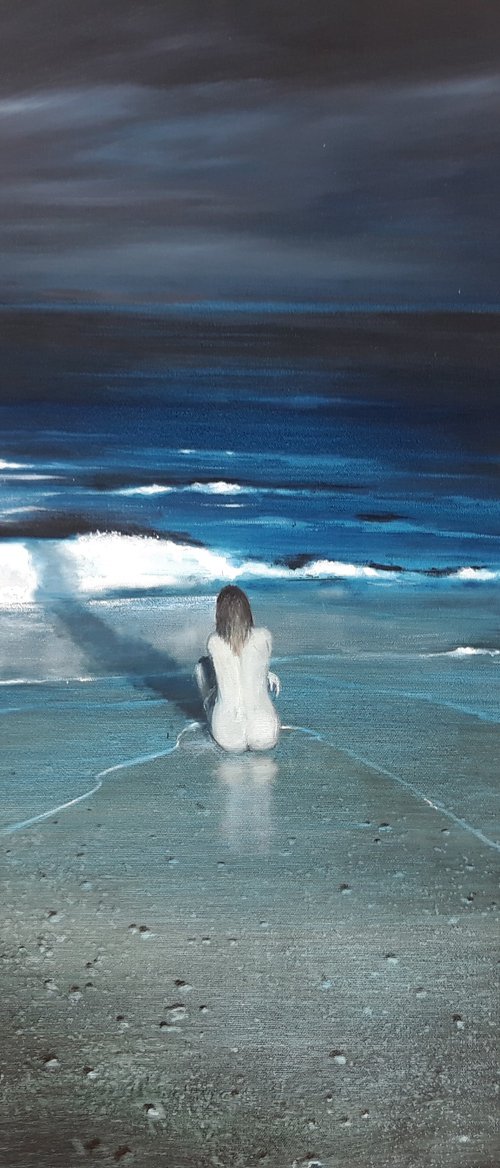
Rafael Carrascal
Oil painting
70 x 70cm
Now £1040
£1300(-20%)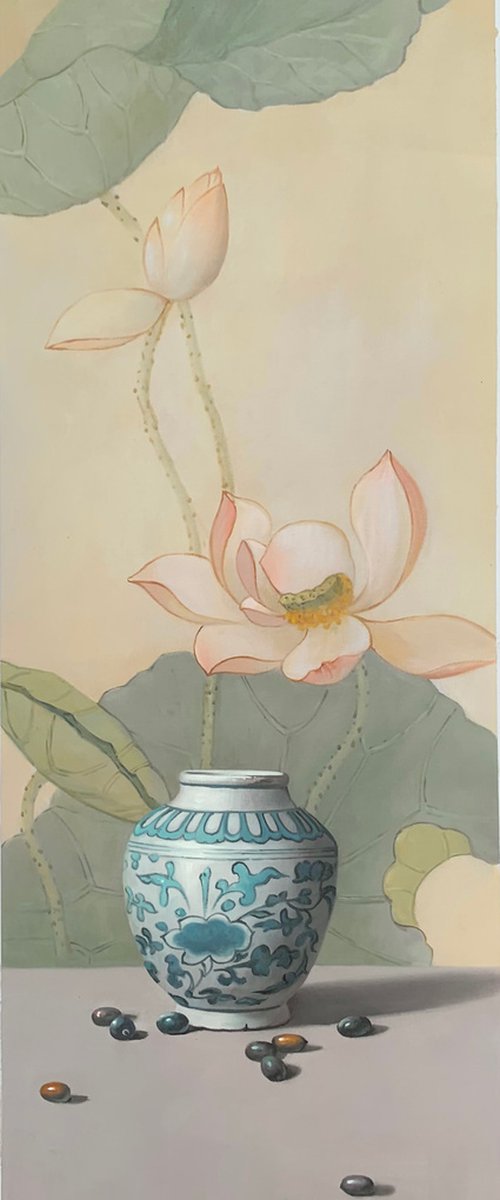
Kunlong Wang
Oil painting
35 x 100cm
£369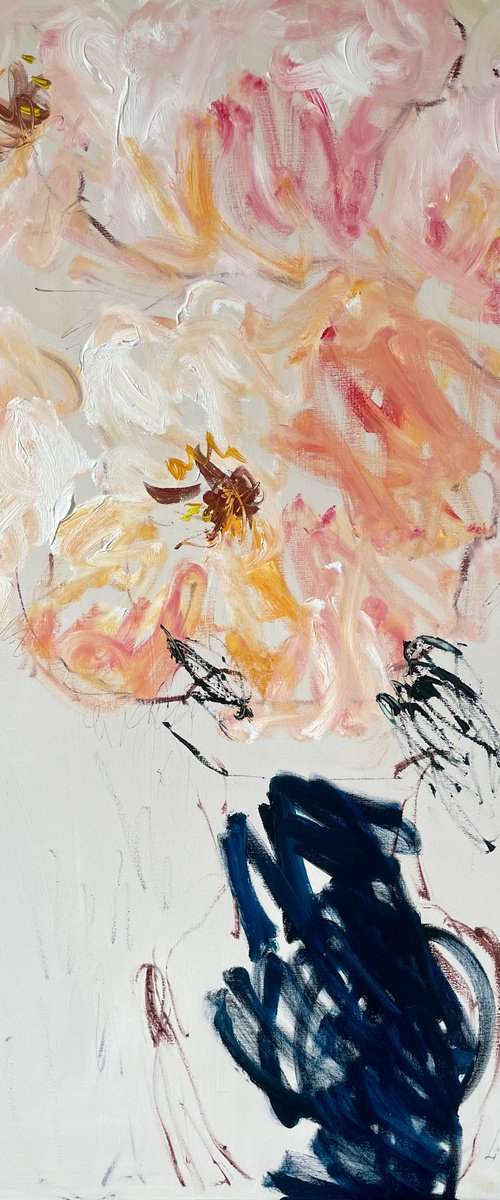
Lilia Orlova-Holmes
Oil painting
90 x 120cm
£6500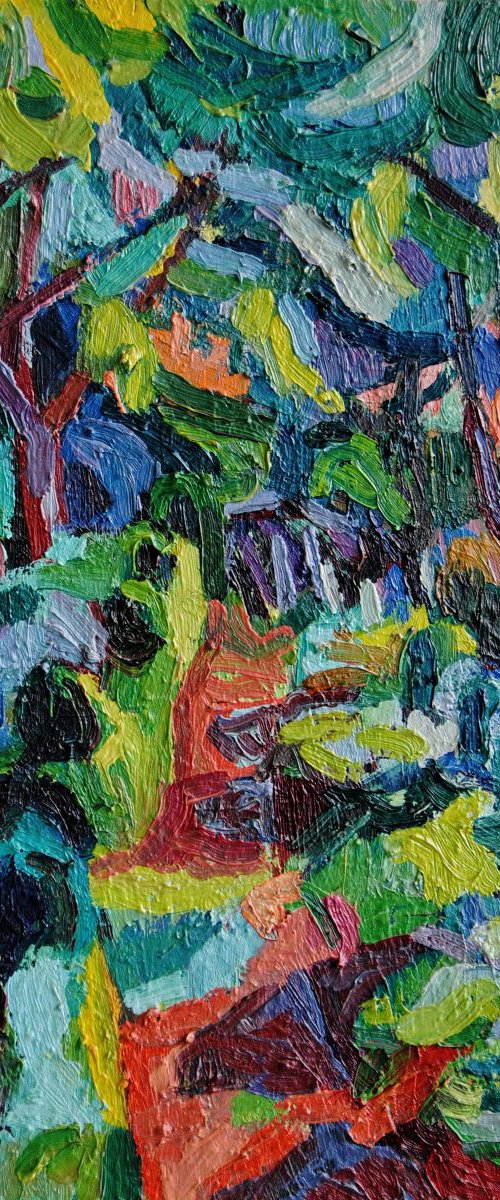
Maja Đokić Mihajlović
Oil painting
35 x 45cm
£555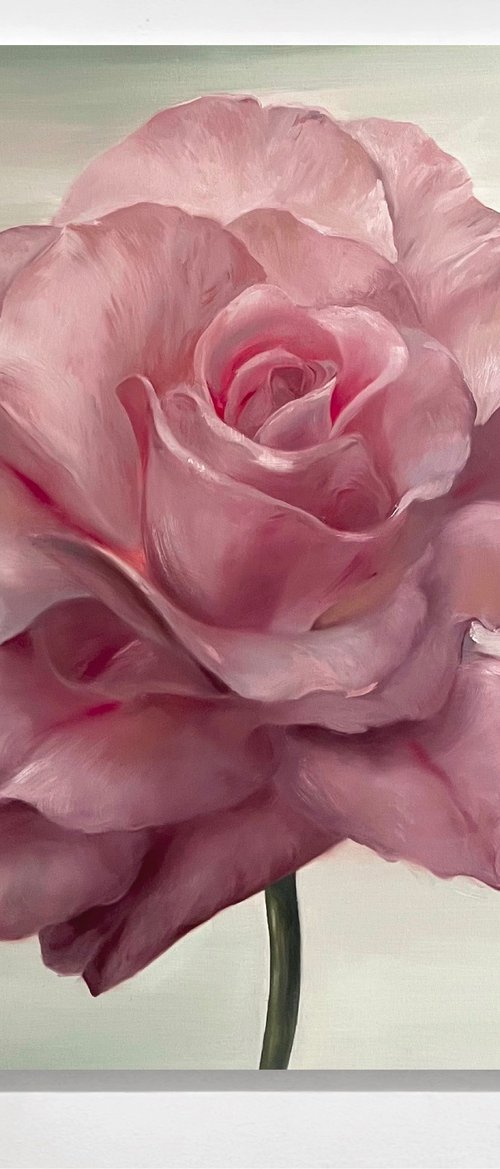
Rosi Roys
Oil painting
100 x 100cm
£997
Andrii Chebotaru
Oil painting
120 x 120cm
£6660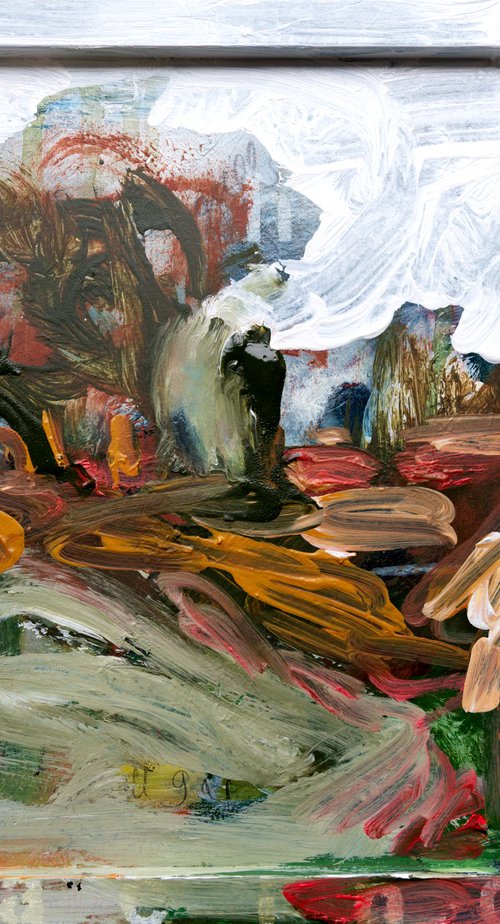
Elizabeth Anne Fox
Oil painting
43 x 33cm
£450
Delnara El
Sculpture
20 x 20cm
£444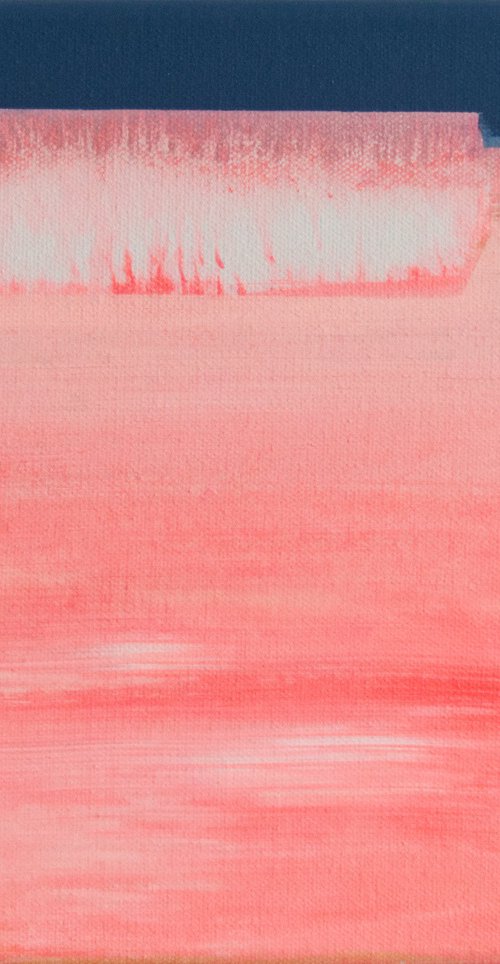
Katrin Roth
Acrylic painting
30 x 24cm
£330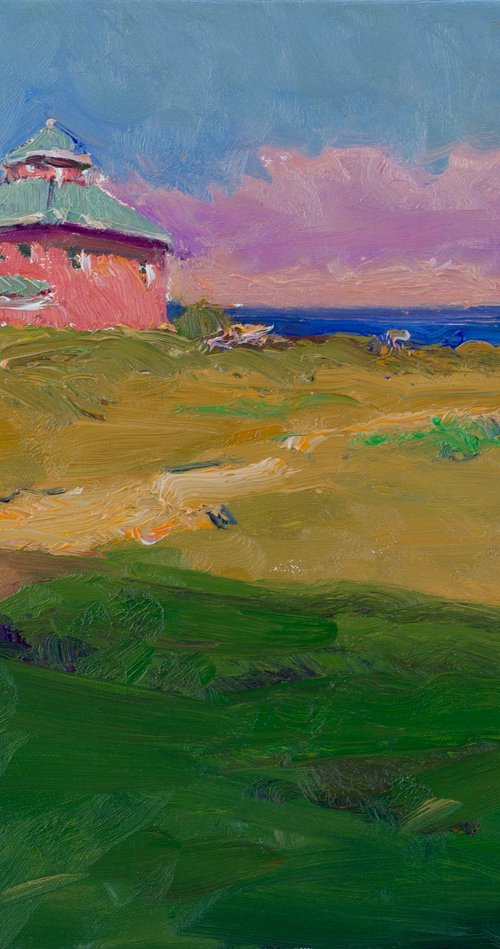
Suren Nersisyan
Oil painting
46 x 36cm
£333
Nigel Sharman
Oil painting
66 x 66cm
£1575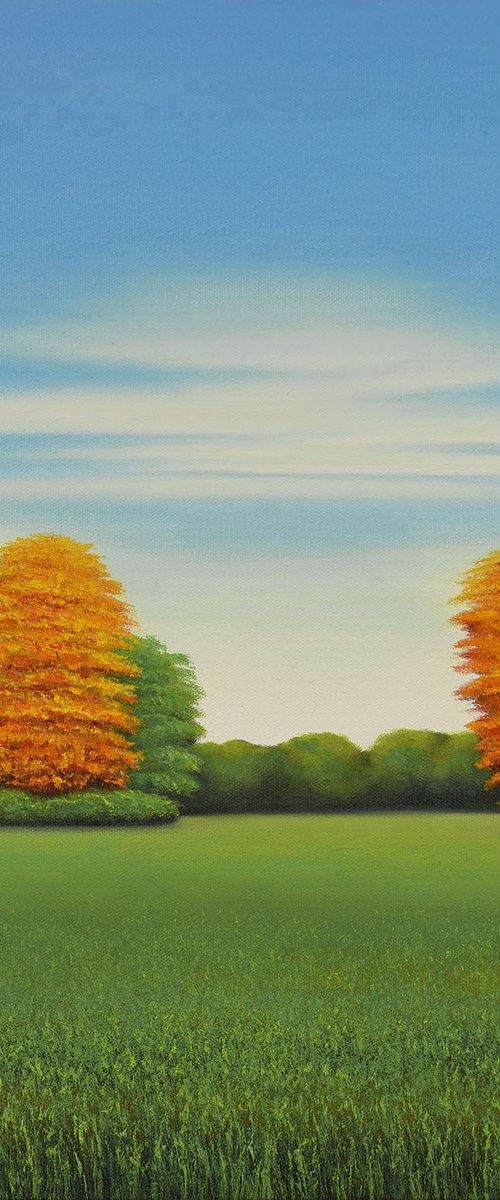
Suzanne Vaughan
Oil painting
41 x 51cm
£415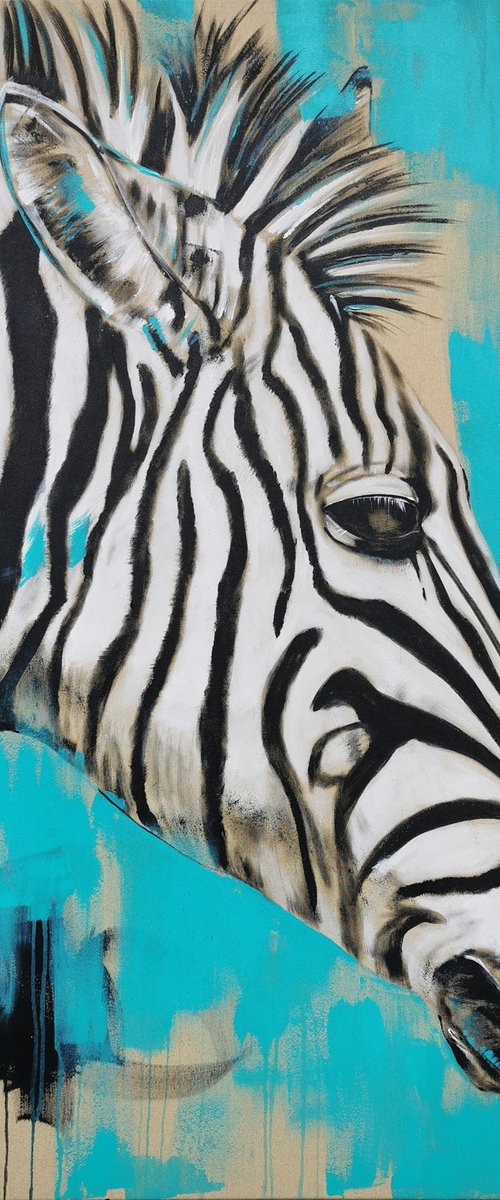
Stefanie Rogge
Acrylic painting
100 x 120cm
£1387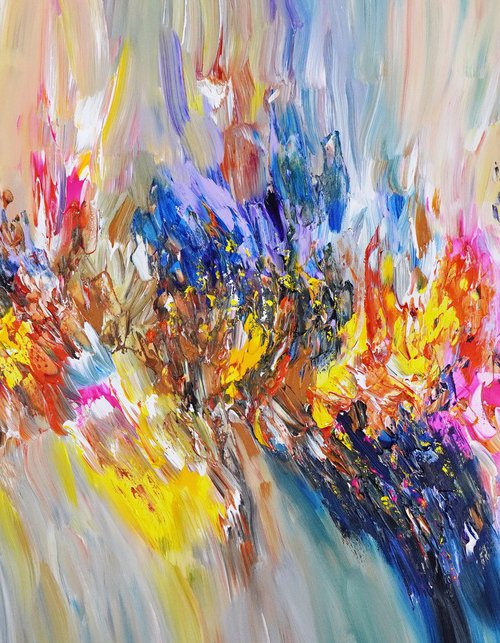
Peter Nottrott
Acrylic painting
155 x 83cm
£1898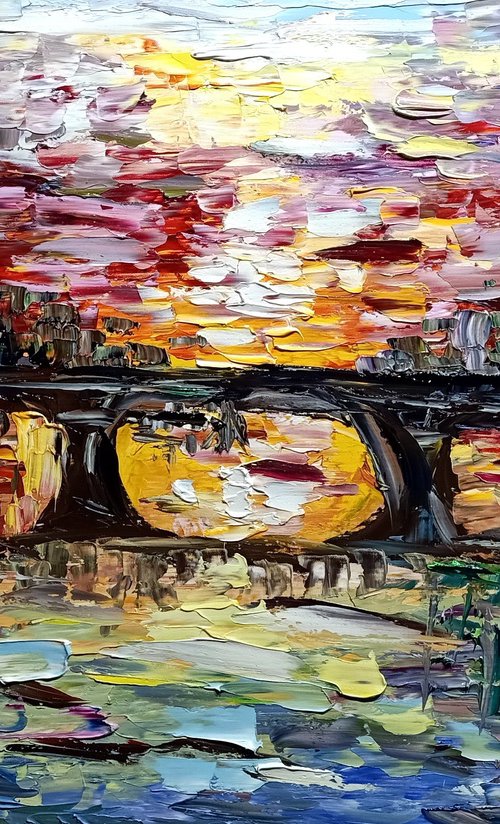
Antonino Puliafico
Oil painting
102 x 72cm
£1889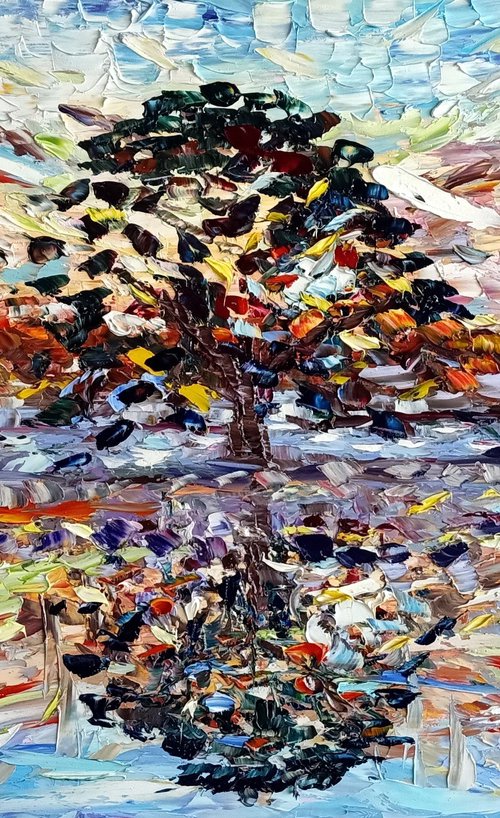
Antonino Puliafico
Oil painting
102 x 72cm
£1889
Ivan Grozdanovski
Oil painting
100 x 100cm
£1670
Rashna Hackett
Acrylic painting
183 x 97cm
£970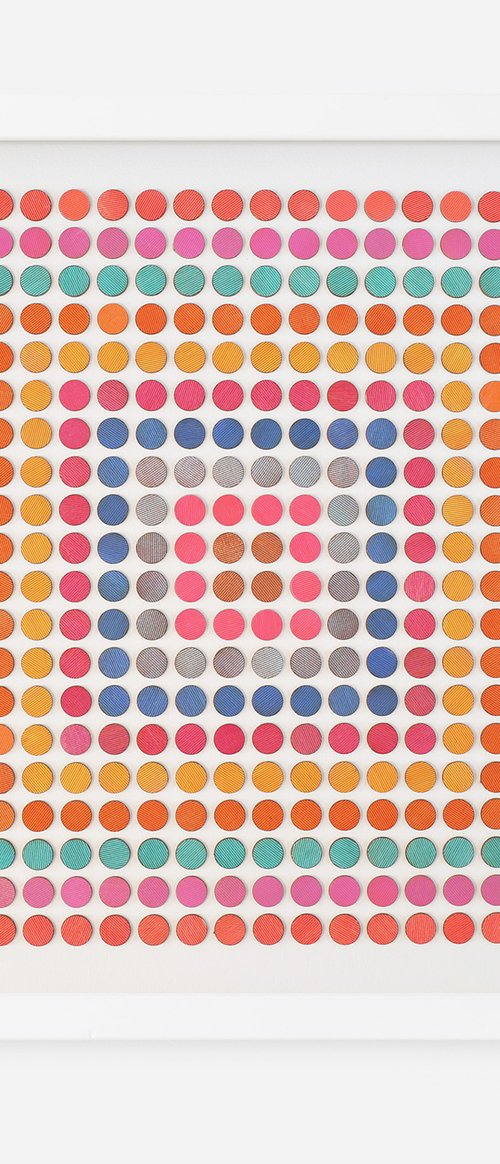
Amelia Coward
Collage
50 x 50cm
£950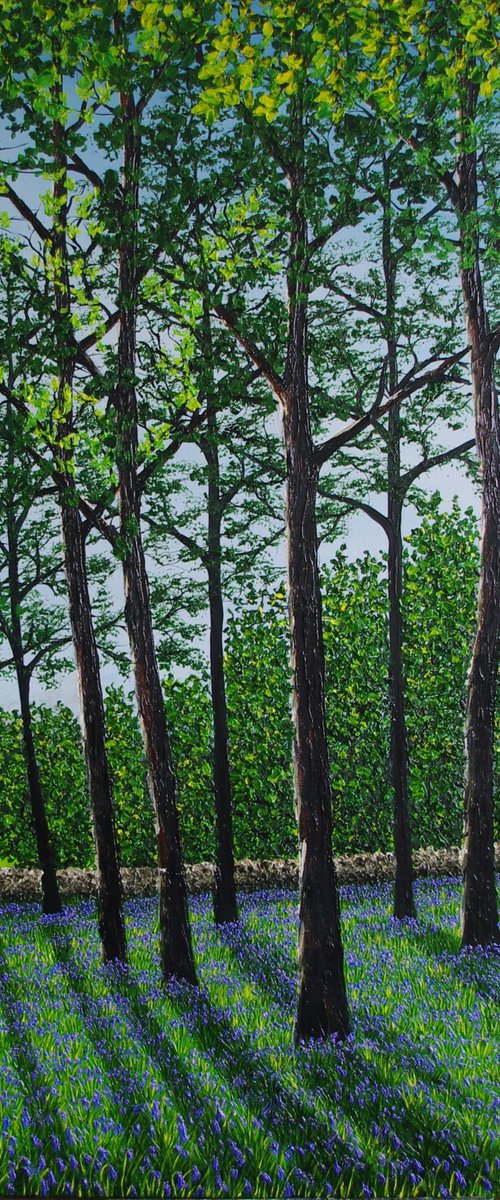
Hazel Thomson
Oil painting
71 x 91cm
£1600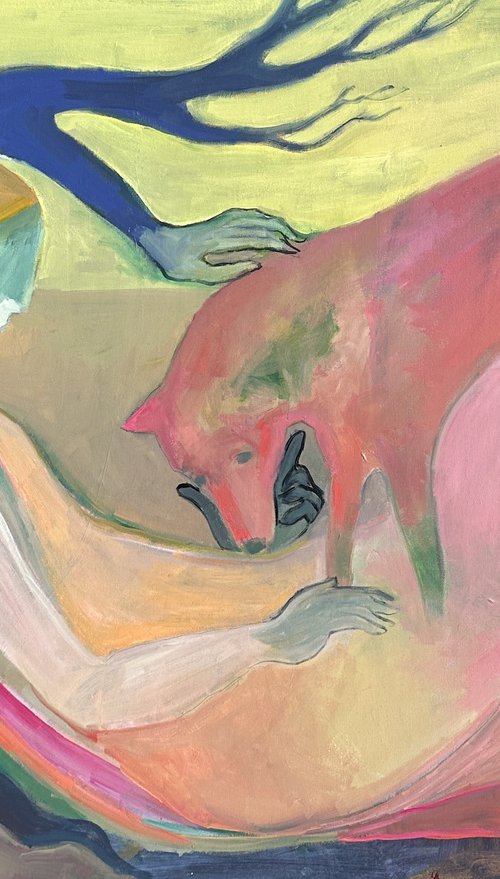
Arun Prem
Oil painting
122 x 91cm
Now £2359
£3145(-25%)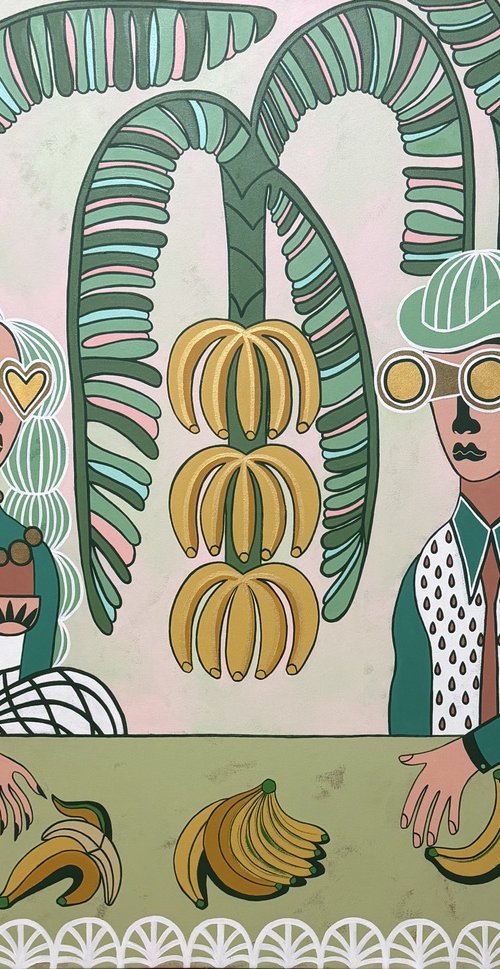
Diana Rosa
Acrylic painting
152 x 122cm
£5920
Novi Lim
Acrylic painting
66 x 66cm
£940
Peter Nottrott
Acrylic painting
155 x 83cm
£1898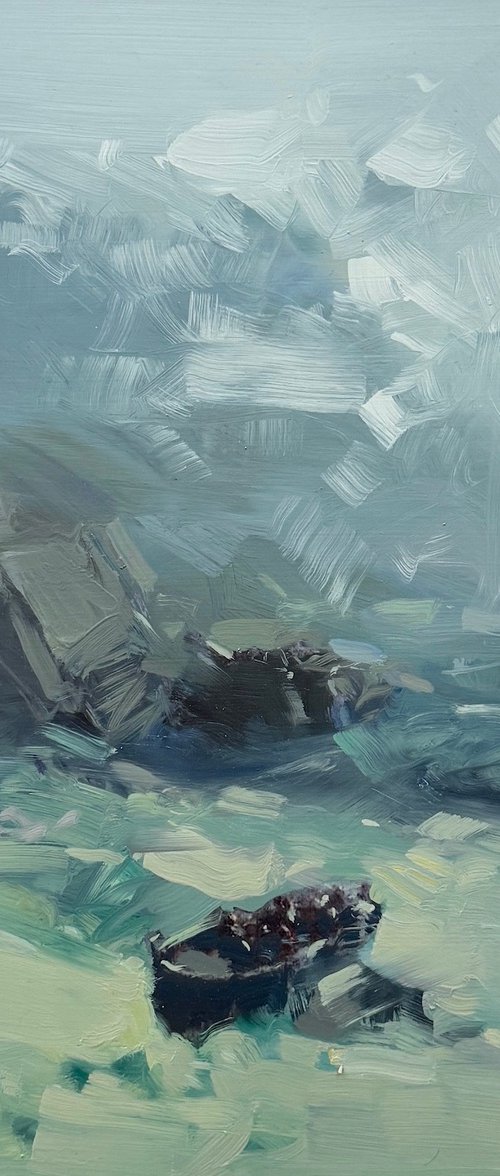
Vahe Yeremyan
Oil painting
53 x 53cm
£740
Carla Sá Fernandes
Acrylic painting
180 x 90cm
Now £3930
£5614(-30%)
Dimitris Pavlopoulos
Acrylic painting
150 x 100cm
£1184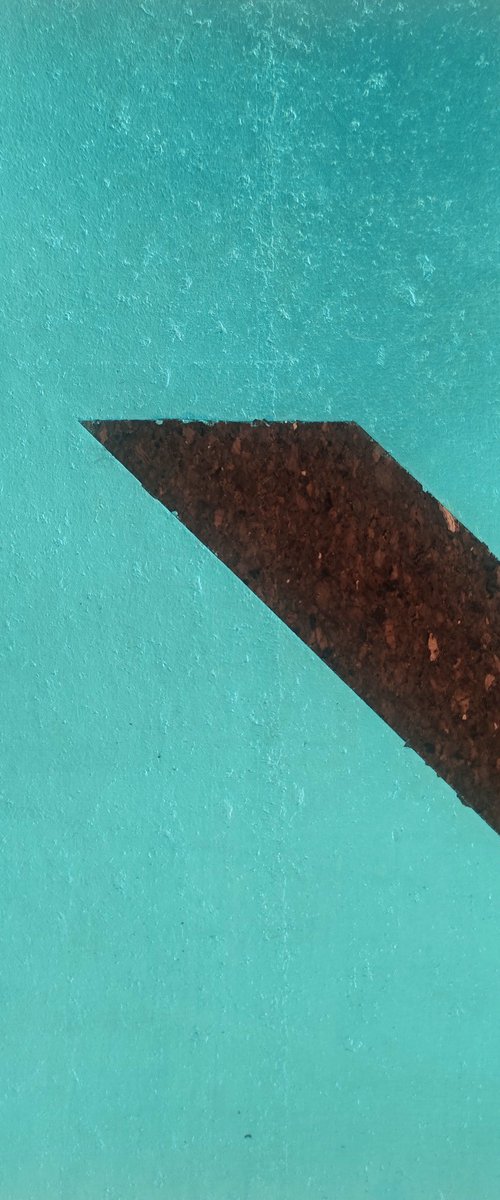
Carla Sá Fernandes
Acrylic painting
30 x 30cm
£312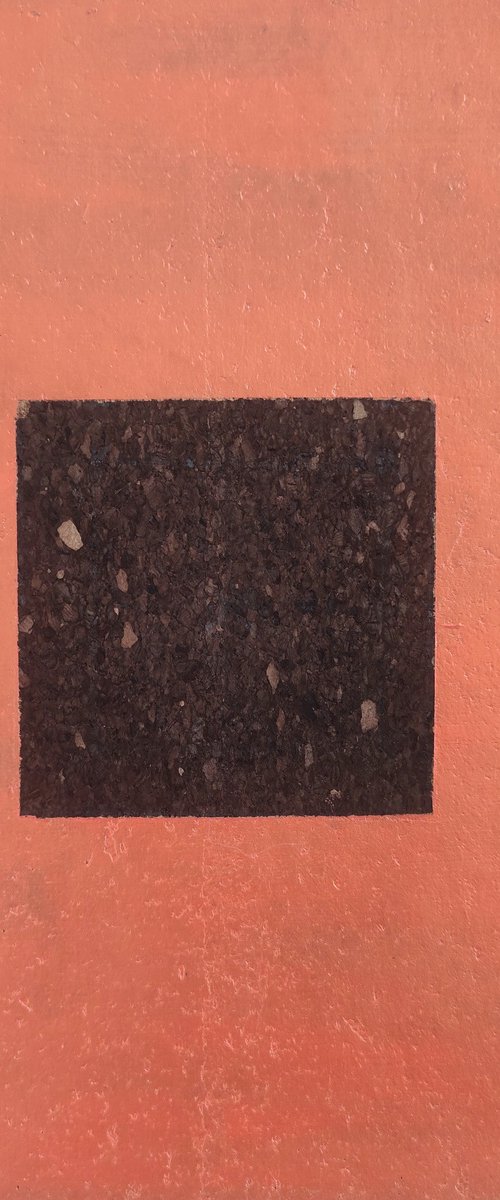
Carla Sá Fernandes
Acrylic painting
30 x 30cm
£312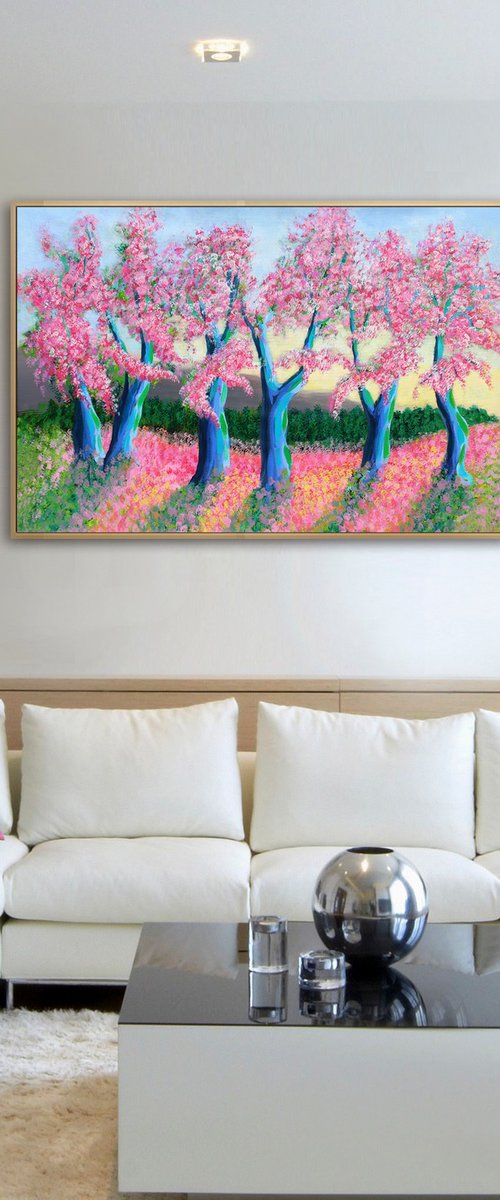
Martina Boycheva
Acrylic painting
120 x 80cm
£590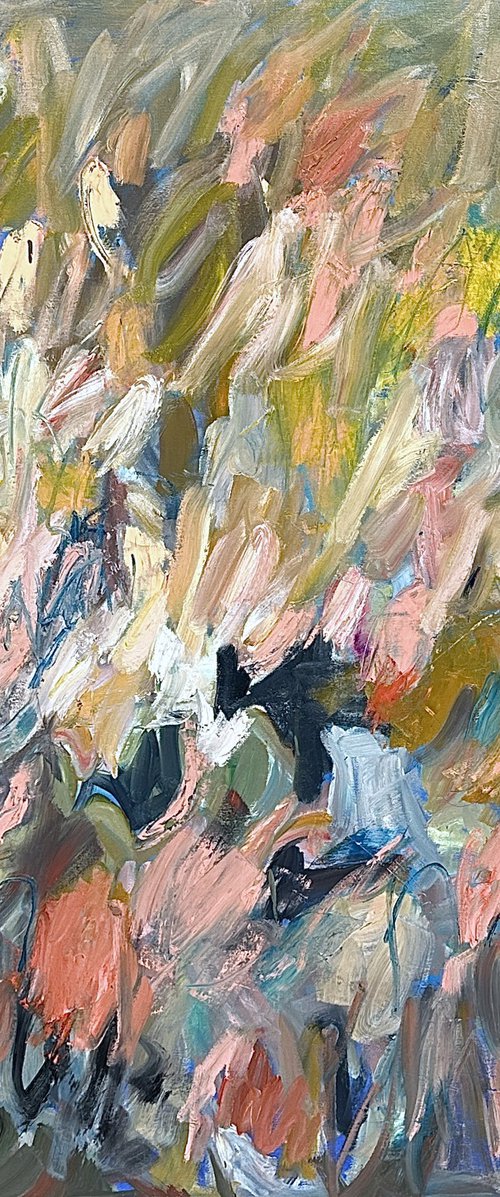
Arun Prem
Oil painting
122 x 122cm
Now £1943
£2590(-25%)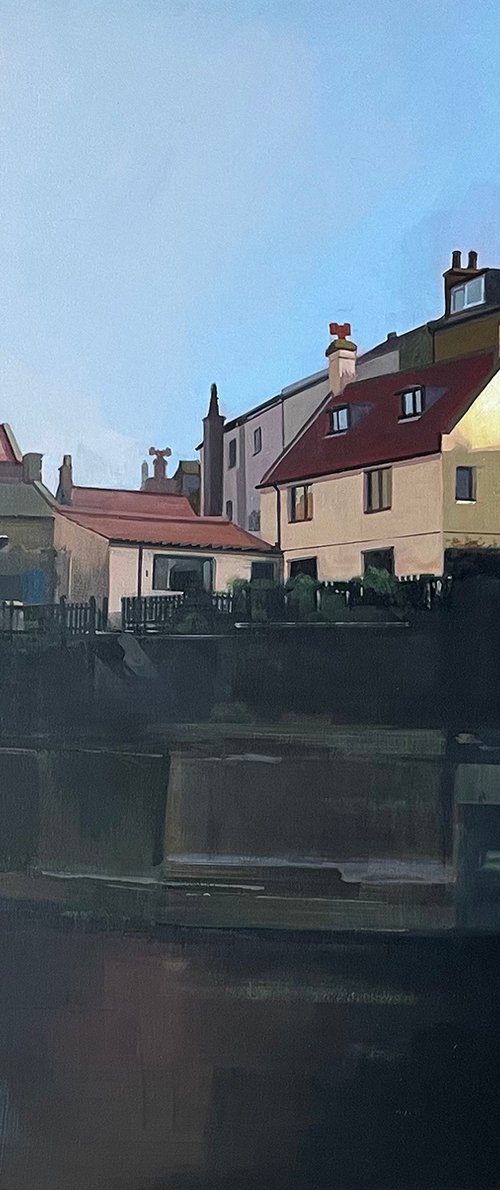
Andrew Morris
Acrylic painting
50 x 50cm
£850
Eva Volf
Oil painting
102 x 41cm
£1036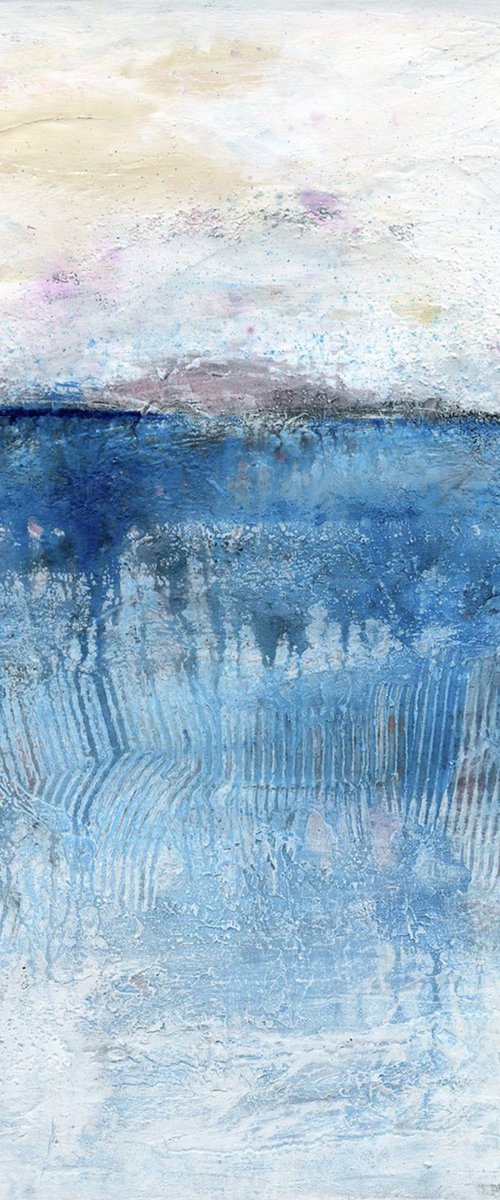
Kathy Morton Stanion
Acrylic painting
46 x 61cm
£703
Fintan Whelan
Oil painting
72 x 72cm
£1378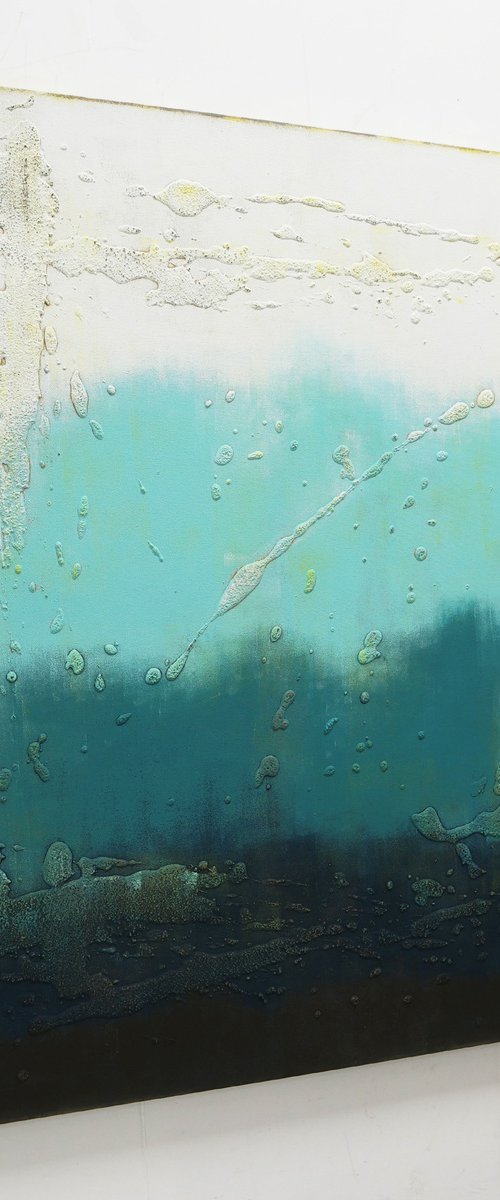
Ronald Hunter
Acrylic painting
90 x 90cm
£563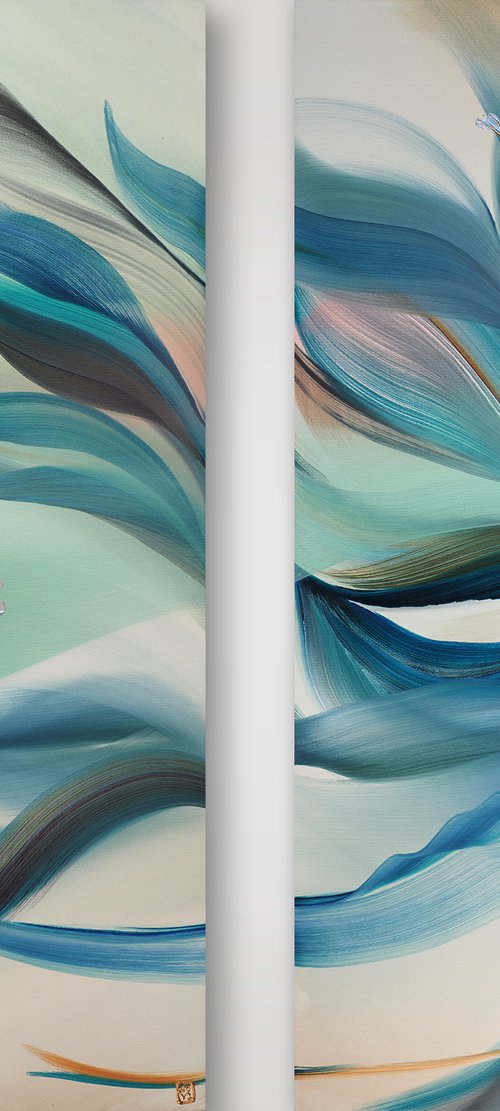
Novi Lim
Acrylic painting
127 x 122cm
£3182
Danijela Dan
Acrylic painting
70 x 50cm
£312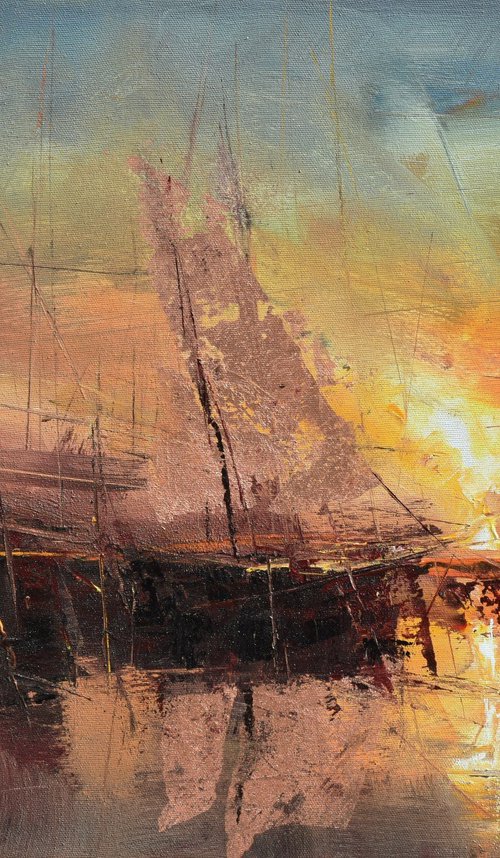
Ivan Grozdanovski
Oil painting
73 x 53cm
Now £1741
£2321(-25%)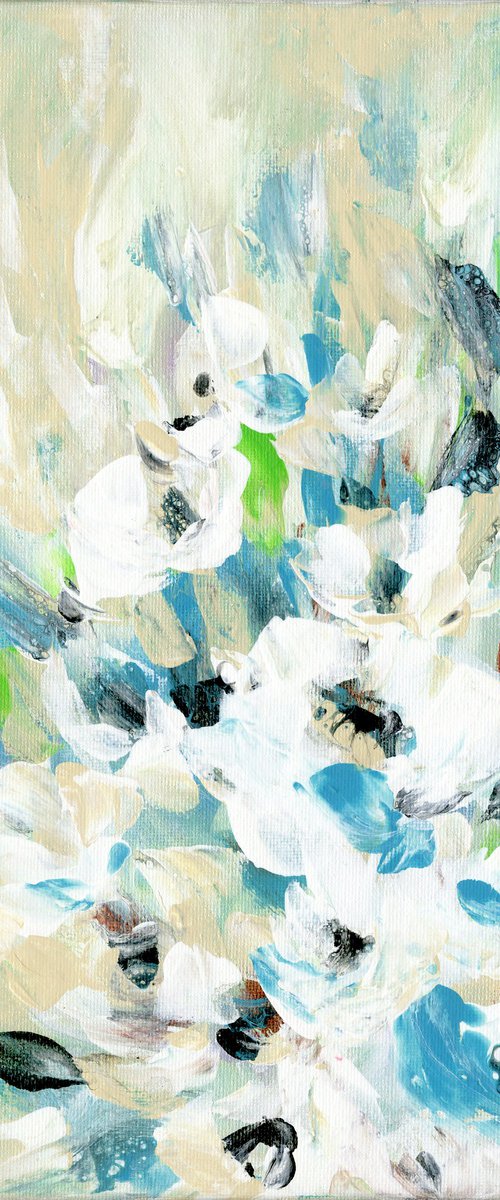
Kathy Morton Stanion
Acrylic painting
23 x 30cm
£271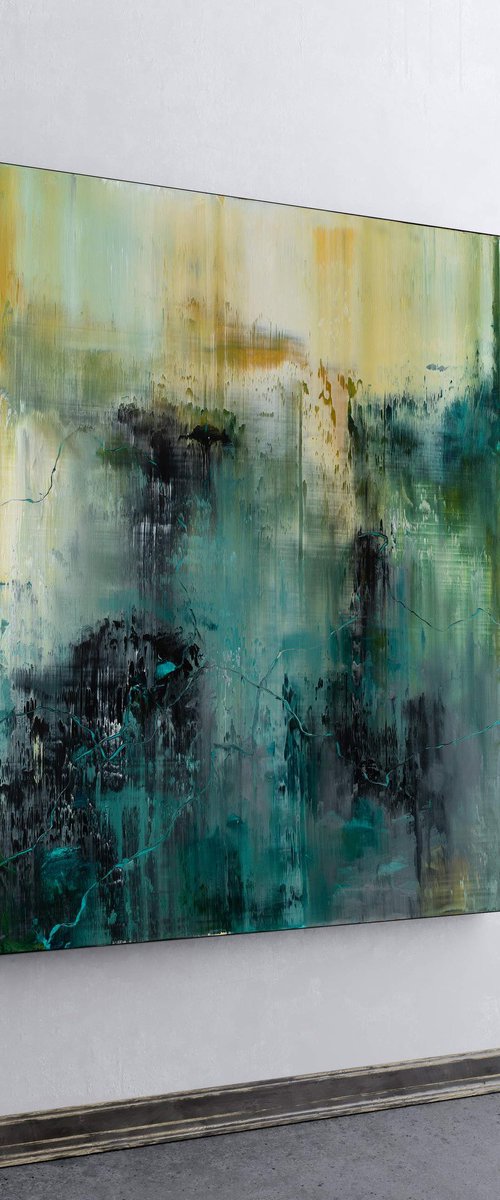
Nemanja Nikolic
Acrylic painting
91 x 122cm
Now £1050
£1400(-25%)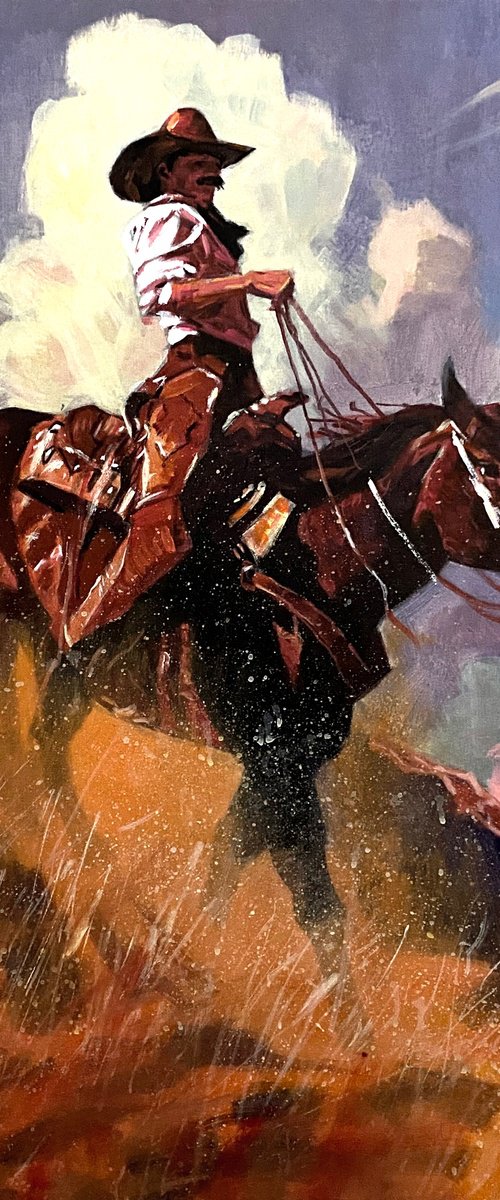
Paul Cheng
Acrylic painting
61 x 76cm
£1022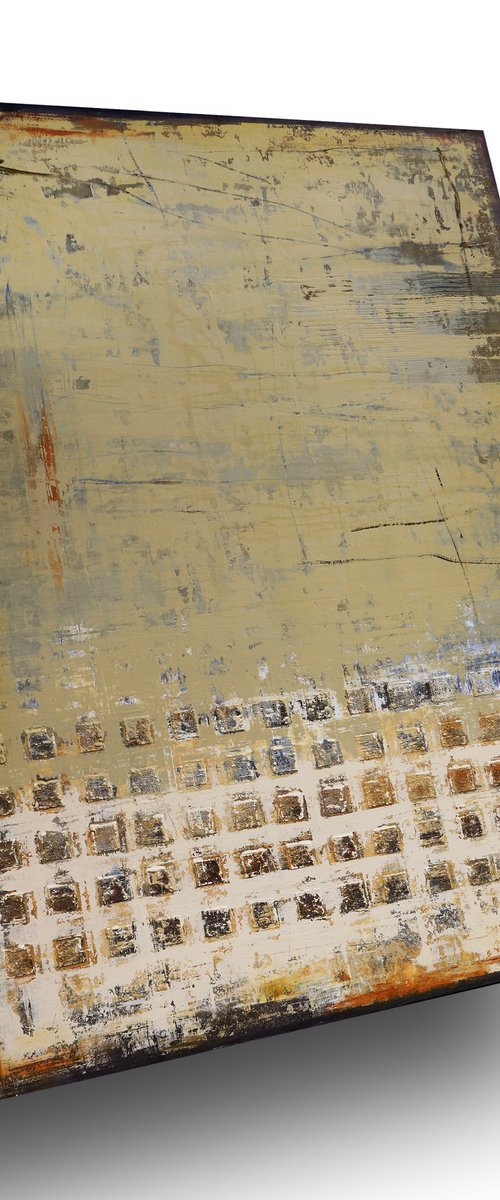
Inez Froehlich
Acrylic painting
100 x 130cm
£1906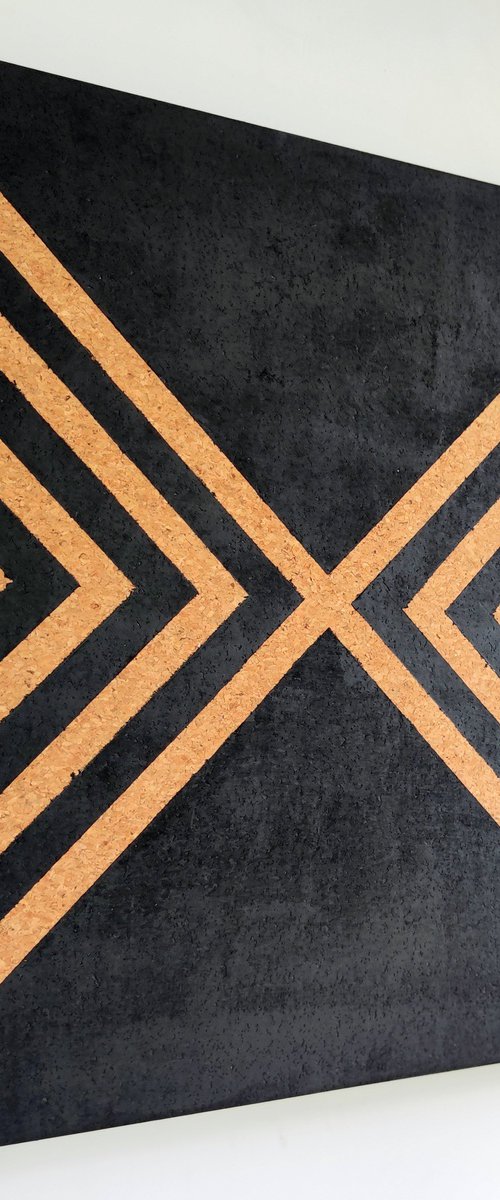
Carla Sá Fernandes
Acrylic painting
60 x 60cm
£1248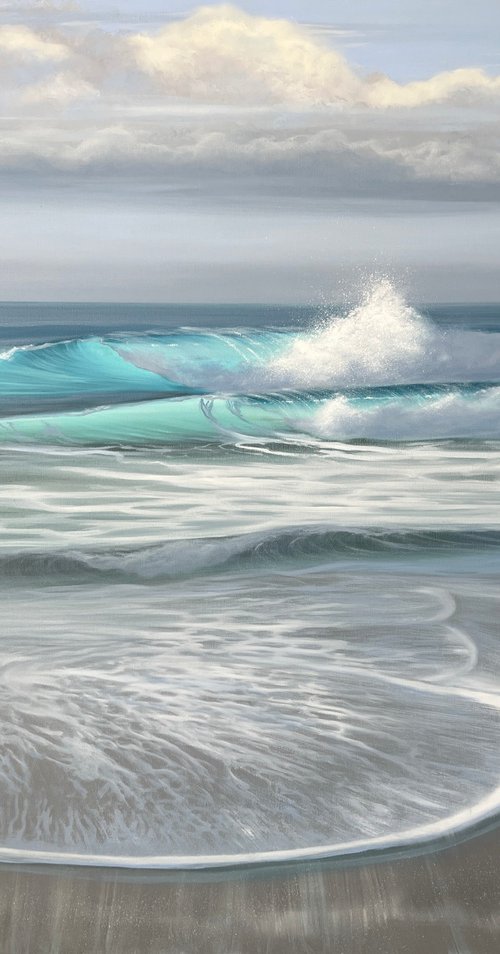
Eva Volf
Oil painting
152 x 122cm
£4810
Ronald Hunter
Acrylic painting
90 x 90cm
£866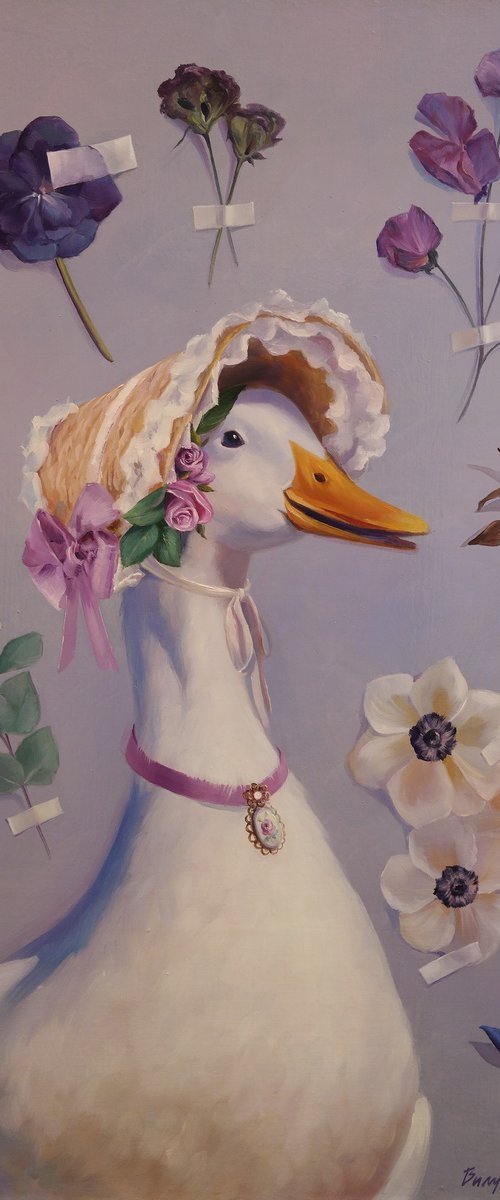
Lena Vylusk
Oil painting
40 x 60cm
£265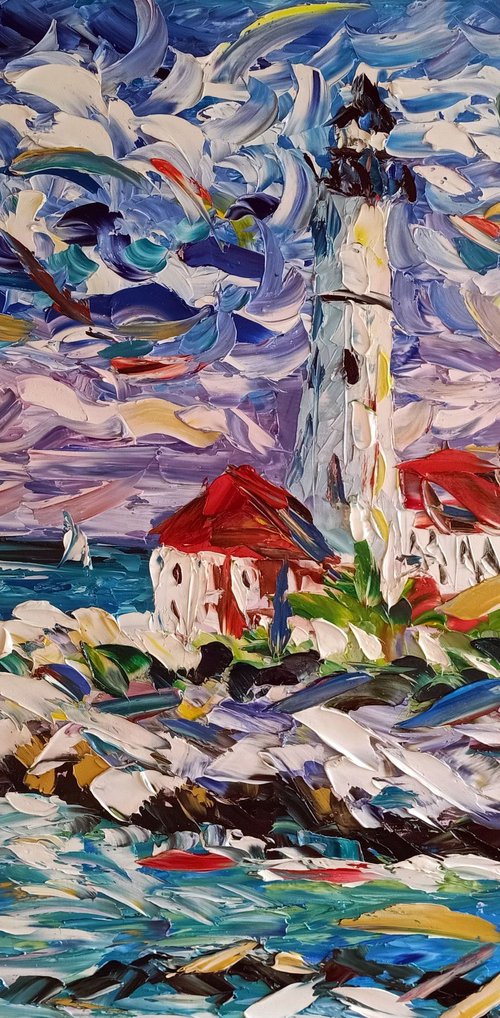
Antonino Puliafico
Oil painting
105 x 120cm
Now £1747
£2184(-20%)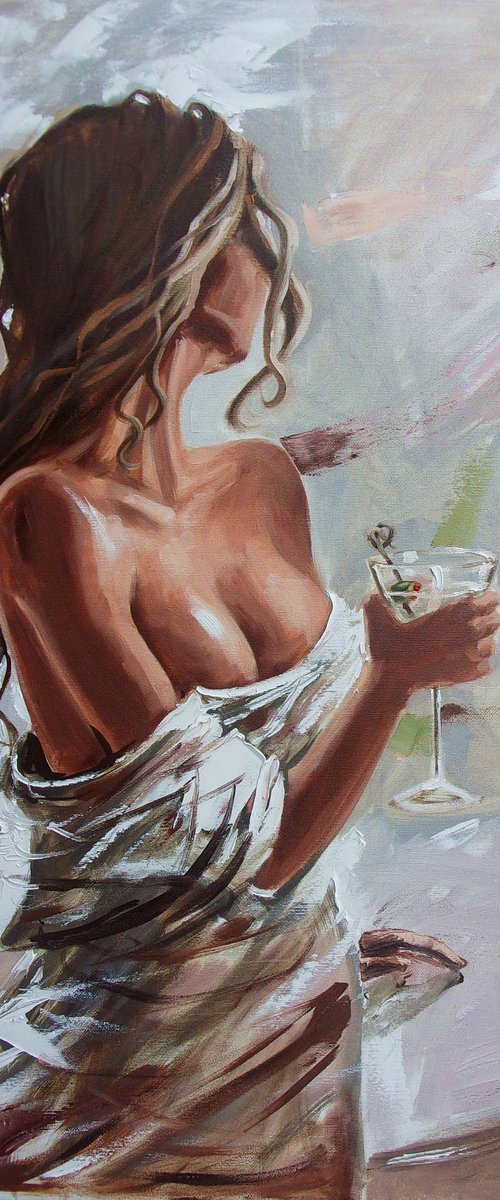
Monika Luniak
Oil painting
50 x 70cm
£841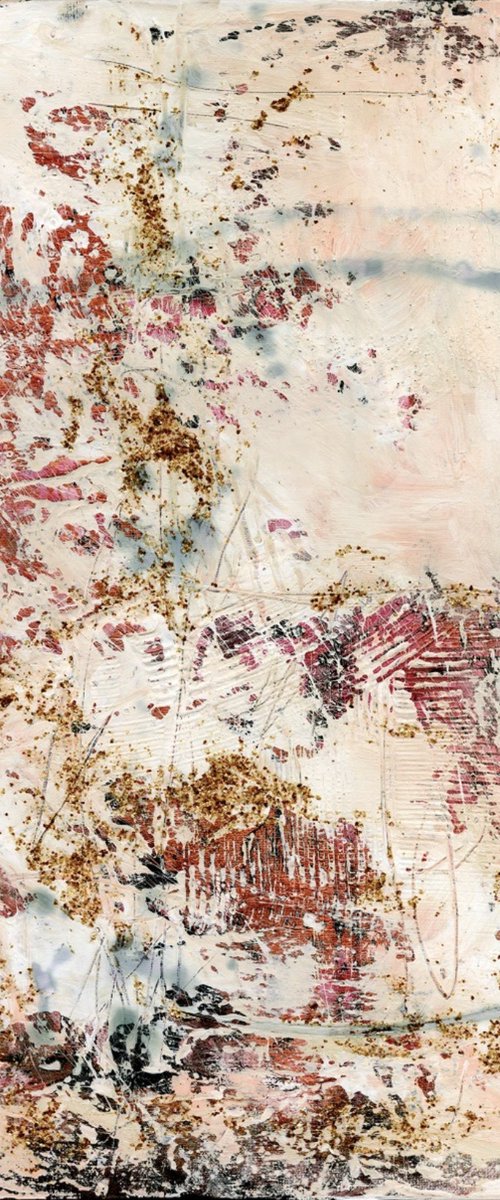
Kathy Morton Stanion
Mixed-media painting
46 x 61cm
£629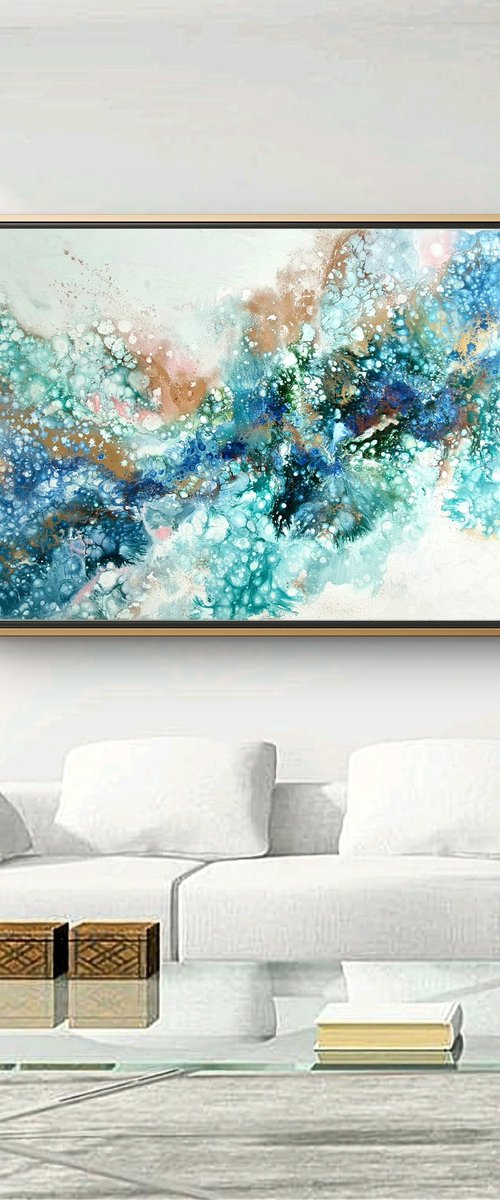
Eleni Denart
Acrylic painting
160 x 90cm
£1646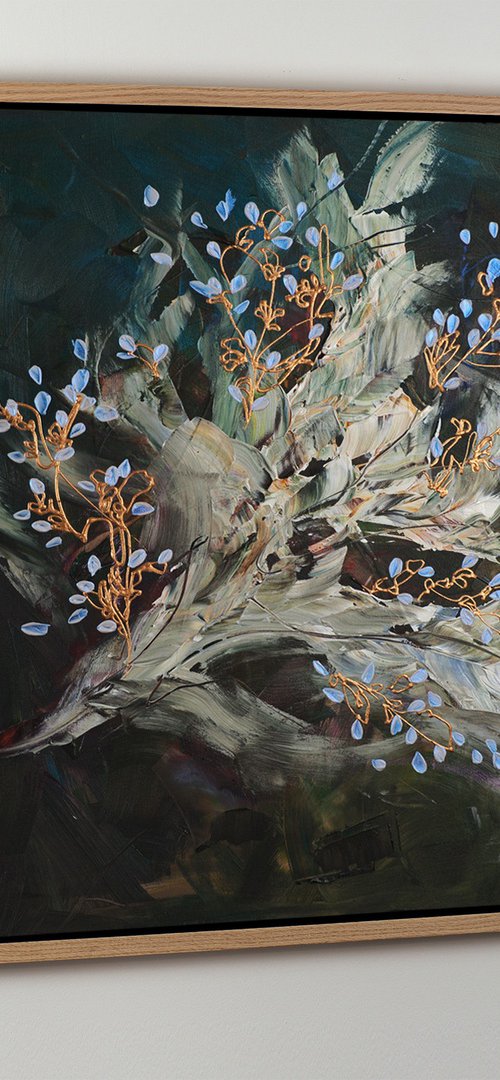
Novi Lim
Acrylic painting
81 x 81cm
£1184
Veronica Vilsan
Acrylic painting
80 x 80cm
Now £486
£694(-30%)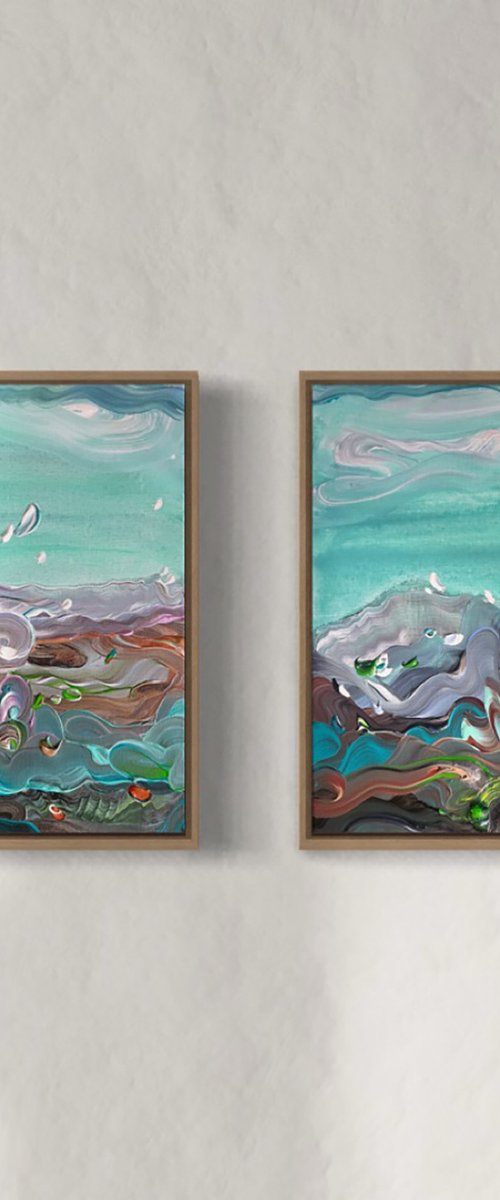
Tatiana Georgieva
Acrylic painting
44 x 44cm
£703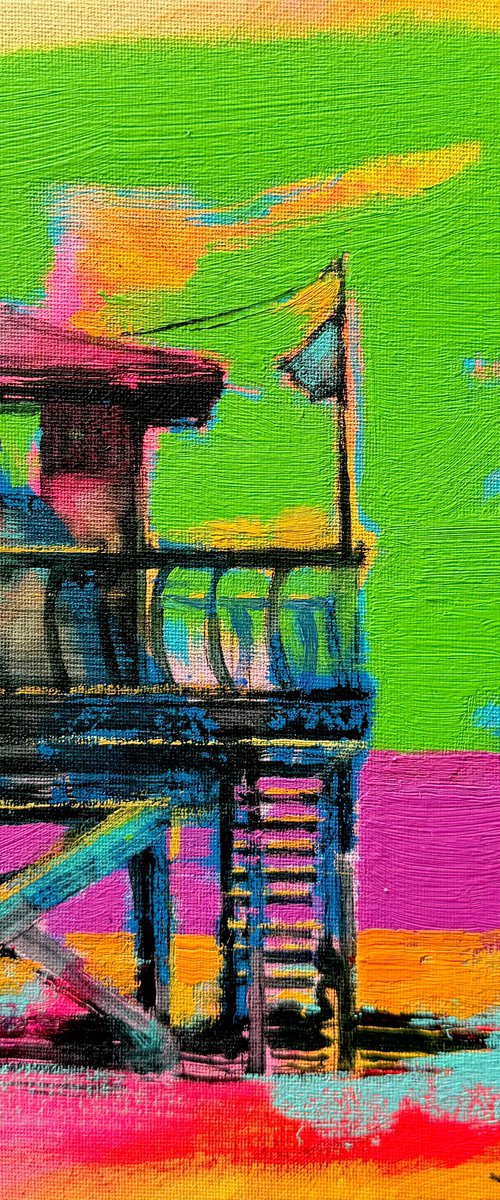
Yaroslav Yasenev
Acrylic painting
30 x 30cm
£450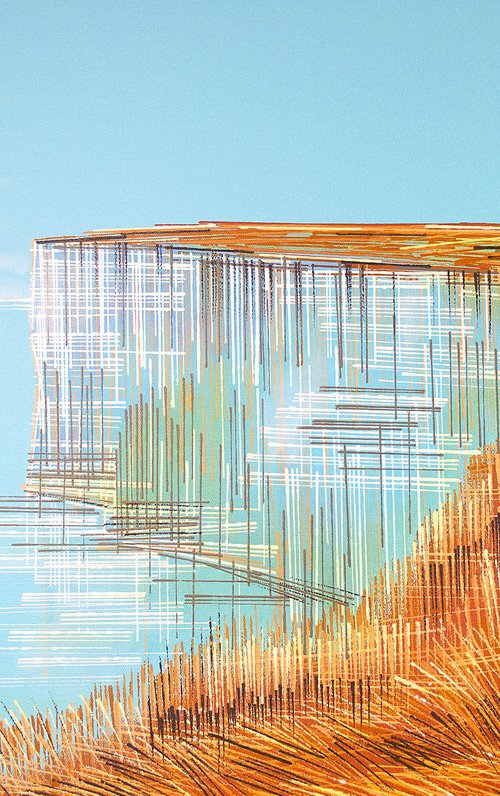
Marc Todd
Acrylic painting
76 x 51cm
£545
Marc Todd
Acrylic painting
76 x 51cm
£695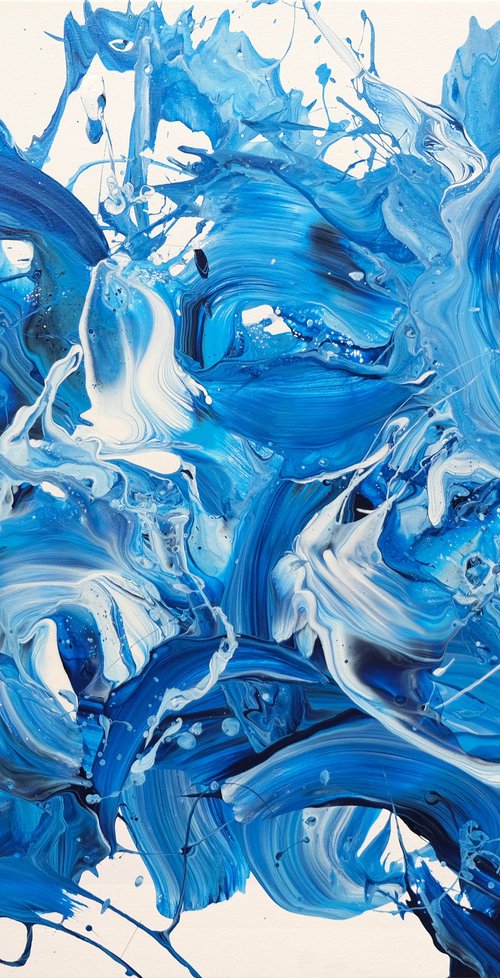
Behshad Arjomandi
Acrylic painting
100 x 81cm
Now £626
£737(-15%)
Lynne Douglas
Photograph
193 x 132cm
Now £630
£900(-30%)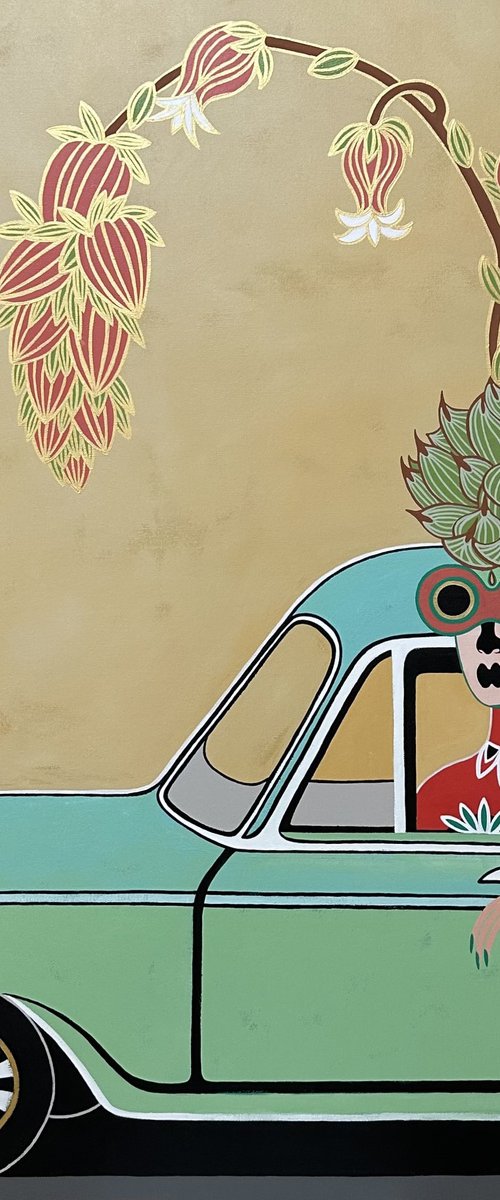
Diana Rosa
Acrylic painting
122 x 122cm
£2960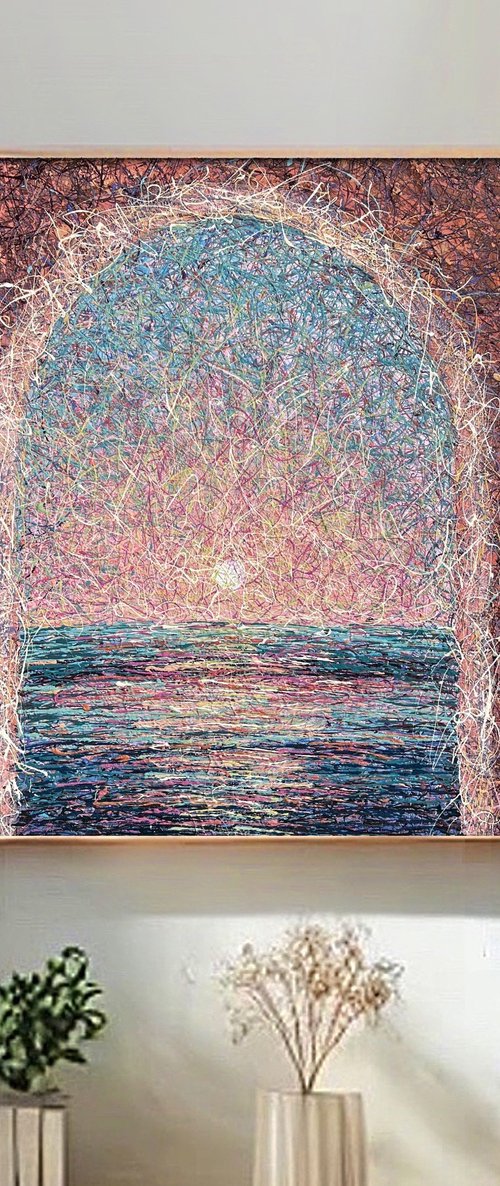
Nadiia Antoniuk
Mixed-media painting
100 x 115cm
£1213
Albert Kechyan
Oil painting
32 x 25cm
£1603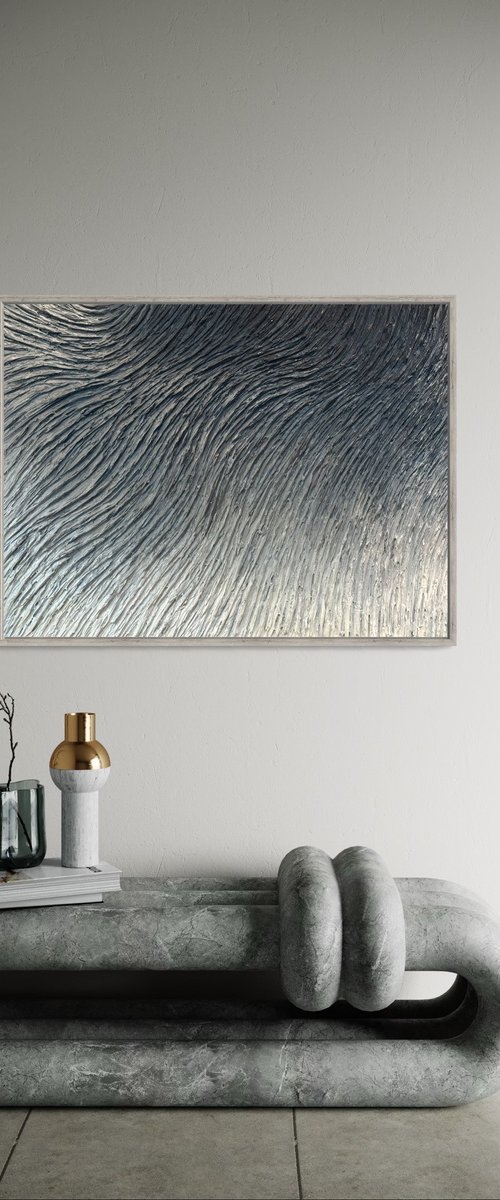
Daniela Pasqualini
Acrylic painting
107 x 81cm
£2516
Tatiana Georgieva
Acrylic painting
33 x 33cm
£293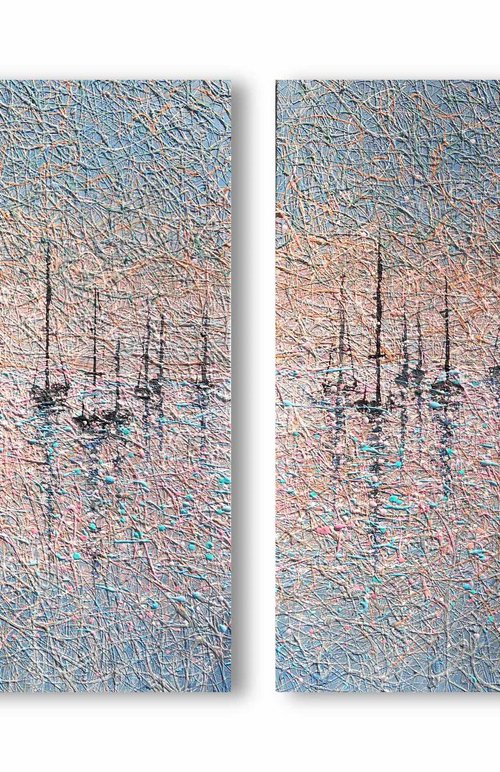
Nadiia Antoniuk
Acrylic painting
120 x 80cm
£1343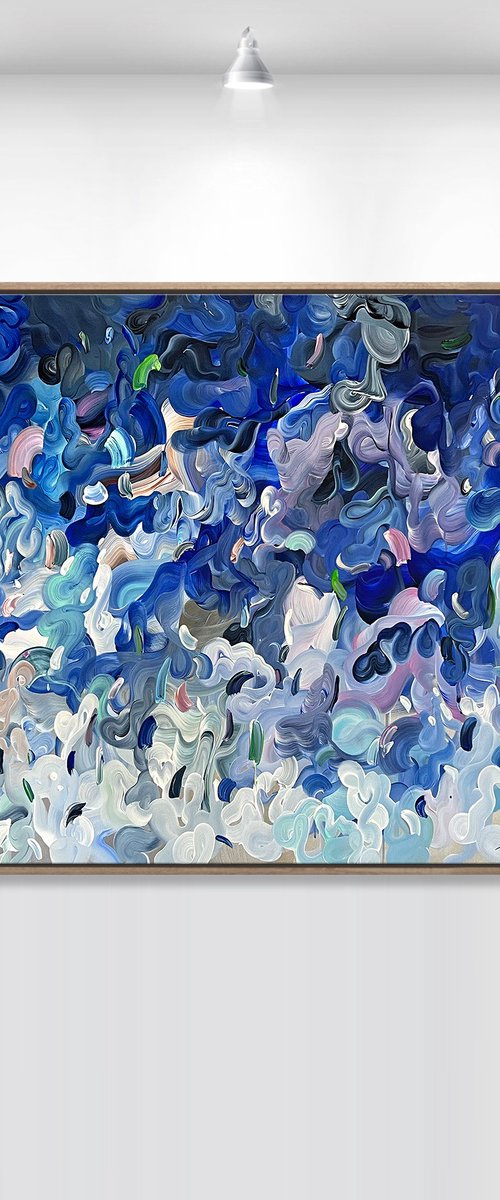
Tatiana Georgieva
Acrylic painting
186 x 95cm
£2109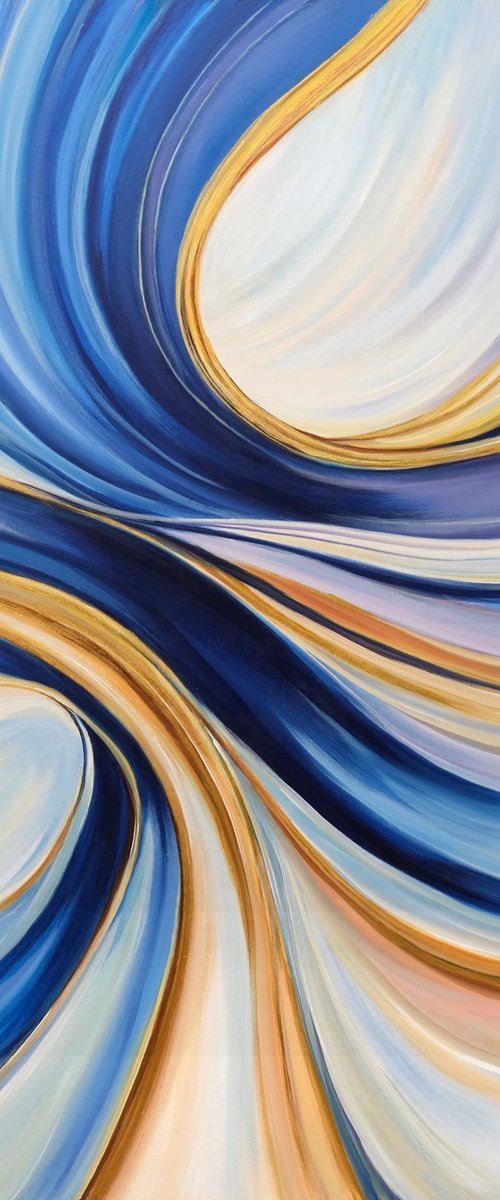
Behshad Arjomandi
Acrylic painting
120 x 120cm
Now £884
£1040(-15%)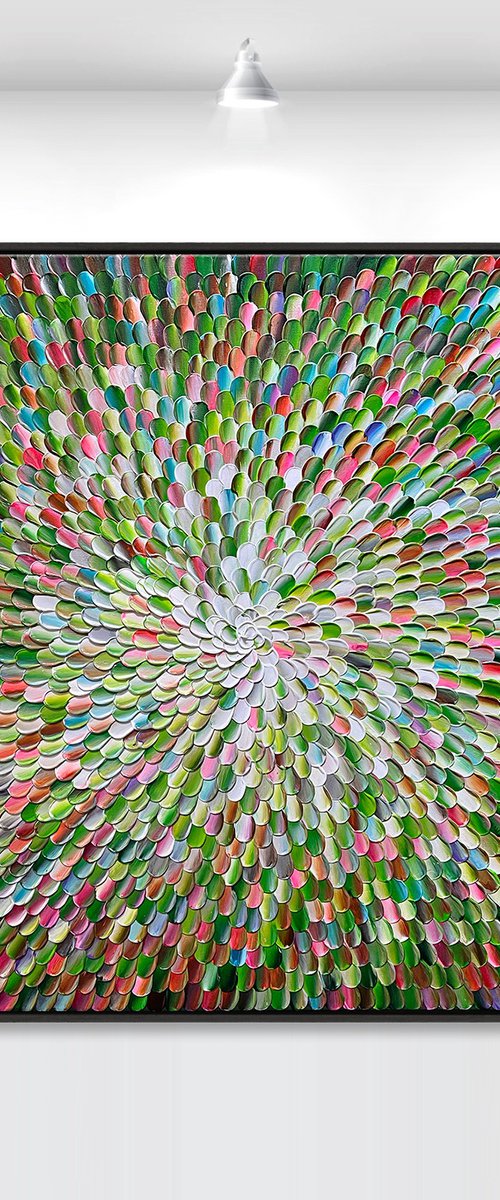
Tatiana Georgieva
Acrylic painting
124 x 94cm
£1850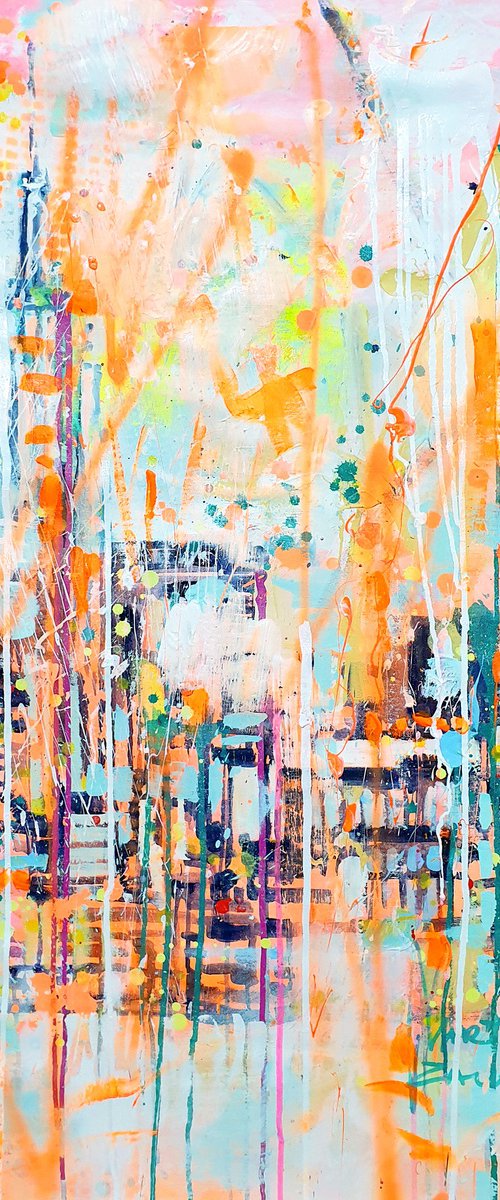
Marta Zawadzka
Acrylic painting
90 x 100cm
£1646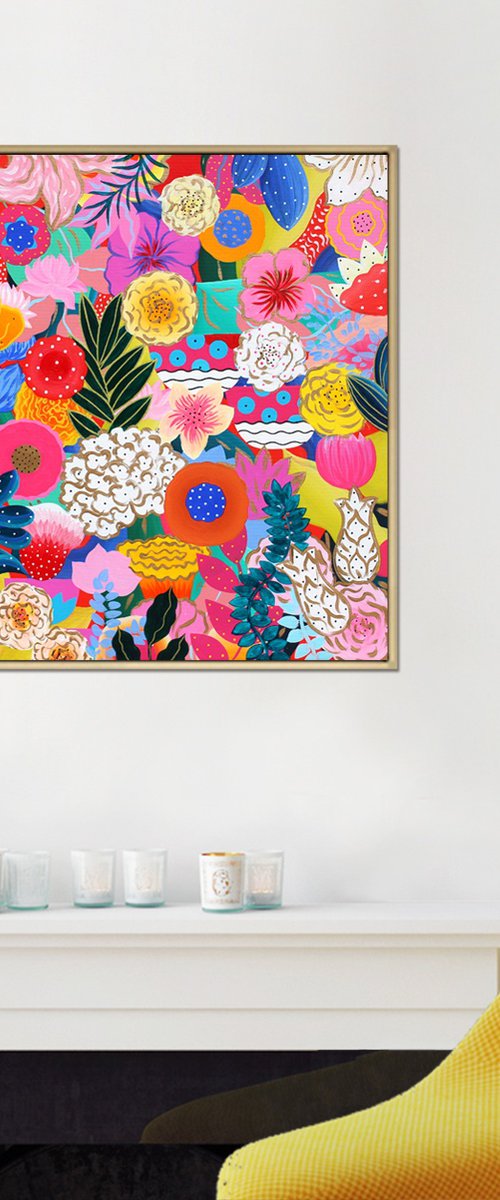
Martina Boycheva
Acrylic painting
80 x 80cm
£676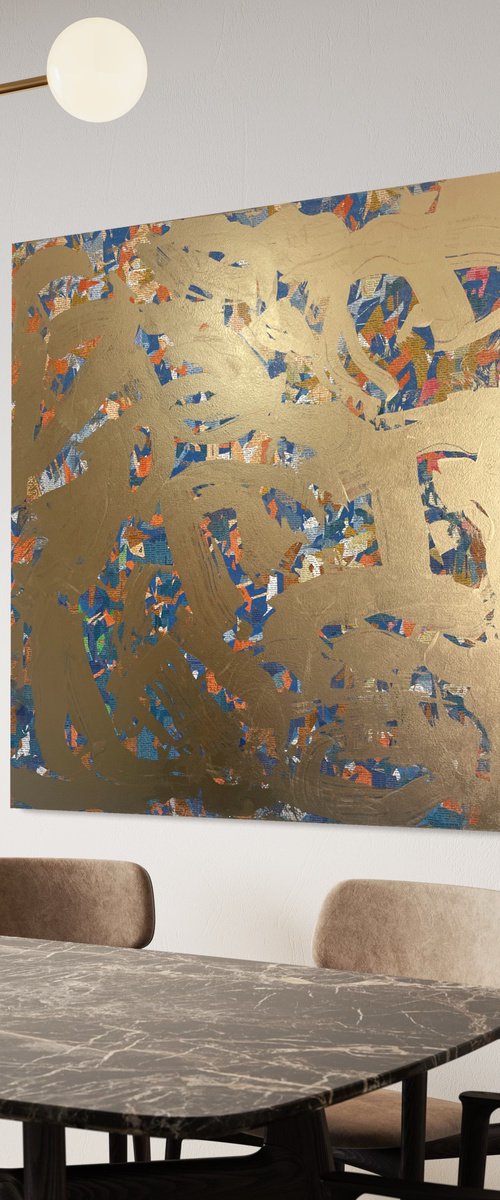
George Hall
Mixed-media painting
127 x 127cm
£2206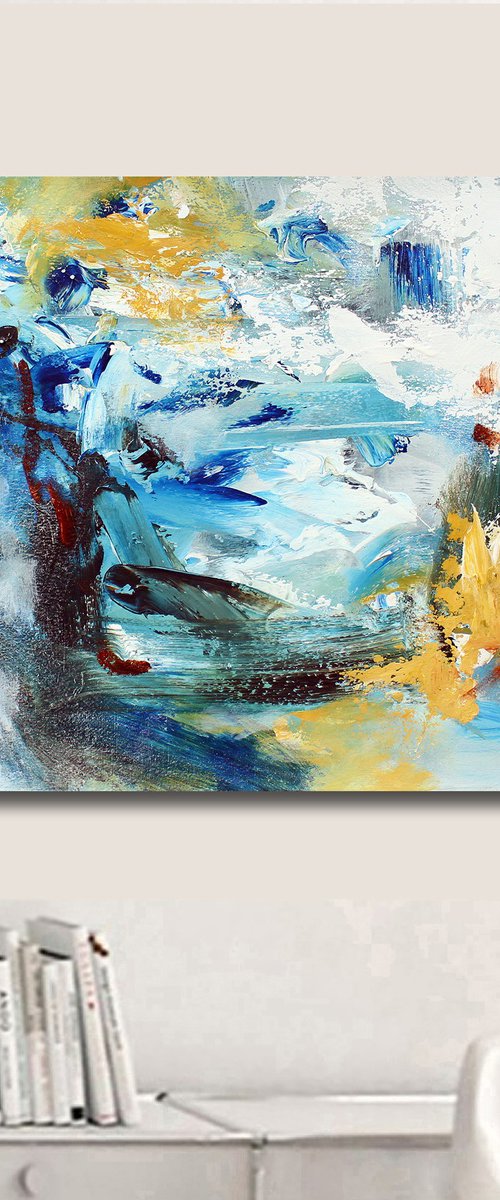
Hugh Abernethy
Oil painting
76 x 61cm
£550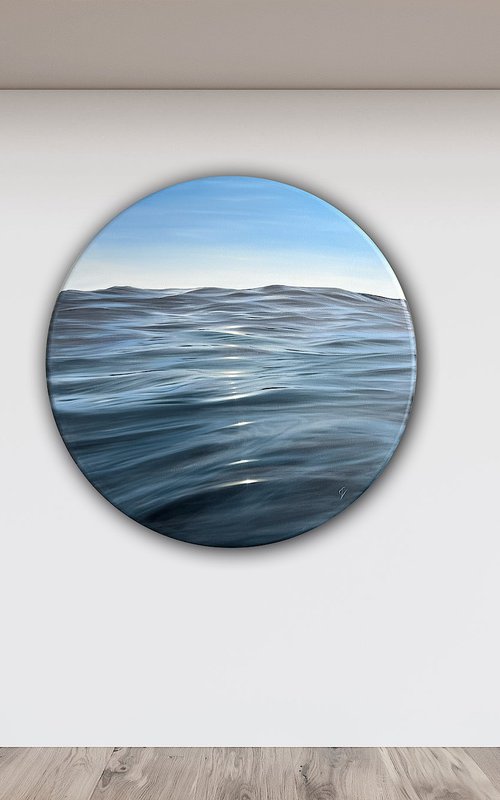
Eva Volf
Oil painting
119 x 119cm
£2368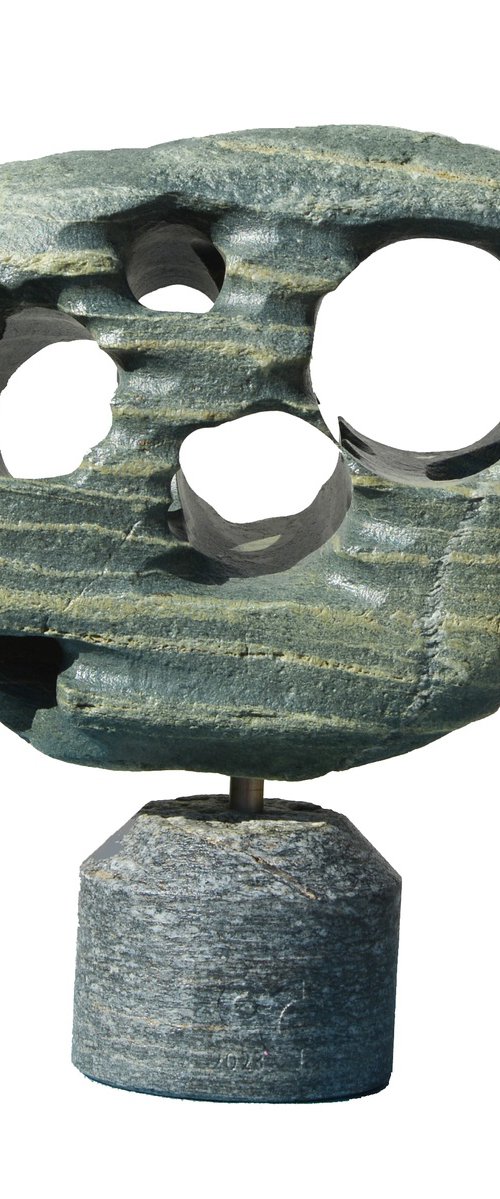
Ognyan Chitakov
Stone sculpture
18 x 22cm
£797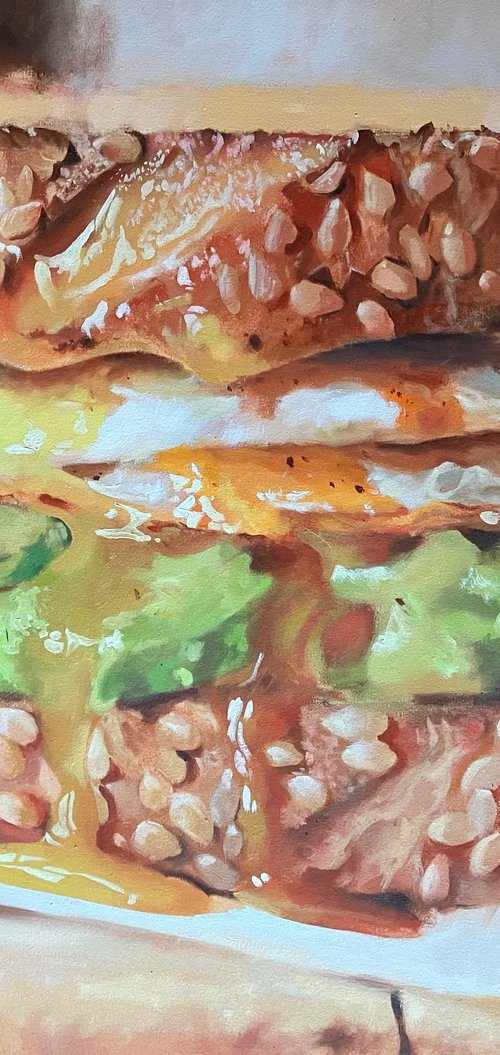
John Welsh
Oil painting
102 x 89cm
£550
Soos Tiberiu
Acrylic painting
140 x 80cm
Now £624
£1040(-40%)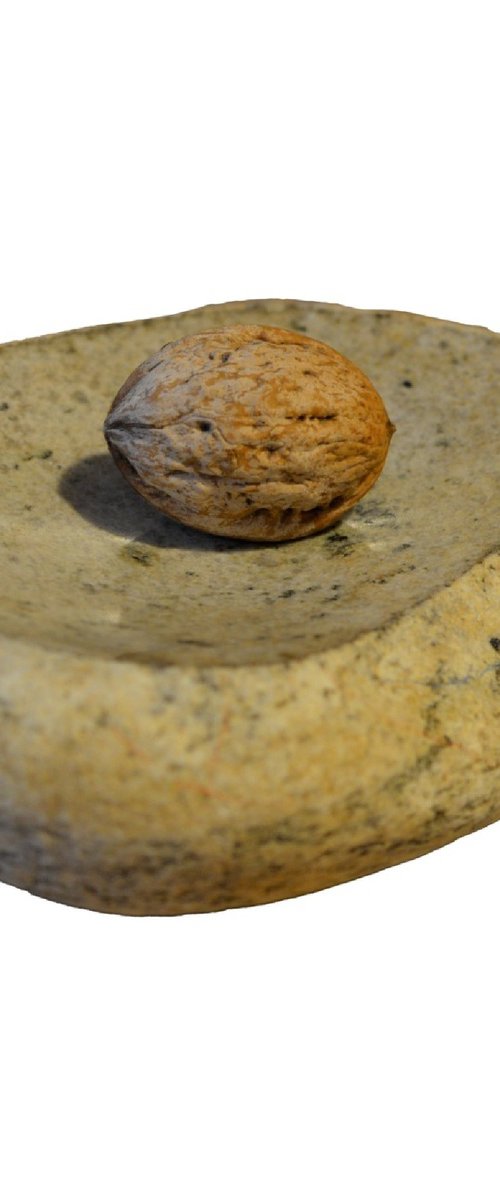
Ognyan Chitakov
Stone sculpture
19 x 9cm
£217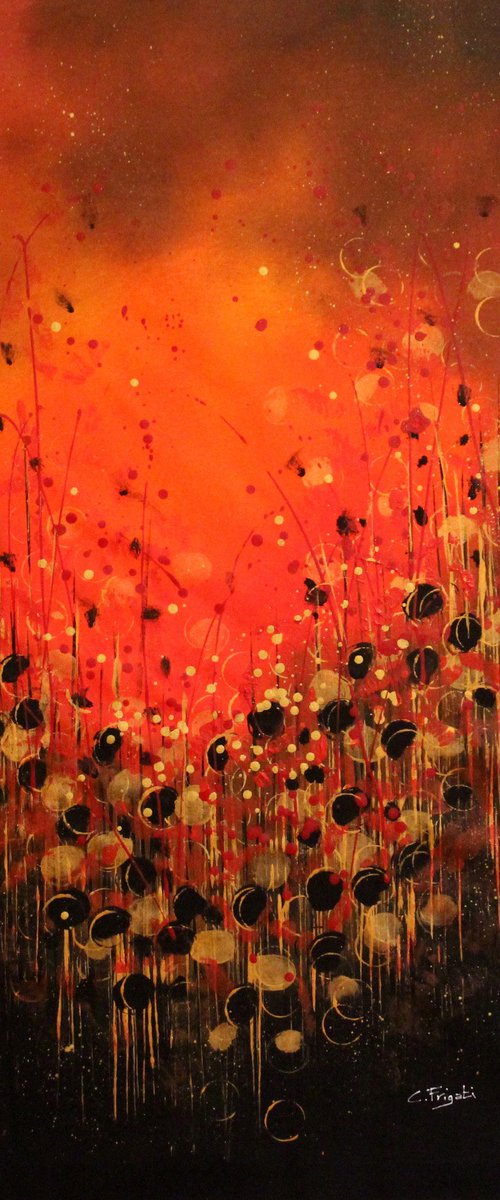
Cecilia Frigati
Acrylic painting
69 x 121cm
£1551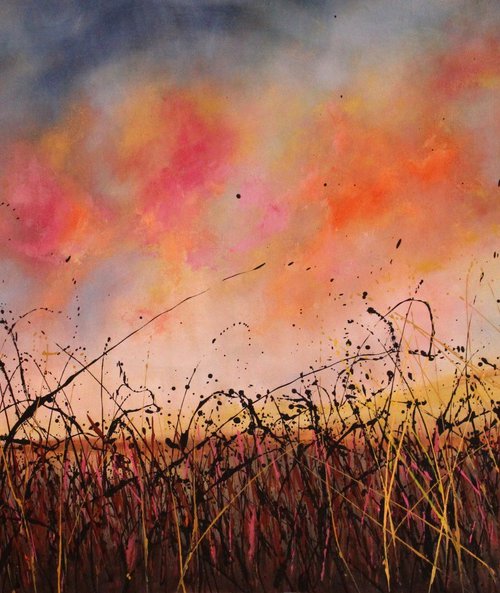
Cecilia Frigati
Acrylic painting
214 x 109cm
£3977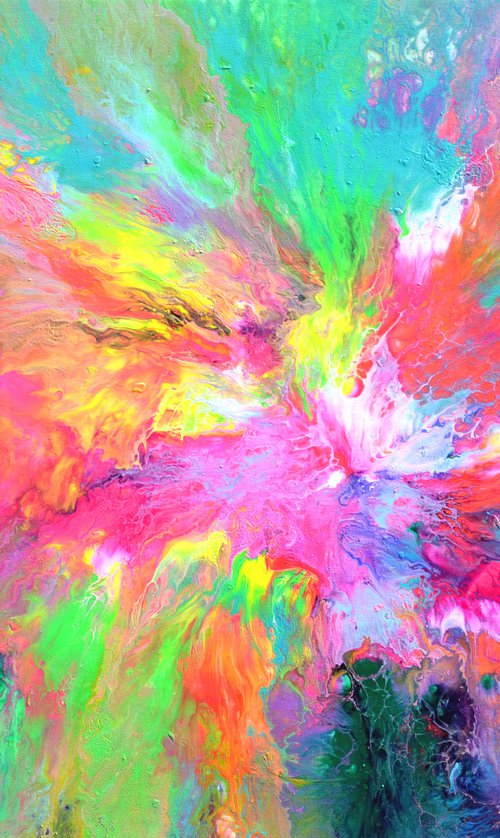
Soos Tiberiu
Acrylic painting
100 x 70cm
Now £224
£373(-40%)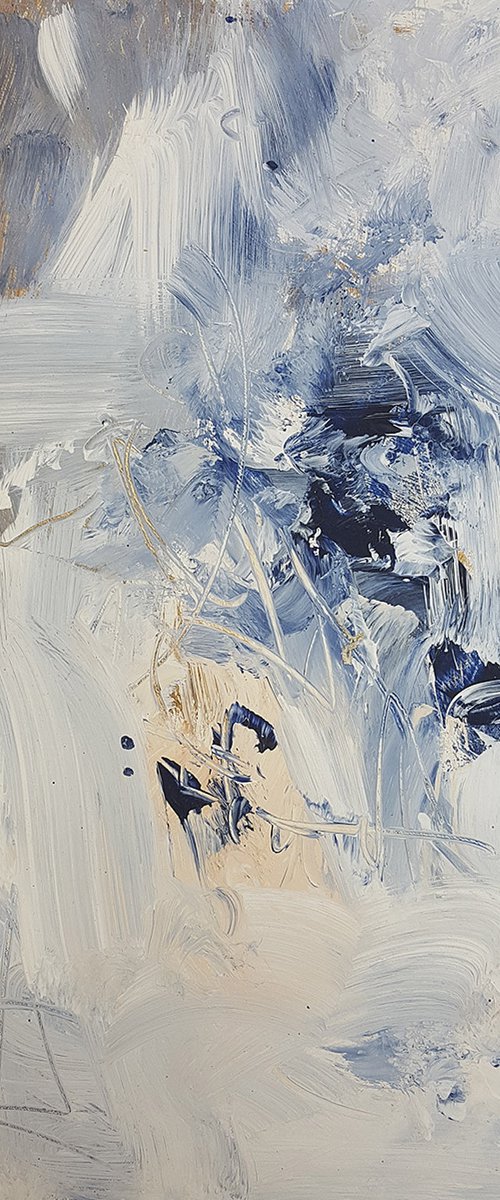
Hugh Abernethy
Oil painting
28 x 36cm
£325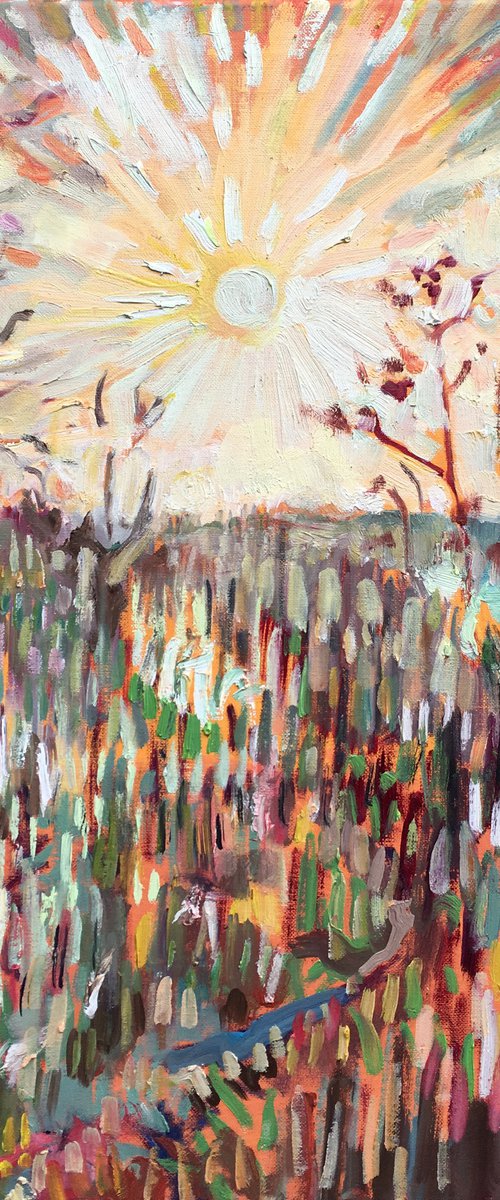
Guy Pickford
Oil painting
42 x 58cm
Now £383
£450(-15%)
Ognyan Chitakov
Stone sculpture
26 x 20cm
£910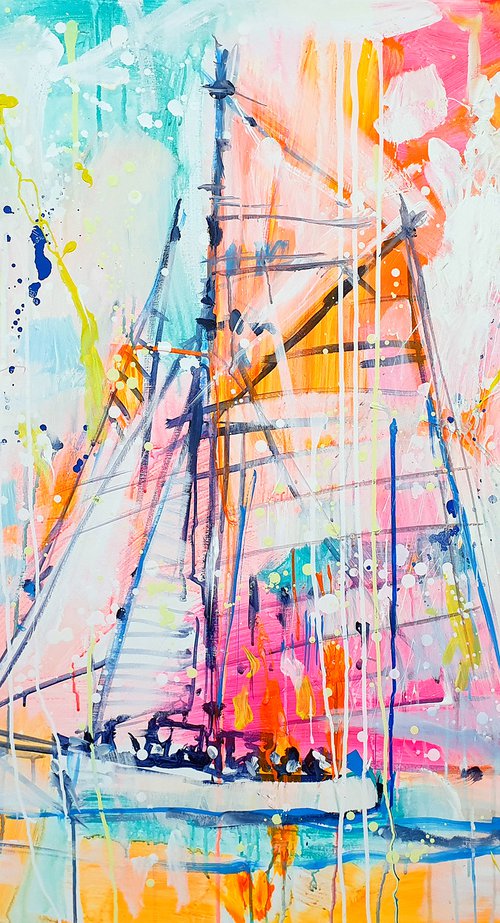
Marta Zawadzka
Acrylic painting
130 x 100cm
£2028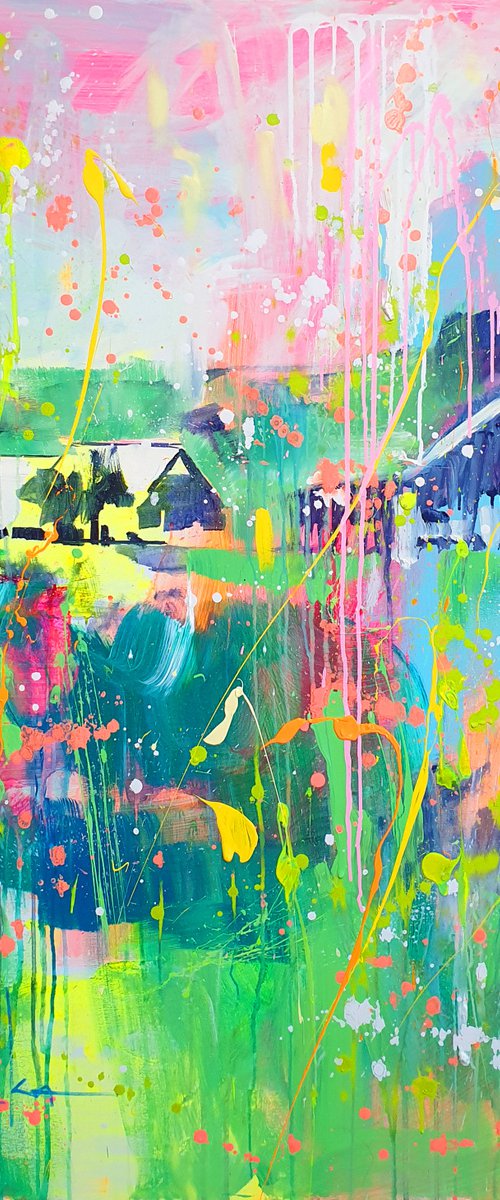
Marta Zawadzka
Acrylic painting
120 x 120cm
£2729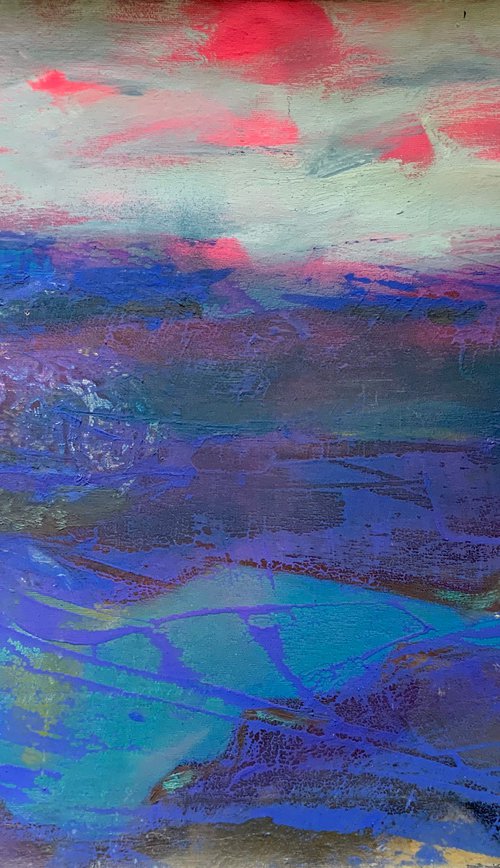
Yaroslav Yasenev
Acrylic painting
70 x 50cm
£600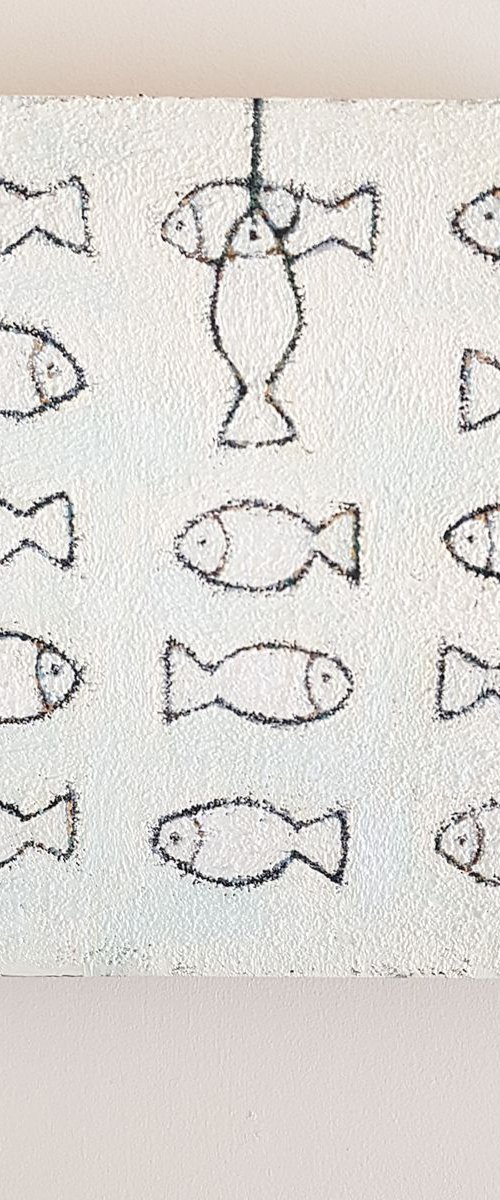
Zhana Viel
Acrylic painting
30 x 30cm
Now £400
£500(-20%)
Journey Gong
Photograph
41 x 61cm
Now £471
£589(-20%)
Thomas Hjelm
Oil painting
64 x 64cm
£595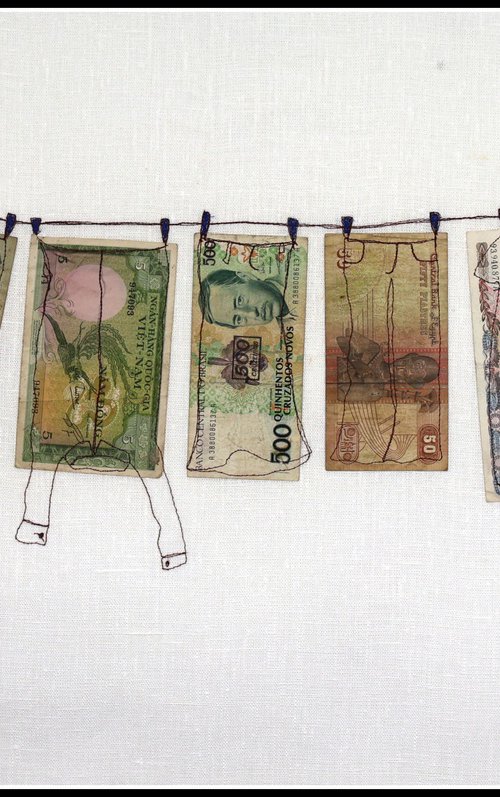
Mariann Johansen-Ellis
Collage
66 x 43cm
£136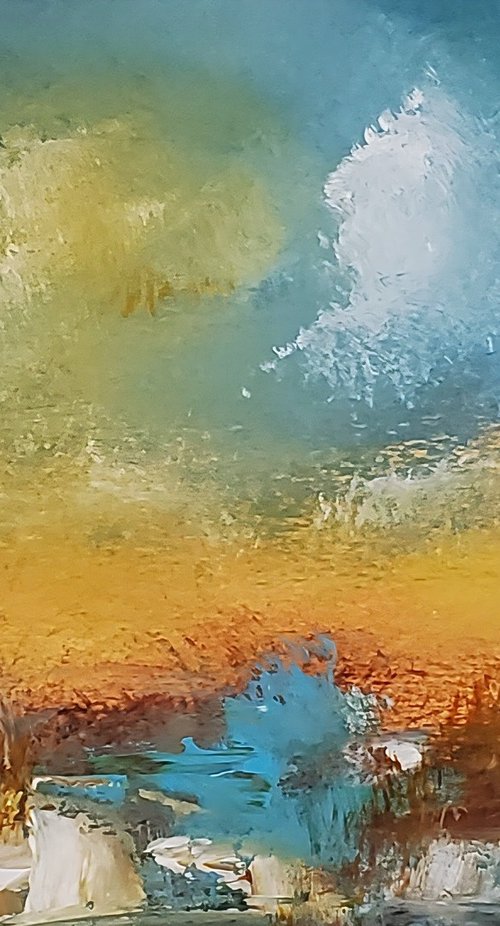
Niyati Jiwani
Acrylic painting
36 x 28cm
£208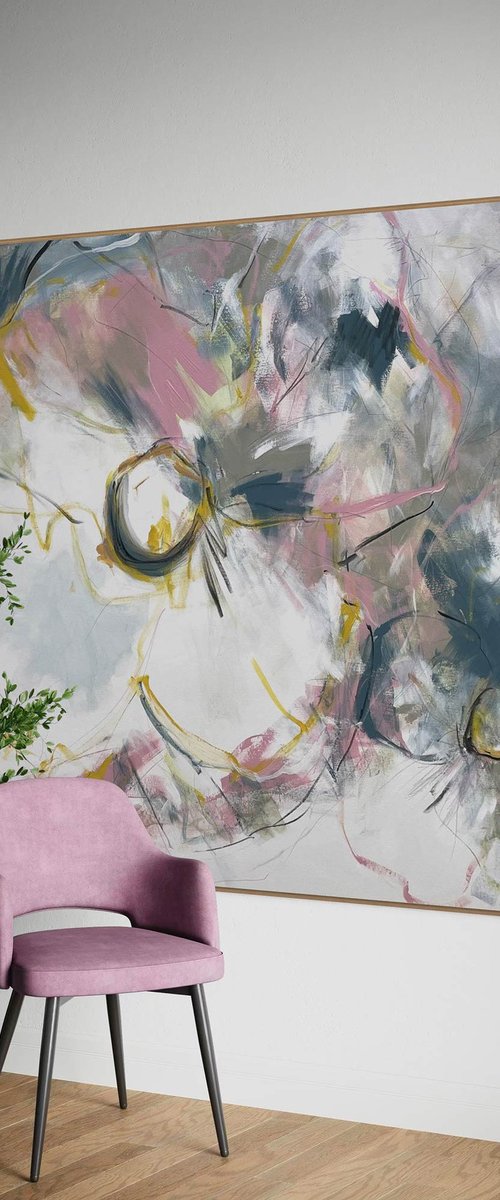
Cheryl Harrison MA
Acrylic painting
160 x 140cm
£1430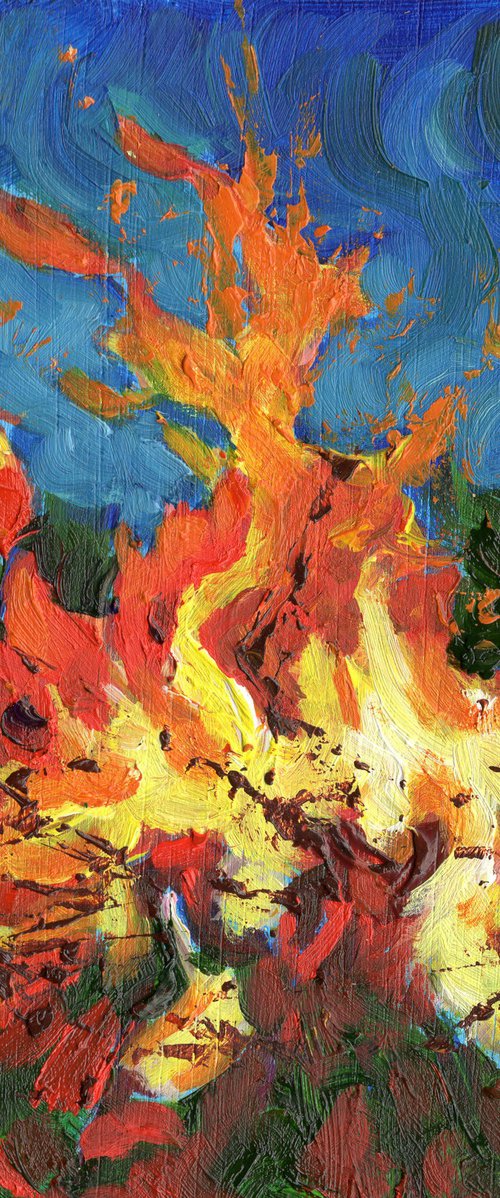
Mary Kemp
Oil painting
20 x 20cm
£200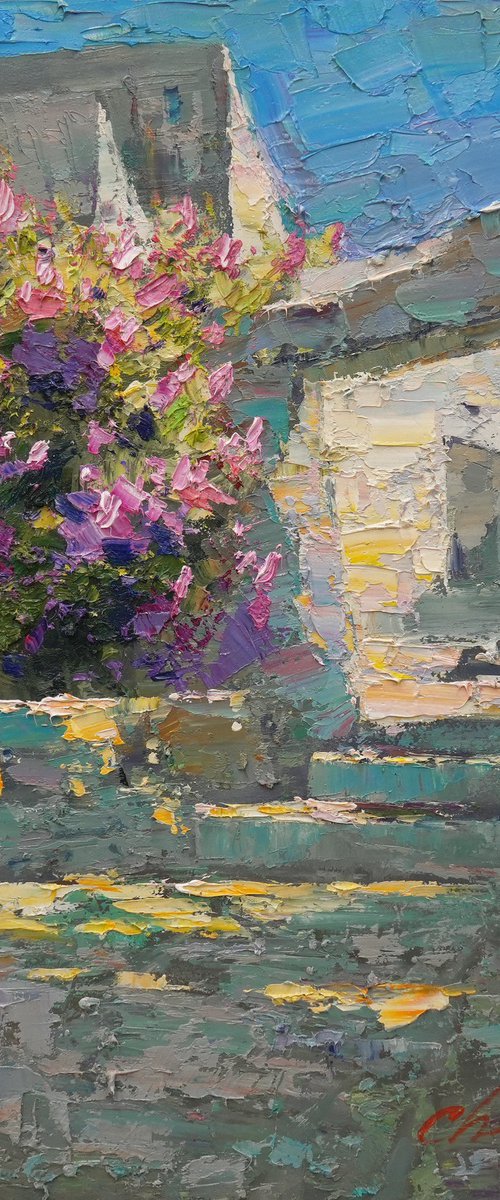
Serhii Cherniakovskyi
Oil painting
35 x 50cm
£422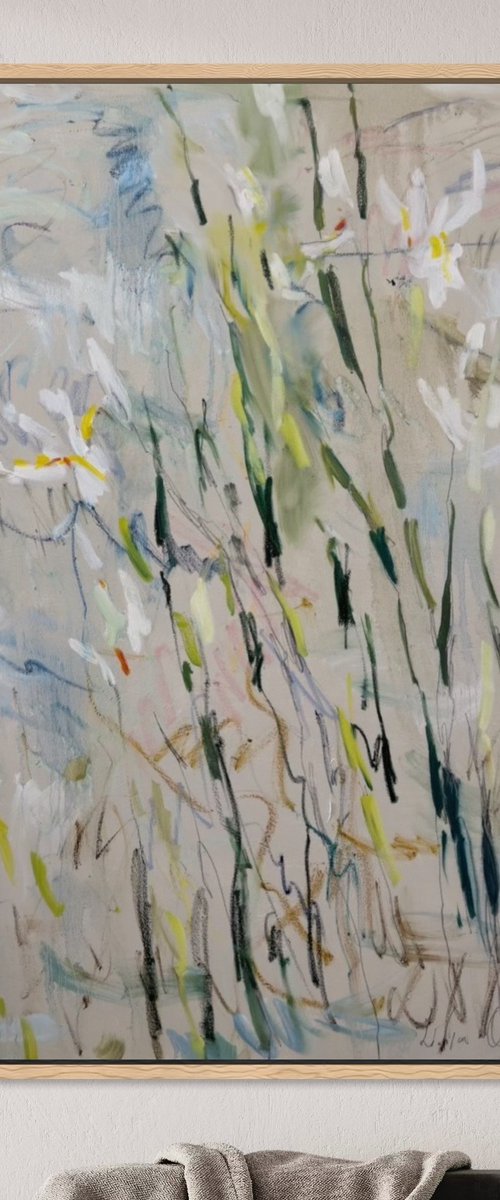
Lilia Orlova-Holmes
Oil painting
120 x 120cm
£7500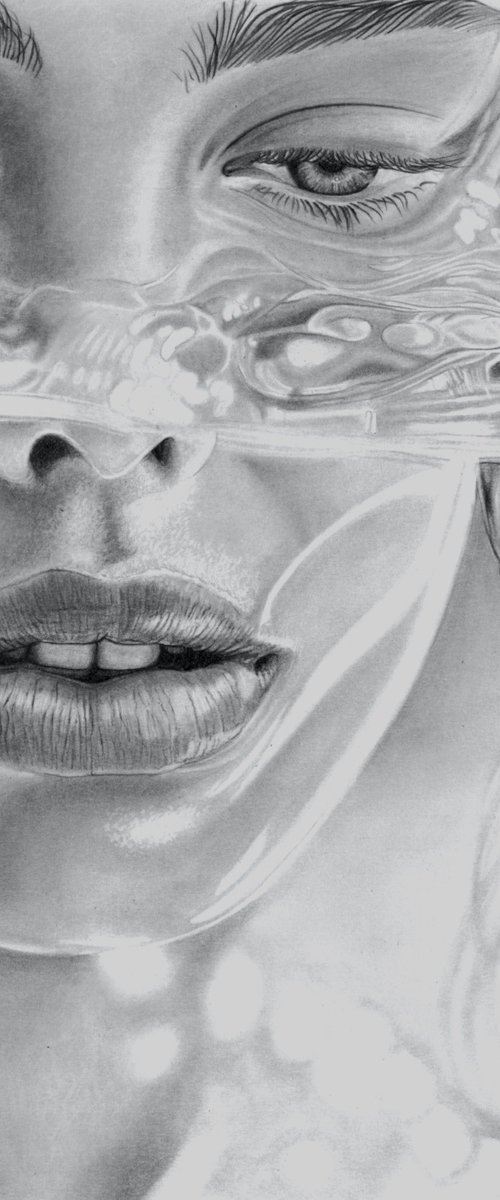
Paul Stowe
Pencil drawing
31 x 45cm
£750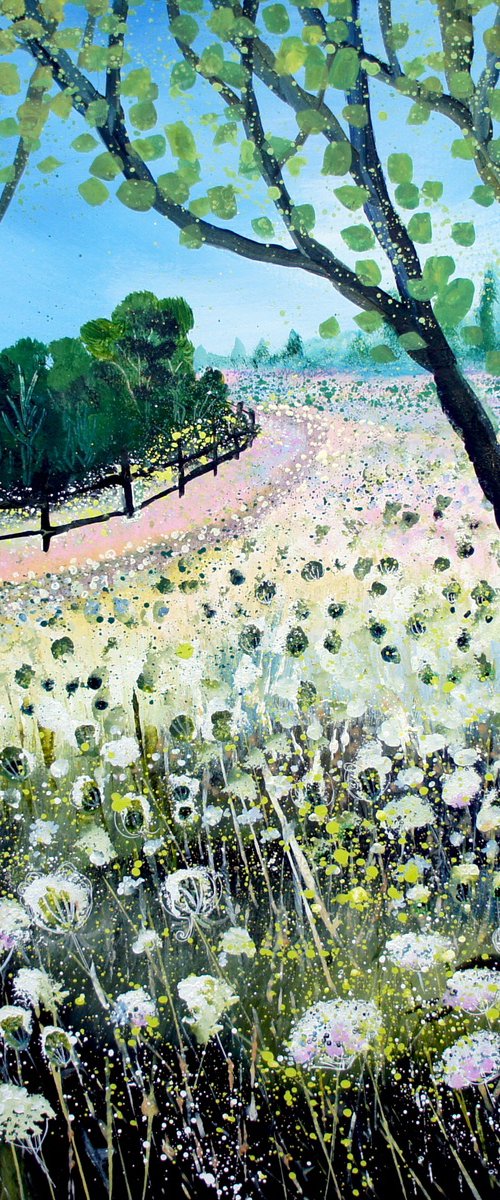
Julia Rigby
Acrylic painting
65 x 65cm
£465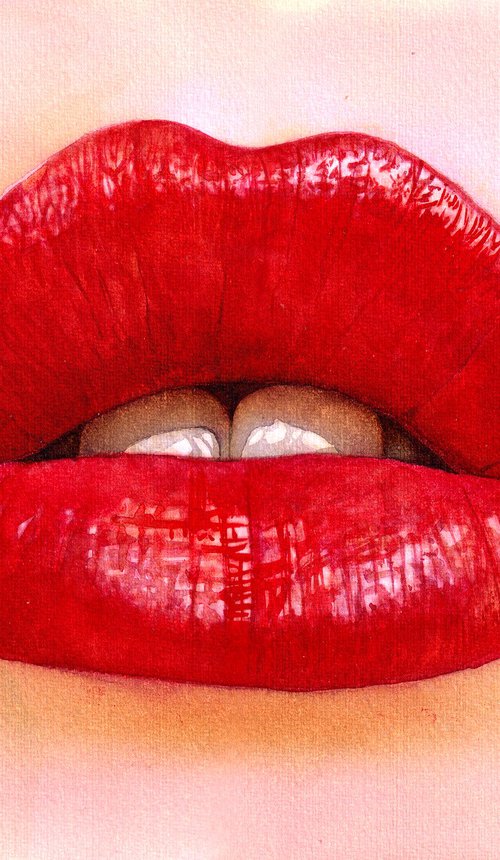
REME Jr.
Watercolour
35 x 25cm
£225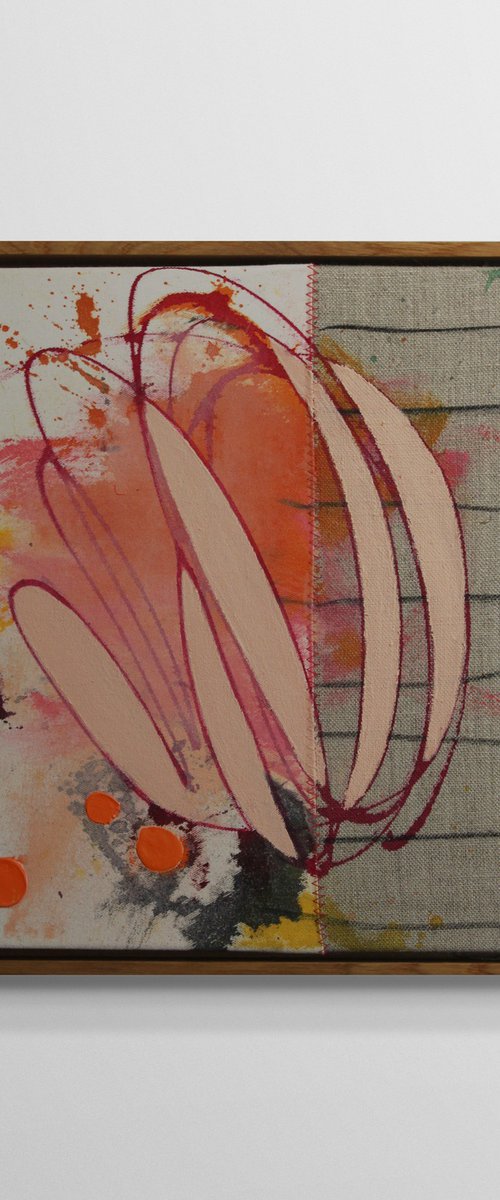
Daniela Schweinsberg
Mixed-media painting
32 x 32cm
£425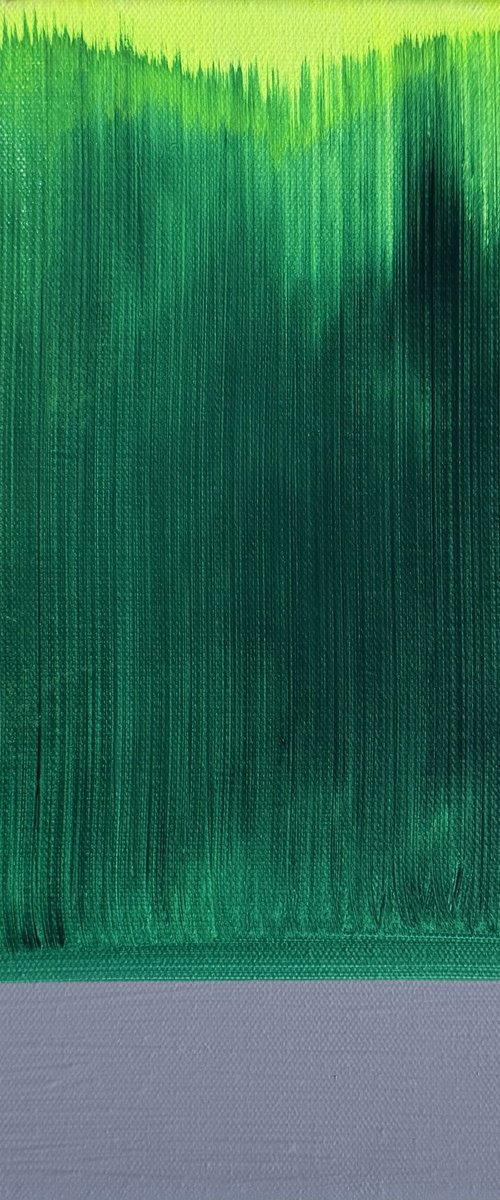
Katrin Roth
Acrylic painting
24 x 30cm
£330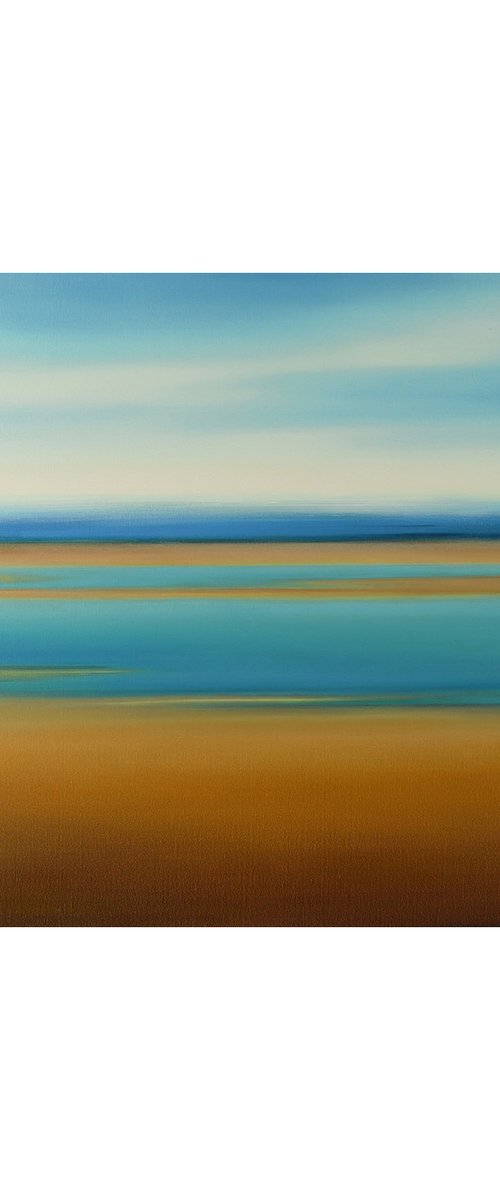
Suzanne Vaughan
Oil painting
112 x 61cm
£1110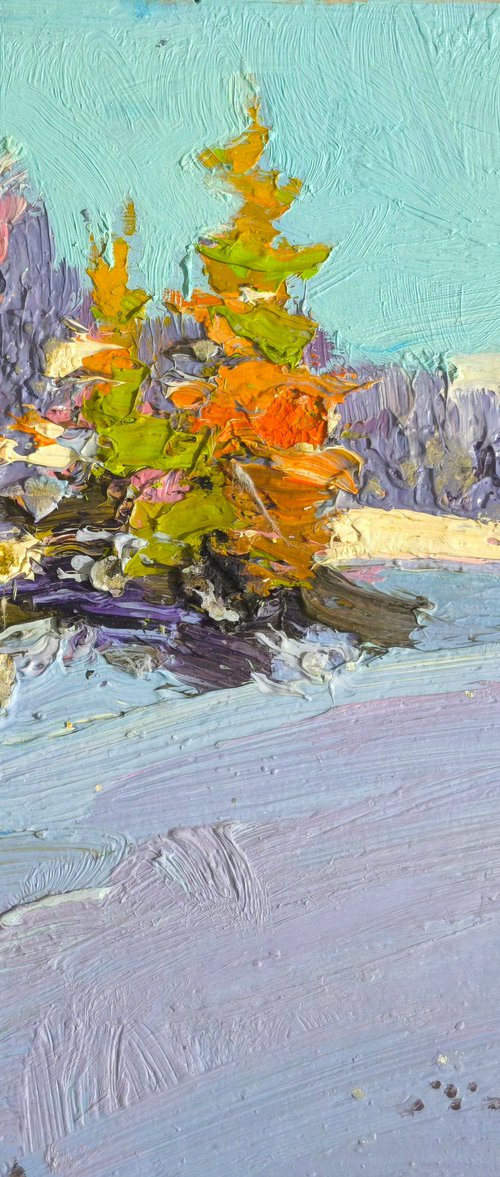
Alexander Shandor
Oil painting
19 x 19cm
£333
Karim Carella
Photograph
145 x 100cm
£606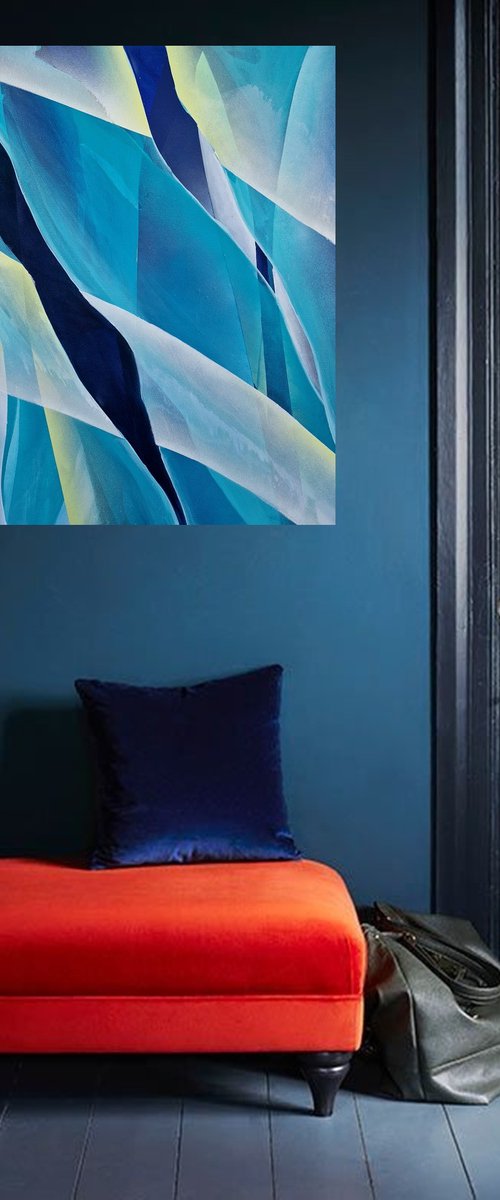
Danijela Dan
Acrylic painting
60 x 80cm
£477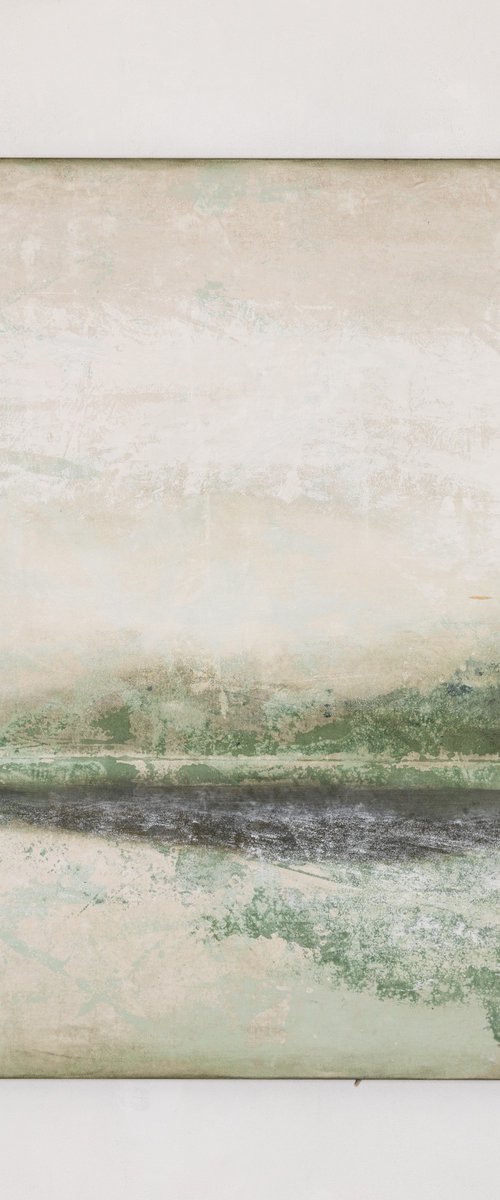
Rokas Berziunas
Acrylic painting
90 x 120cm
£3119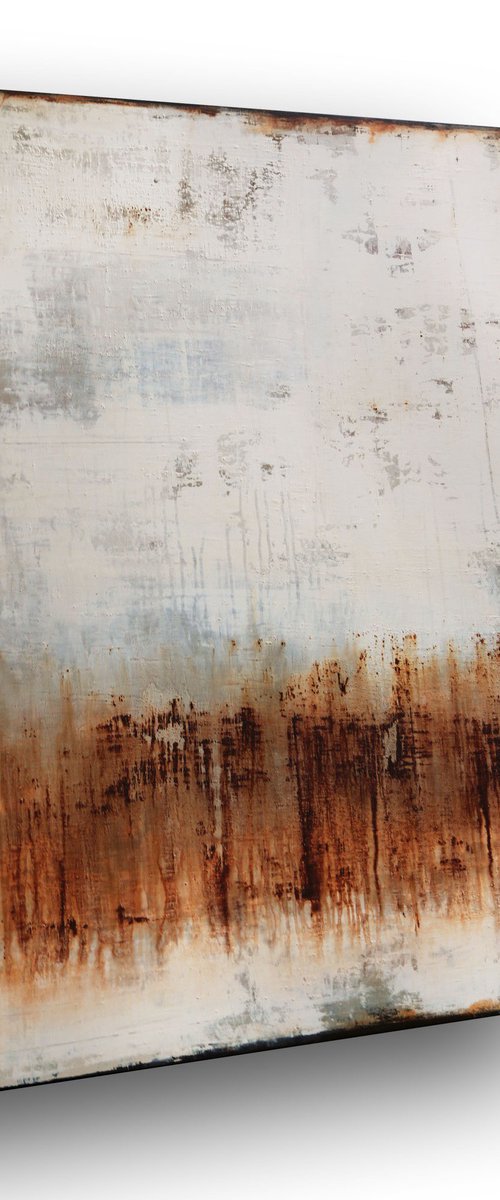
Inez Froehlich
Acrylic painting
100 x 140cm
£2253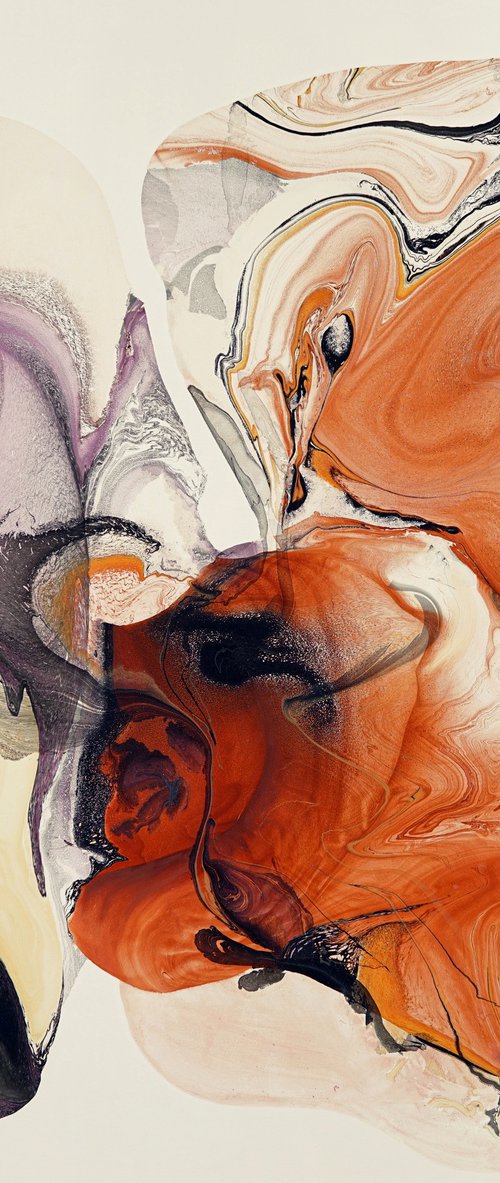
Fintan Whelan
Oil painting
100 x 100cm
£2773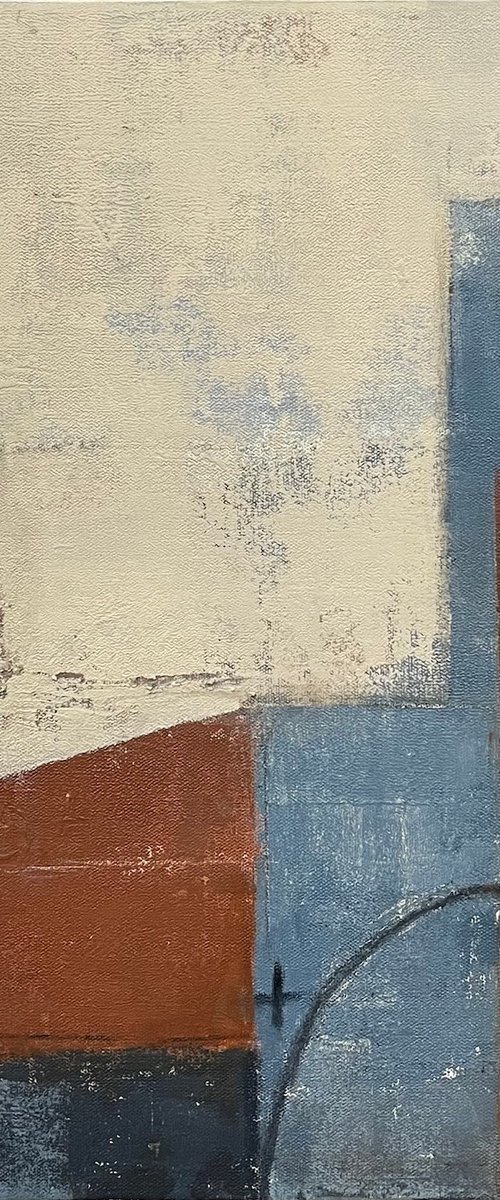
Shellie Garber
Acrylic painting
51 x 51cm
£407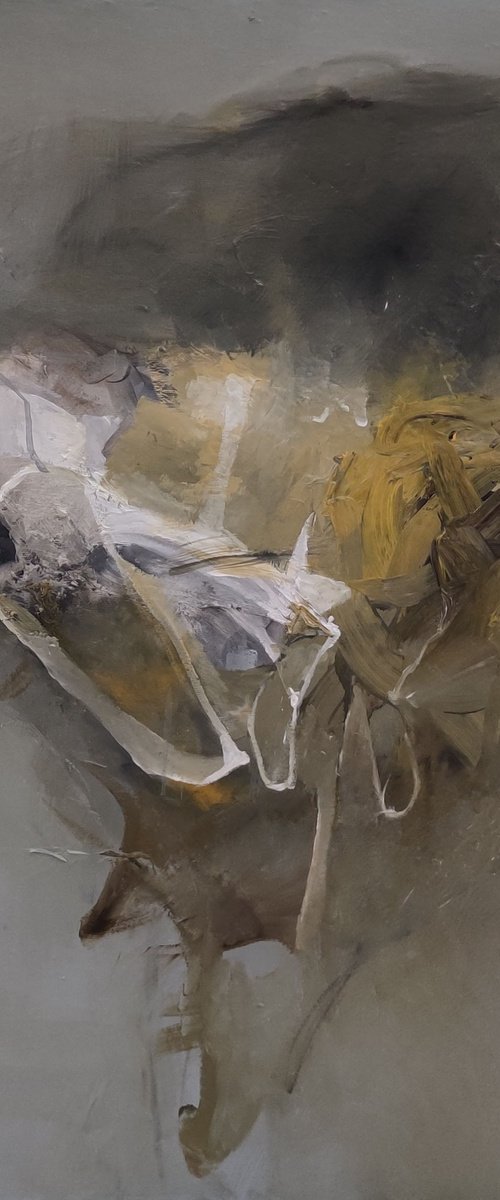
Mladen Ilic
Oil painting
70 x 70cm
£2504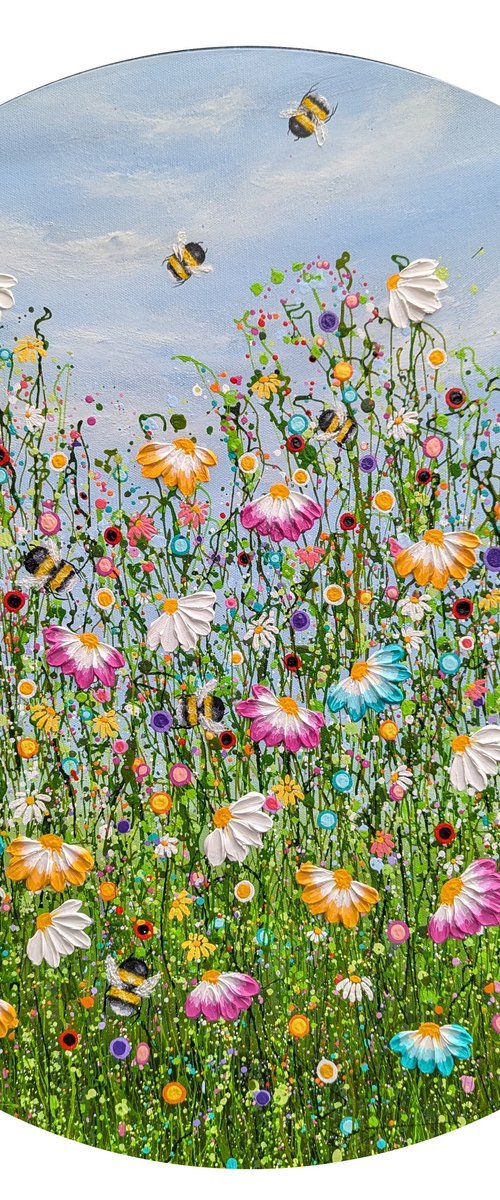
Lucy Moore
Acrylic painting
60 x 60cm
£410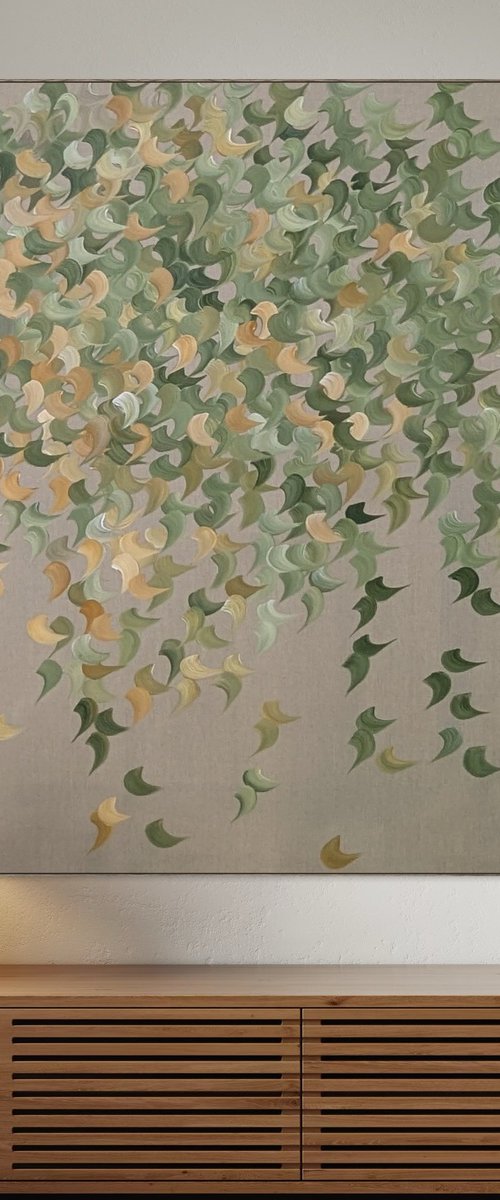
Gabriela Azar Schreiner
Acrylic painting
140 x 140cm
£2546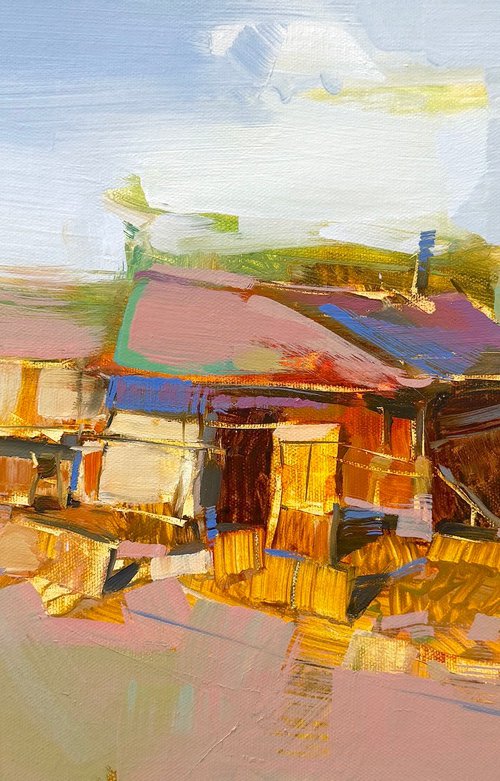
Vahe Yeremyan
Oil painting
41 x 28cm
£592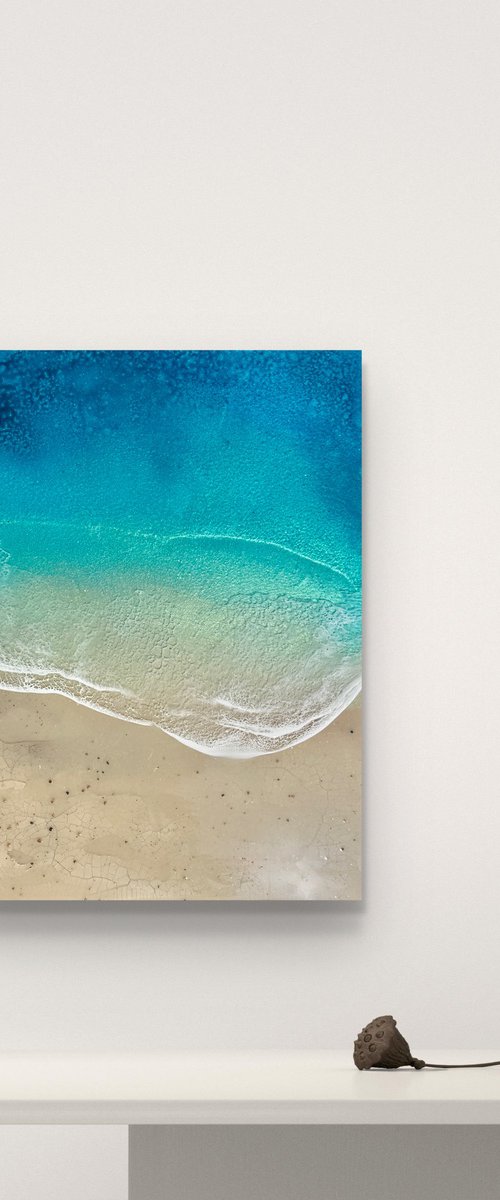
Ana Hefco
Acrylic painting
46 x 61cm
£888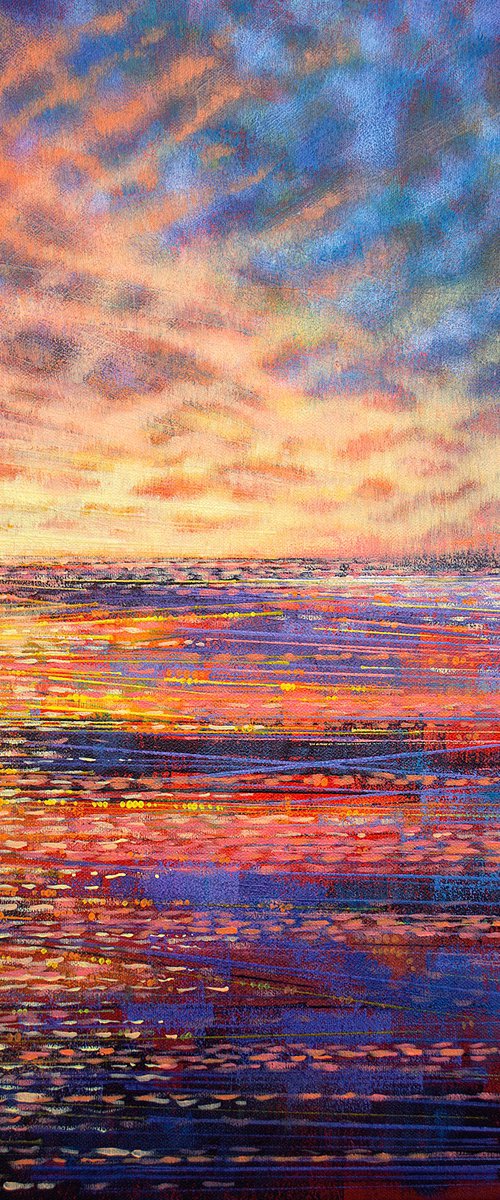
Marc Todd
Acrylic painting
42 x 59cm
£495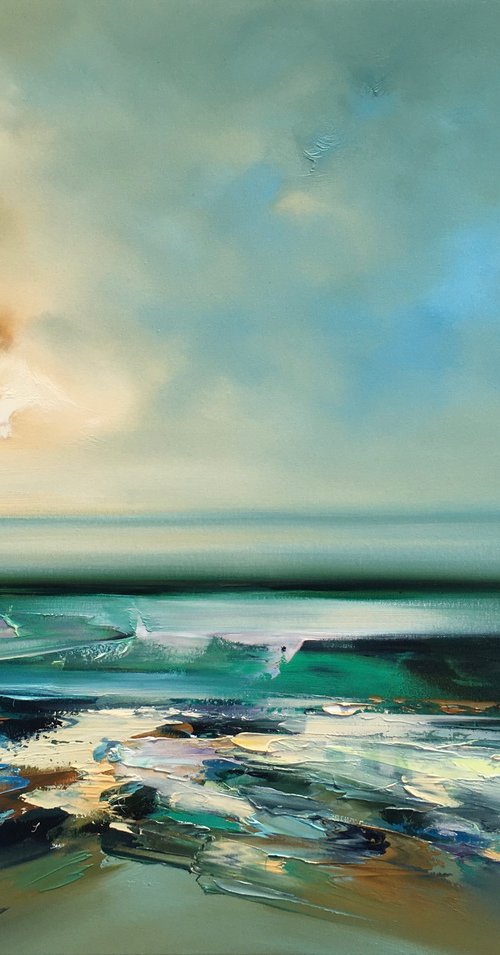
Beata Belanszky Demko
Oil painting
100 x 80cm
£1355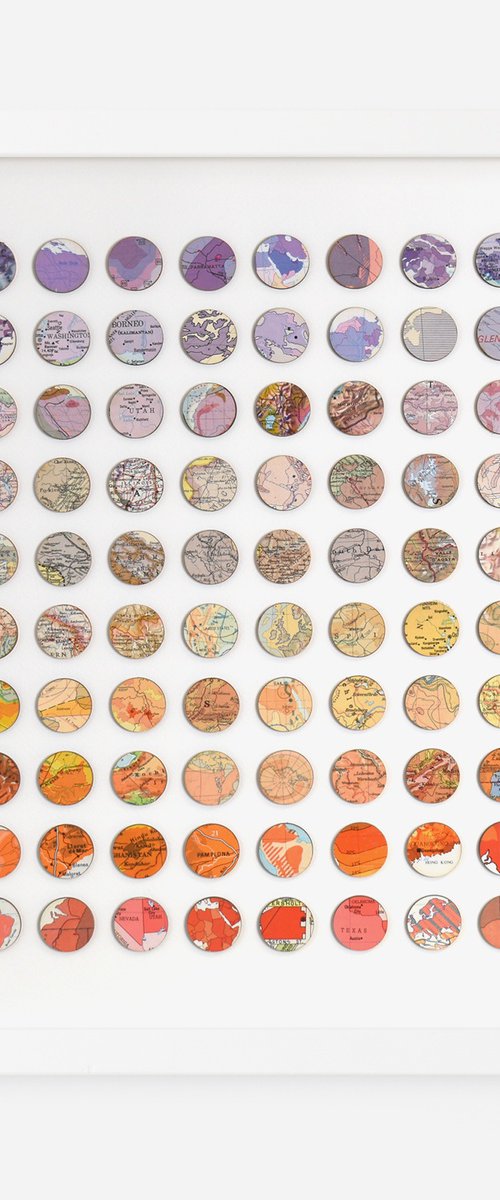
Amelia Coward
Collage
53 x 53cm
£950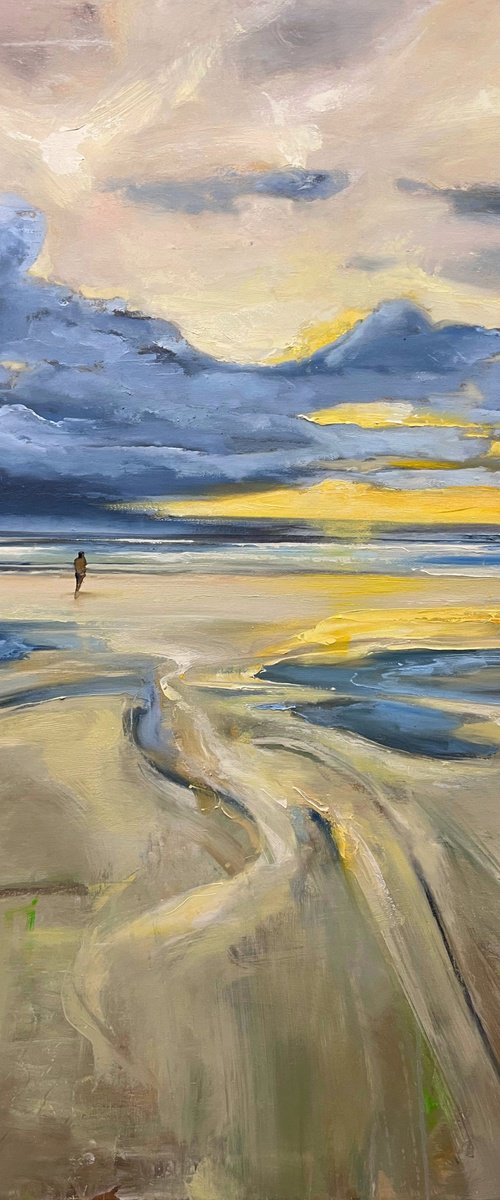
Romuald Mulk Musiolik
Oil painting
72 x 90cm
£1040
Andrada Anghel
Acrylic painting
91 x 91cm
£1184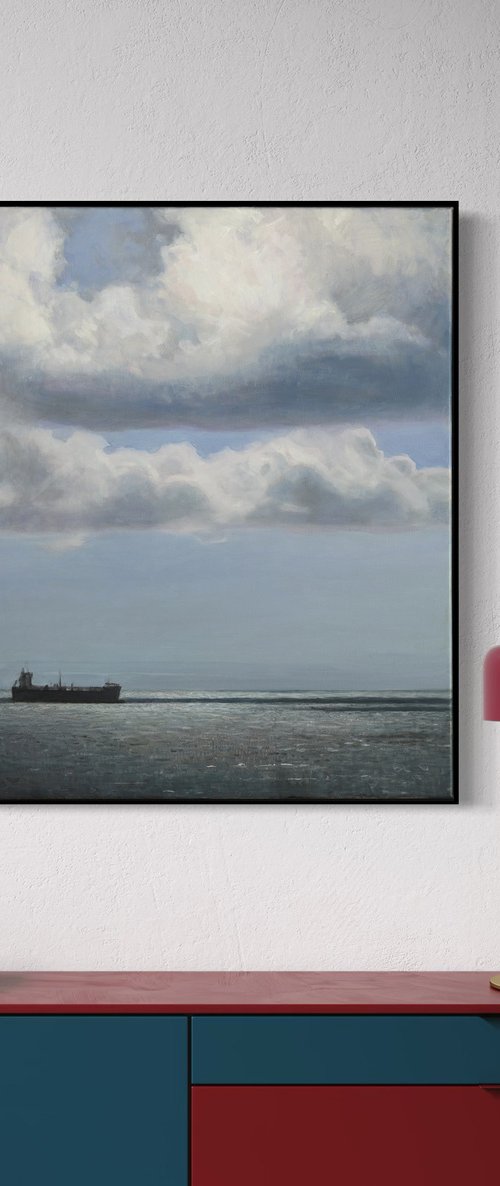
Bo Kravchenko
Oil painting
79 x 79cm
£1403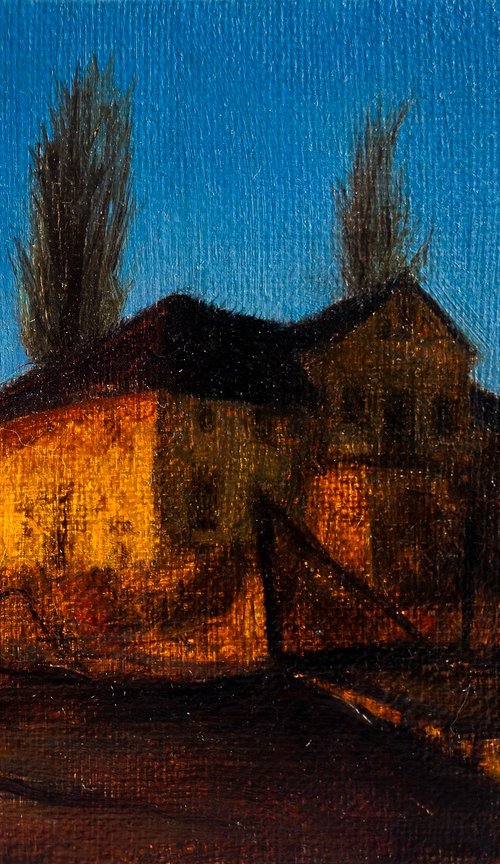
Eliza Kołodziej
Oil painting
18 x 13cm
£200
Andrada Anghel
Acrylic painting
76 x 76cm
£666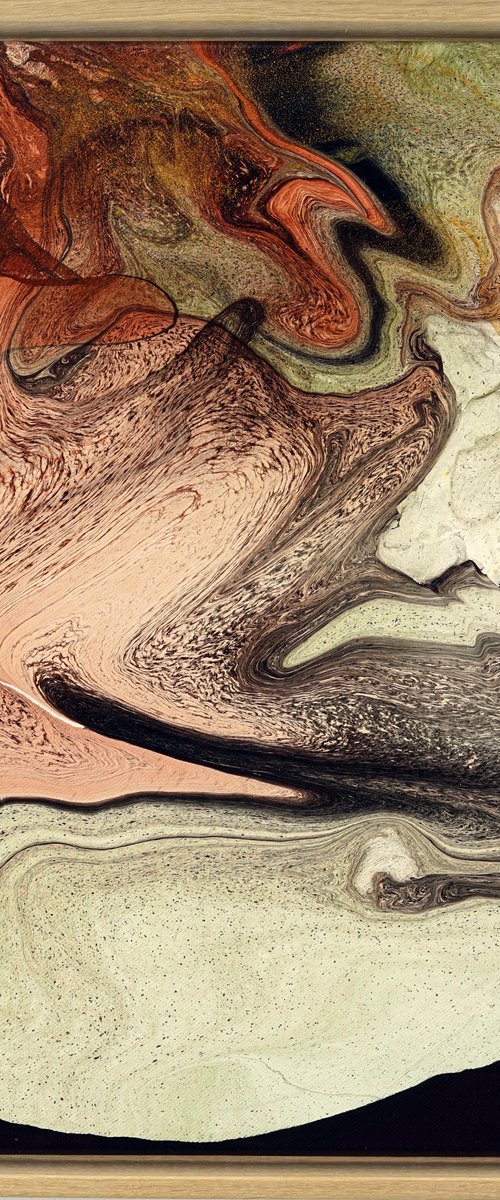
Fintan Whelan
Oil painting
52 x 52cm
£694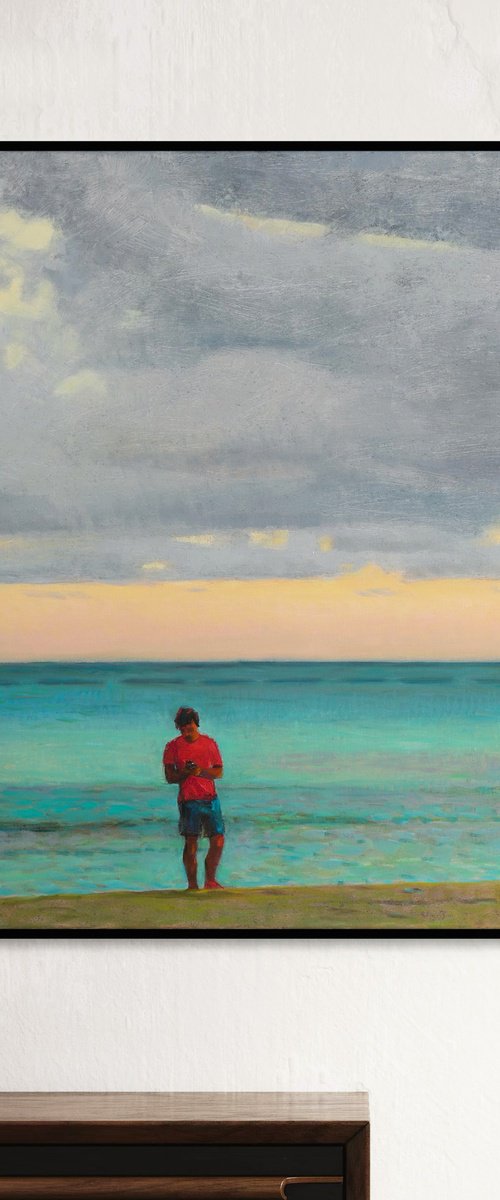
Bo Kravchenko
Oil painting
79 x 79cm
£1403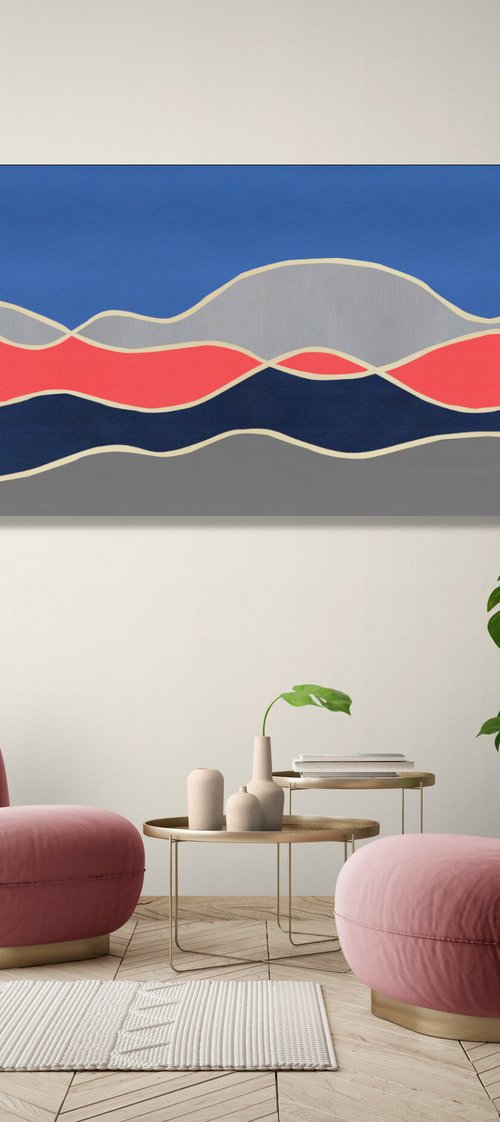
Marina Krylova
Acrylic painting
110 x 70cm
£627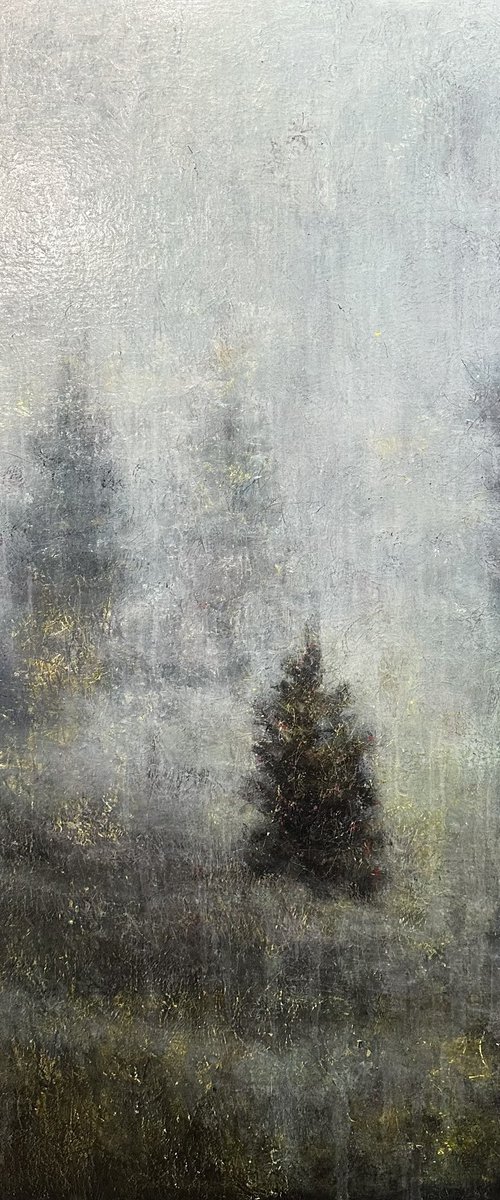
Margarita Ivanova
Mixed-media painting
85 x 135cm
£7400
Simon Jones
Painting
82 x 102cm
Now £636
£748(-15%)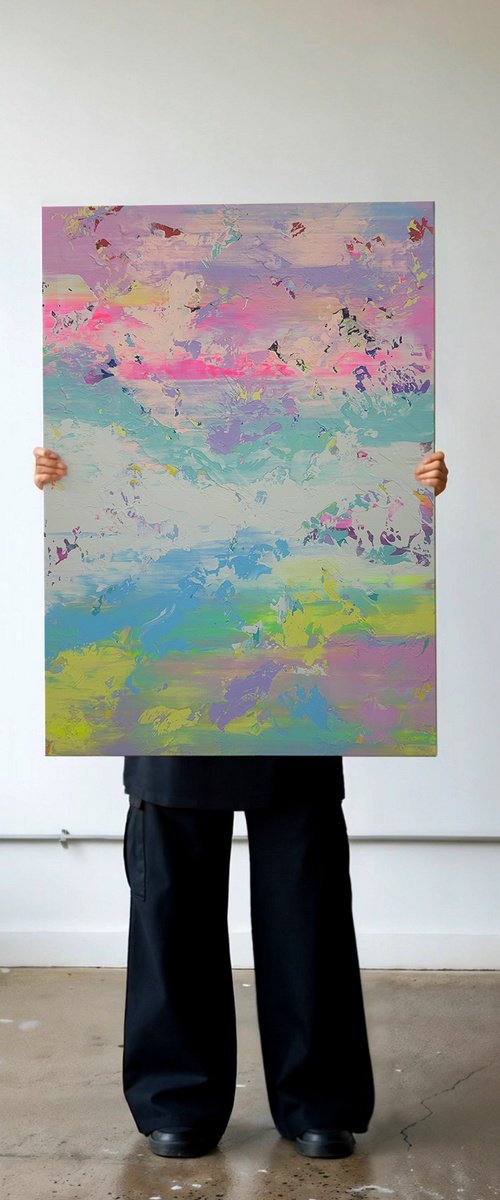
Alex Senchenko
Acrylic painting
100 x 120cm
£1800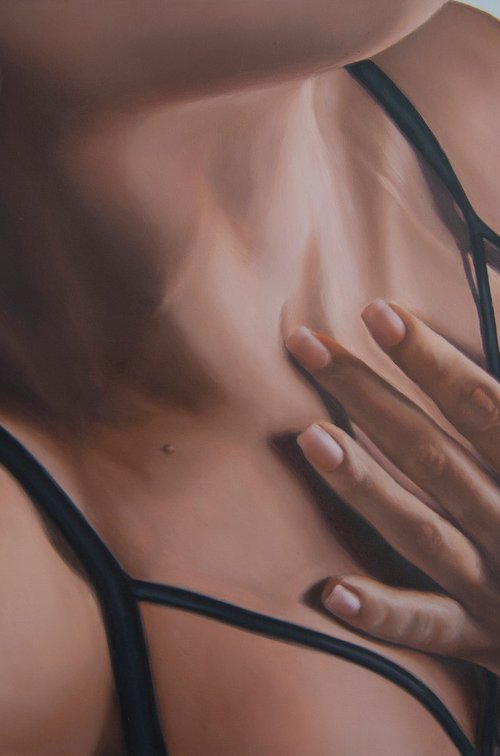
Simona Tsvetkova
Oil painting
80 x 50cm
£850
Nadia Attura
Photograph
50 x 70cm
£350
Vahe Yeremyan
Oil painting
33 x 66cm
£1110
Marina Krylova
Acrylic painting
170 x 90cm
Now £666
£1332(-50%)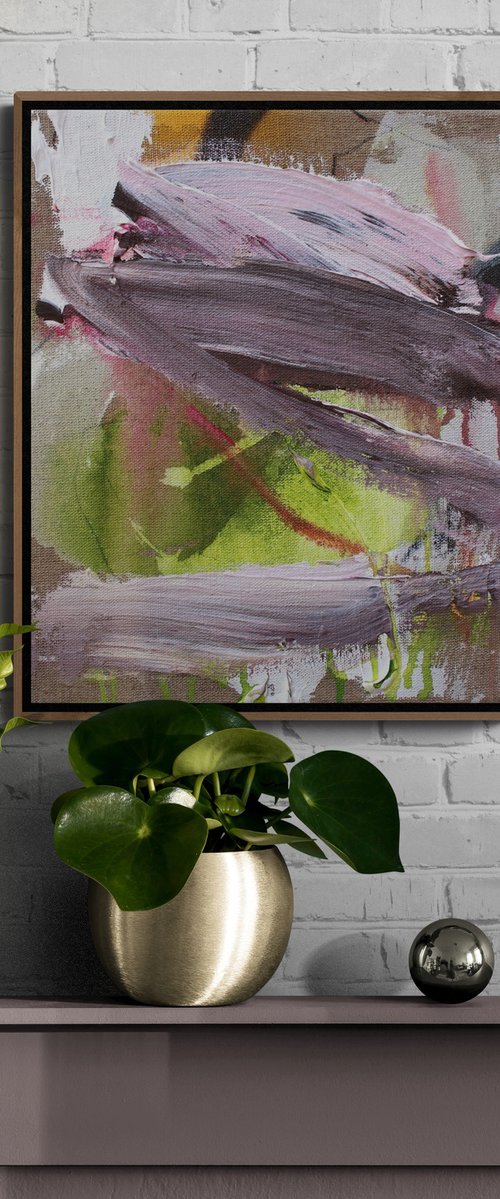
Daniela Schweinsberg
Acrylic painting
24 x 30cm
Now £236
£295(-20%)
Ana Hefco
Mixed-media painting
122 x 61cm
Now £933
£1332(-30%)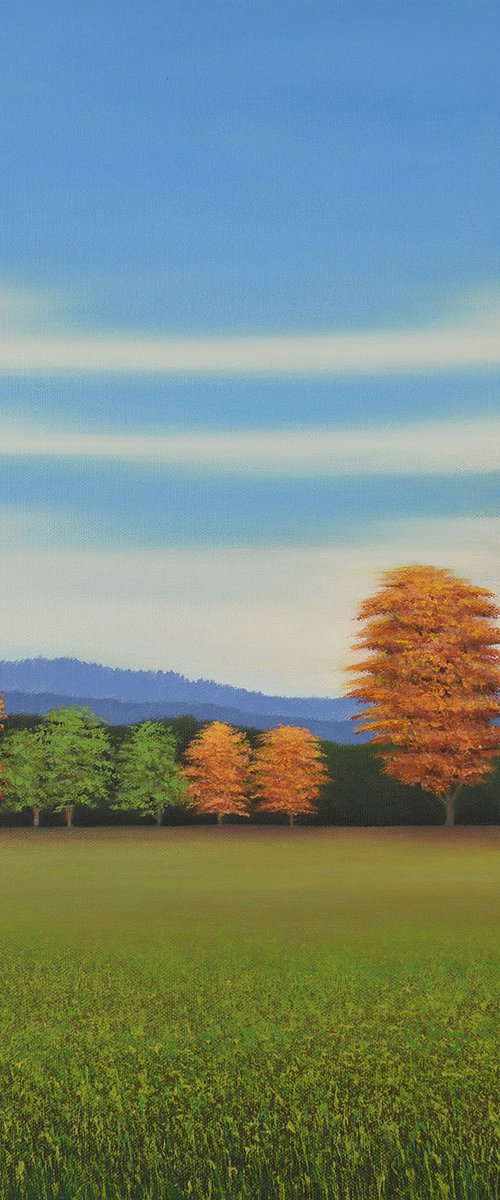
Suzanne Vaughan
Oil painting
41 x 51cm
£415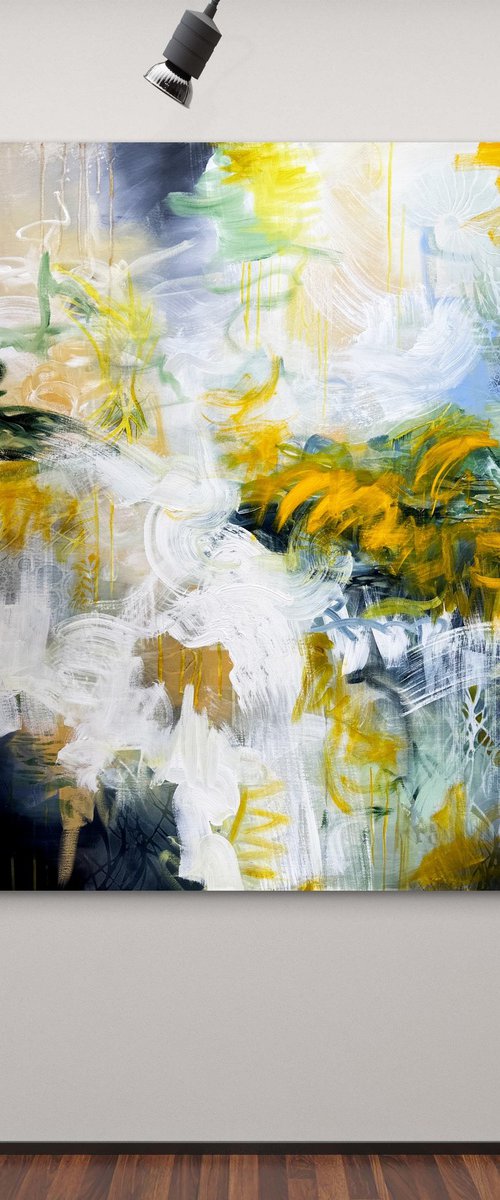
Andrada Anghel
Mixed-media painting
91 x 122cm
£1258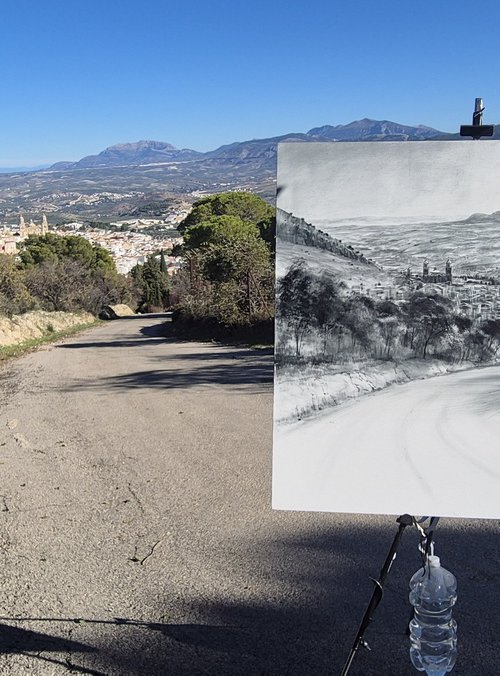
Rafael Carrascal
Oil painting
100 x 100cm
£849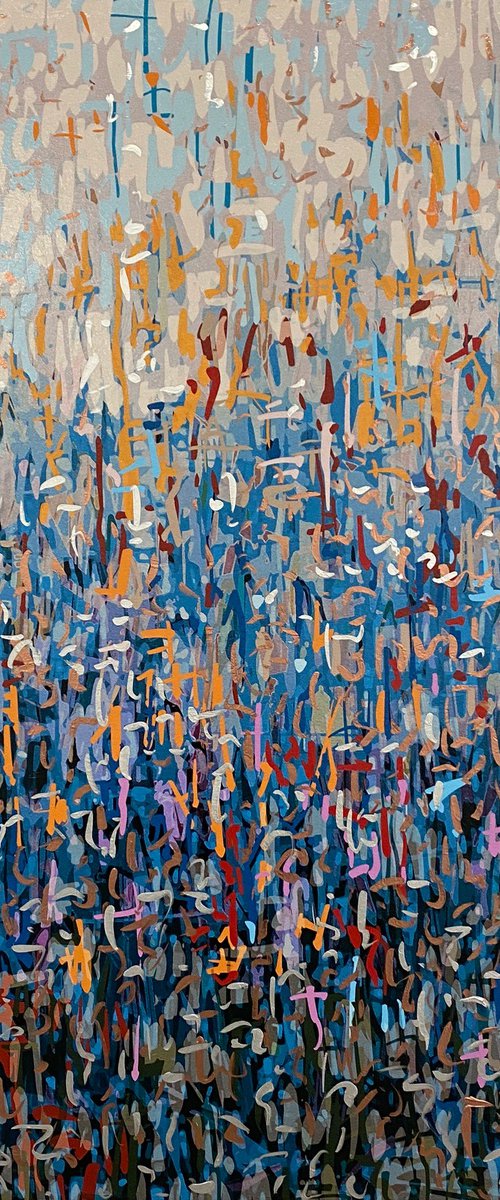
George Hall
Mixed-media painting
100 x 100cm
£2183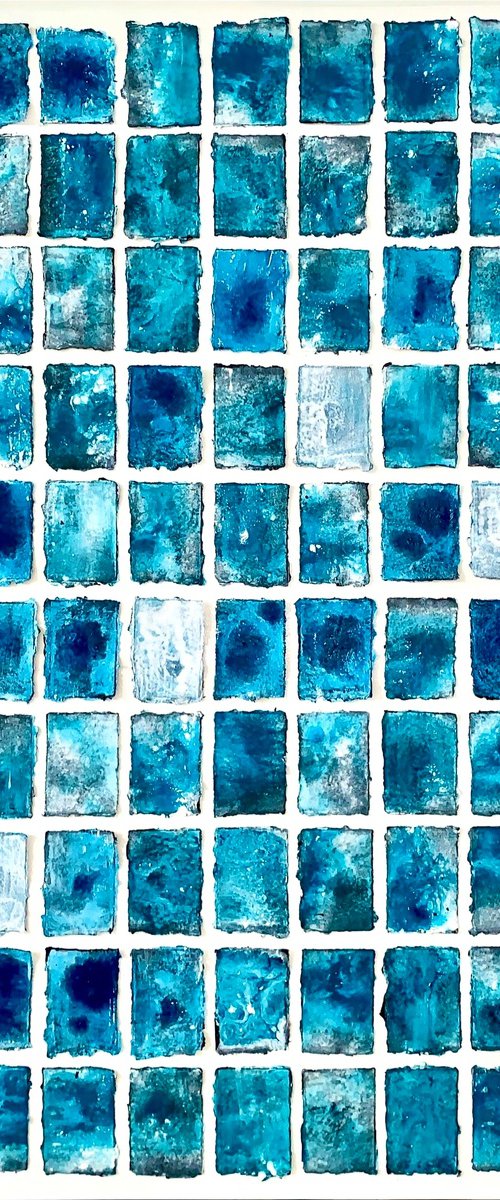
Anita Kaufmann
Acrylic painting
125 x 130cm
£3292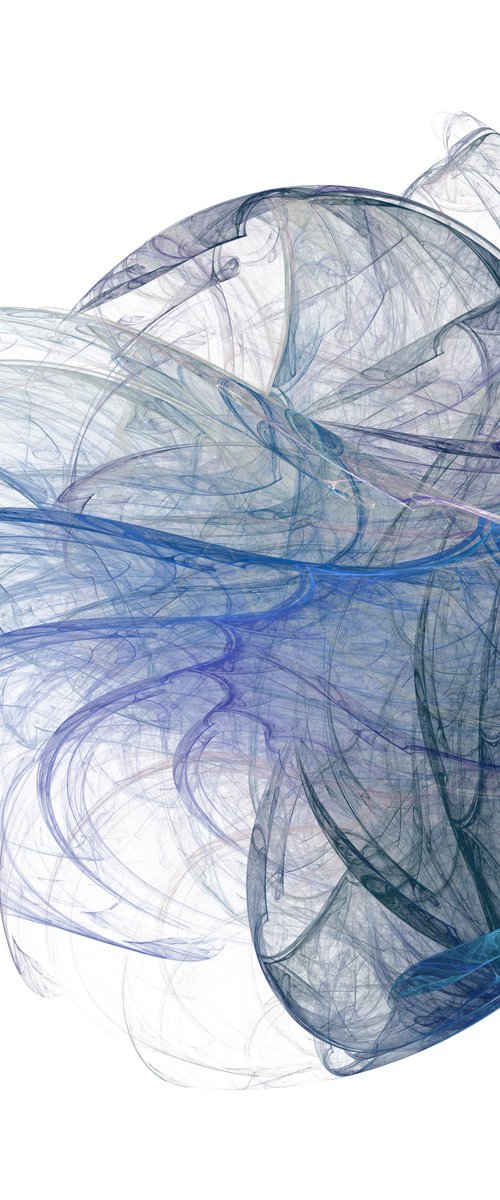
Carla Sá Fernandes
Giclée print
100 x 100cm
£650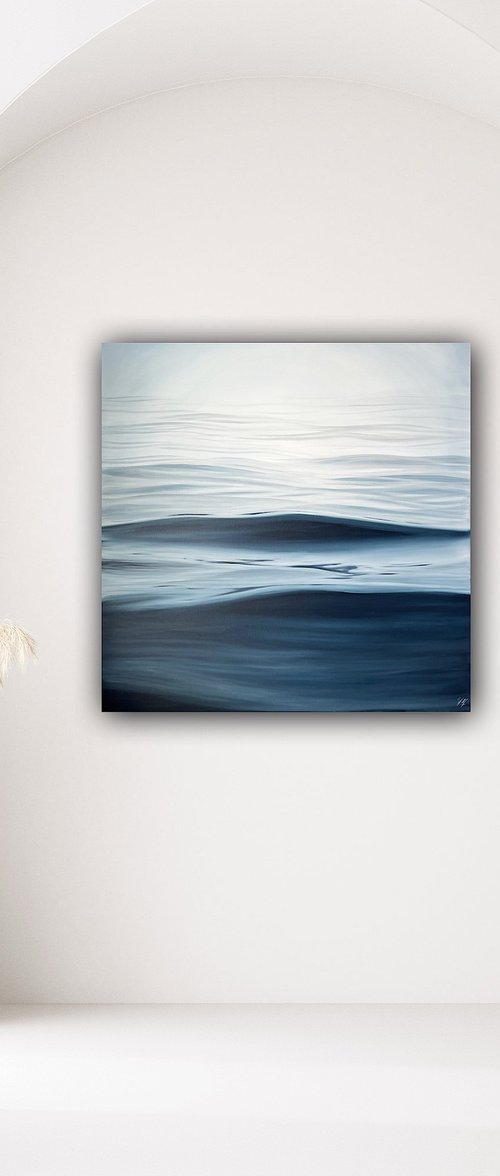
Eva Volf
Oil painting
122 x 122cm
Now £2498
£3330(-25%)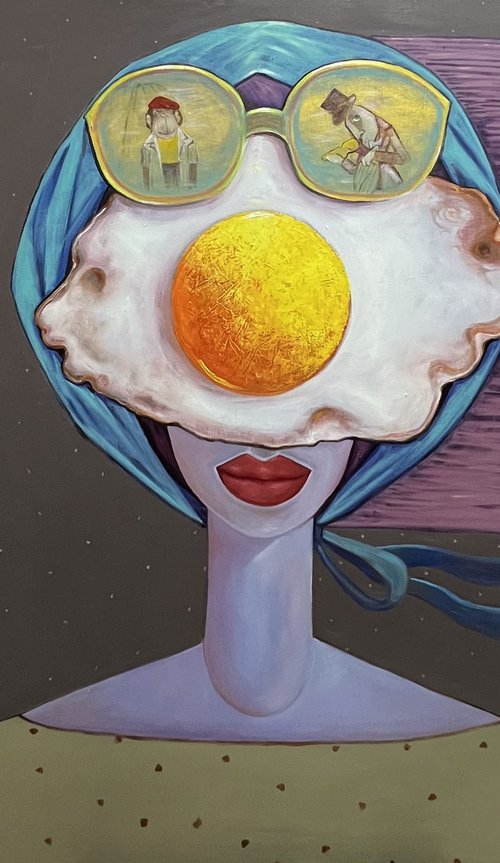
Ta Byrne
Oil painting
180 x 130cm
£5230
Rashna Hackett
Acrylic painting
183 x 94cm
Now £760
£950(-20%)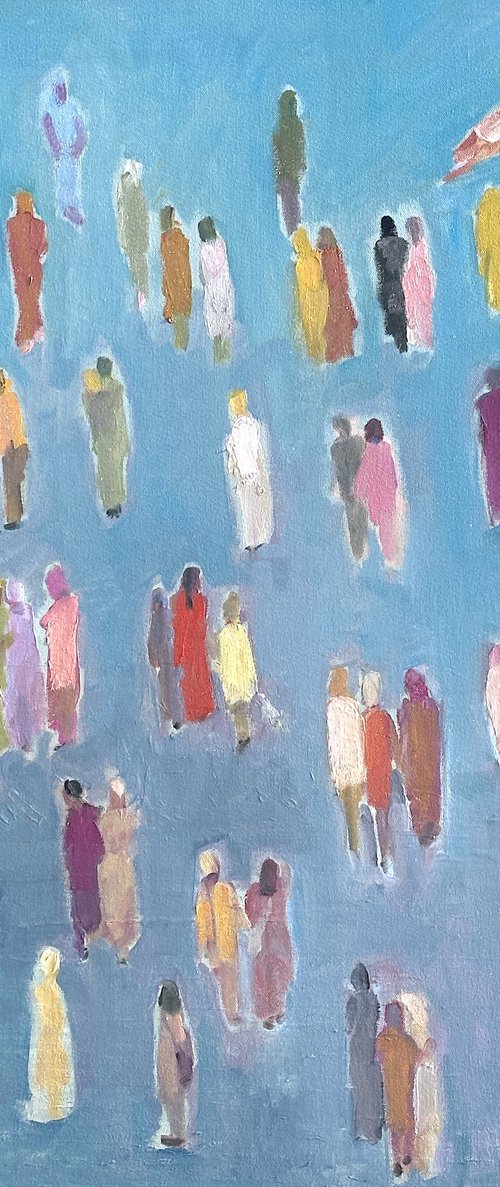
Arun Prem
Oil painting
91 x 91cm
Now £1610
£2146(-25%)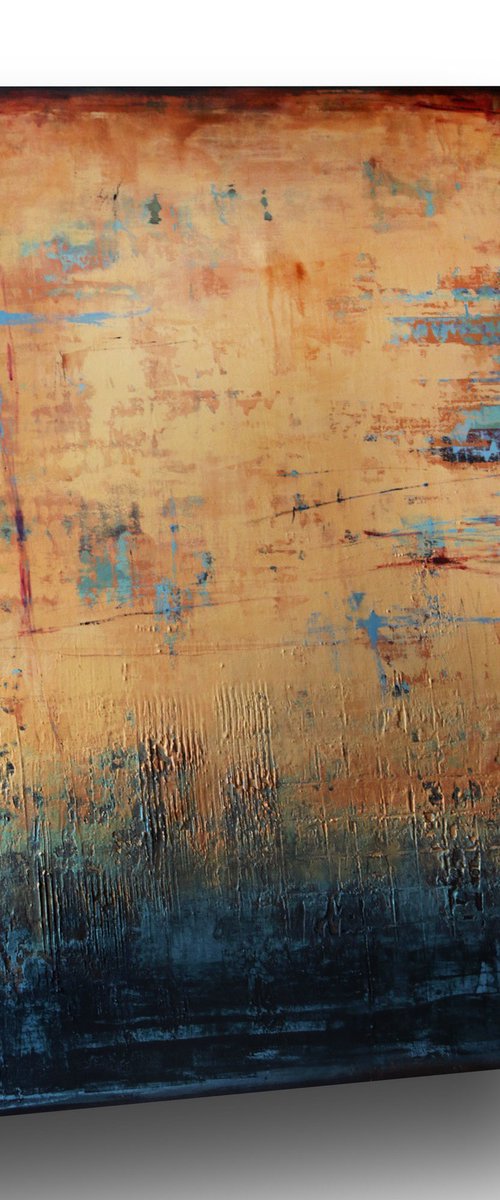
Inez Froehlich
Acrylic painting
100 x 130cm
£2166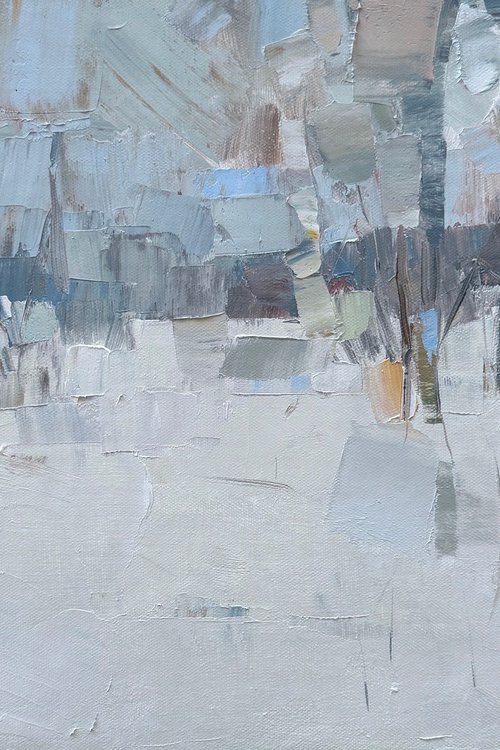
Vahe Yeremyan
Oil painting
48 x 30cm
£592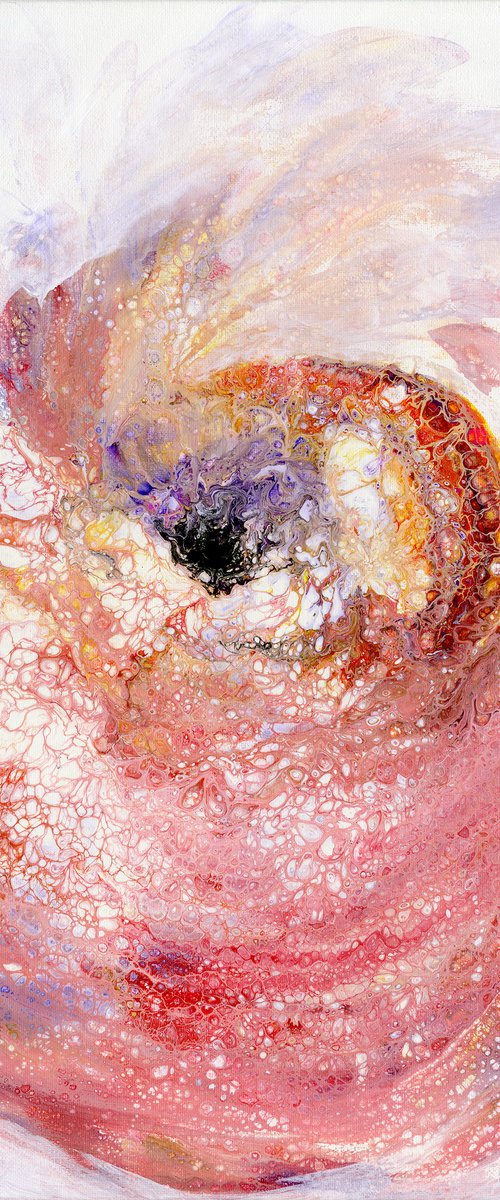
Kathy Morton Stanion
Acrylic painting
41 x 51cm
£555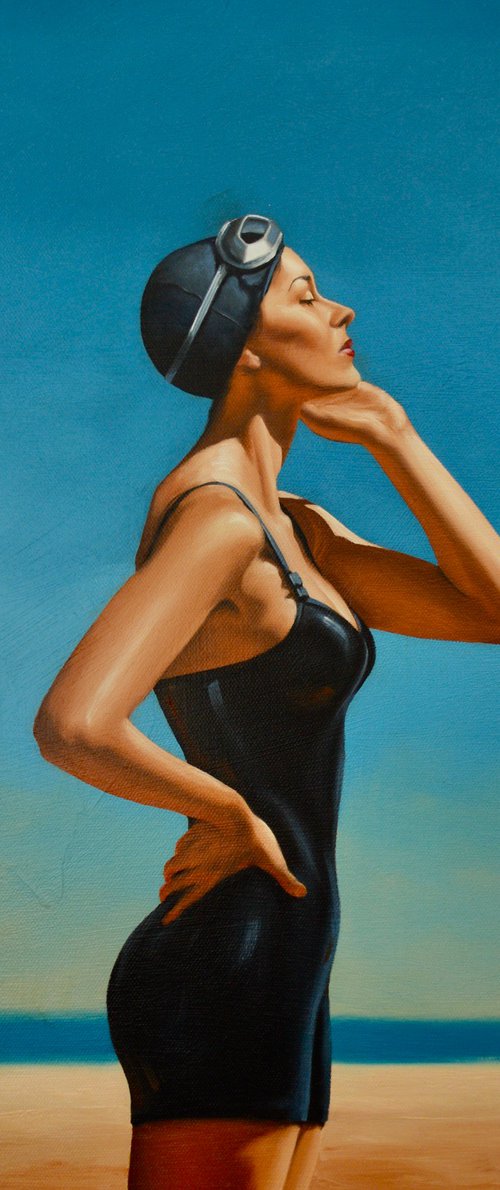
Johnny Popkess
Oil painting
51 x 51cm
£1600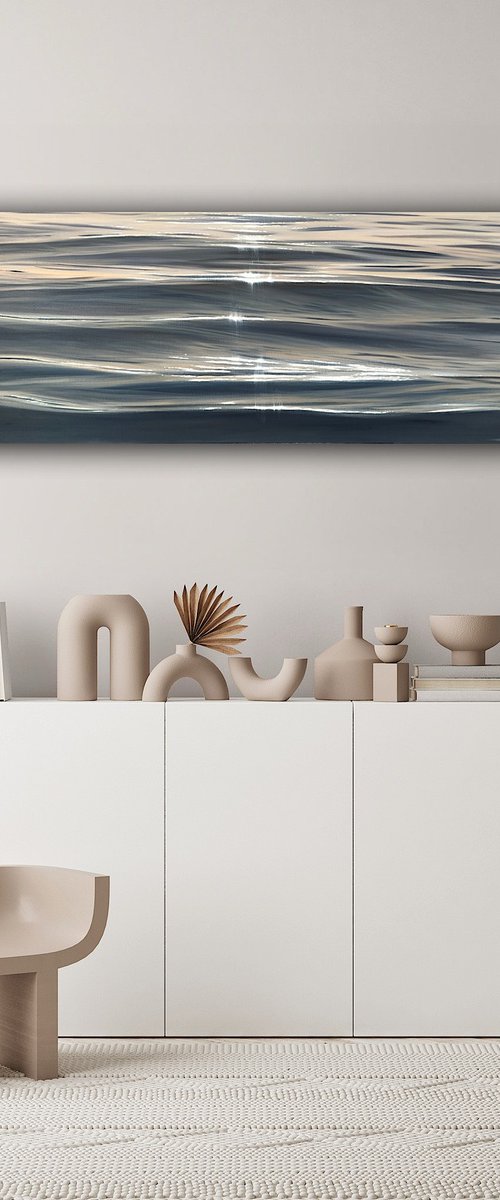
Eva Volf
Oil painting
152 x 51cm
£2664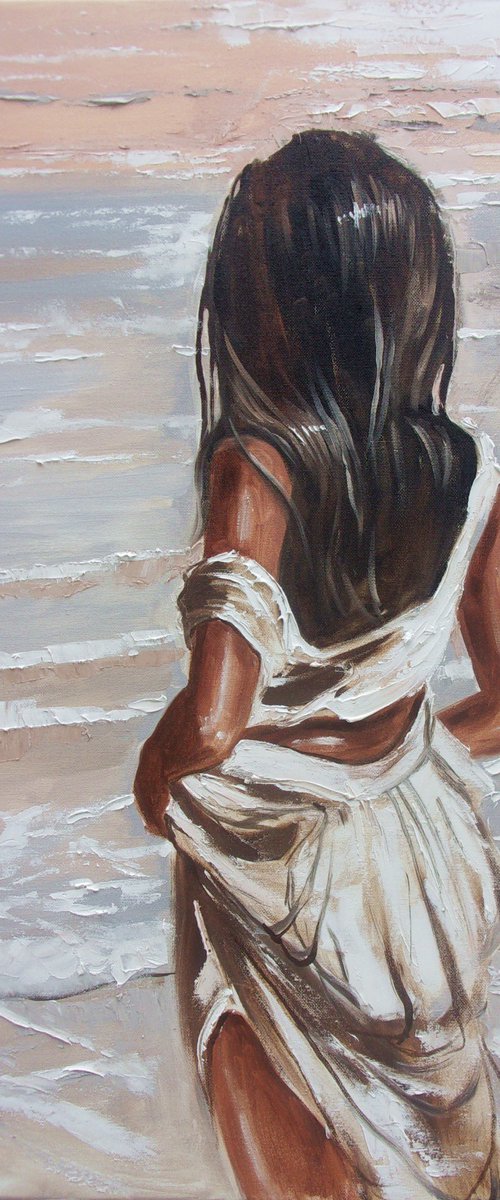
Monika Luniak
Oil painting
50 x 70cm
£797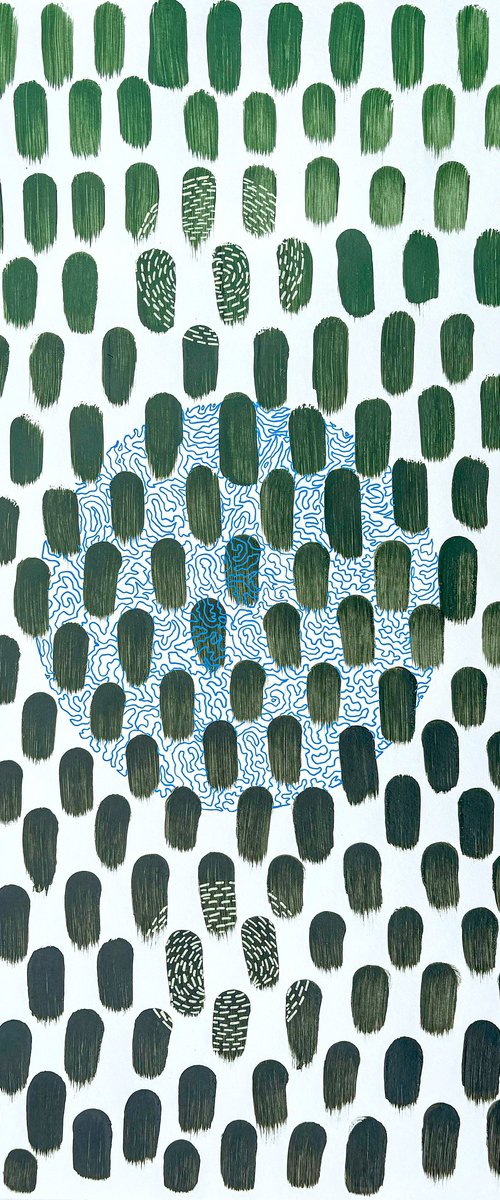
Sumit Mehndiratta
Ink drawing
56 x 76cm
£850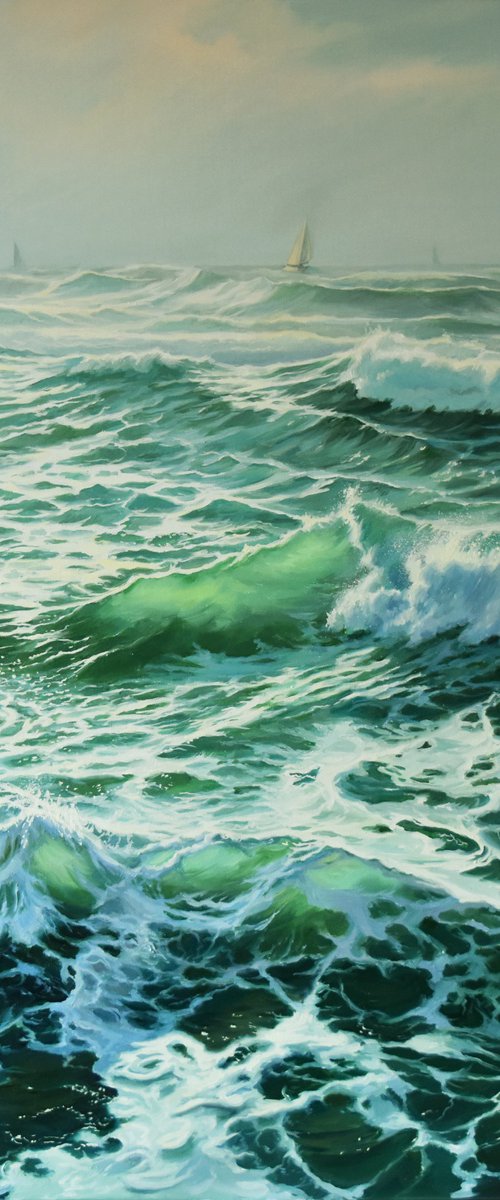
Serghei Ghetiu
Oil painting
65 x 80cm
£1213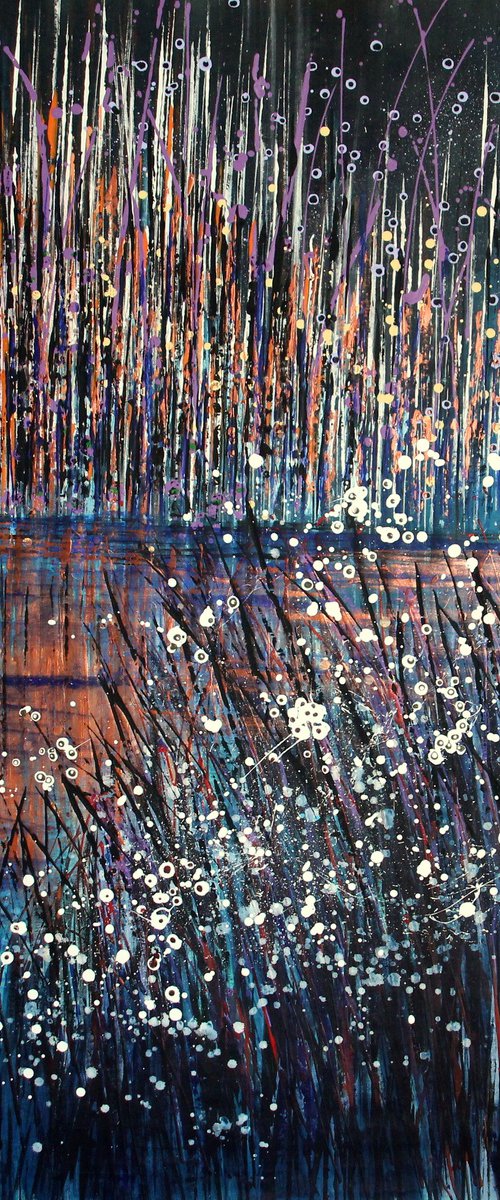
Cecilia Frigati
Acrylic painting
99 x 129cm
£1950
Diana Rosa
Acrylic painting
157 x 76cm
£2960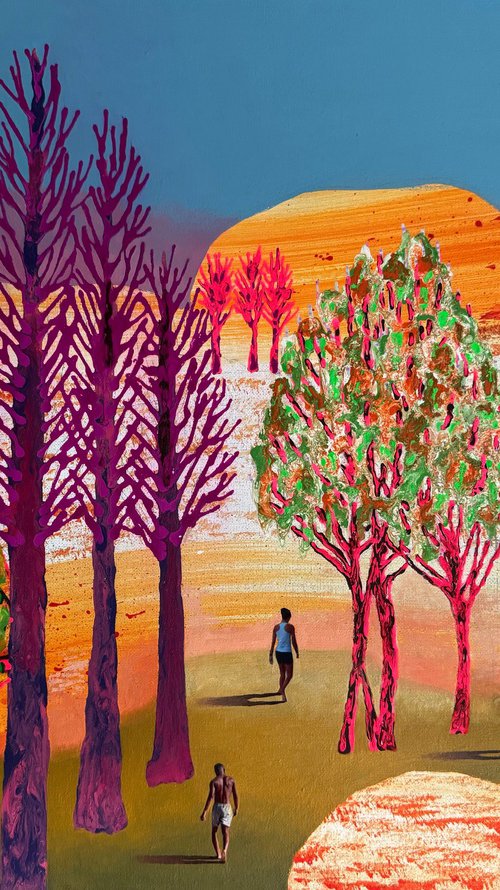
Stefano Pallara
Mixed-media painting
60 x 45cm
Now £285
£380(-25%)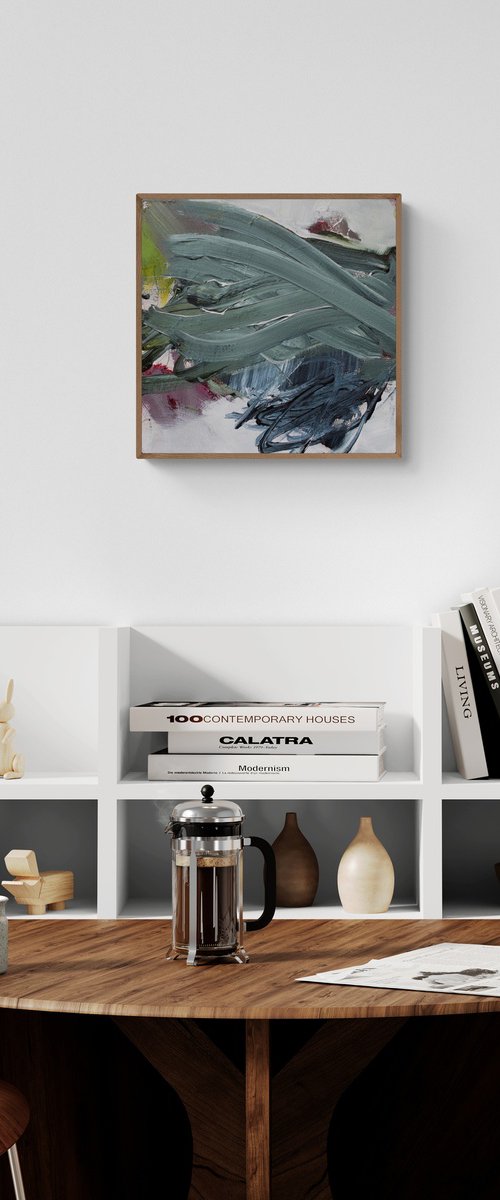
Daniela Schweinsberg
Mixed-media painting
30 x 30cm
Now £264
£330(-20%)
Karim Carella
Photograph
100 x 100cm
£502
Victoria Curling-Eriksson
Oil painting
105 x 105cm
Now £2253
£2816(-20%)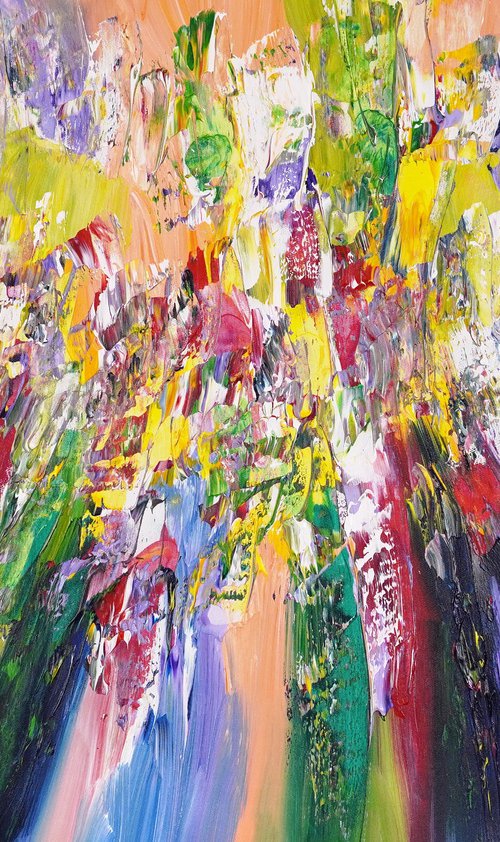
Peter Nottrott
Acrylic painting
100 x 70cm
£815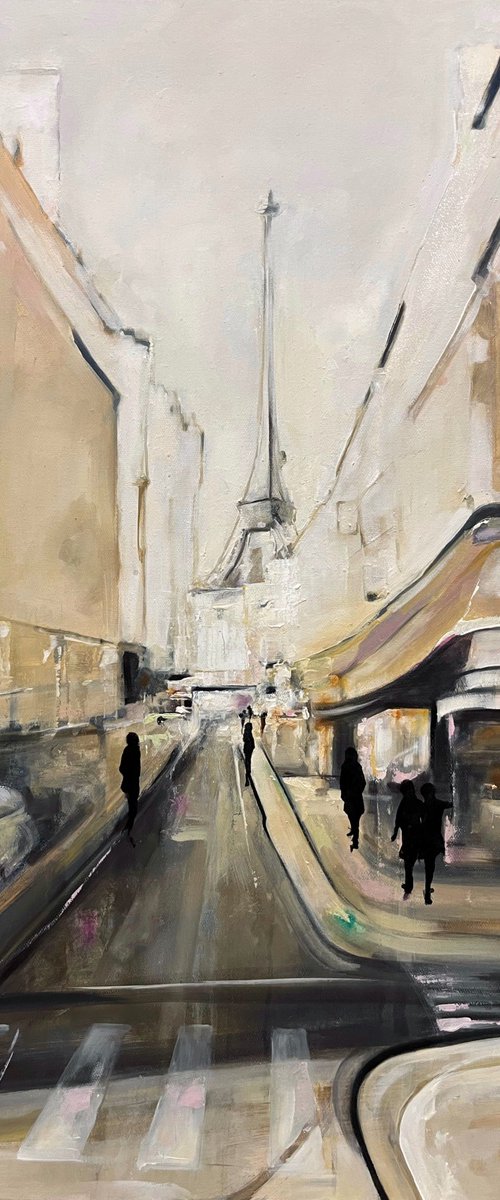
Romuald Mulk Musiolik
Oil painting
60 x 80cm
£867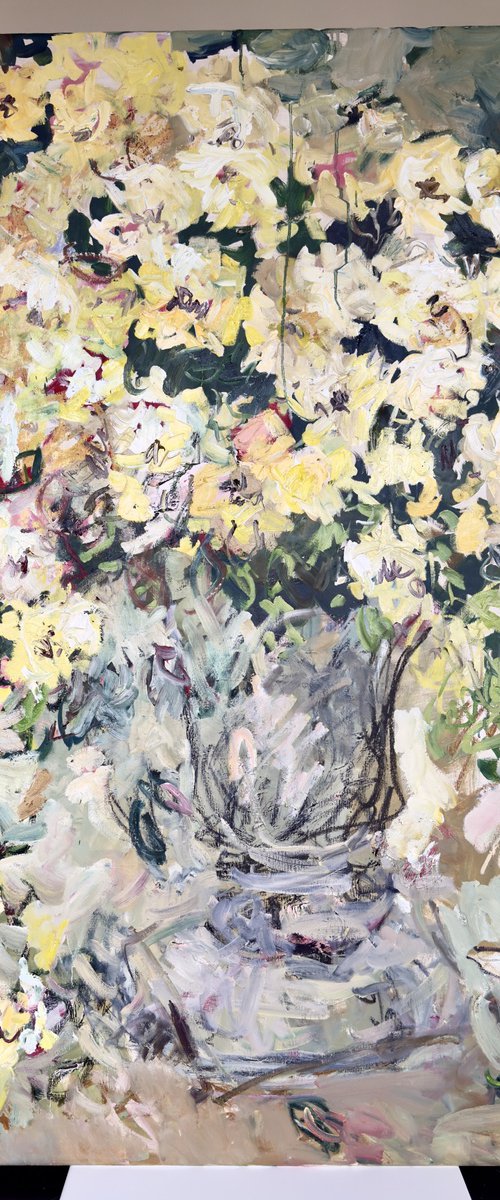
Lilia Orlova-Holmes
Oil painting
130 x 150cm
£9800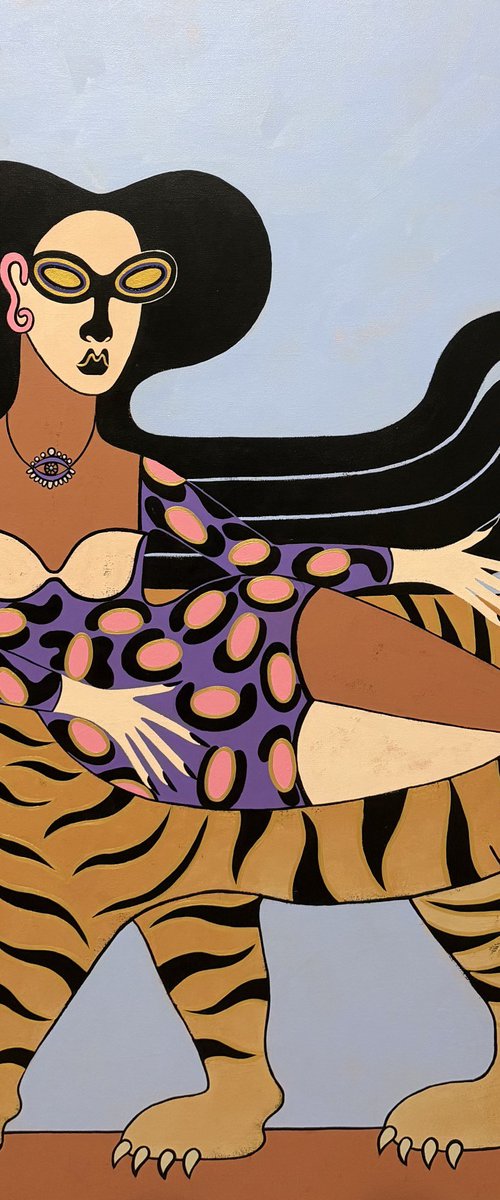
Diana Rosa
Acrylic painting
122 x 122cm
£2960
Ivan Grozdanovski
Acrylic painting
80 x 100cm
£1978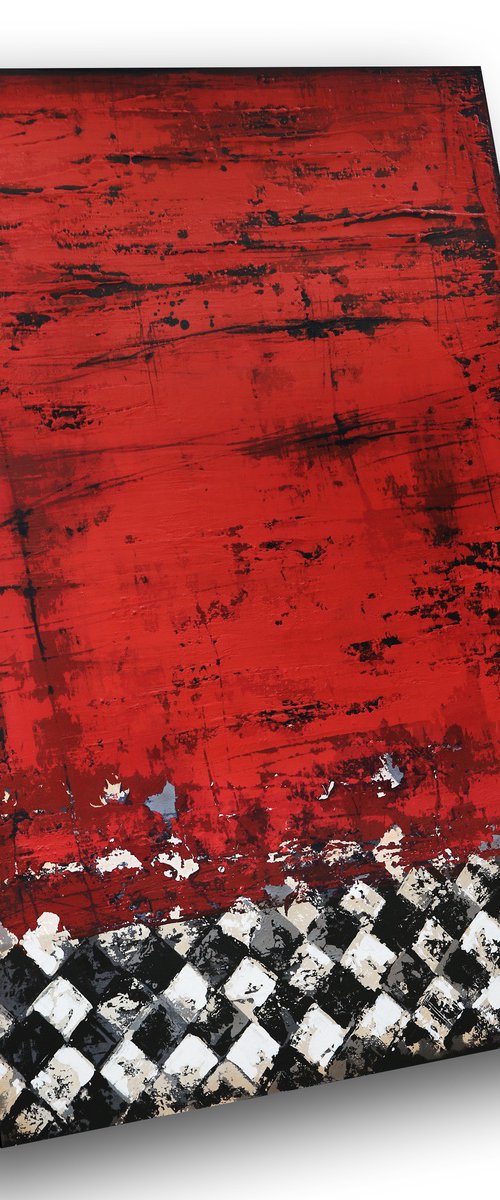
Inez Froehlich
Acrylic painting
80 x 120cm
£1517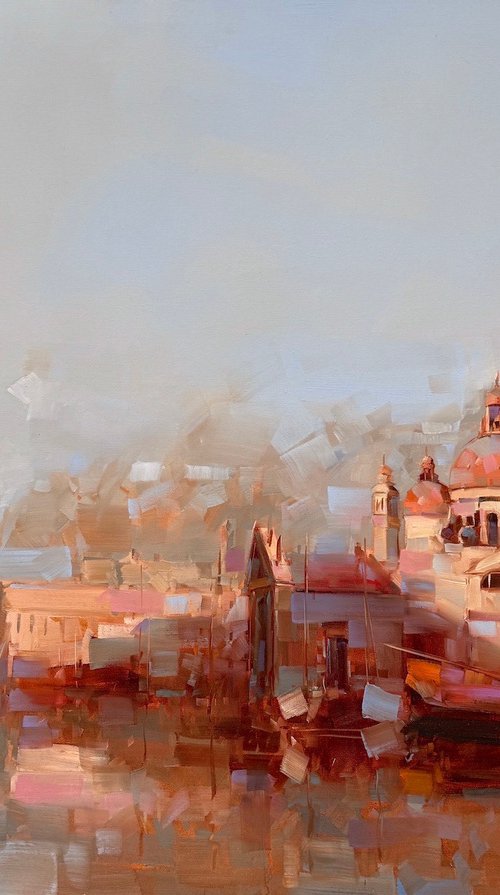
Vahe Yeremyan
Oil painting
122 x 91cm
£2960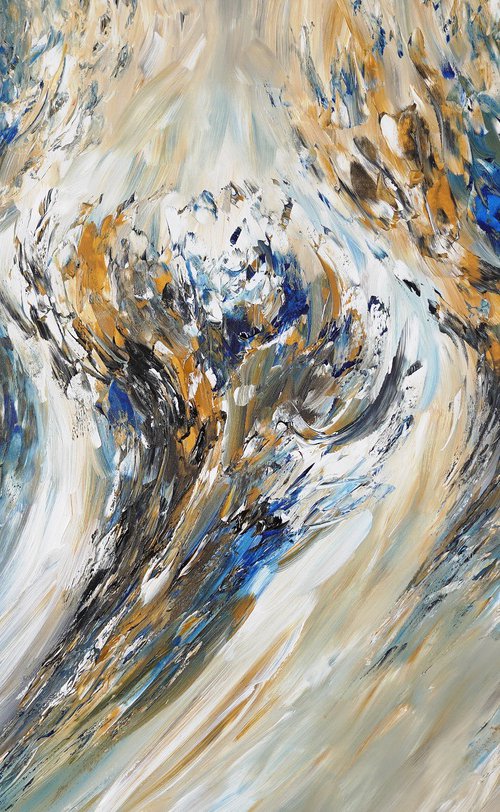
Peter Nottrott
Acrylic painting
155 x 105cm
£2071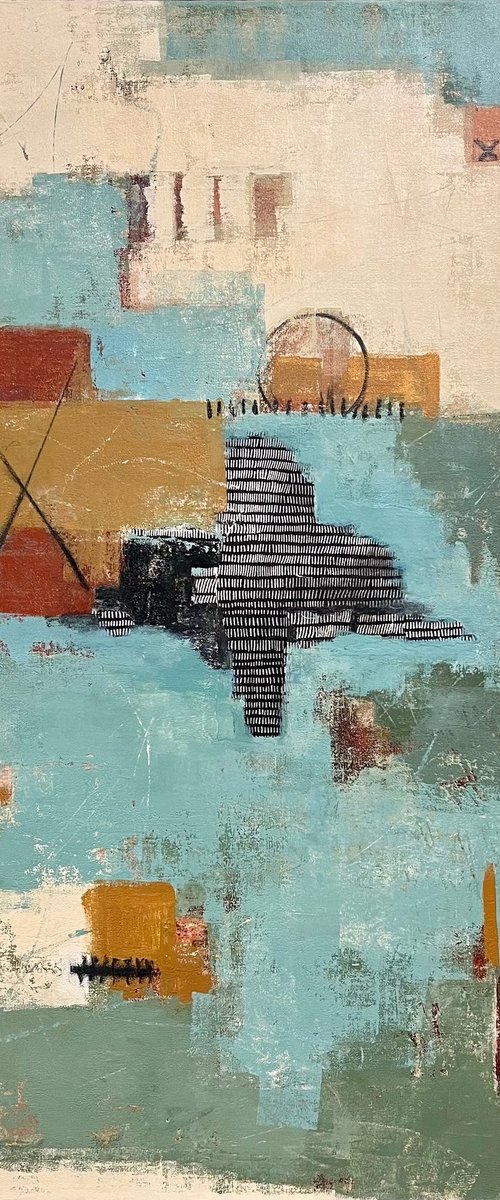
Shellie Garber
Mixed-media painting
76 x 102cm
£1332
Suzanne Williams
Acrylic painting
100 x 120cm
£1300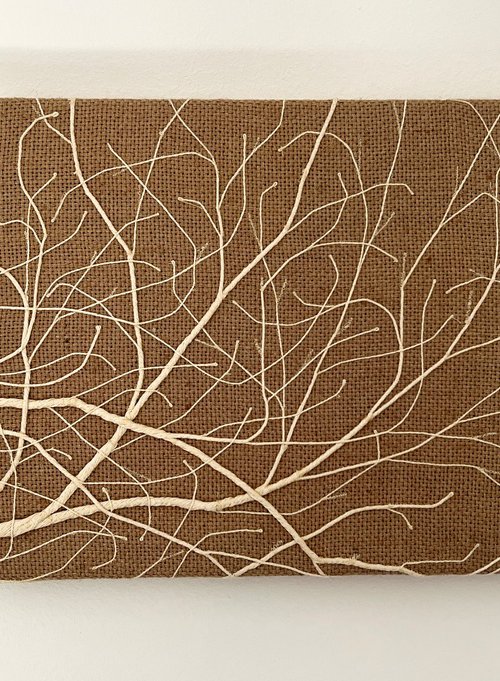
Olya Tereschuk
Collage
61 x 31cm
£666
Simon Jones
Oil painting
42 x 60cm
£725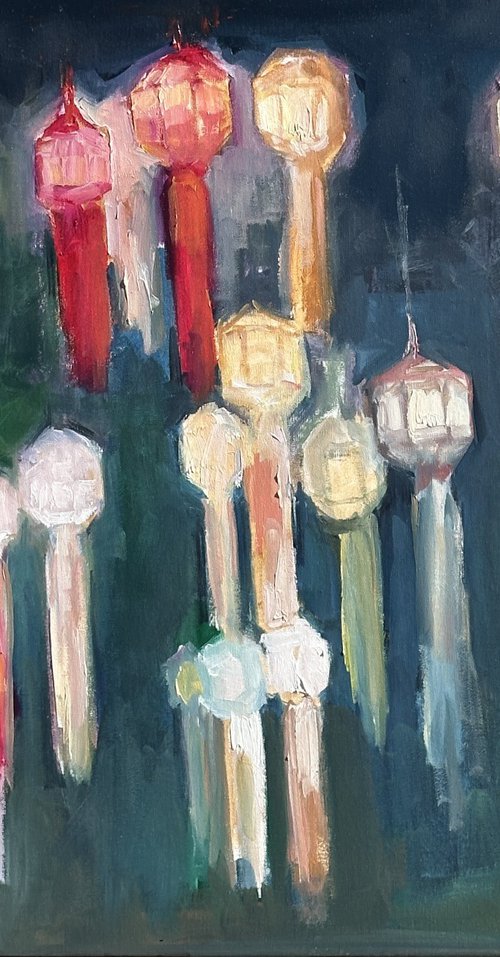
Arun Prem
Oil painting
51 x 41cm
Now £400
£533(-25%)
Don Bishop
Oil painting
61 x 91cm
£1776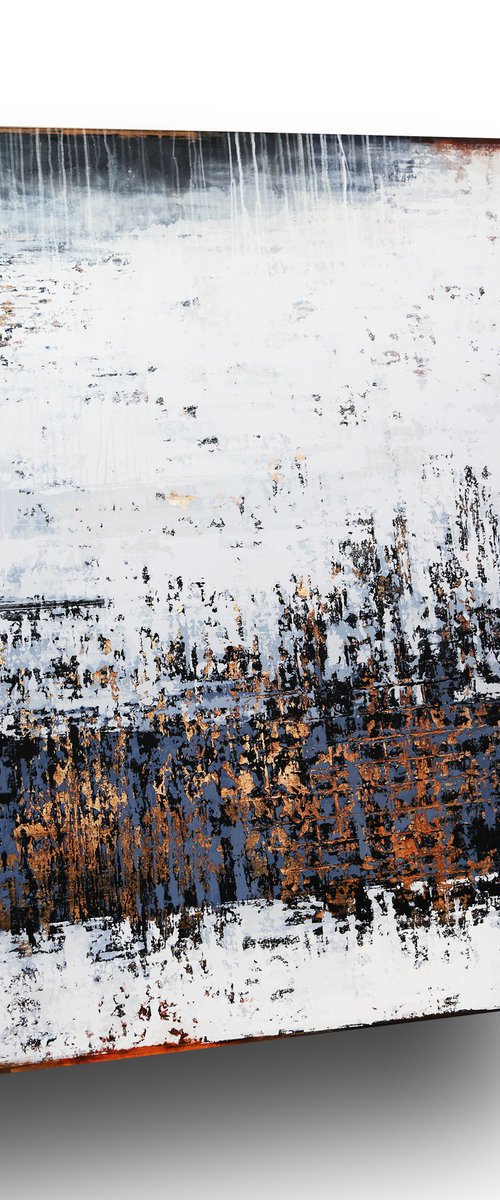
Inez Froehlich
Acrylic painting
120 x 160cm
£2989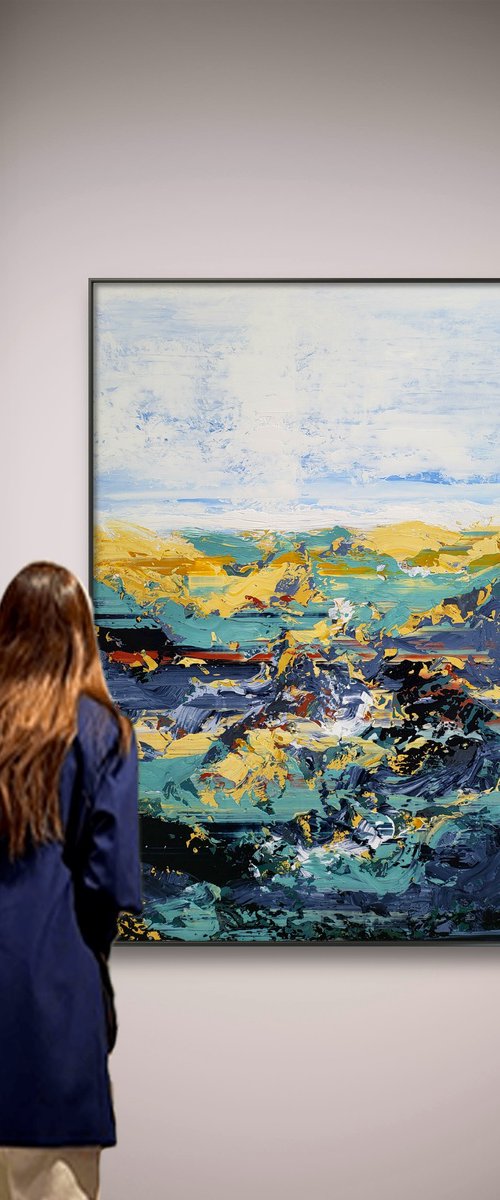
Alex Senchenko
Acrylic painting
100 x 150cm
£1900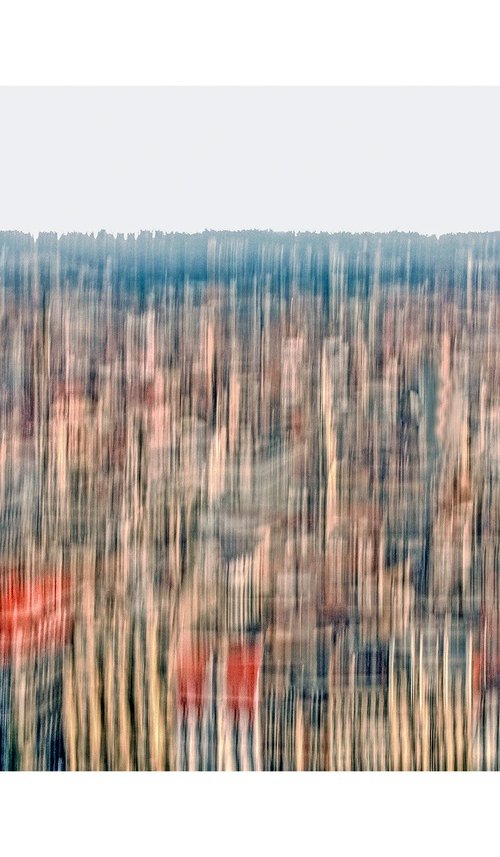
Beata Podwysocka
Photograph
70 x 50cm
£370
Rashna Hackett
Acrylic painting
86 x 90cm
£500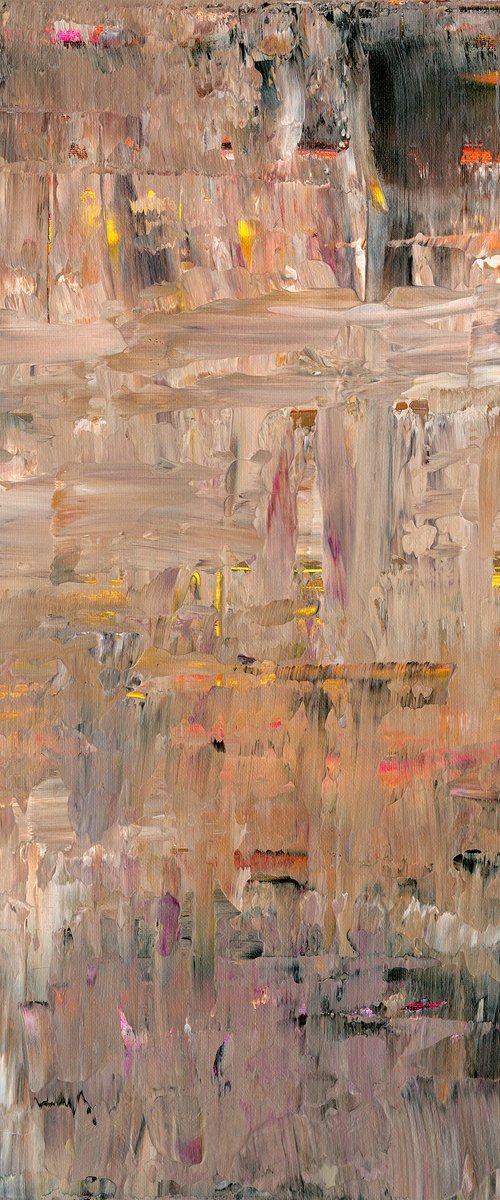
Kathy Morton Stanion
Acrylic painting
41 x 51cm
£481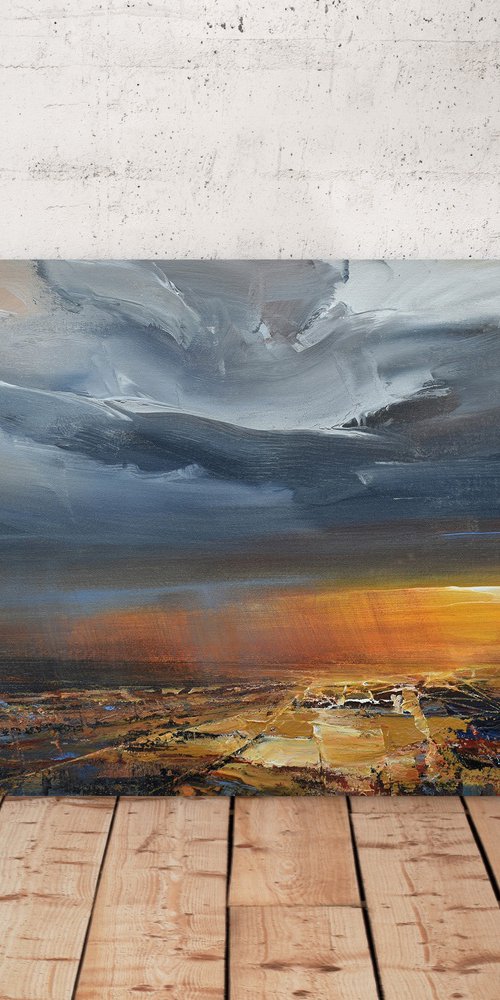
Ivan Grozdanovski
Acrylic painting
80 x 51cm
£1289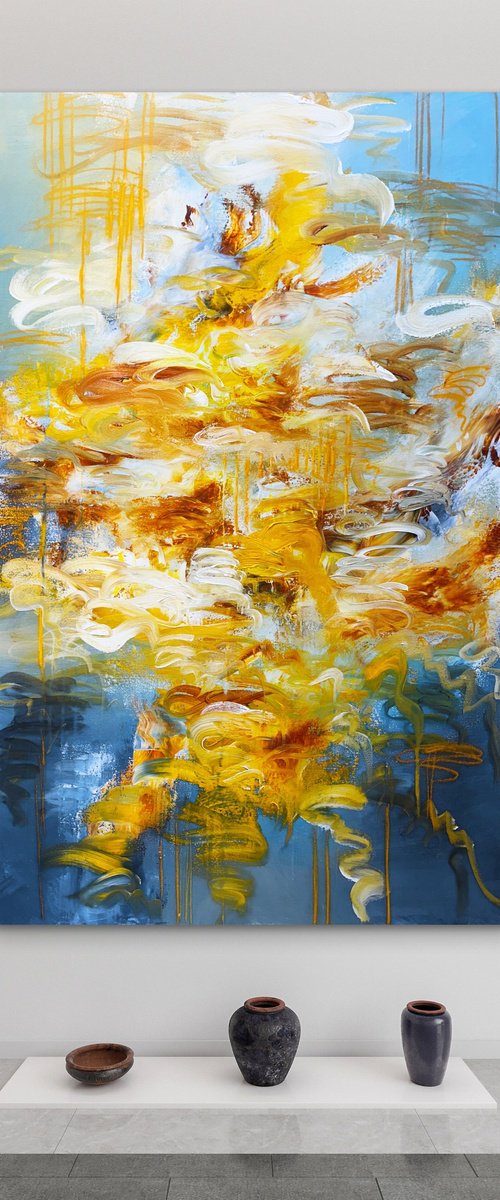
Andrada Anghel
Acrylic painting
76 x 122cm
£1036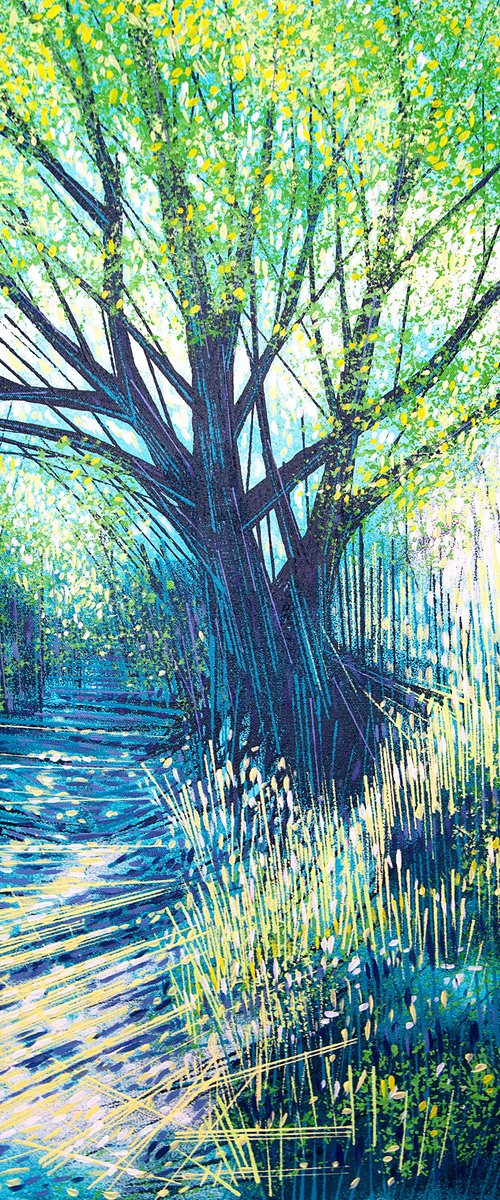
Marc Todd
Acrylic painting
61 x 76cm
£895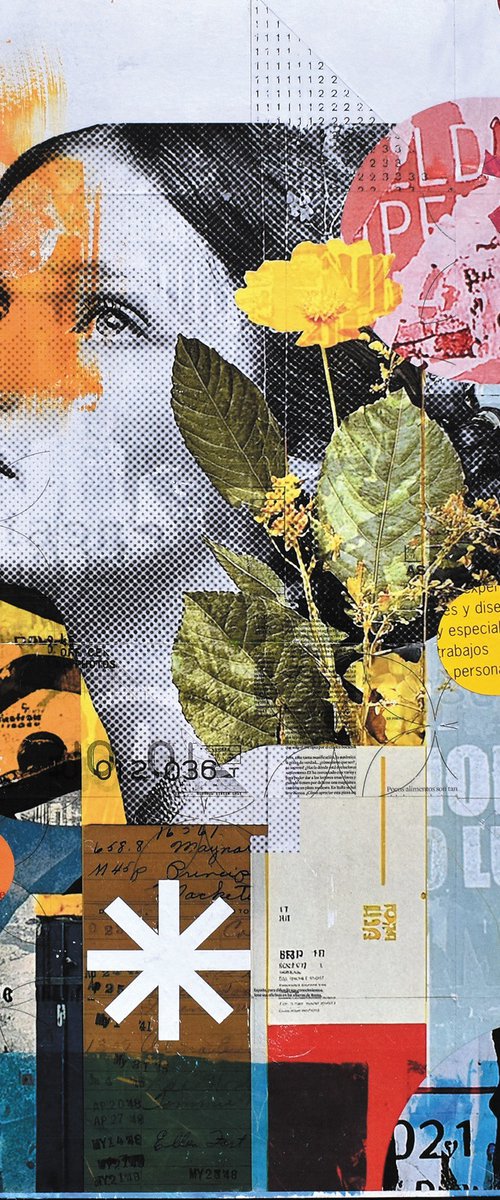
Manel Villalonga
Collage
60 x 60cm
£260
Daniela Schweinsberg
Acrylic painting
40 x 50cm
Now £437
£546(-20%)
Carla Sá Fernandes
Oil painting
71 x 89cm
£2894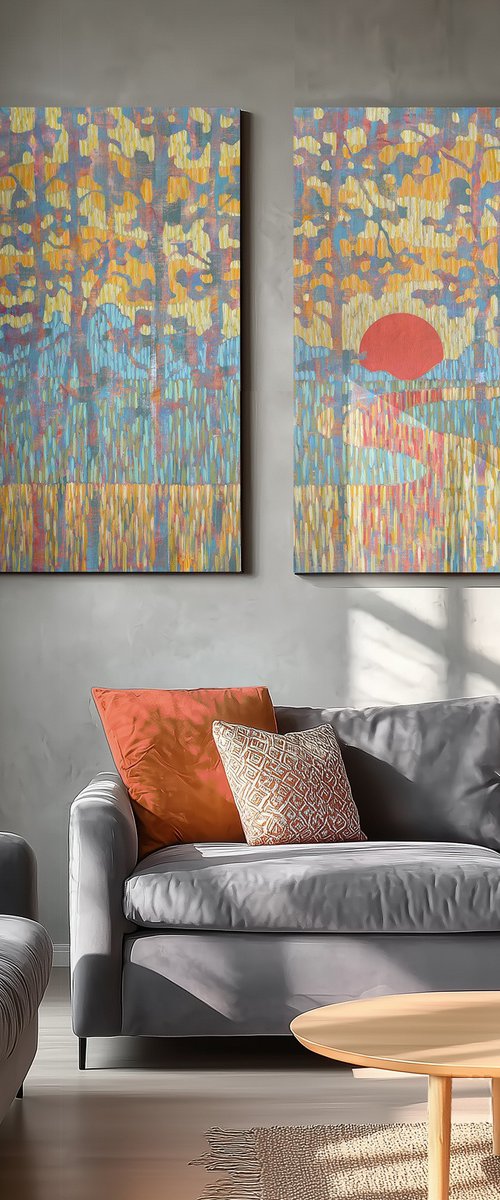
Ekaterina Prisich
Acrylic painting
180 x 140cm
£3336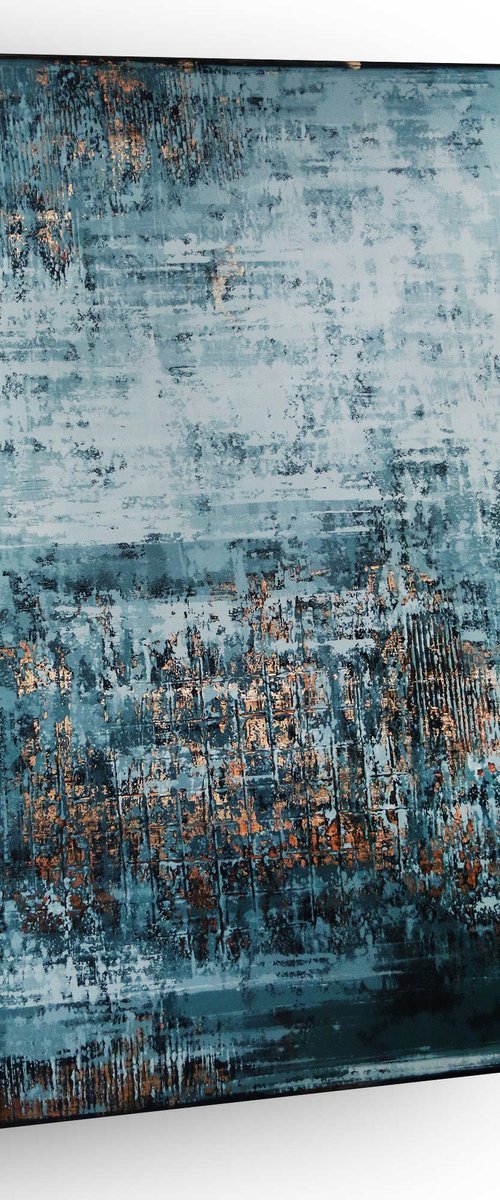
Inez Froehlich
Acrylic painting
120 x 150cm
£2426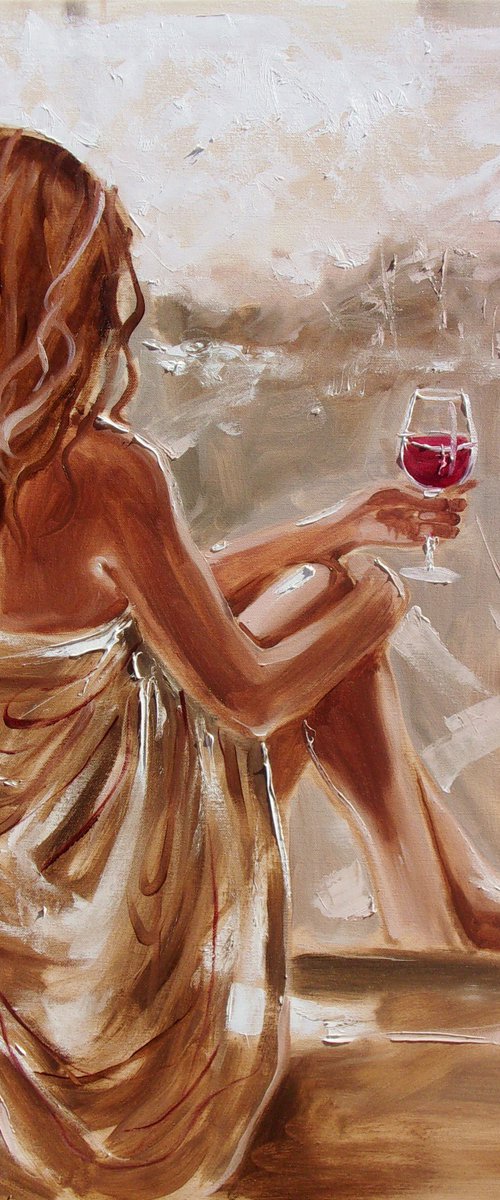
Monika Luniak
Oil painting
60 x 80cm
£1040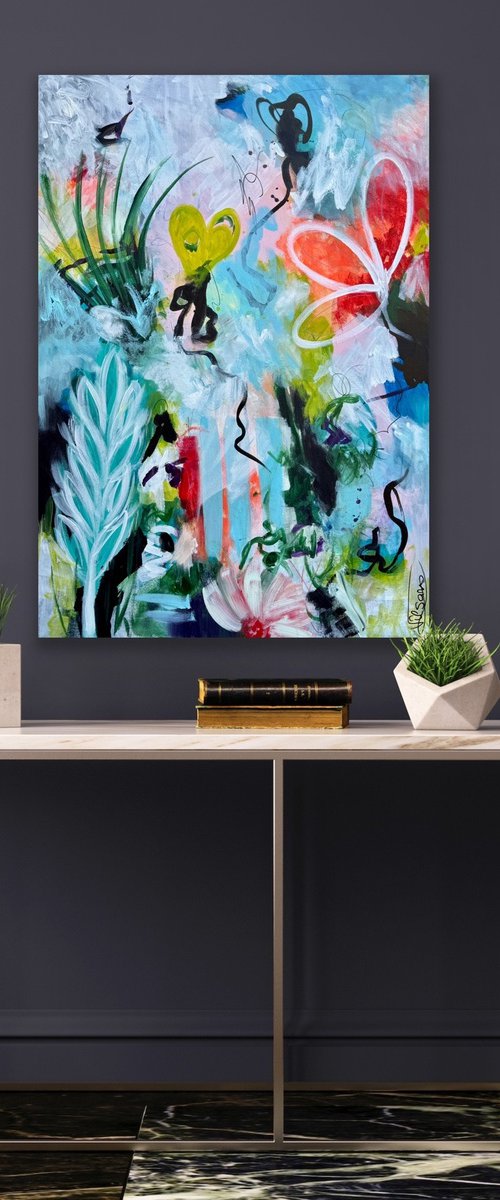
Veronica Vilsan
Acrylic painting
70 x 100cm
£607
Carla Sá Fernandes
Acrylic painting
140 x 70cm
£3275
Bo Kravchenko
Oil painting
152 x 91cm
£2587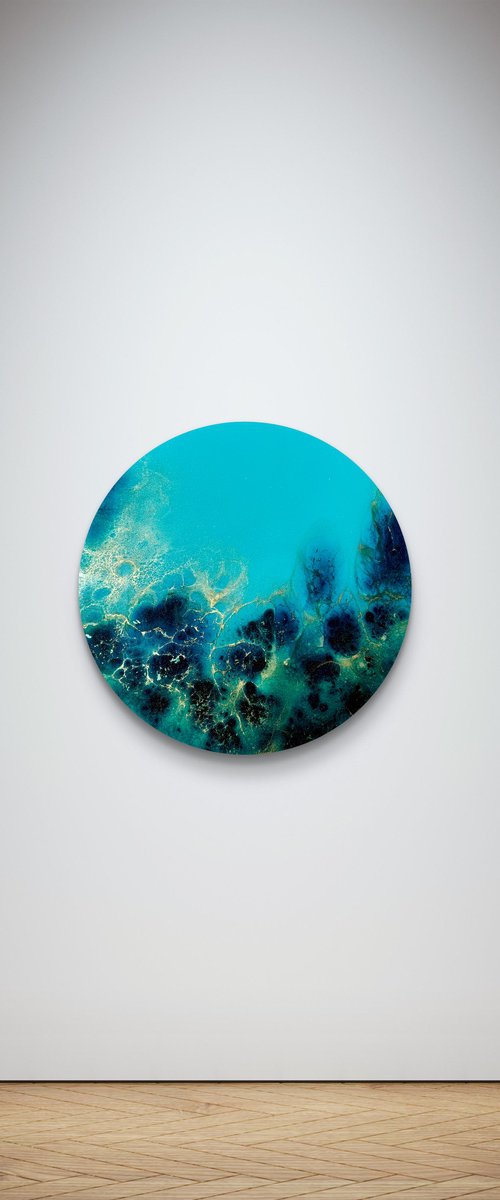
Ana Hefco
Acrylic painting
61 x 61cm
Now £441
£629(-30%)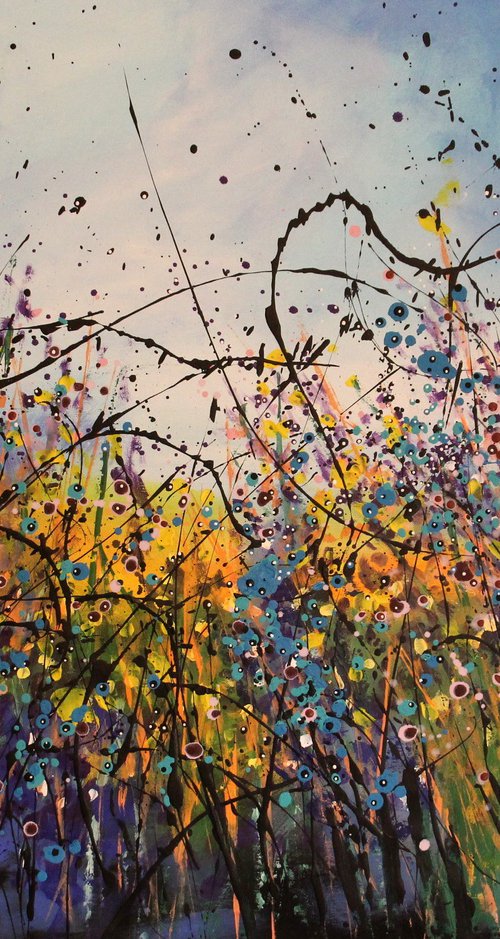
Cecilia Frigati
Acrylic painting
100 x 80cm
£1170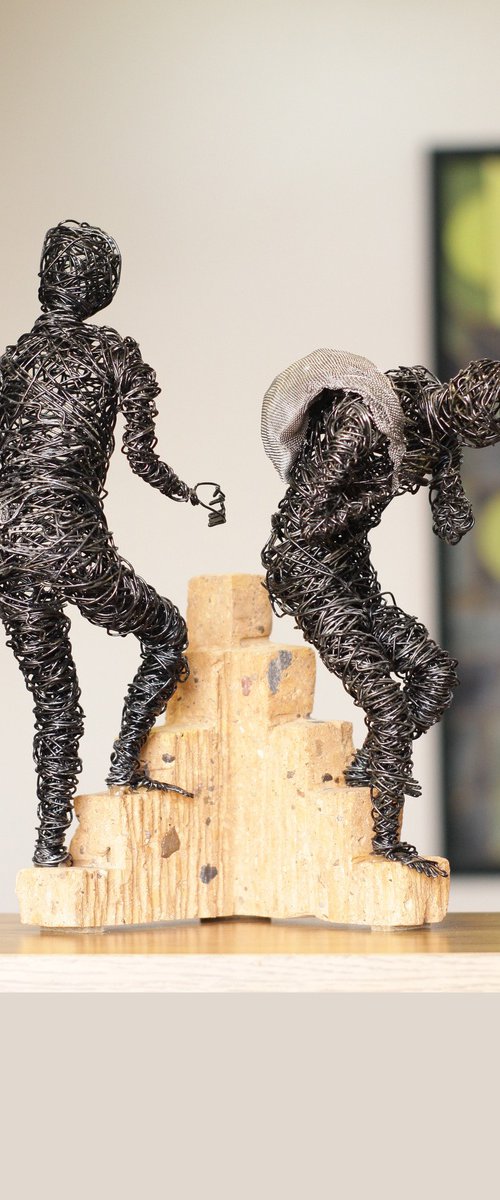
Karen Axikyan
Sculpture
17 x 30cm
£1036
Hazel Thomson
Oil painting
100 x 120cm
£2800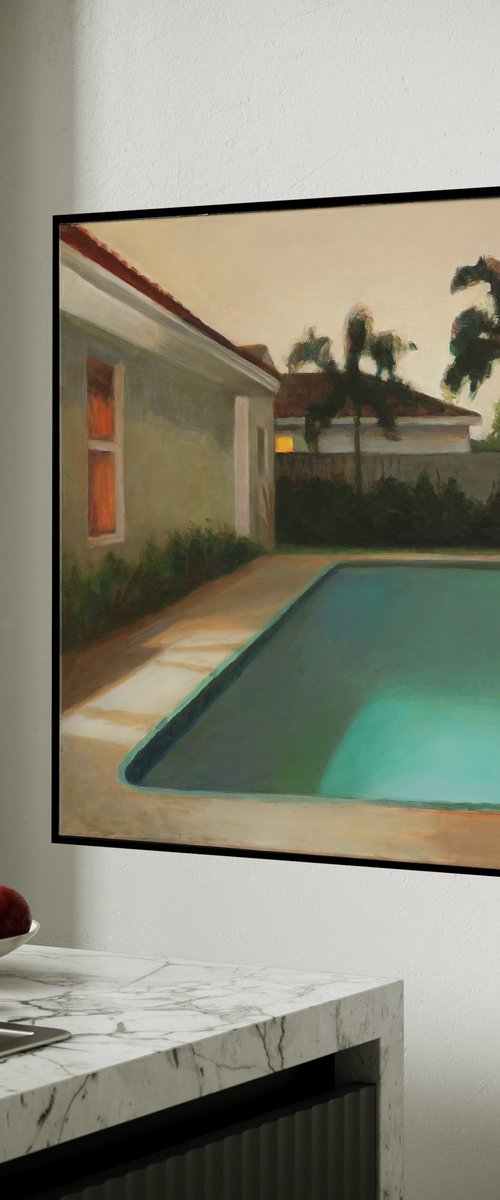
Bo Kravchenko
Oil painting
79 x 79cm
£1255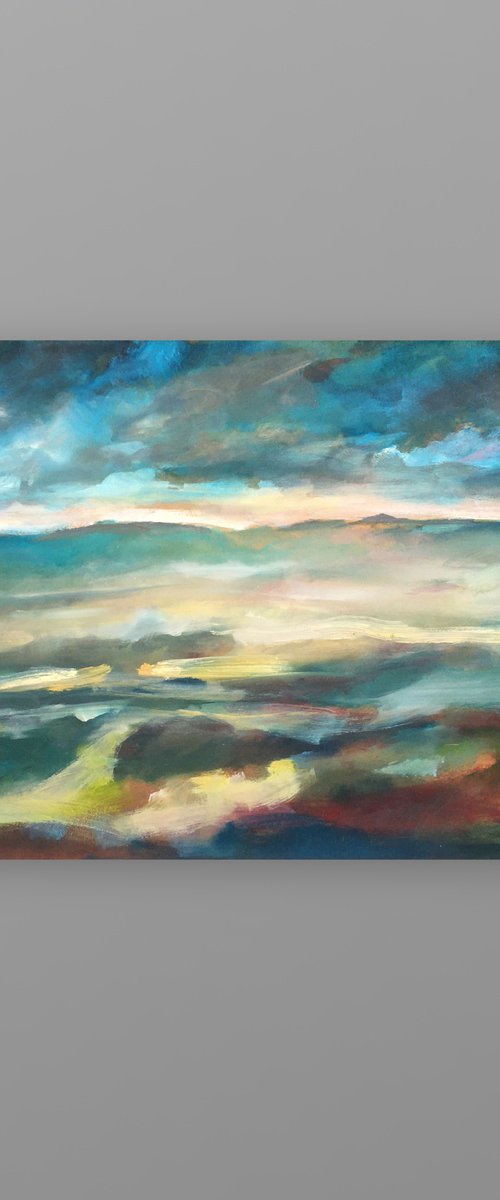
Guy Pickford
Oil painting
95 x 47cm
£480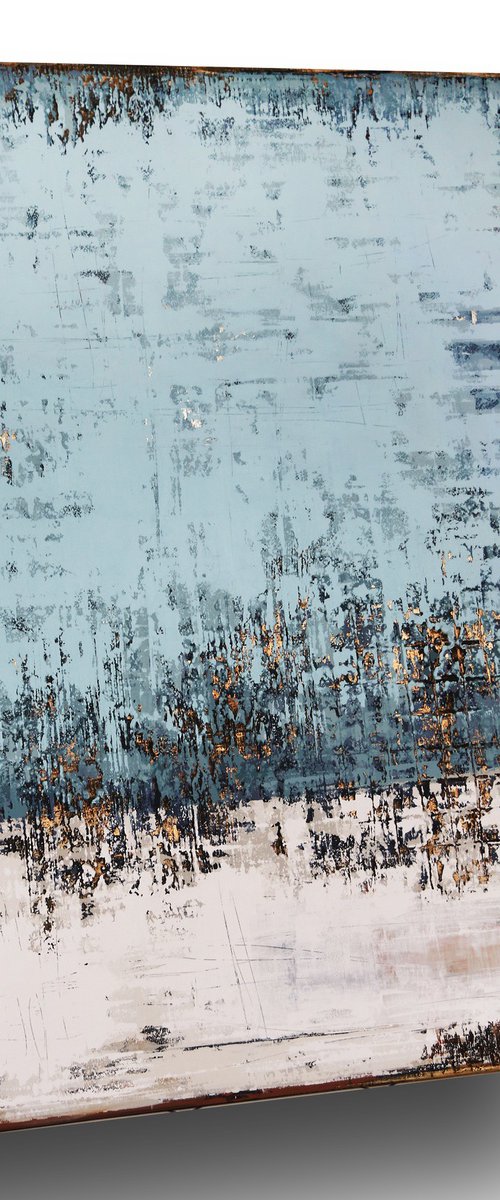
Inez Froehlich
Acrylic painting
120 x 150cm
£2166
Veronica Vilsan
Acrylic painting
80 x 50cm
Now £243
£347(-30%)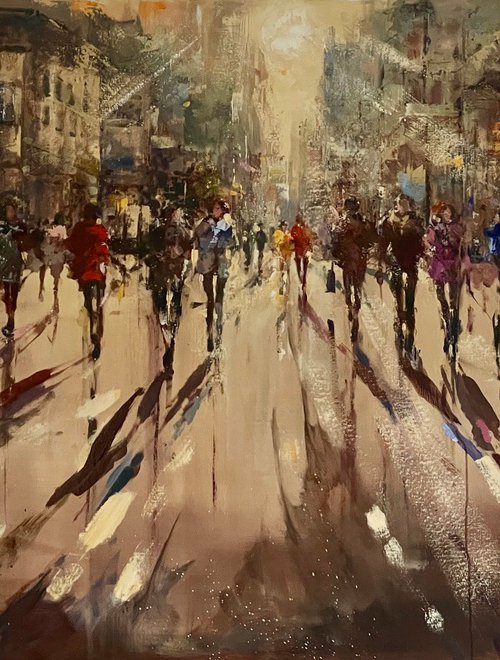
Ewa Czarniecka
Oil painting
180 x 100cm
£6000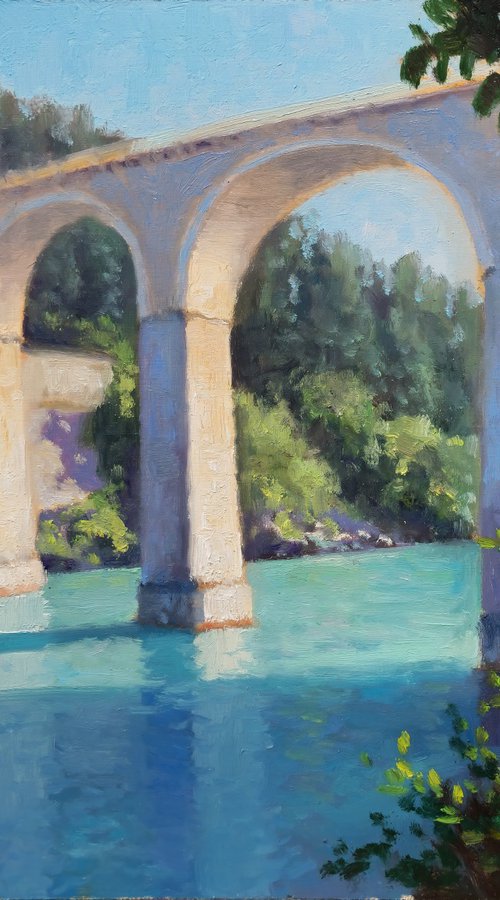
Pascal Giroud
Oil painting
40 x 30cm
£390![Reflections. [Dragonfly pond] by Lilia Orlova-Holmes](https://d3rf6j5nx5r04a.cloudfront.net/PcKKNIie77sFW4g6pjHOKTchBEs=/500x1200/product/4/9/2a22216f15f448e08682bb871526a9eb_opt.jpg)
Lilia Orlova-Holmes
Oil painting
90 x 150cm
£6800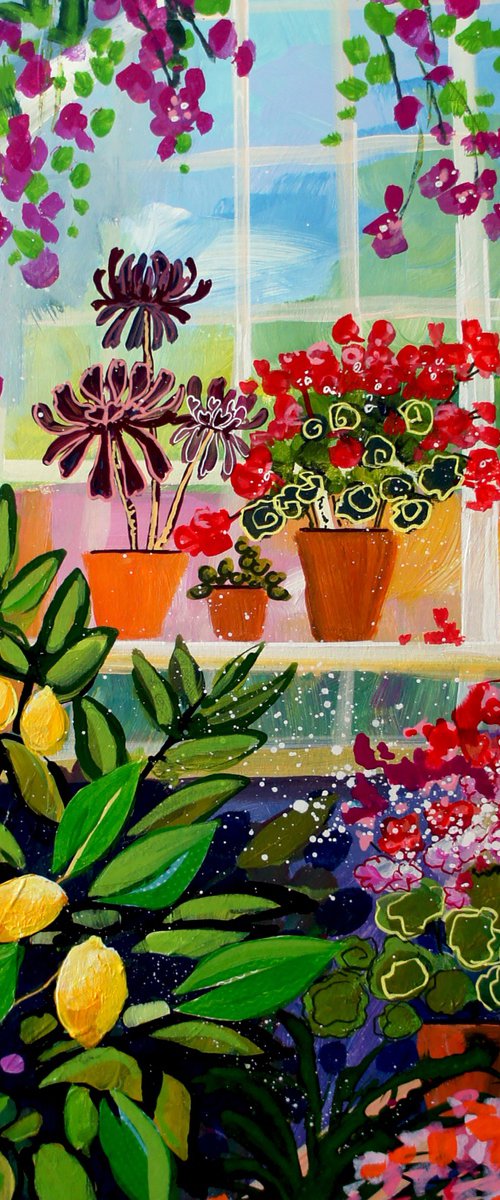
Julia Rigby
Acrylic painting
44 x 44cm
Now £491
£545(-10%)
Ana Hefco
Acrylic painting
122 x 61cm
£1332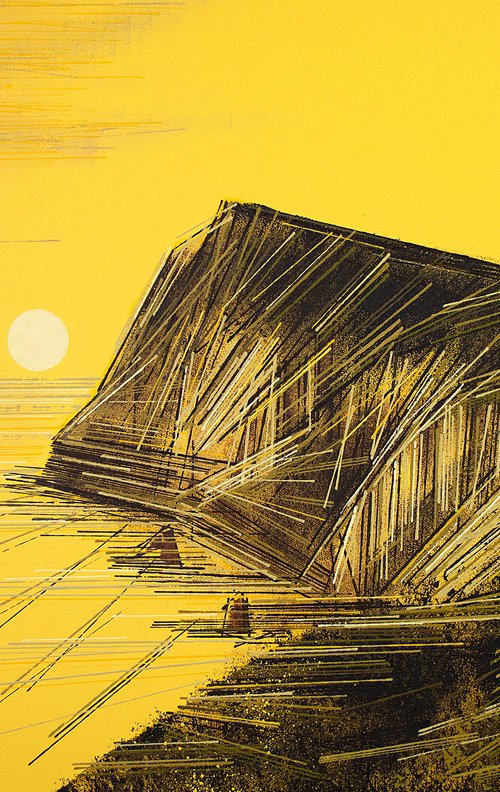
Marc Todd
Acrylic painting
76 x 51cm
£595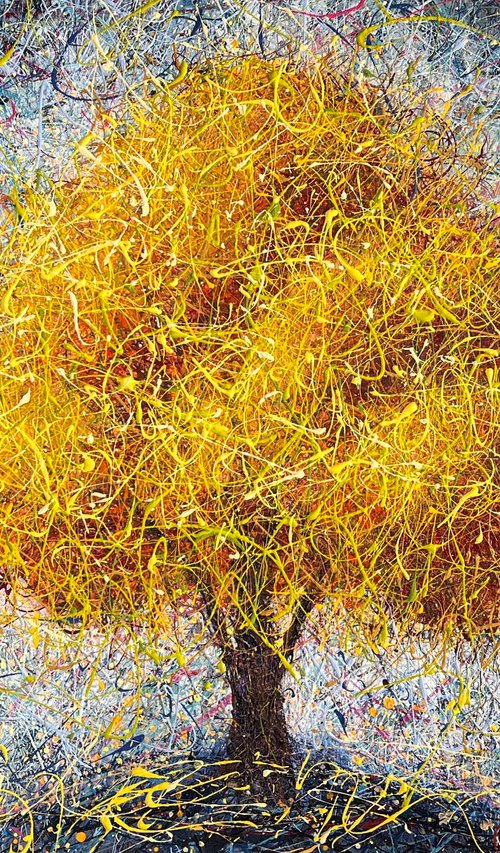
Nadiia Antoniuk
Acrylic painting
155 x 118cm
£2426
Liam Roberts
Acrylic painting
64 x 64cm
£650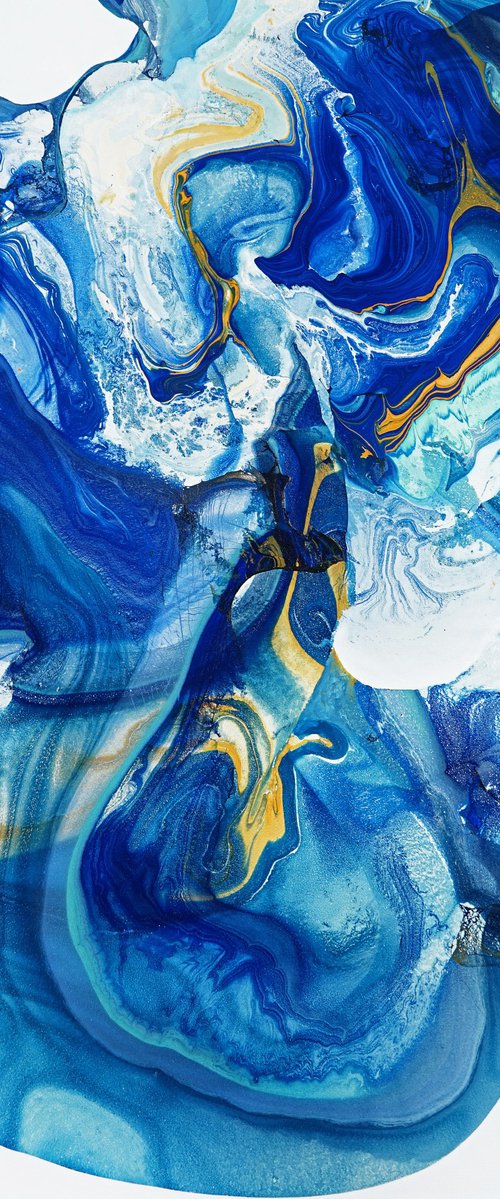
Fintan Whelan
Oil painting
100 x 100cm
£2773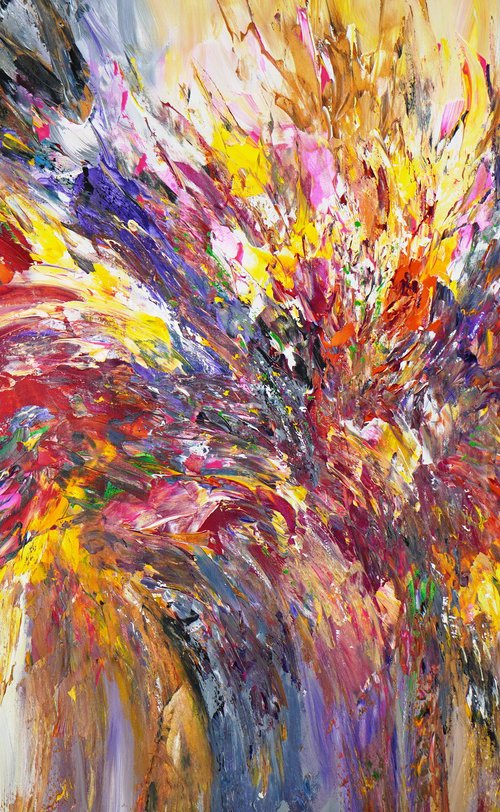
Peter Nottrott
Acrylic painting
155 x 105cm
£2504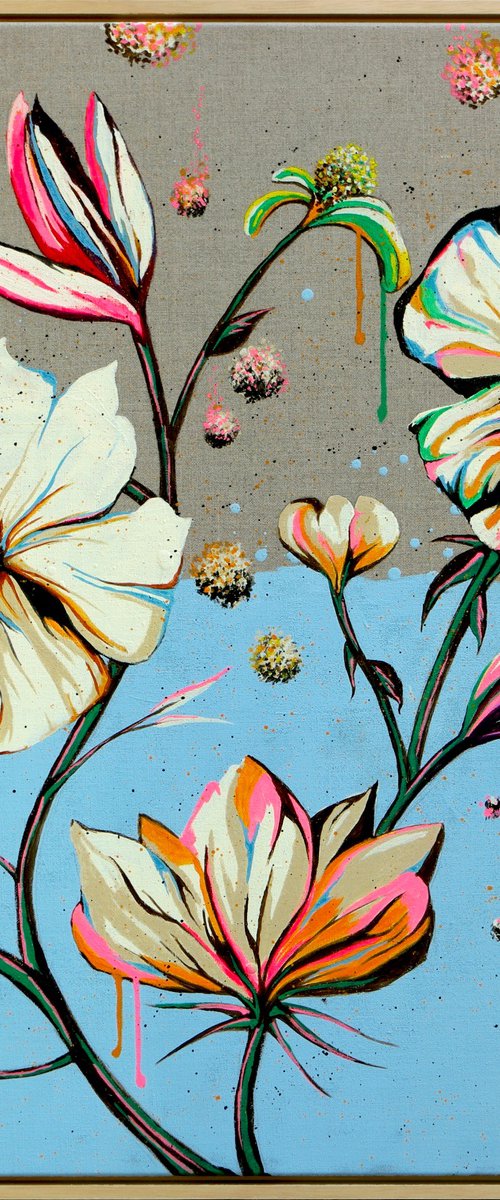
Ronald Hunter
Acrylic painting
85 x 85cm
£2772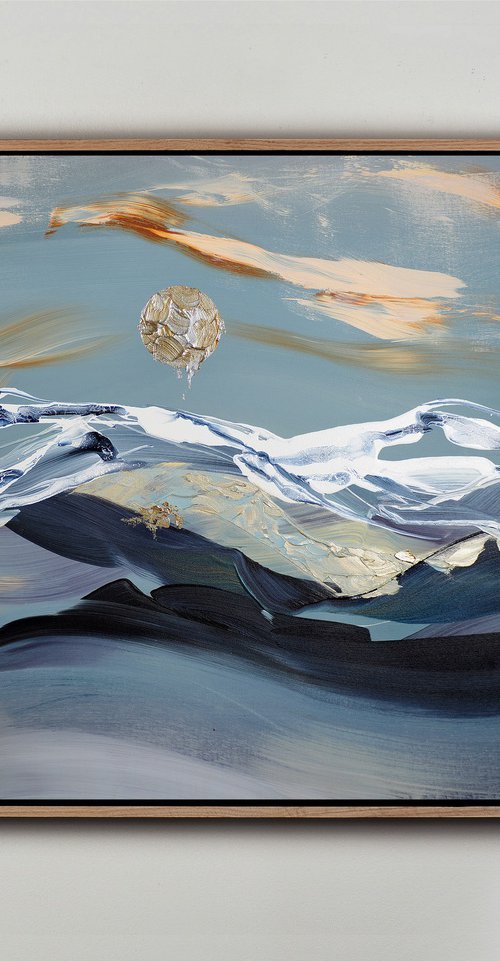
Novi Lim
Acrylic painting
81 x 81cm
£1166


